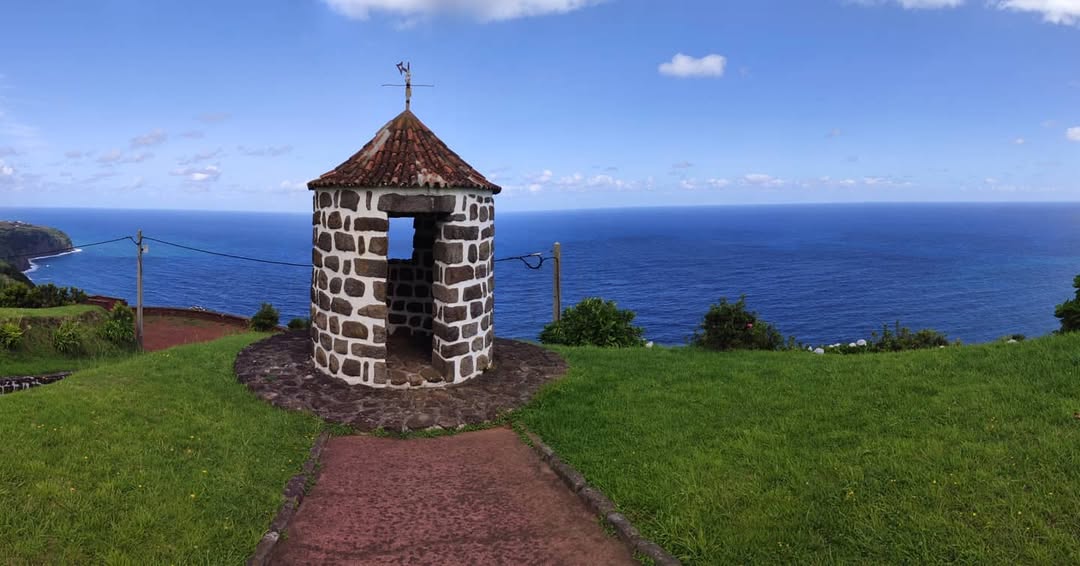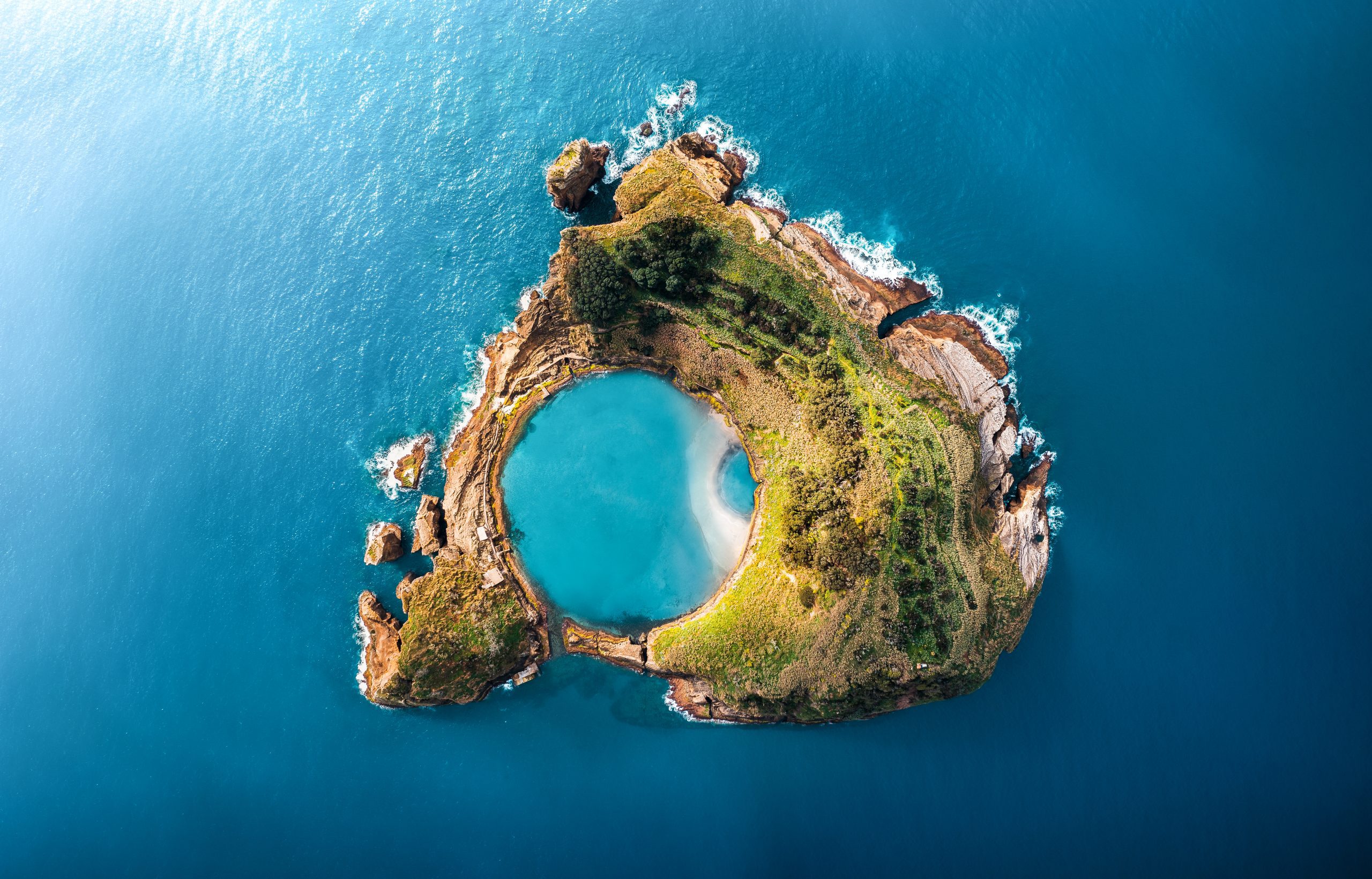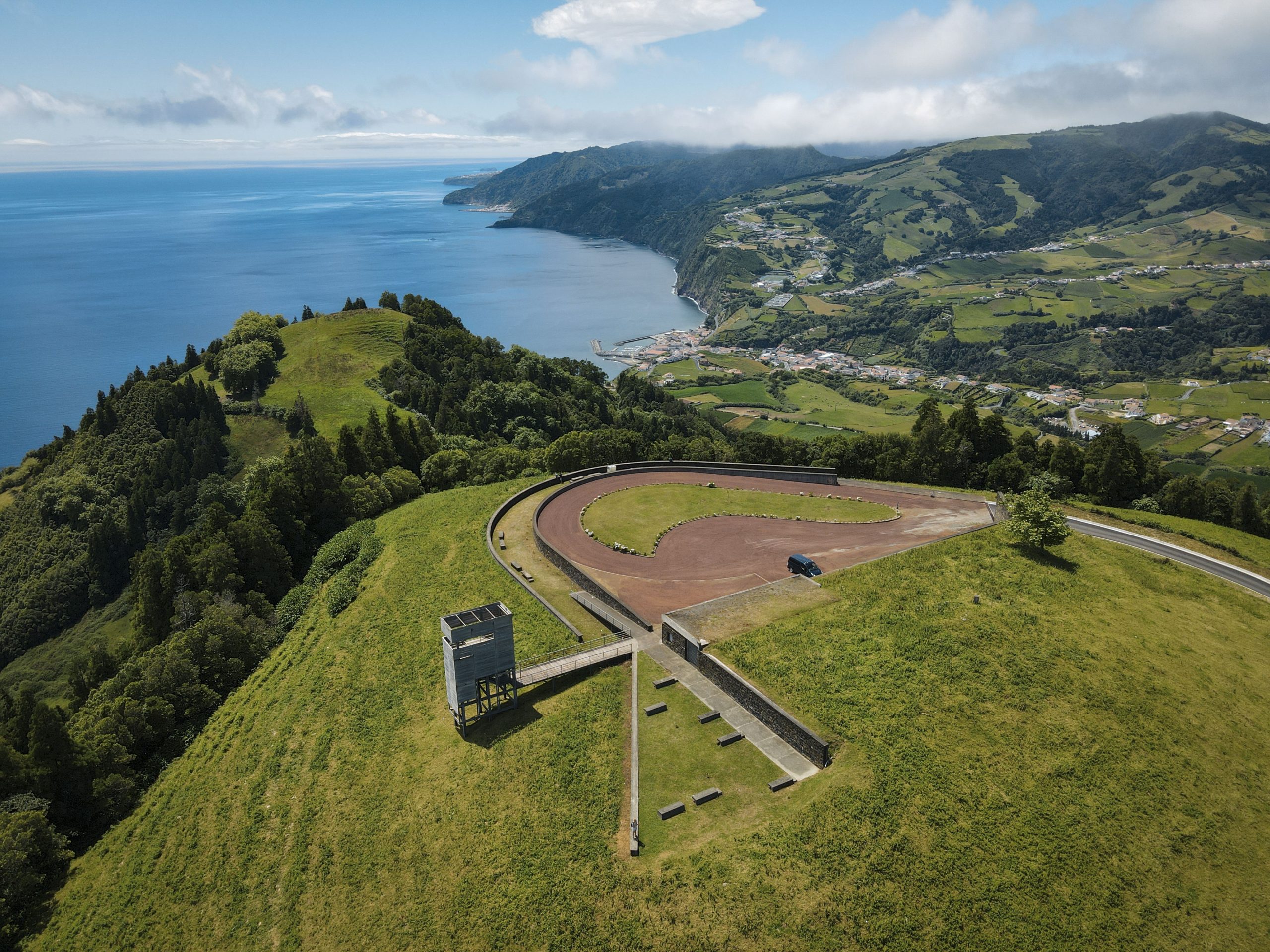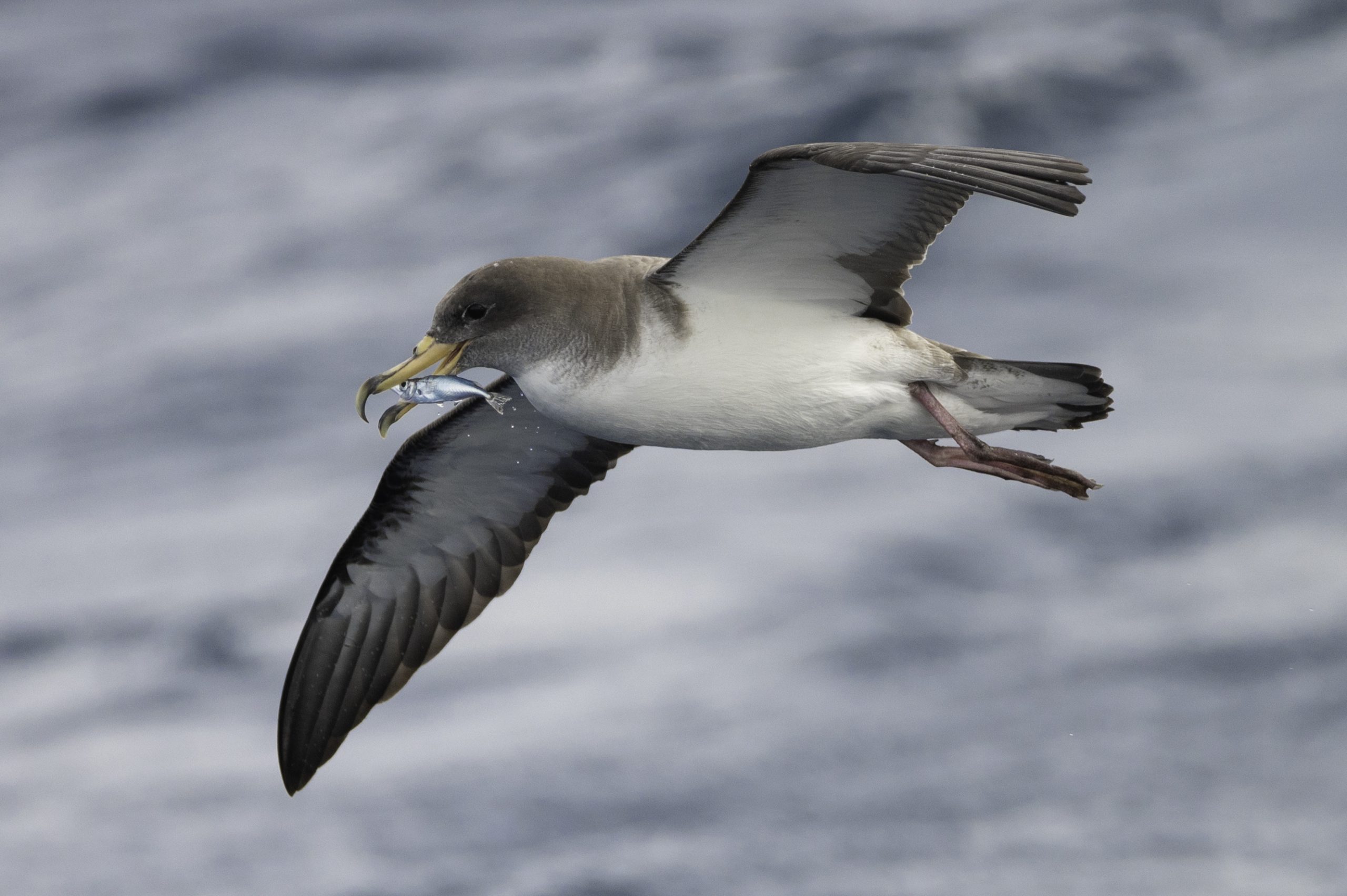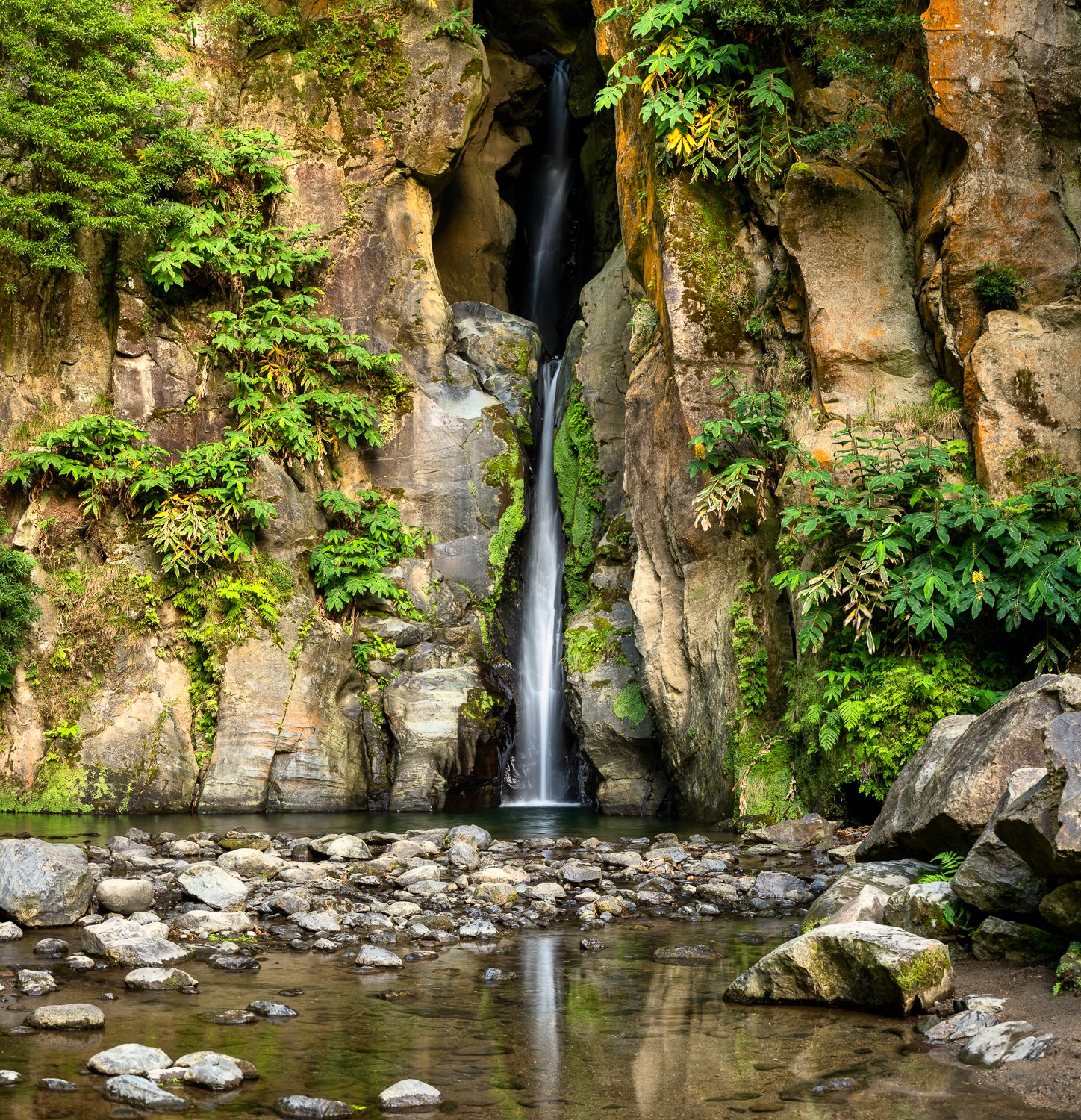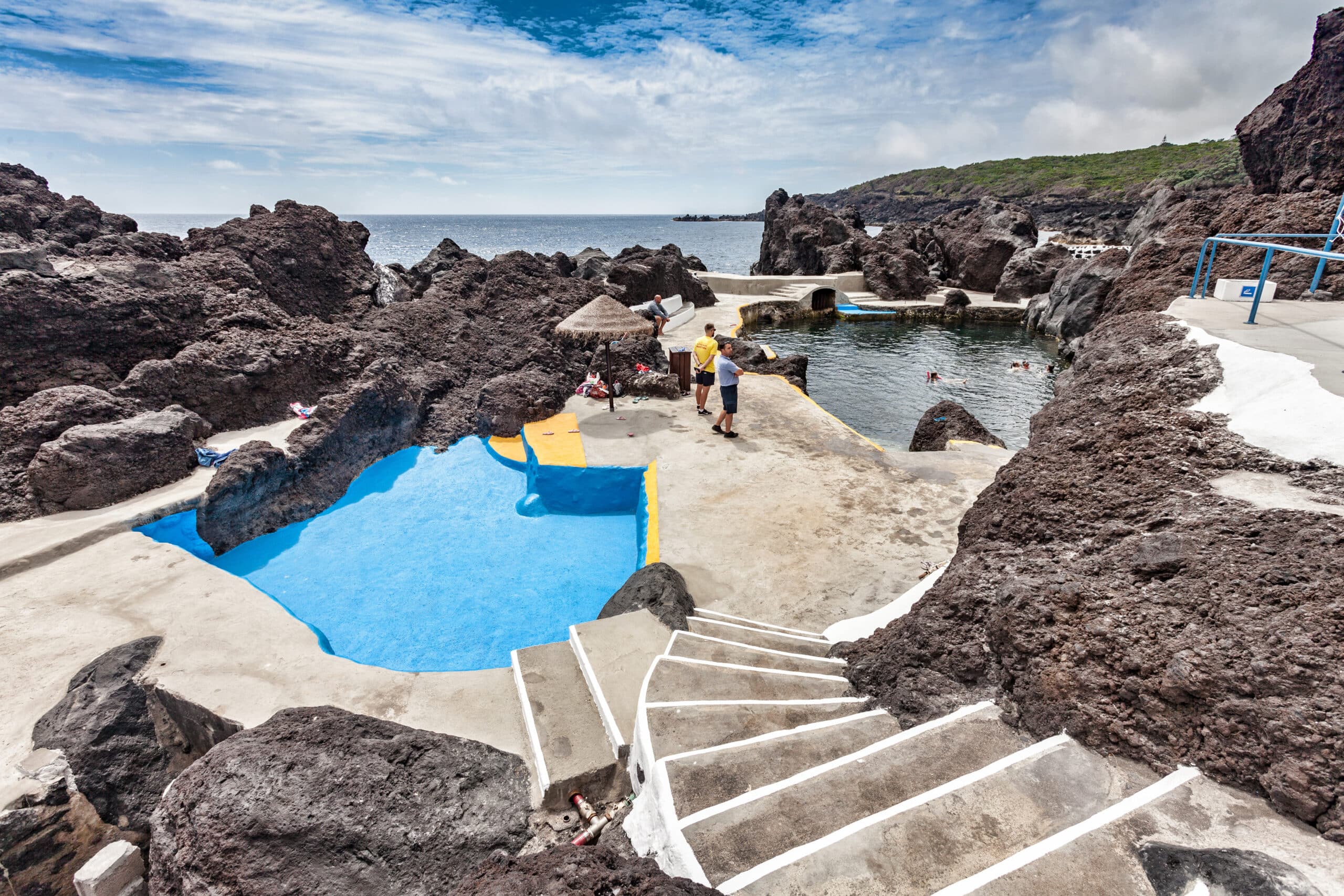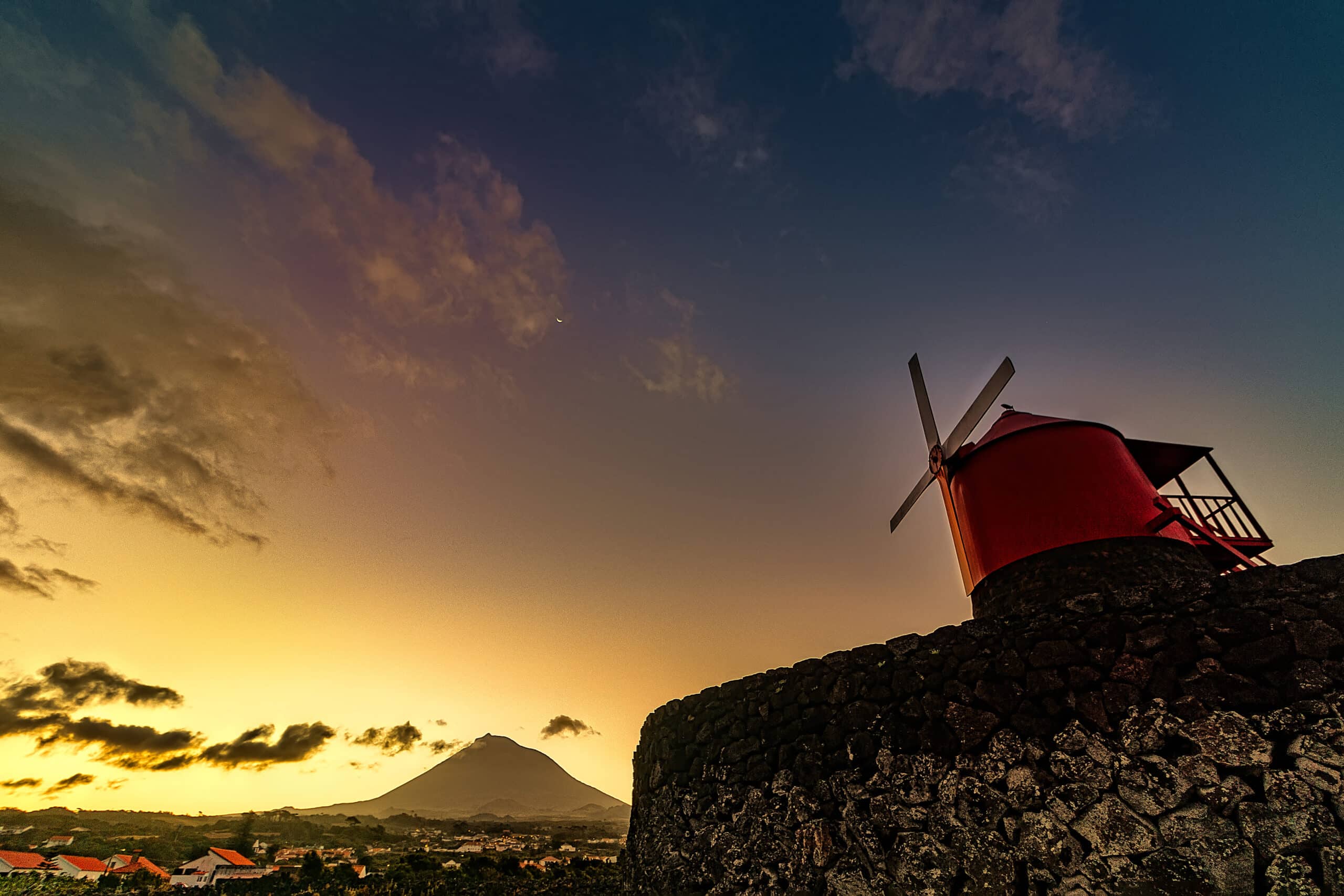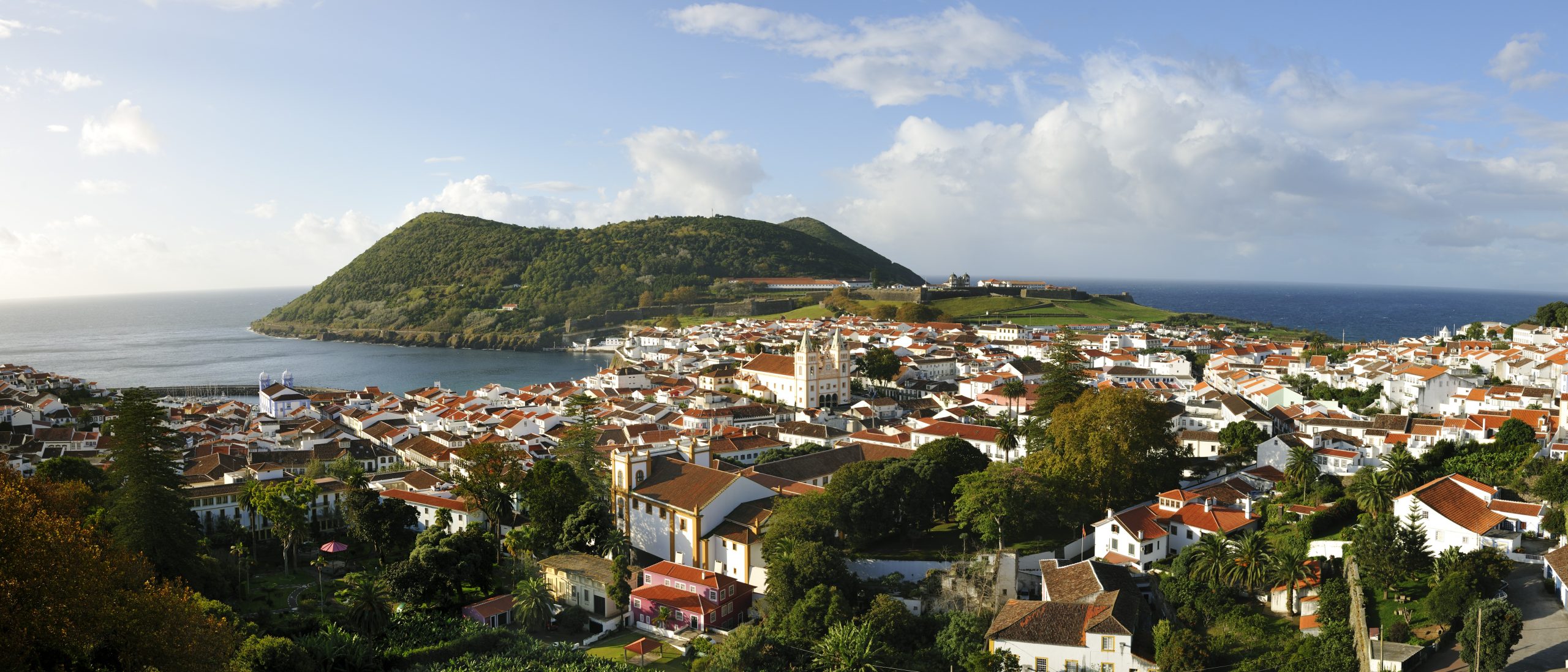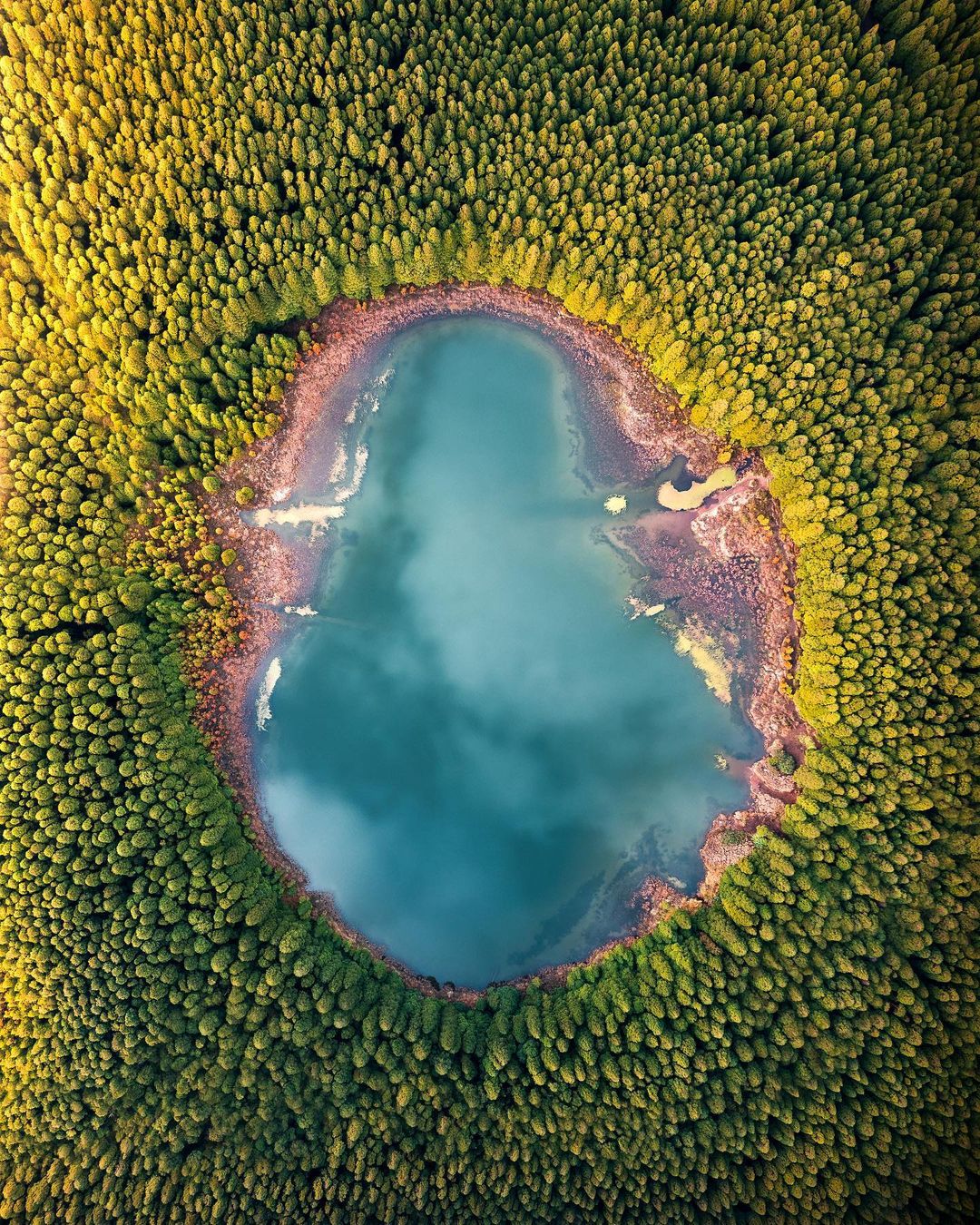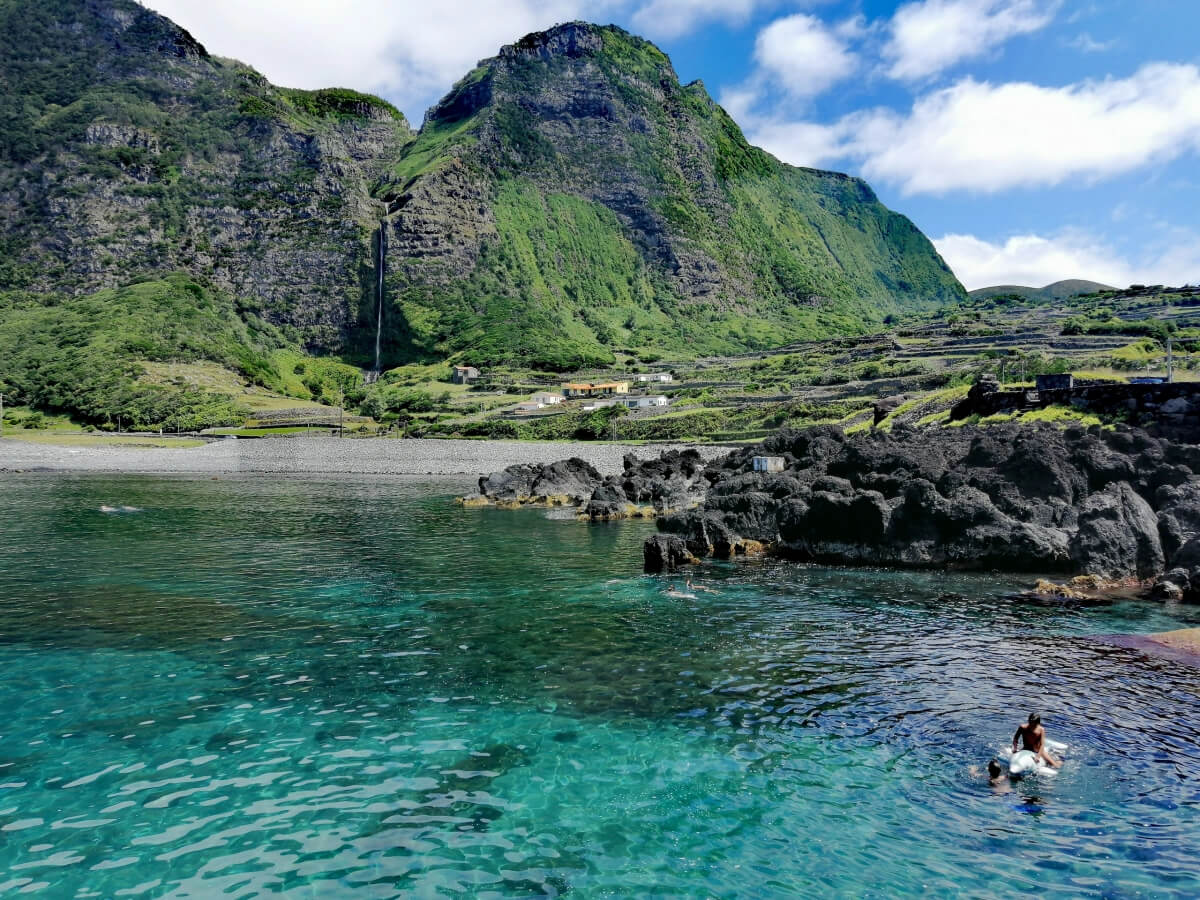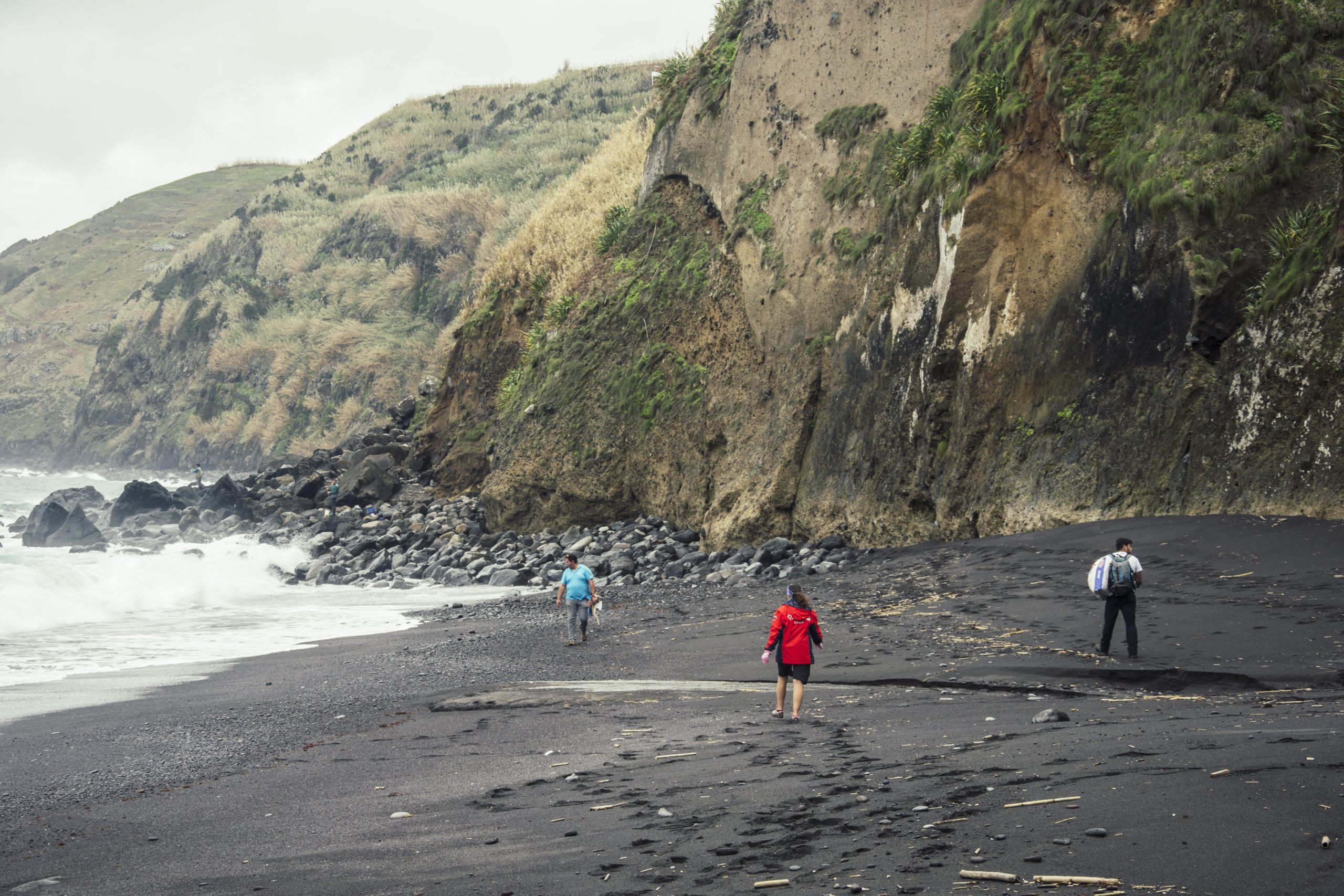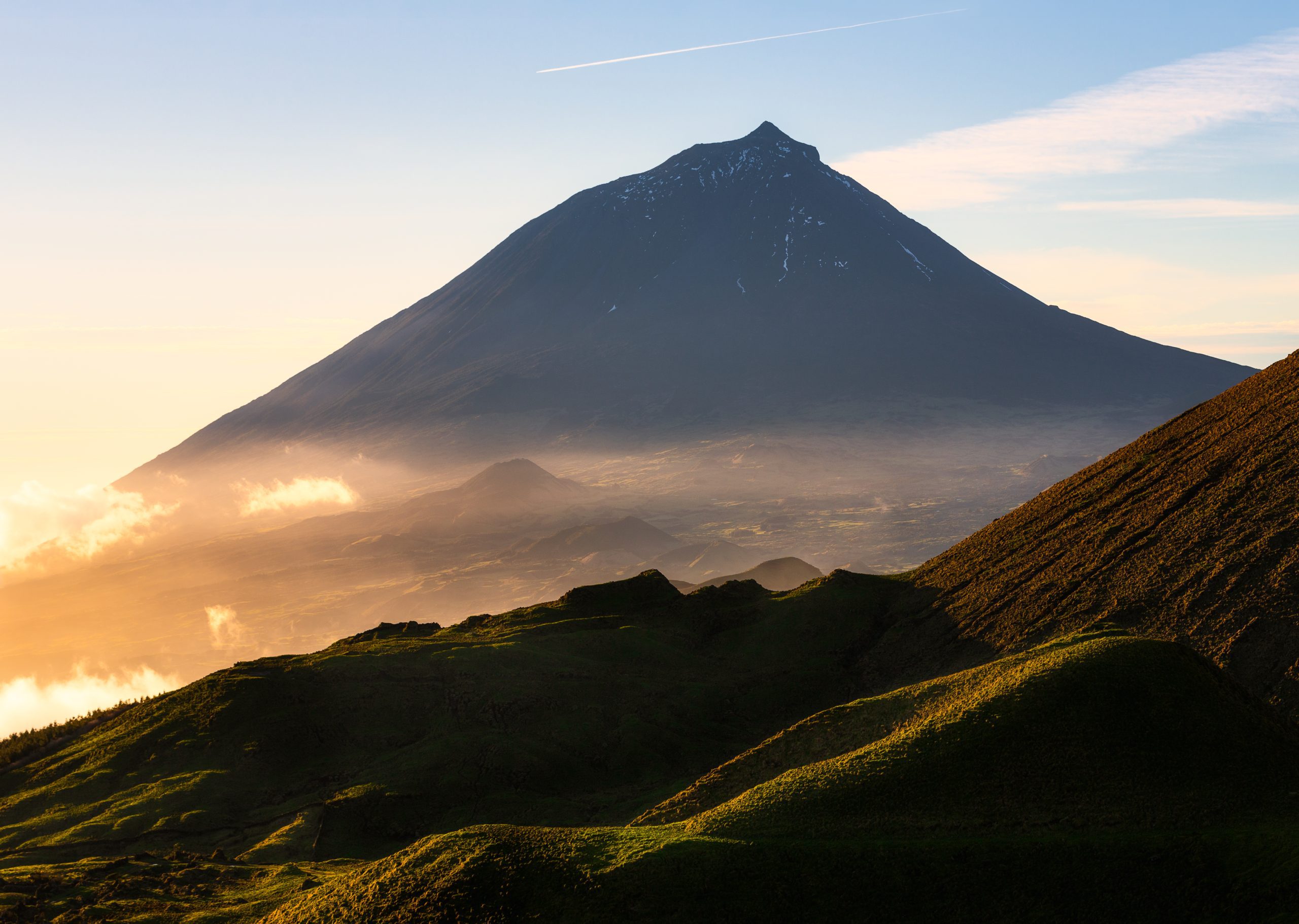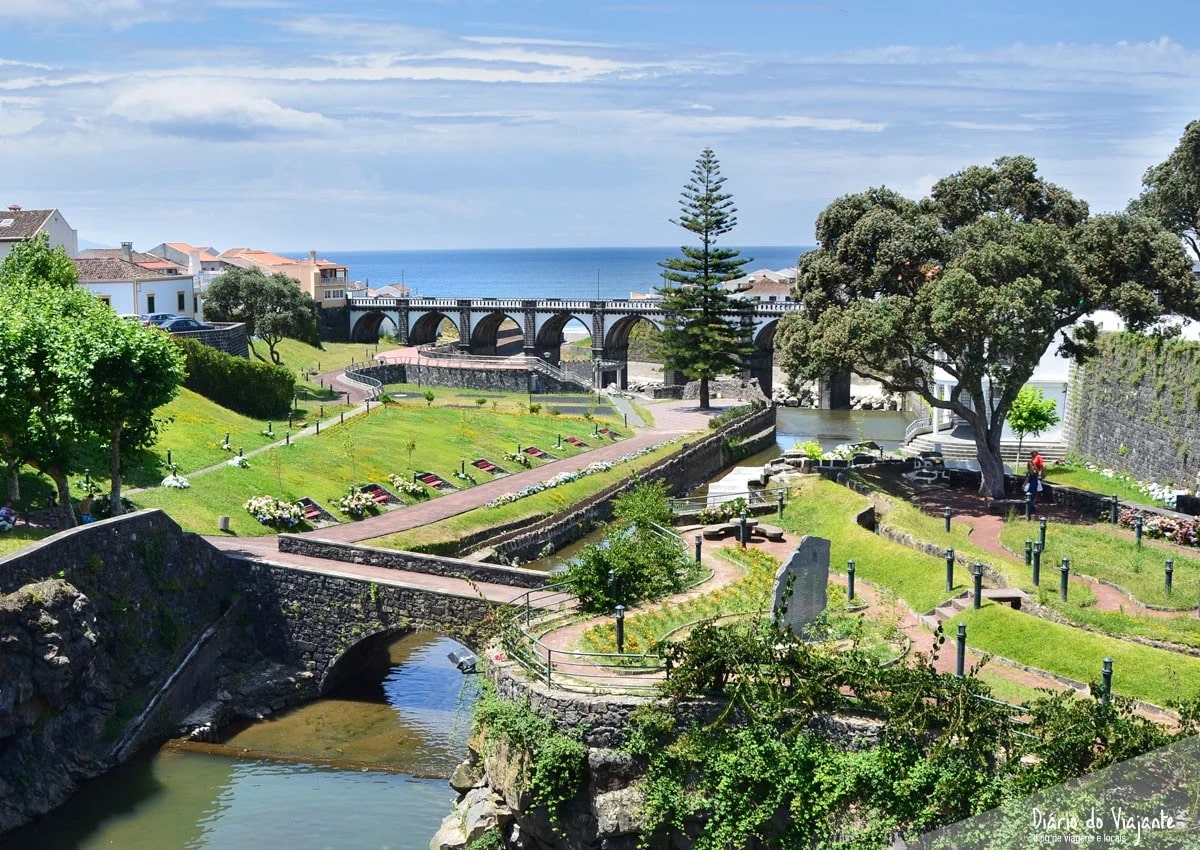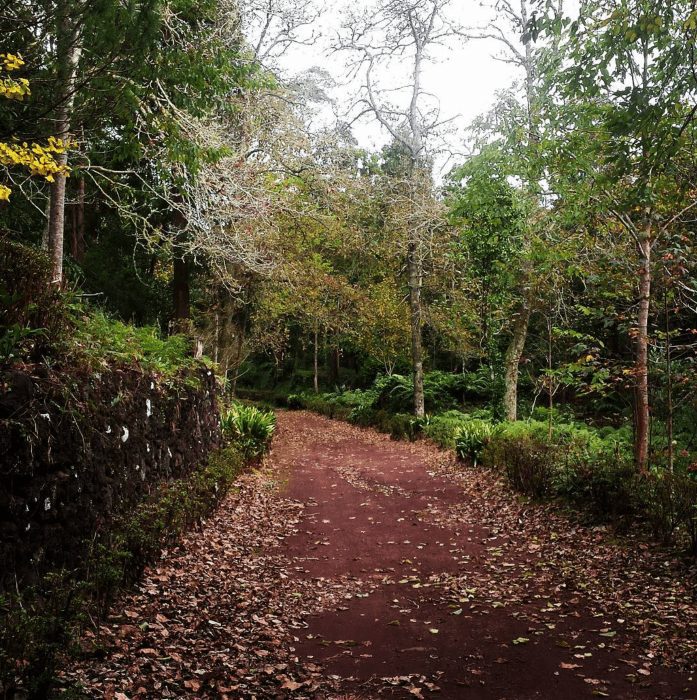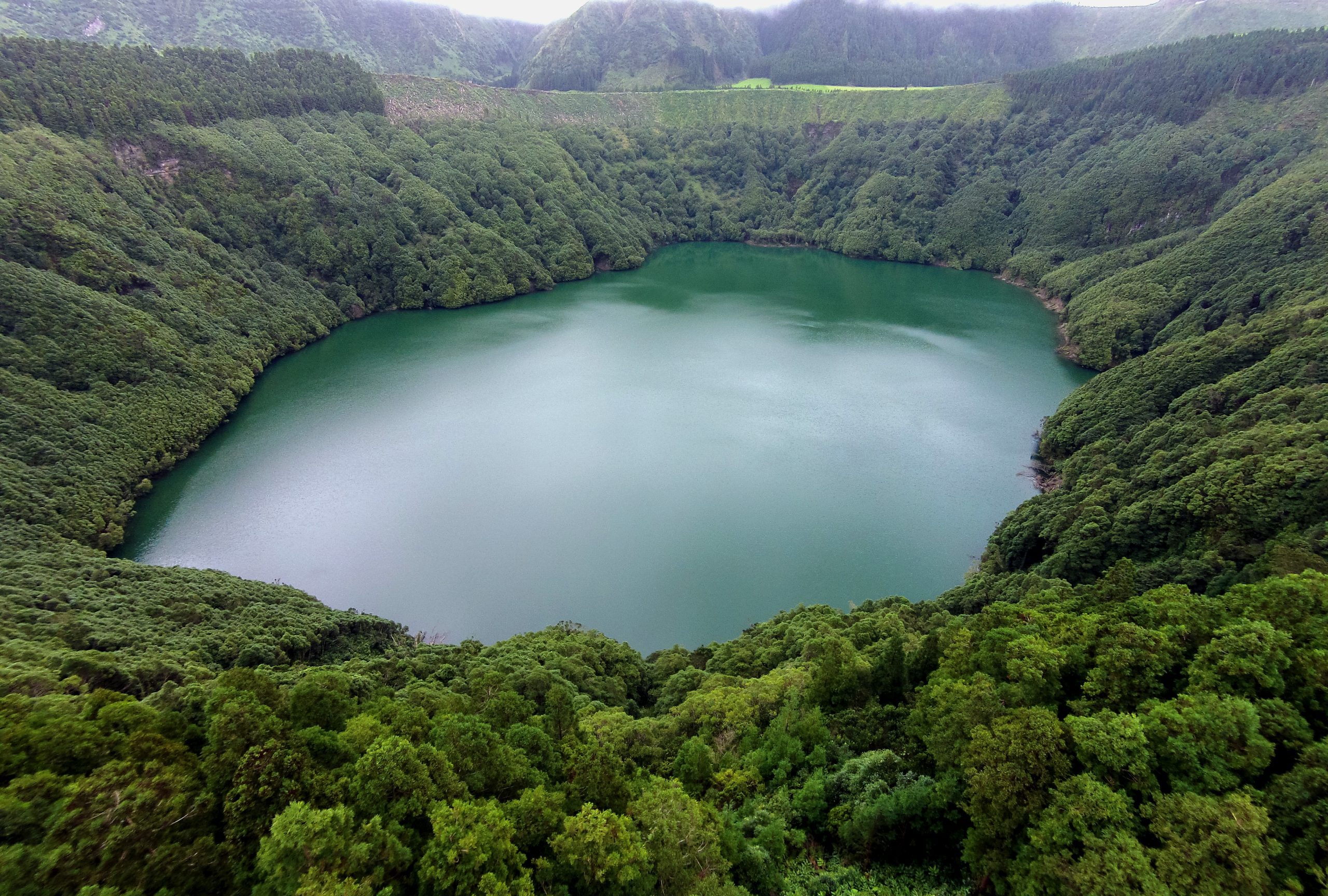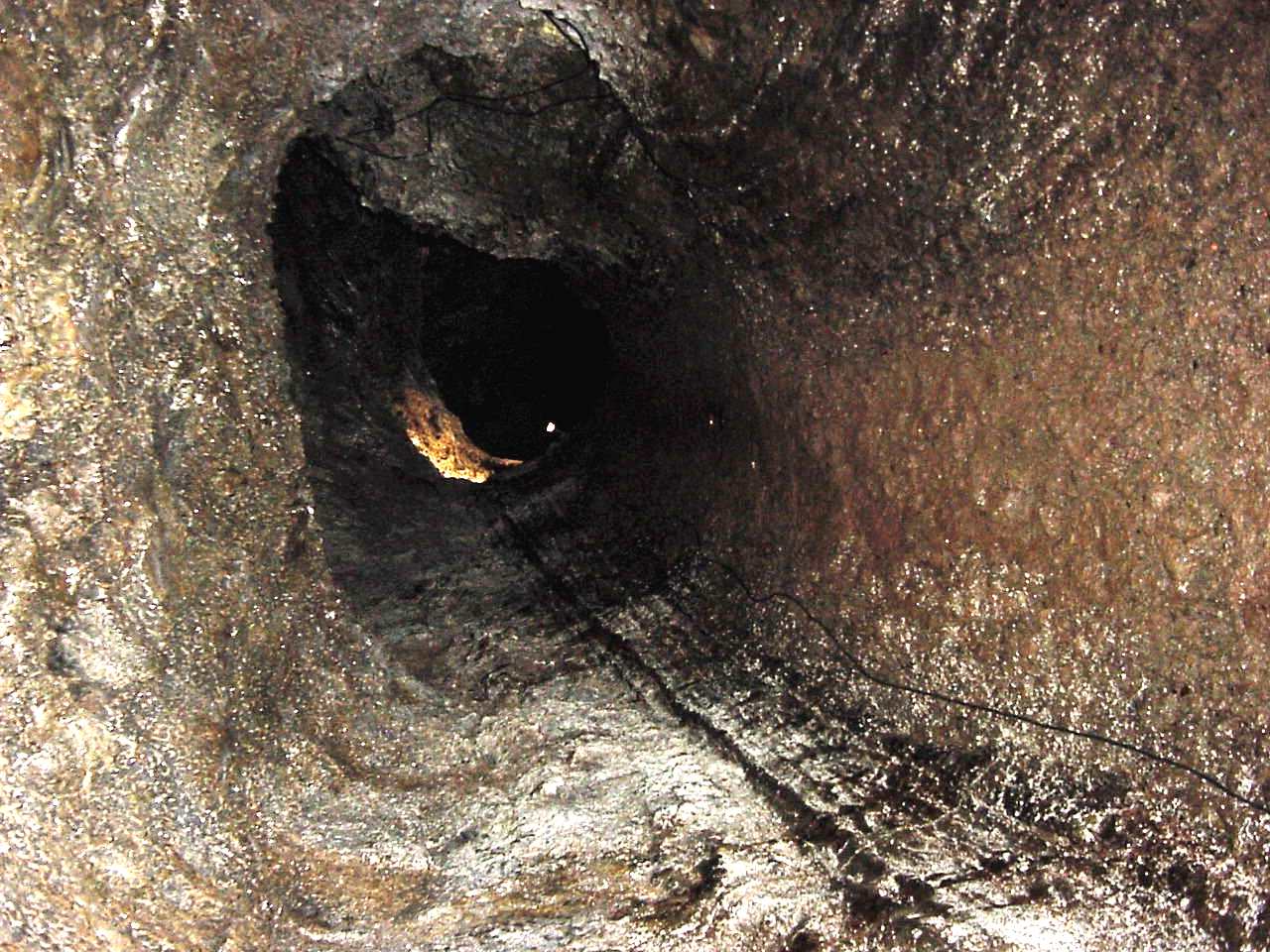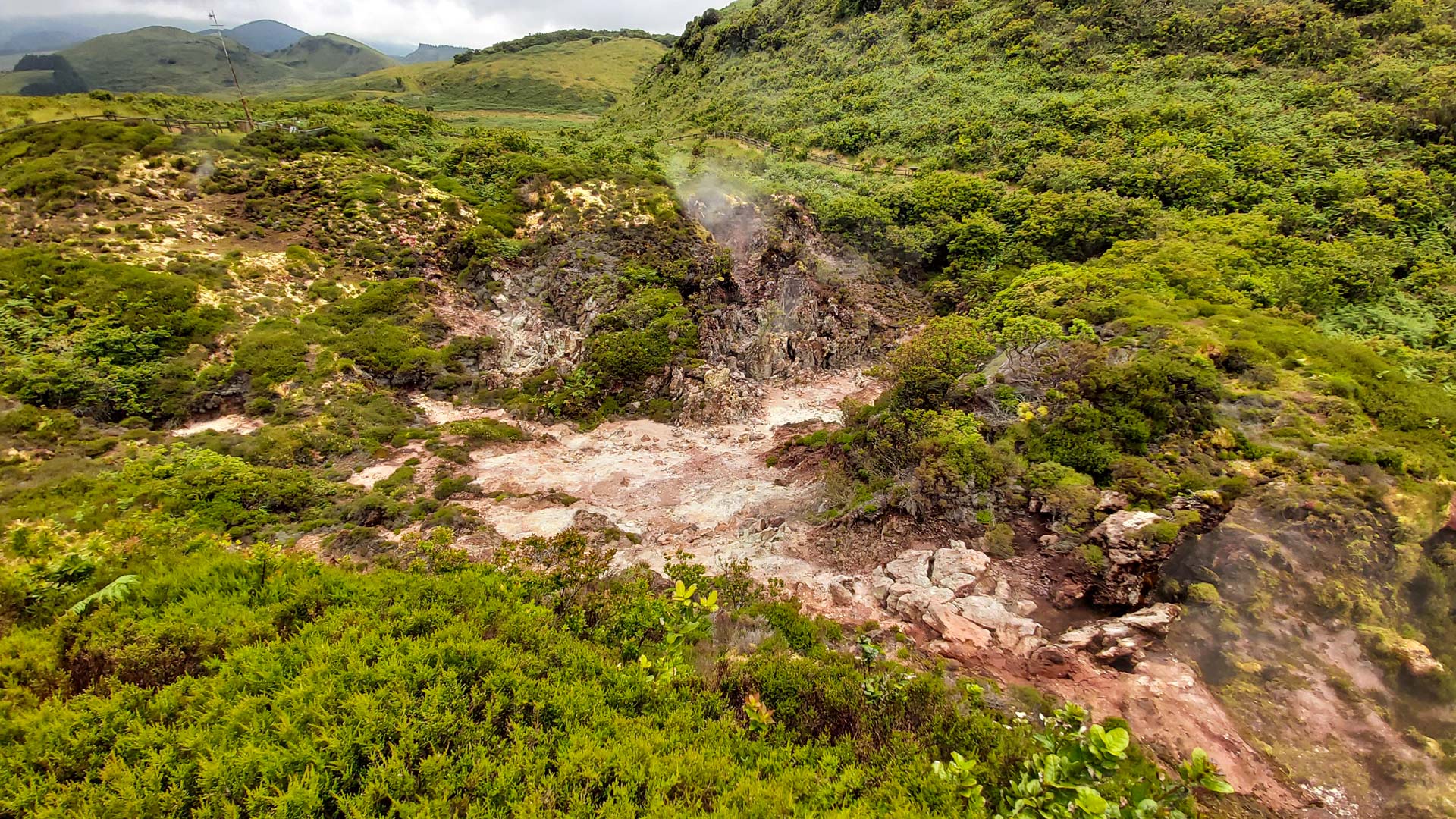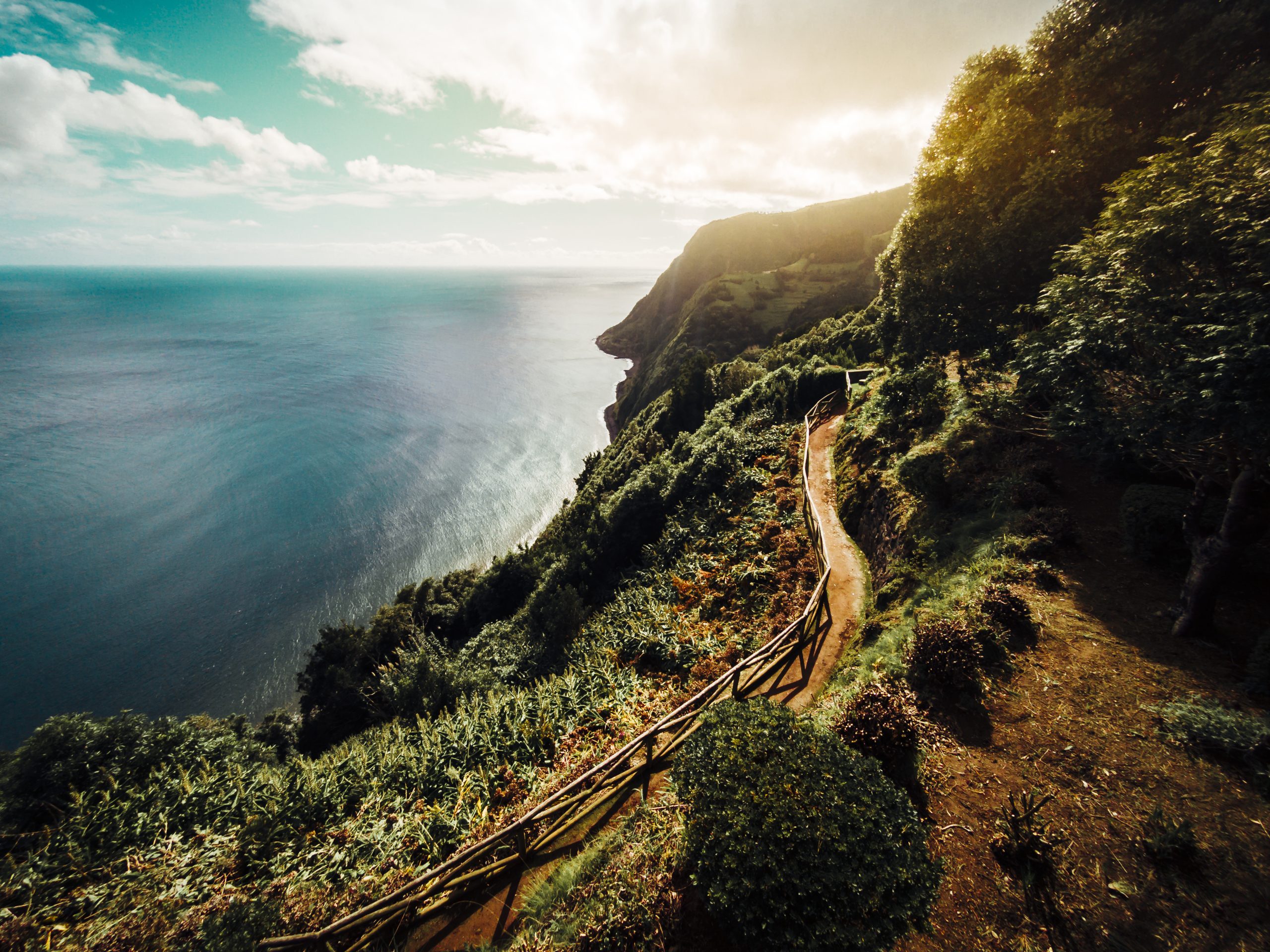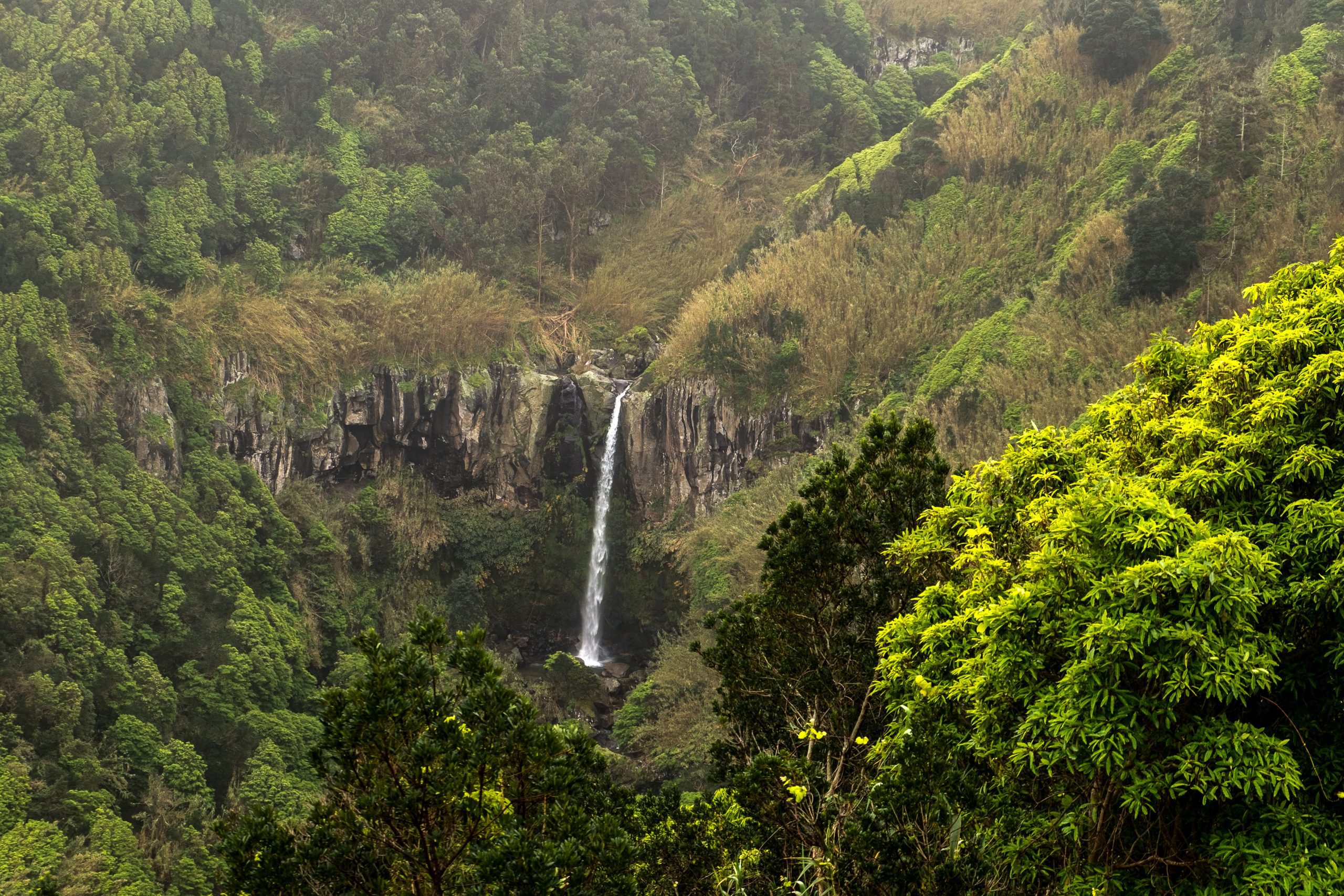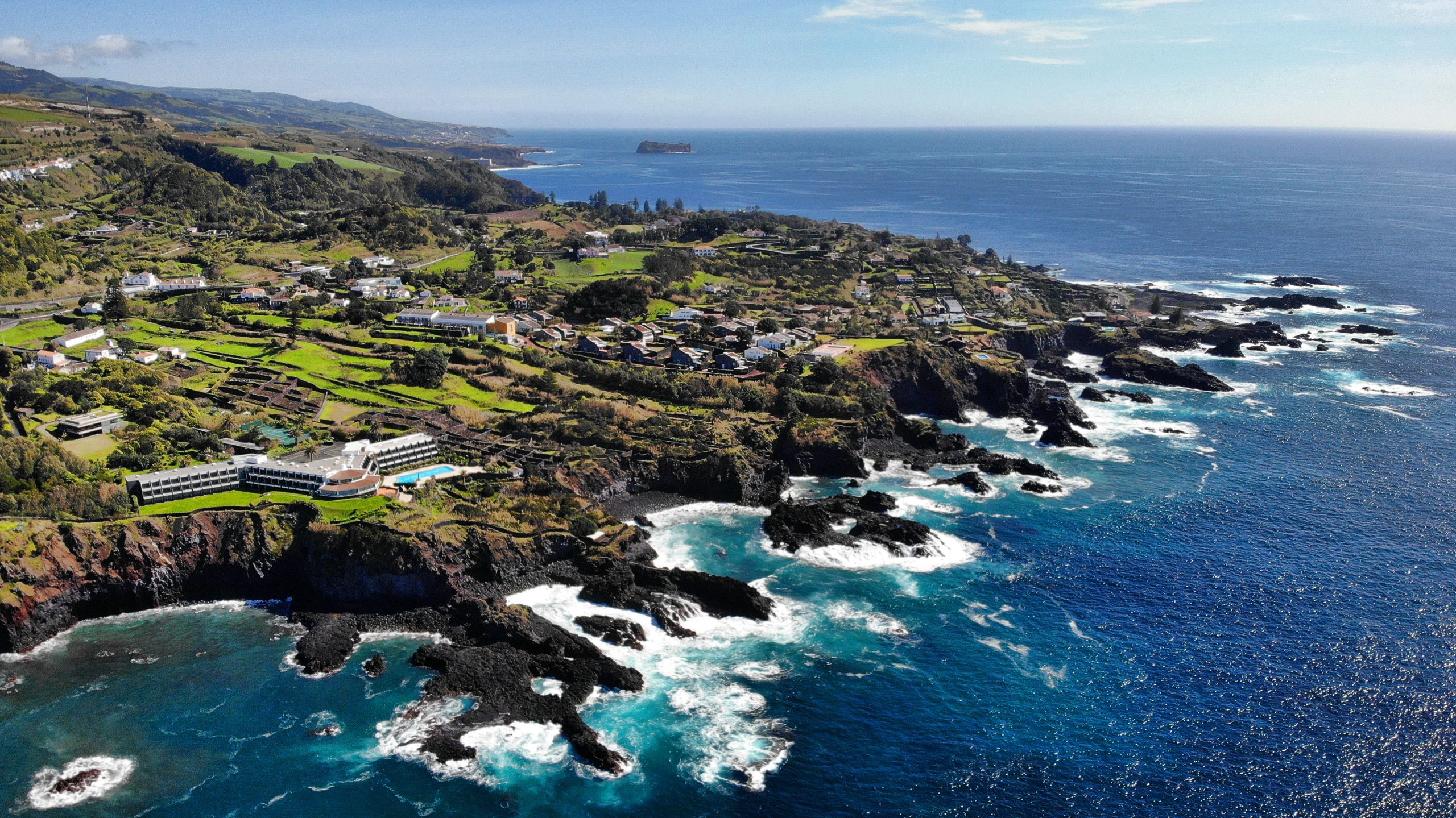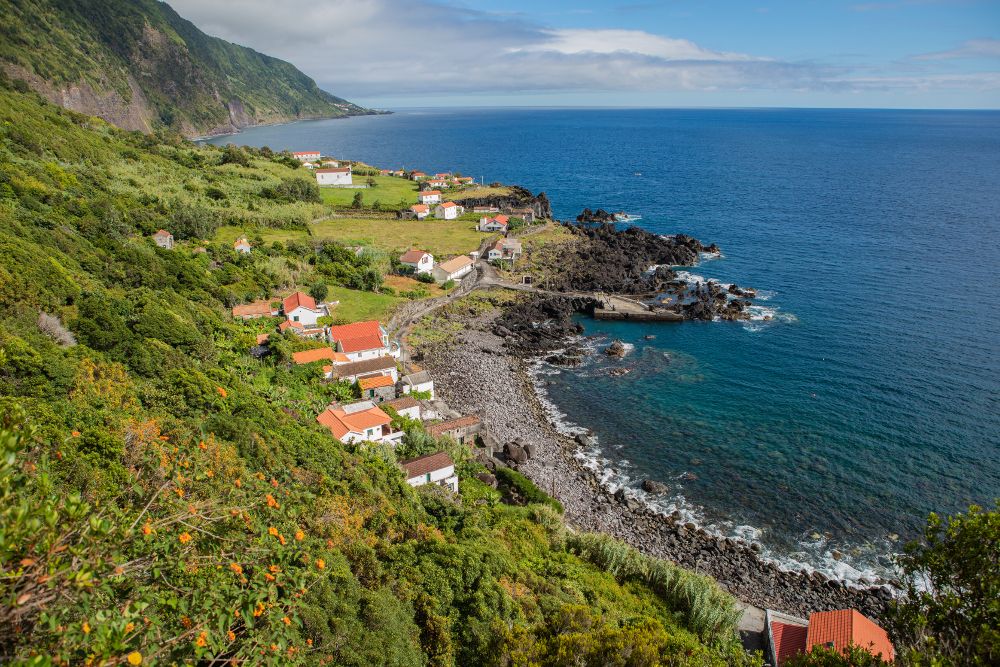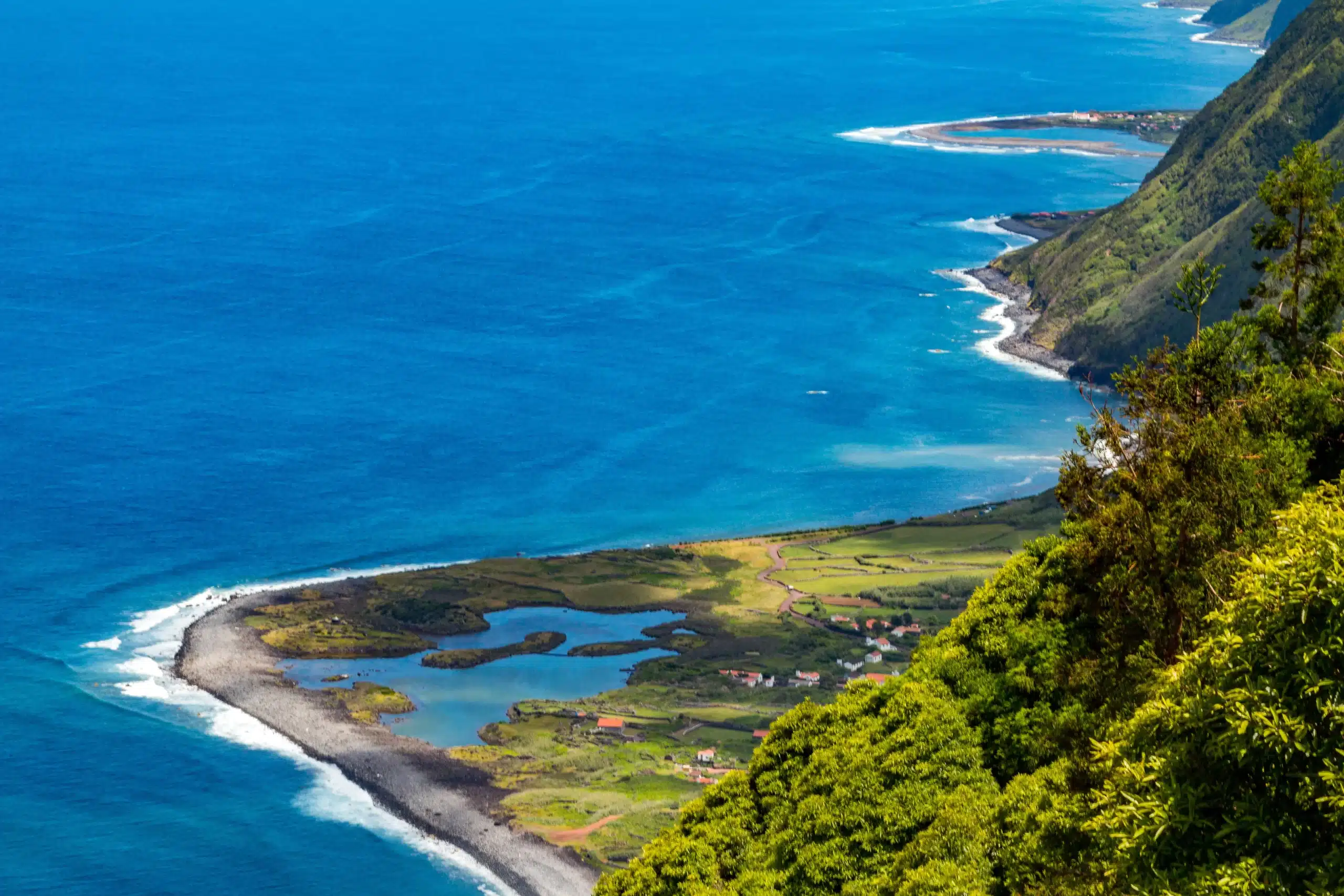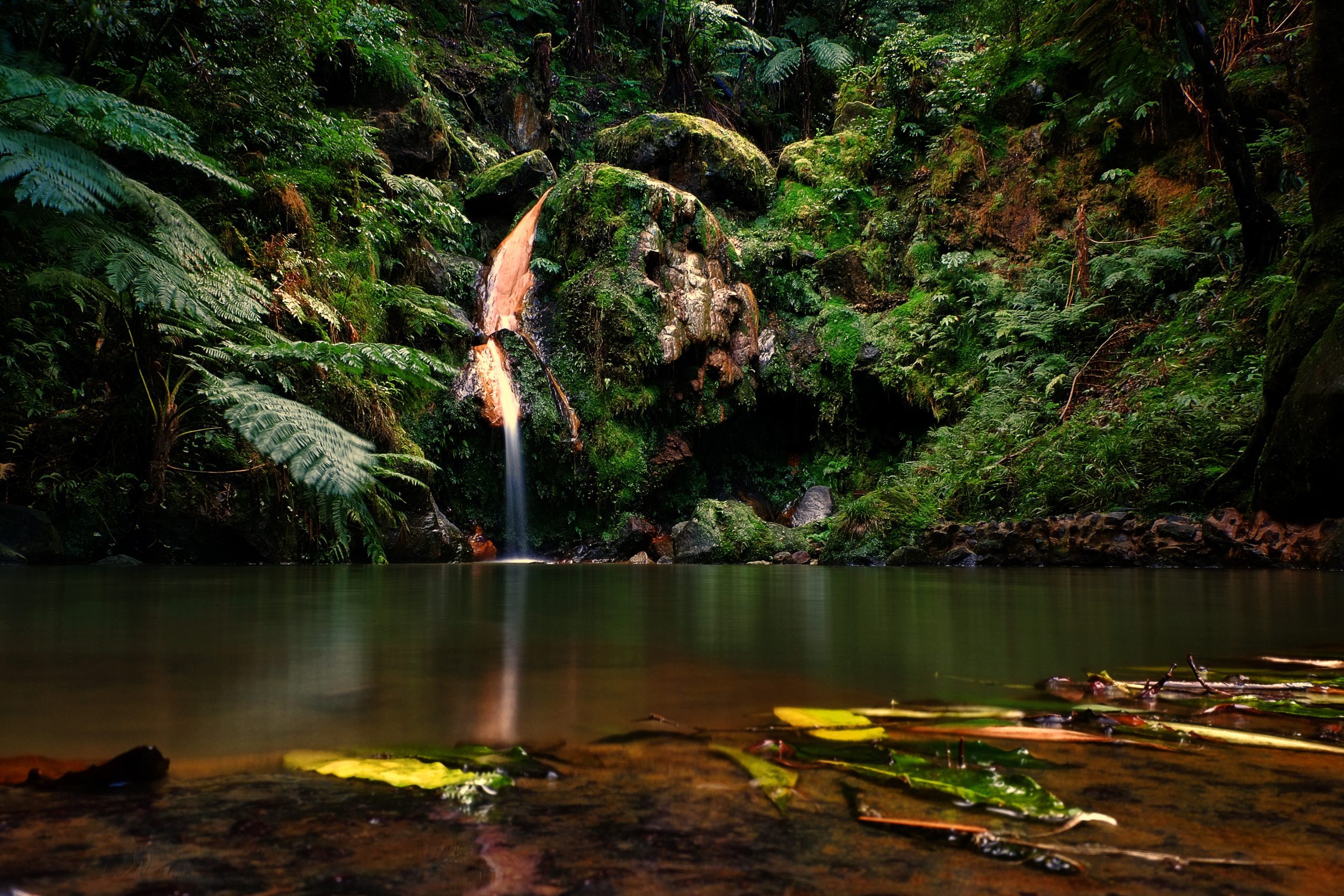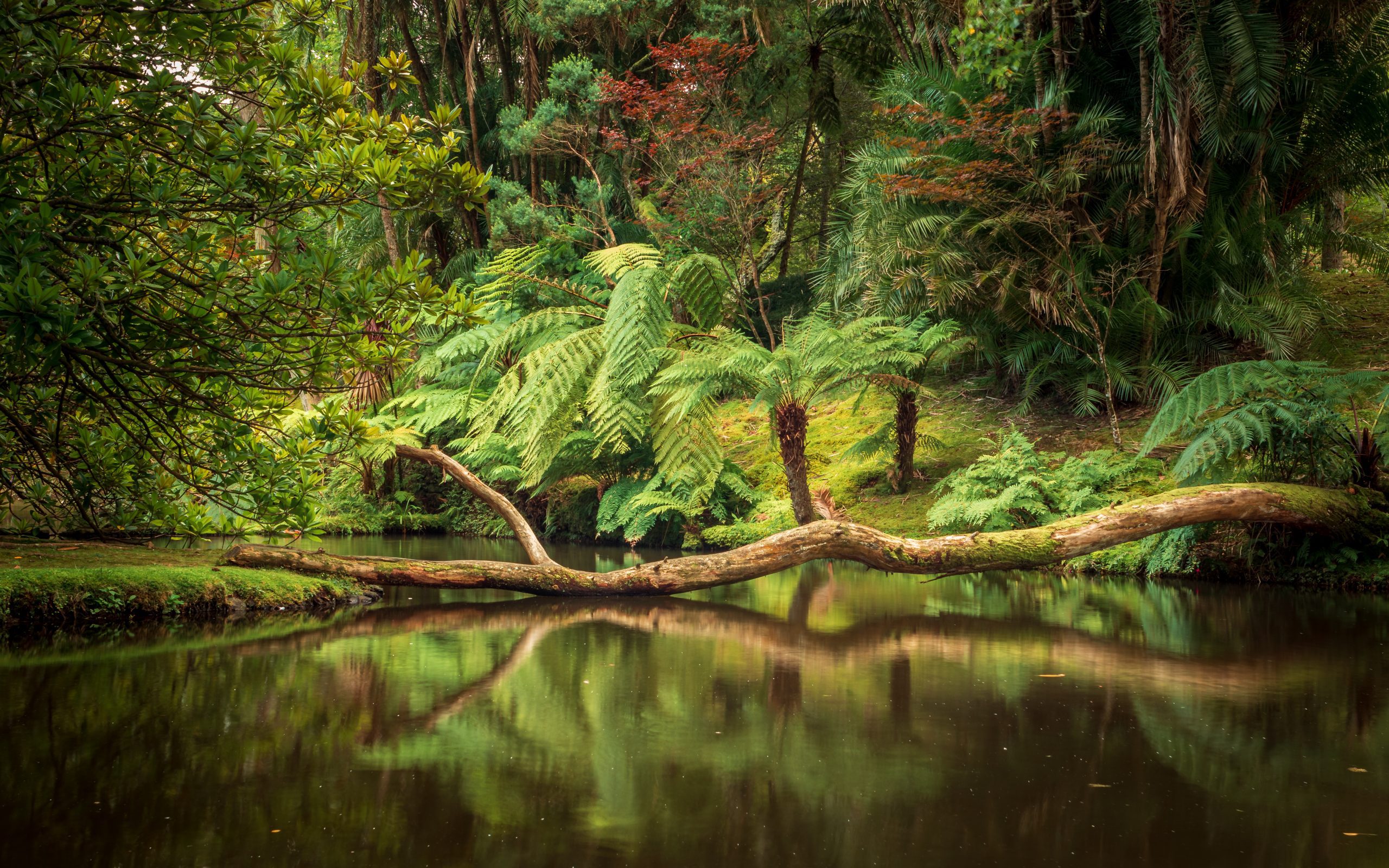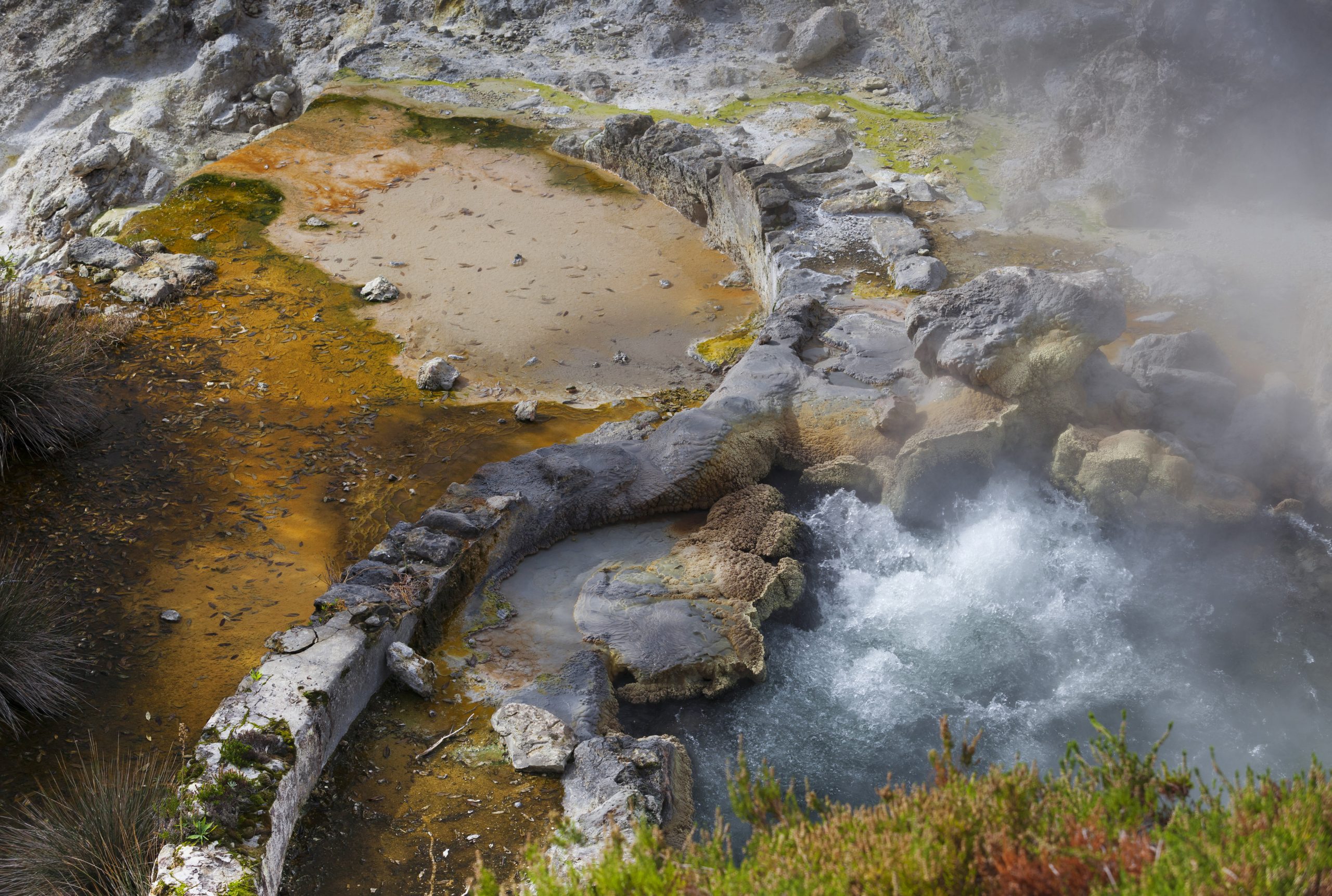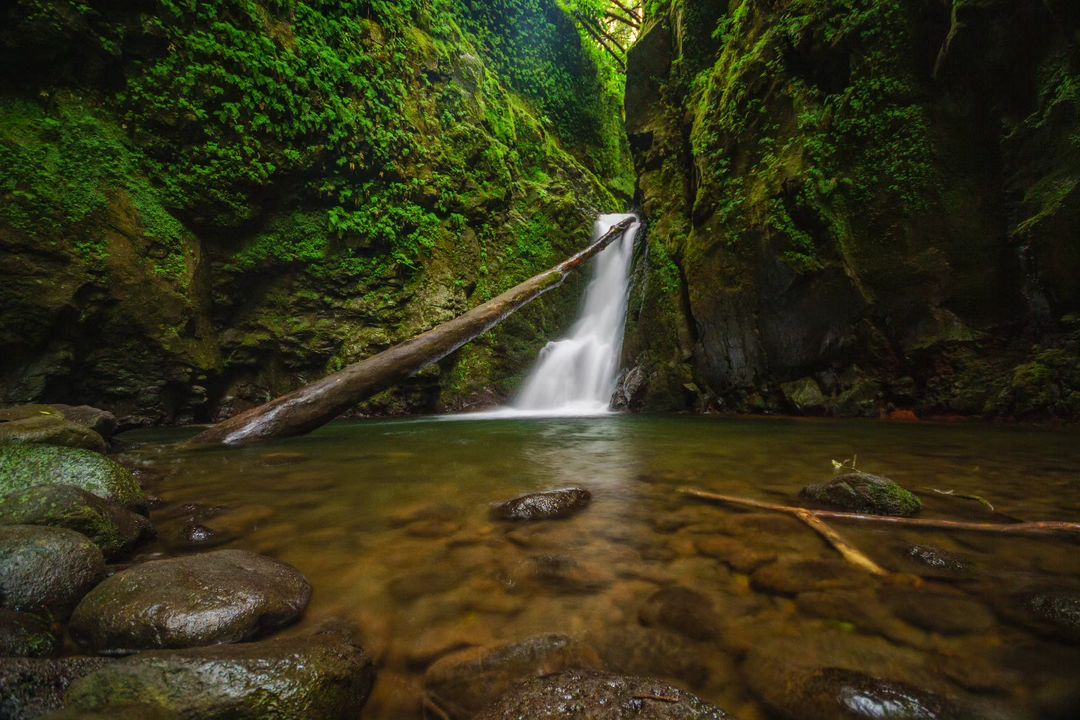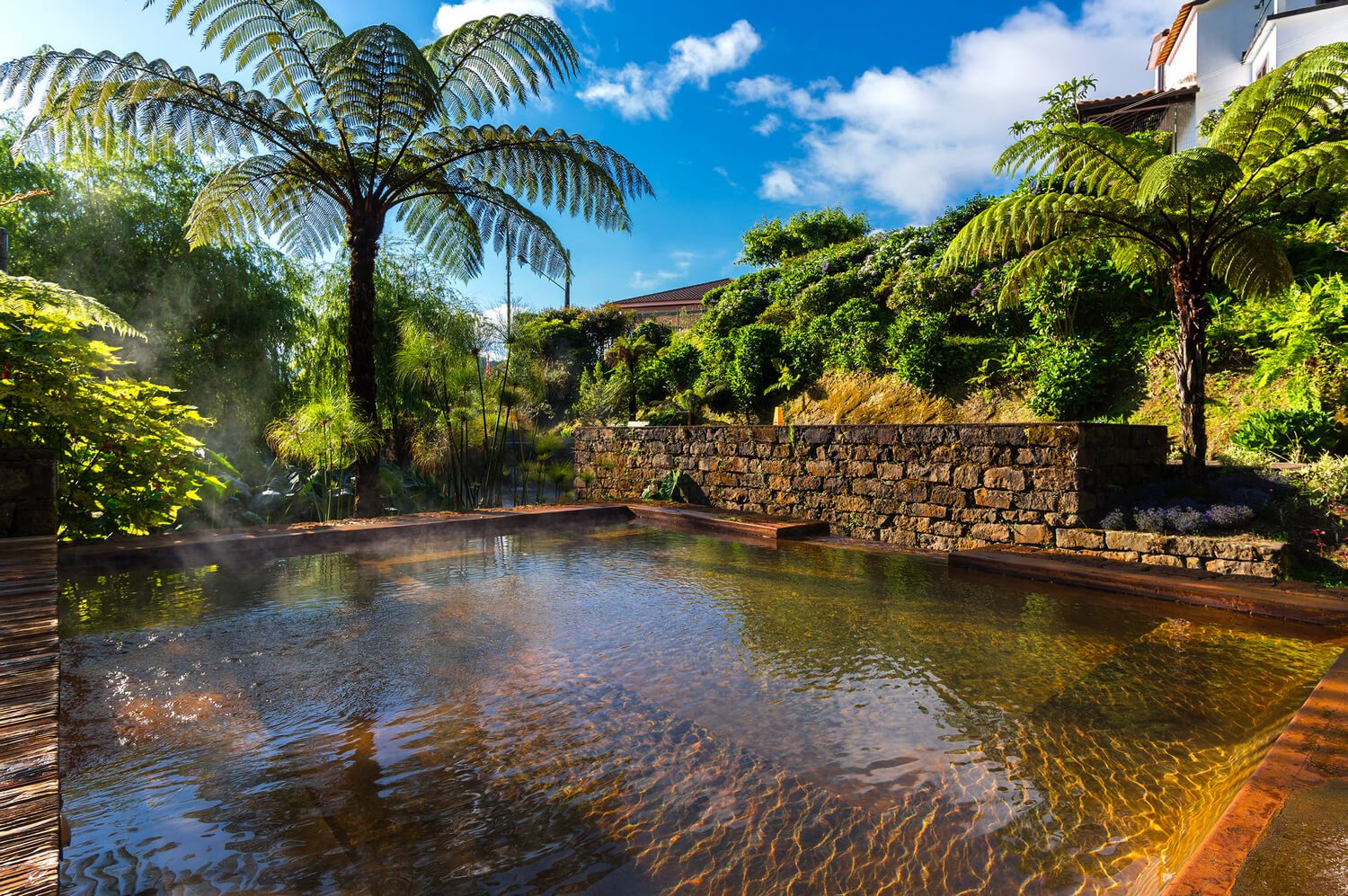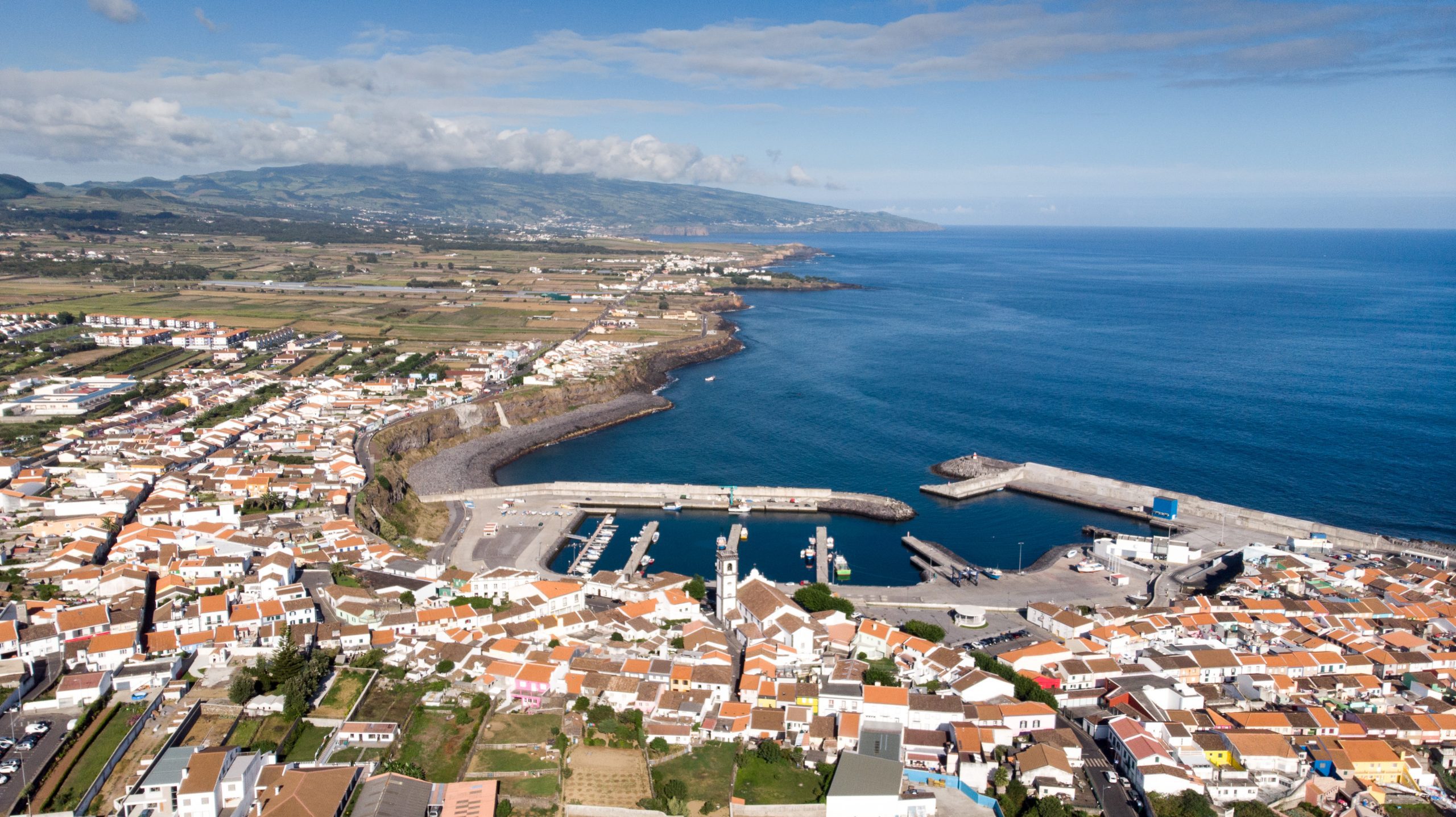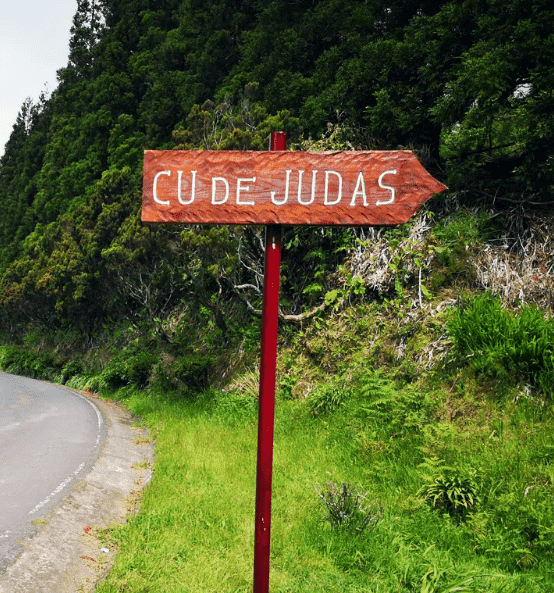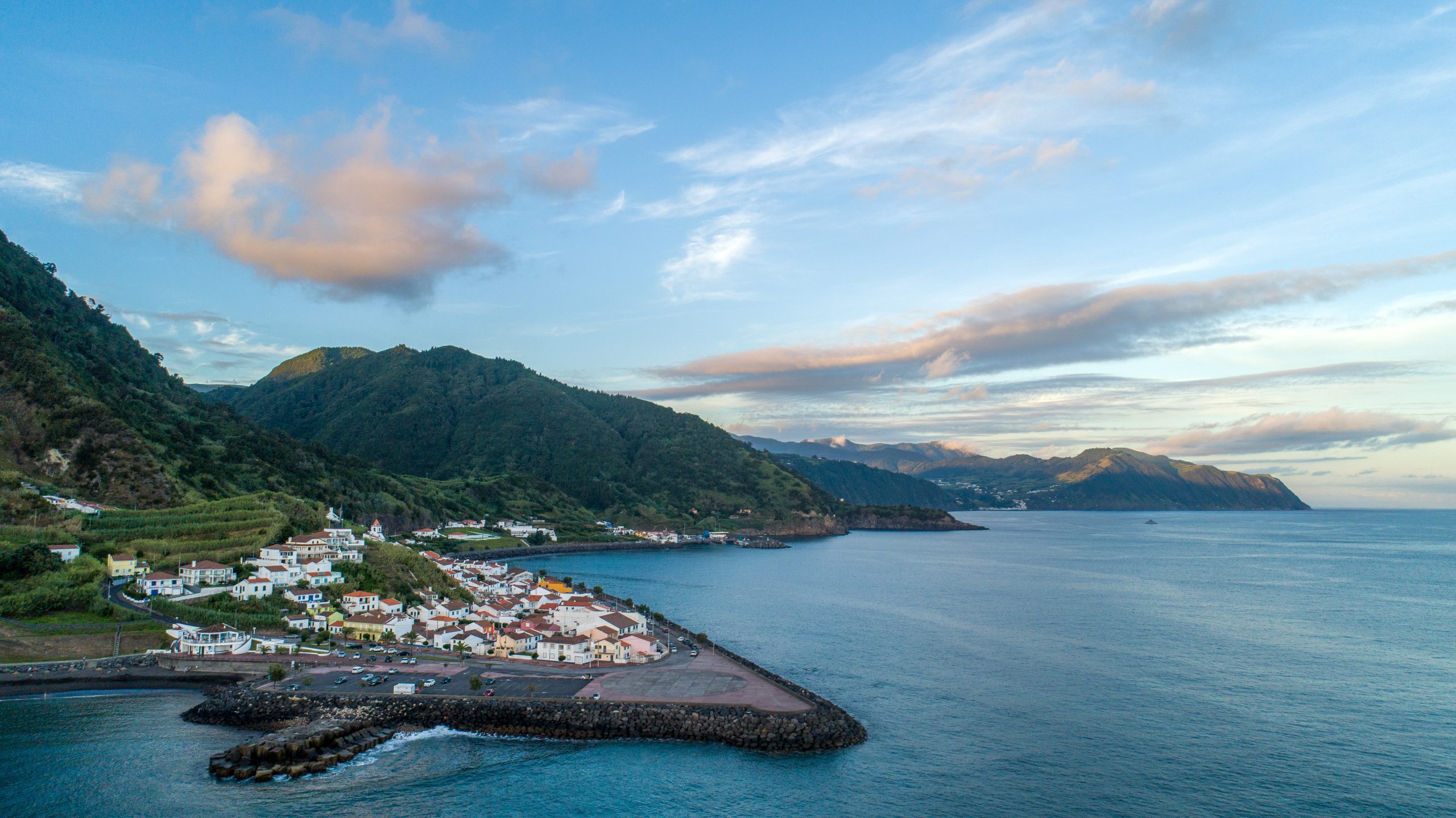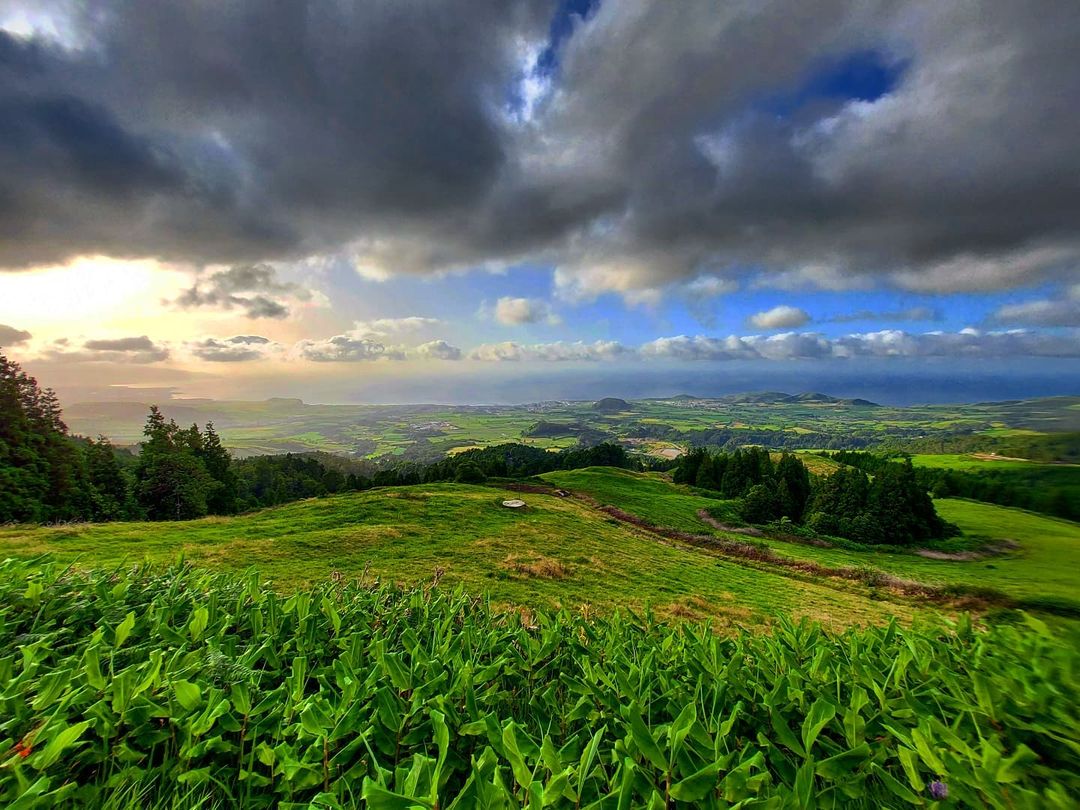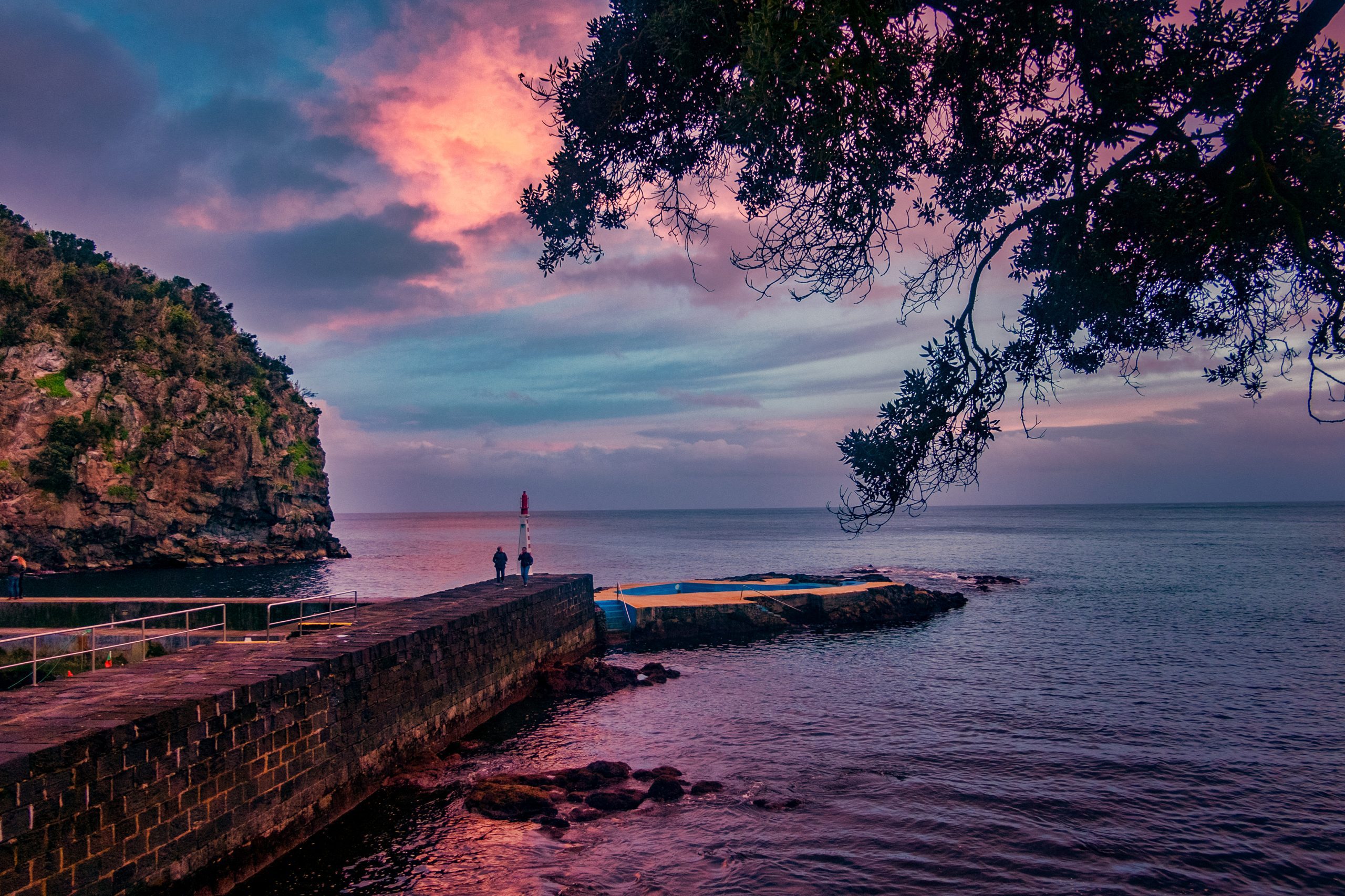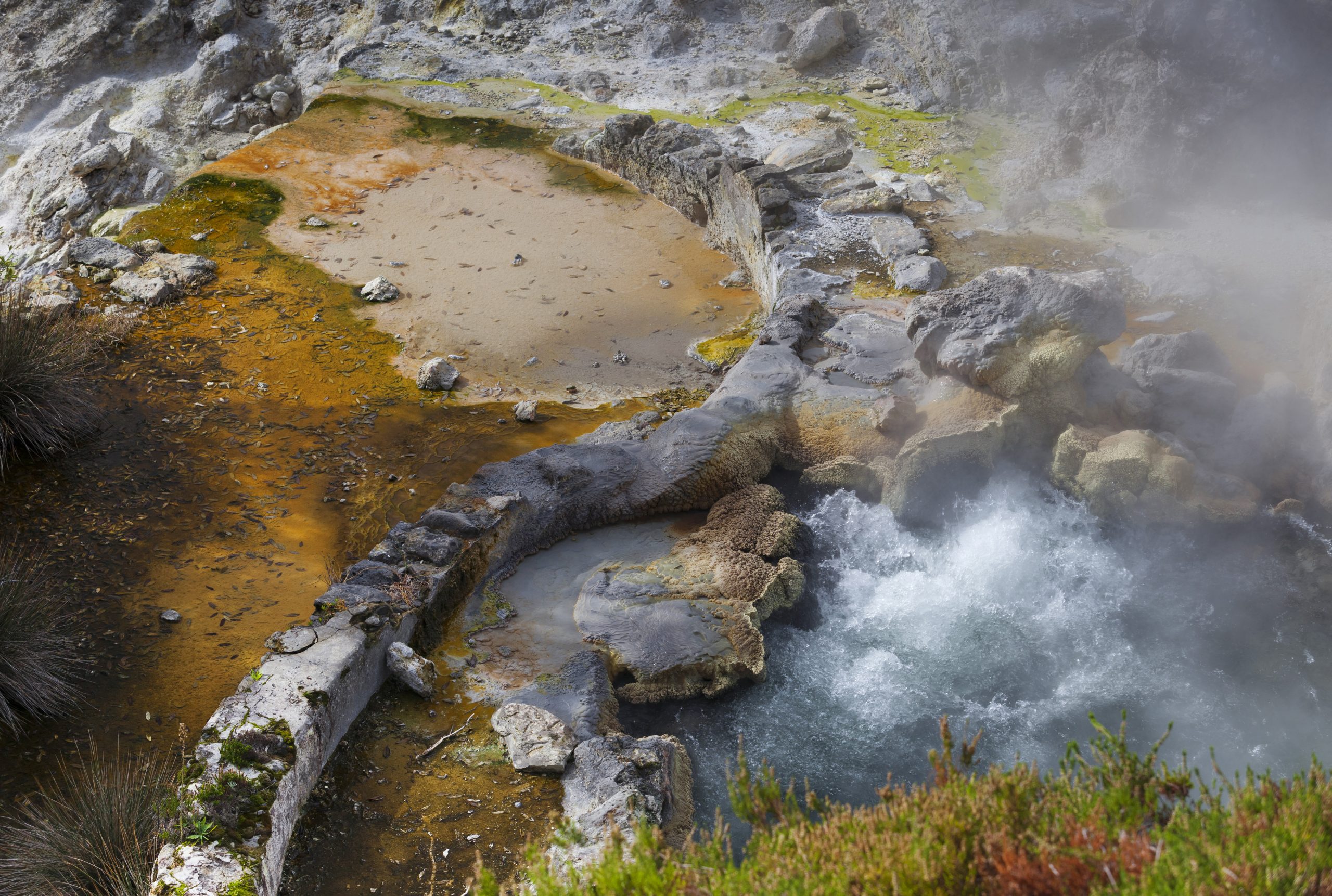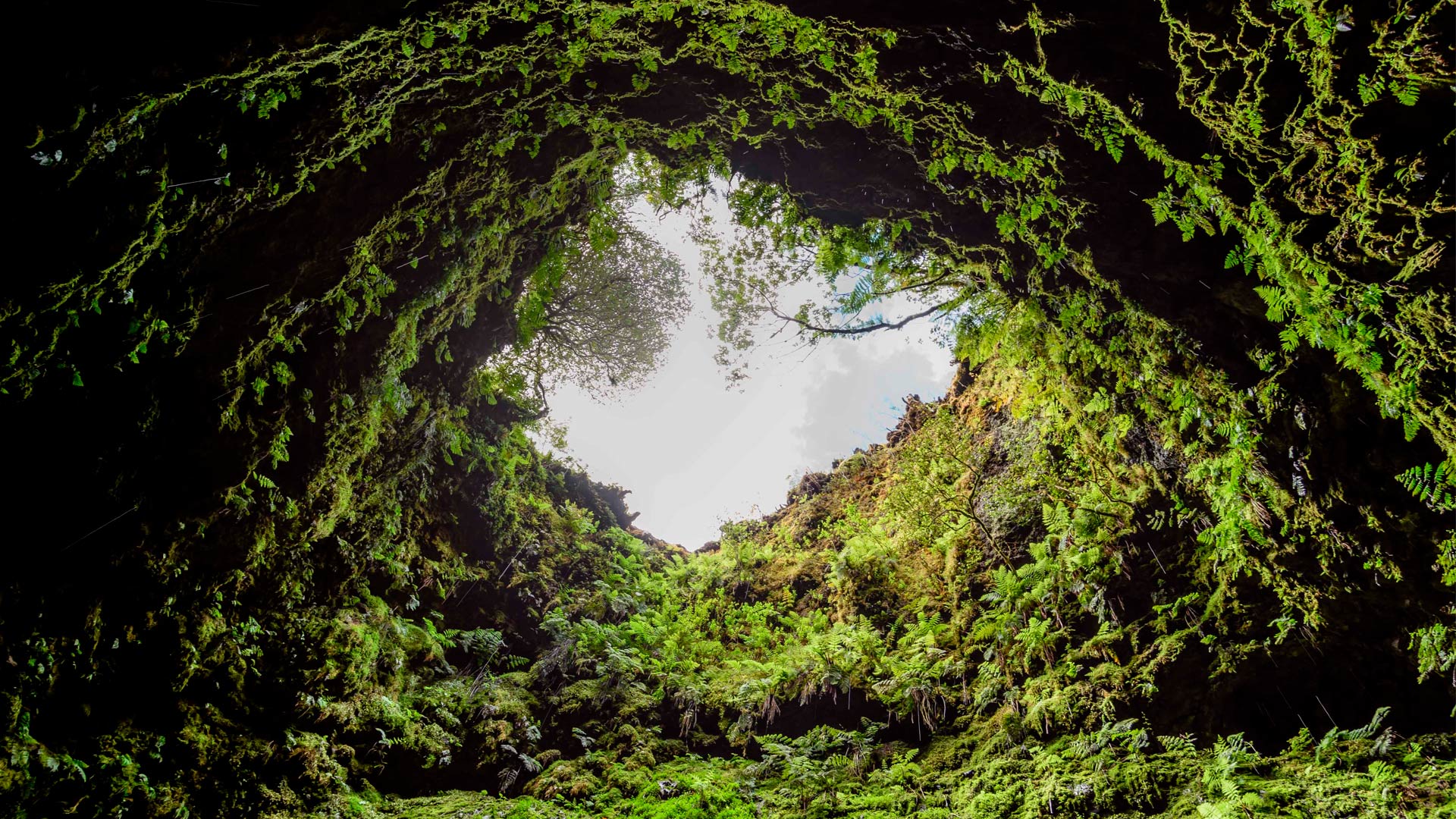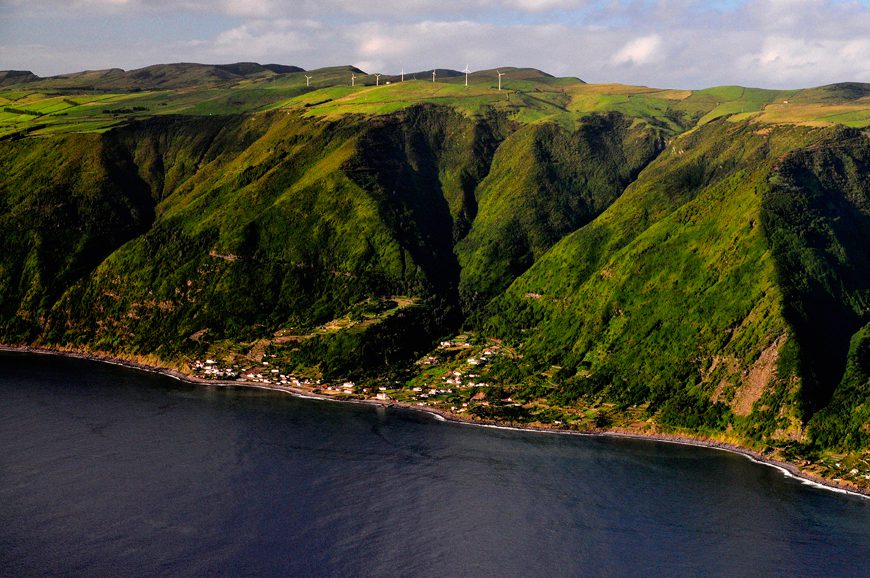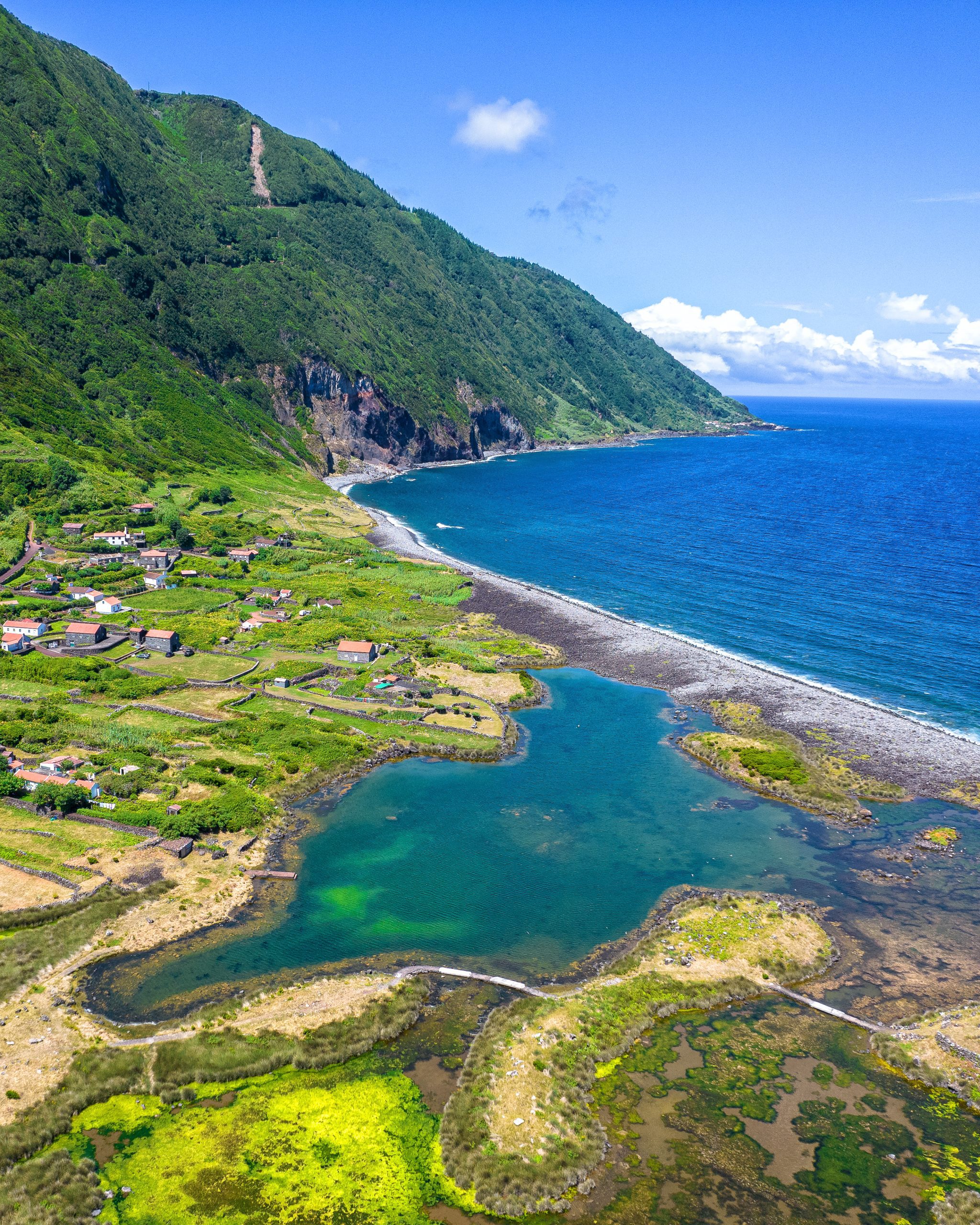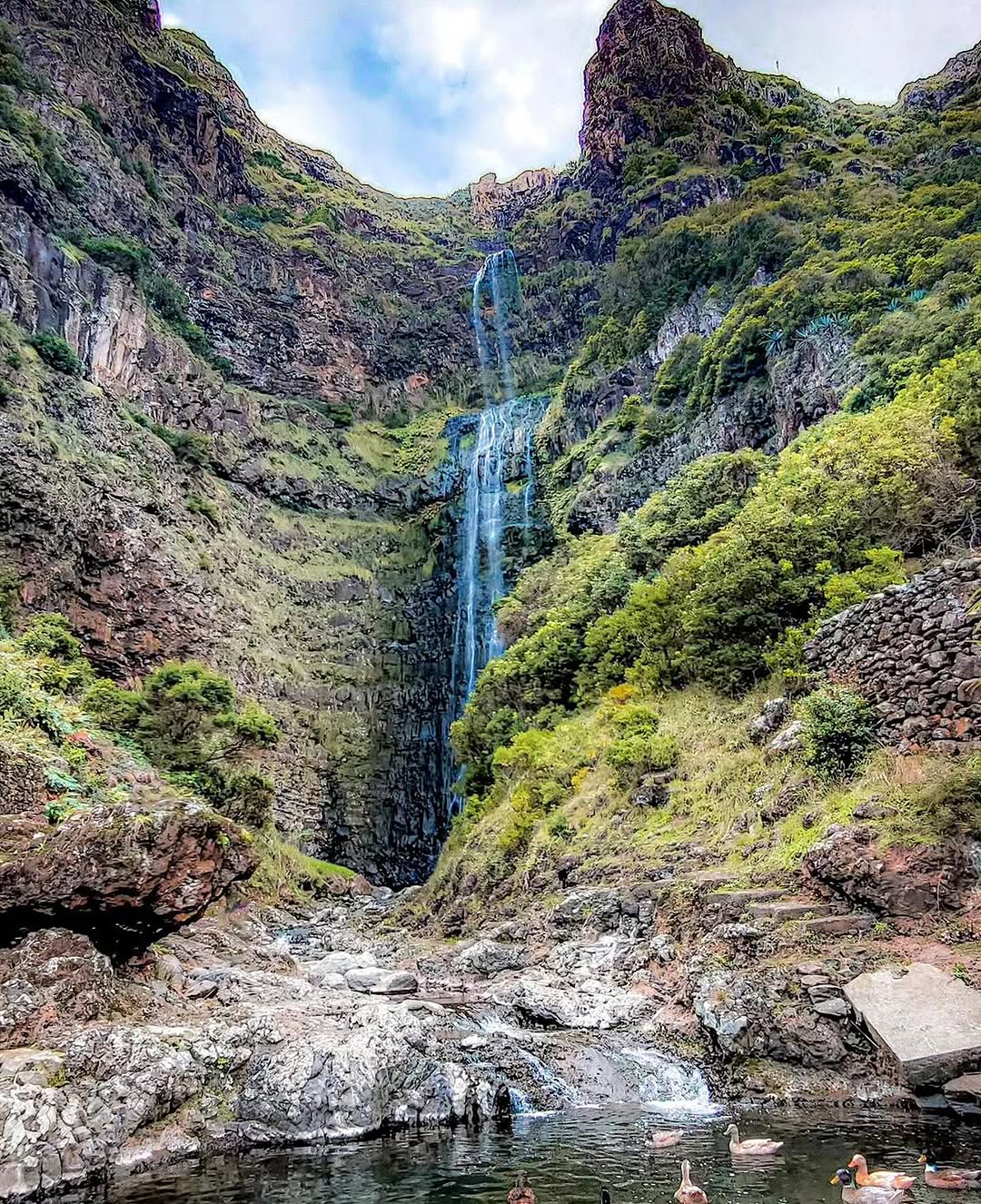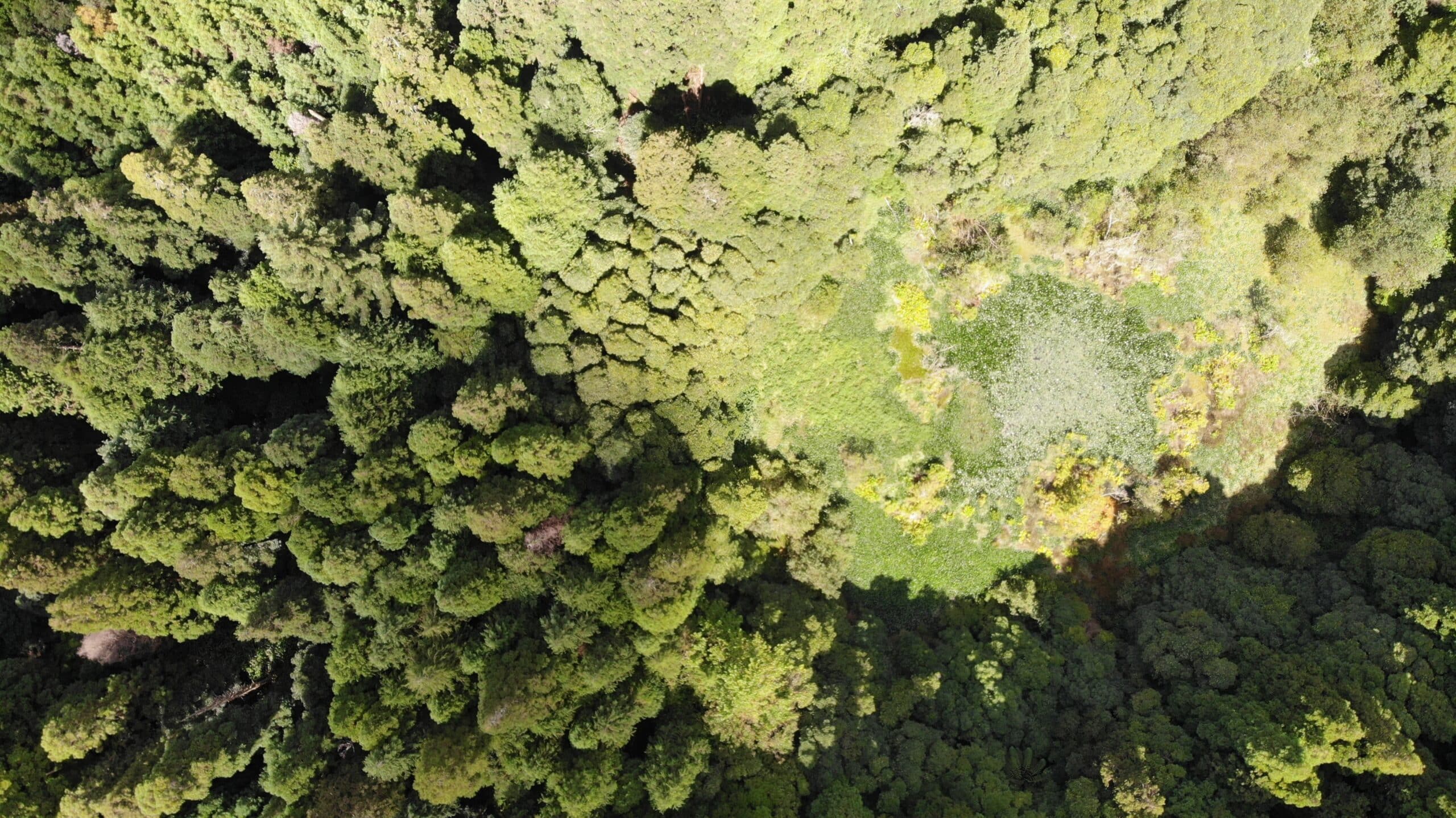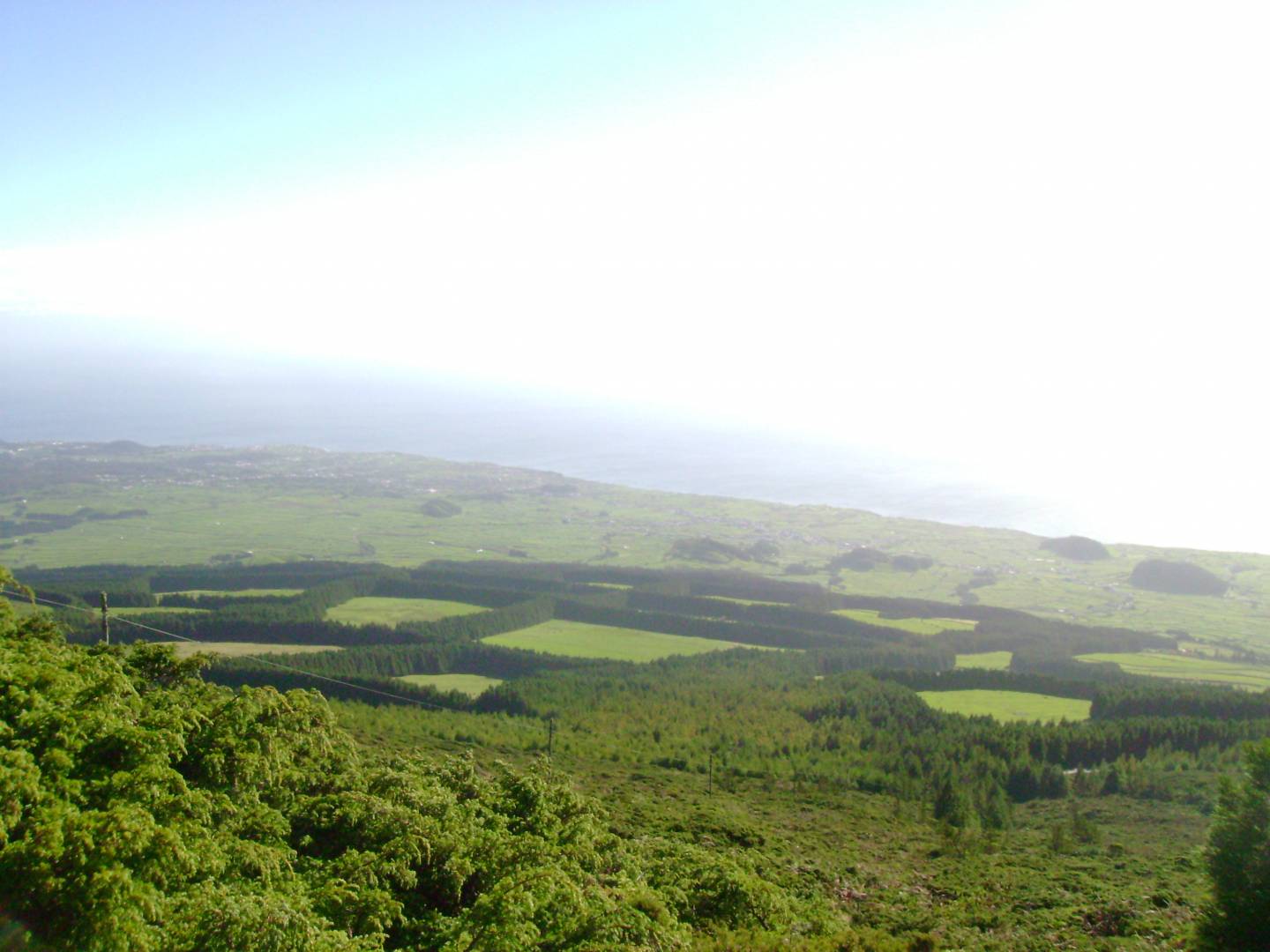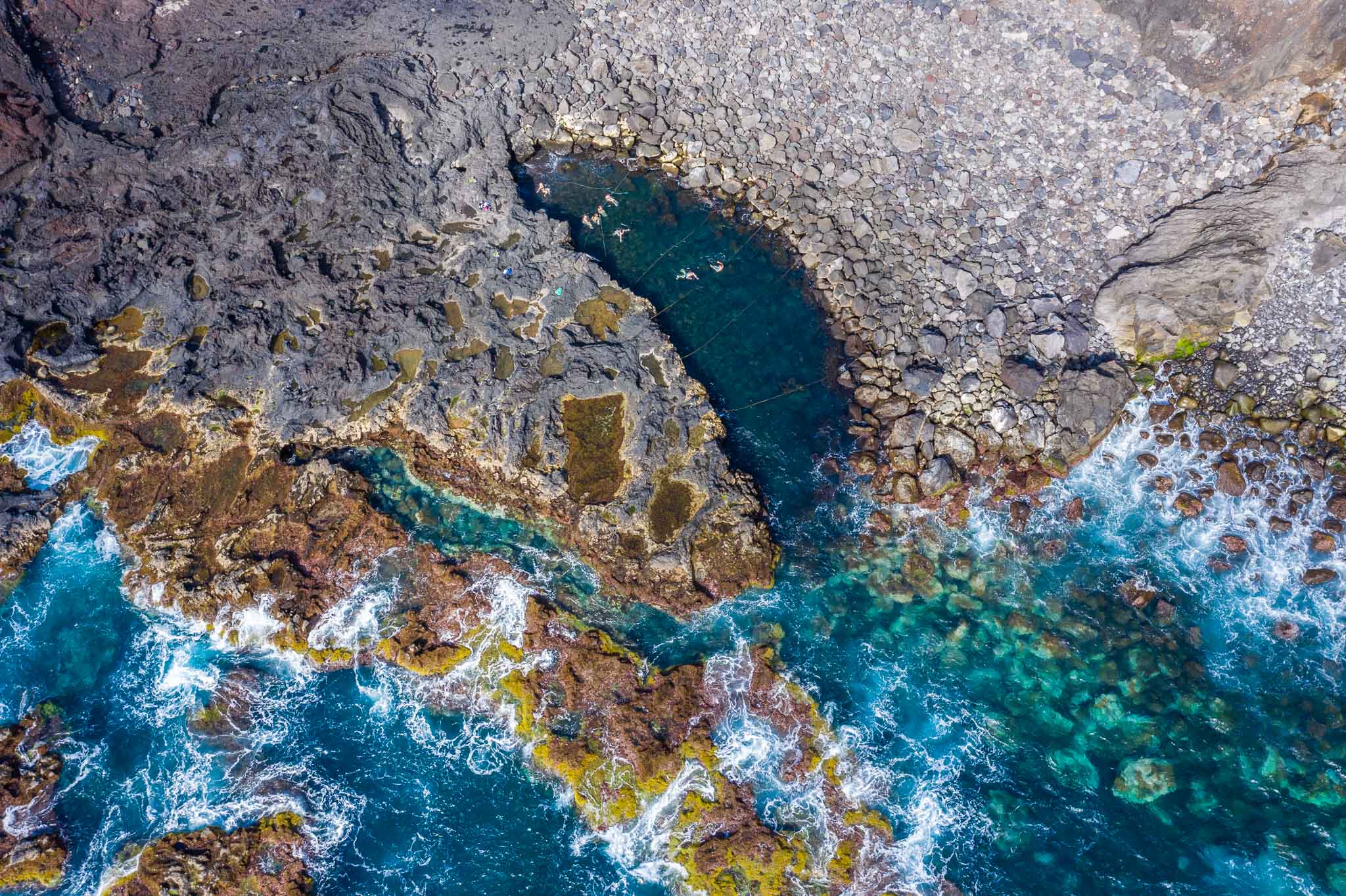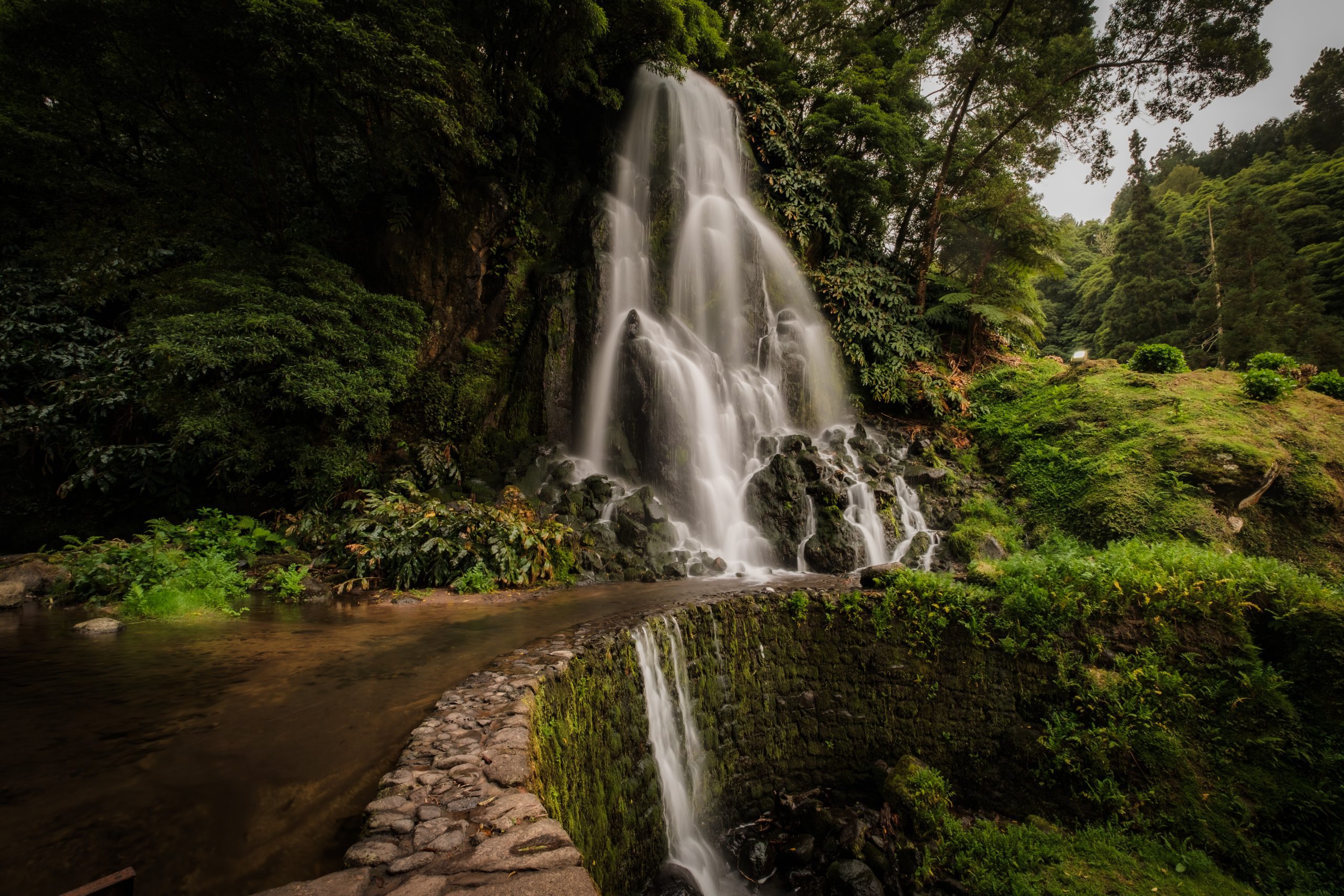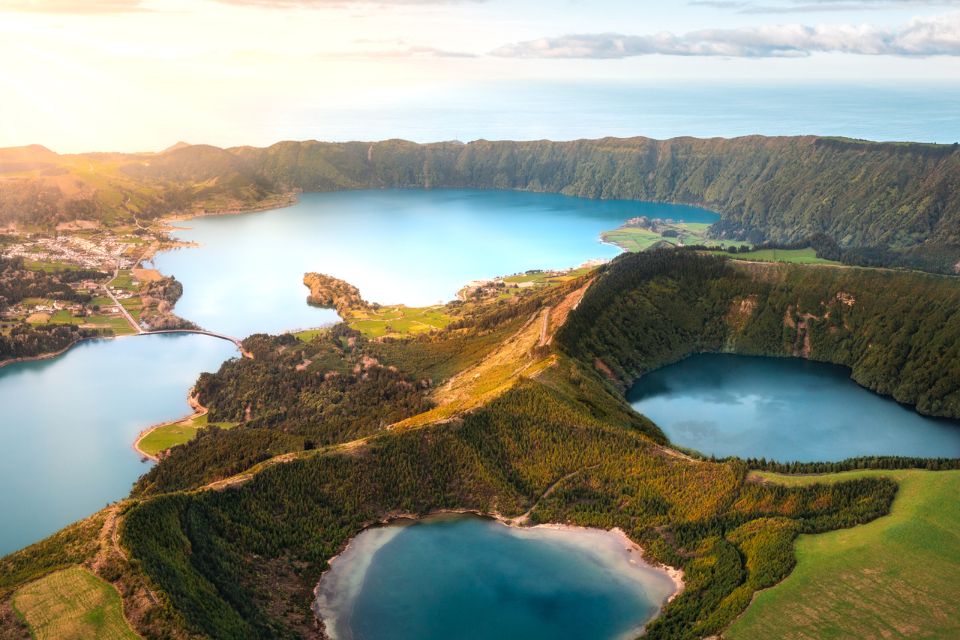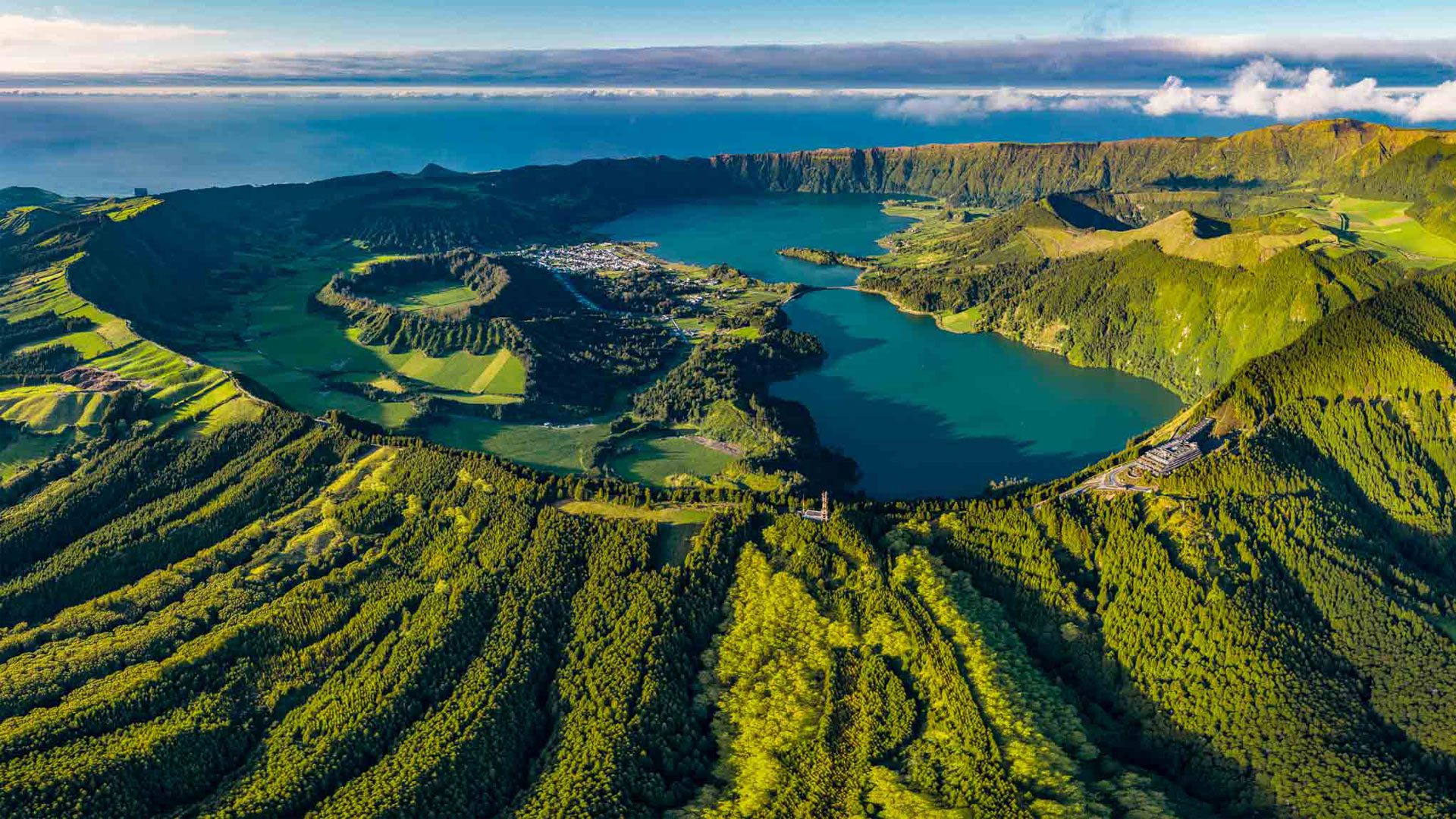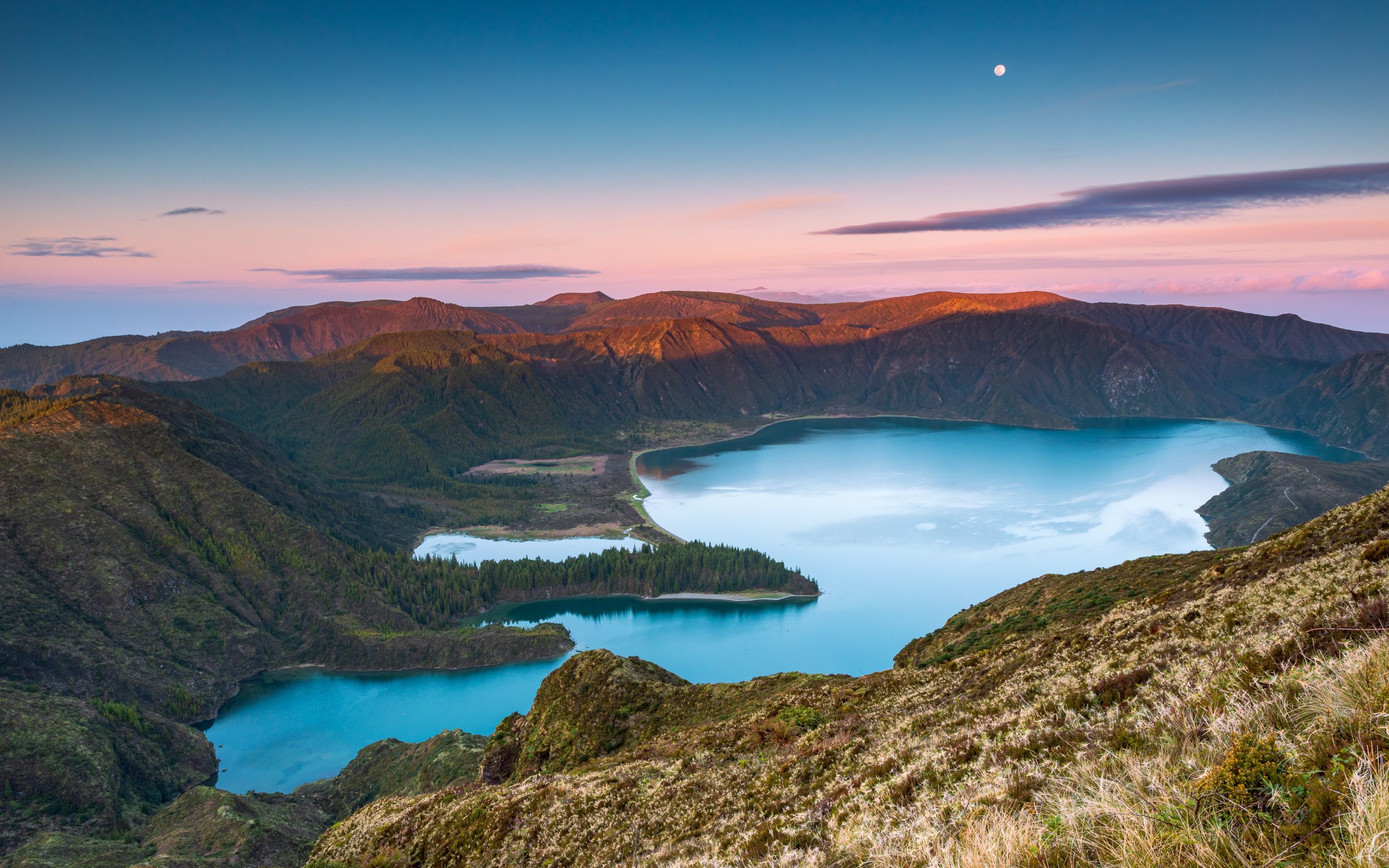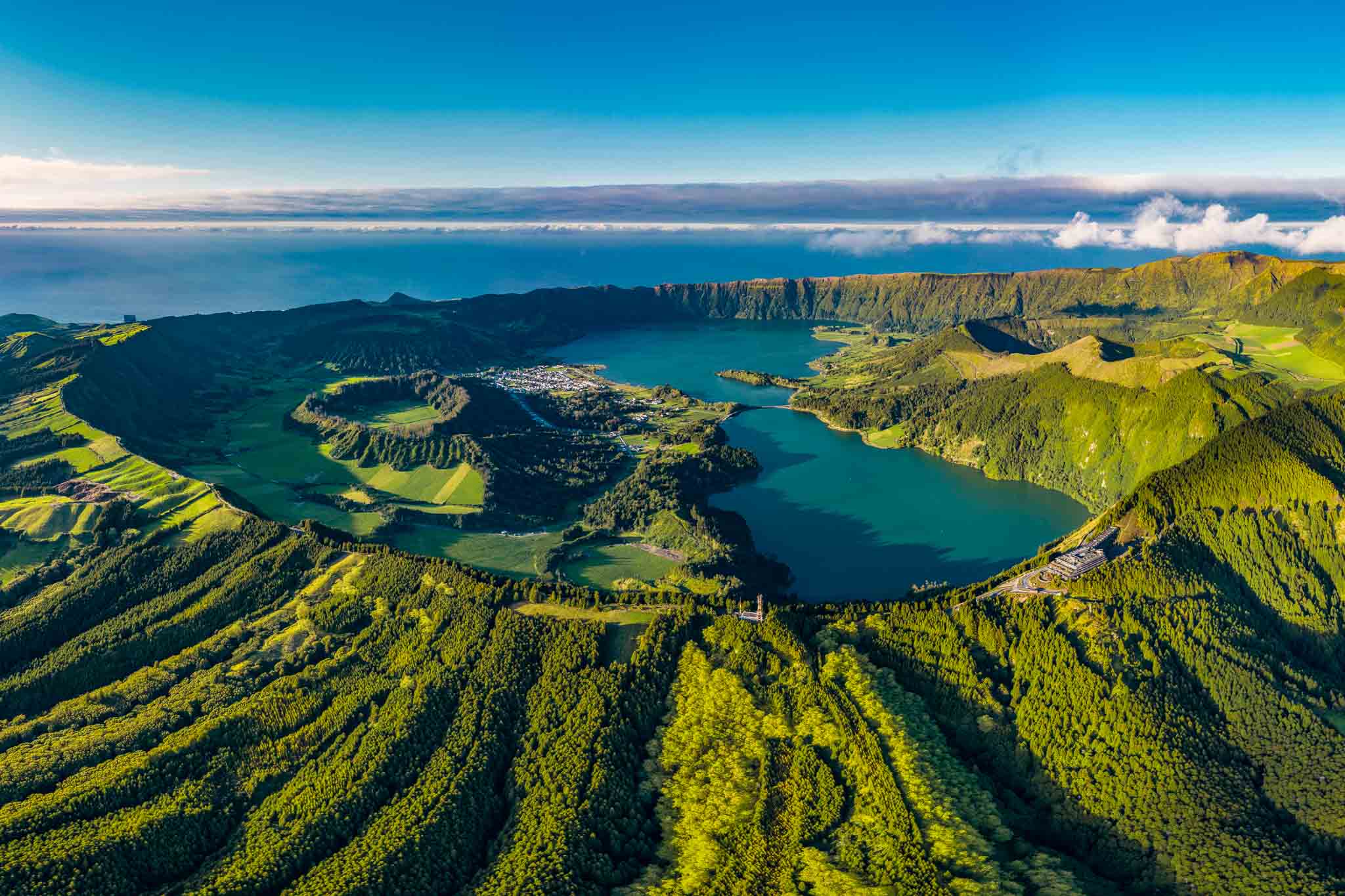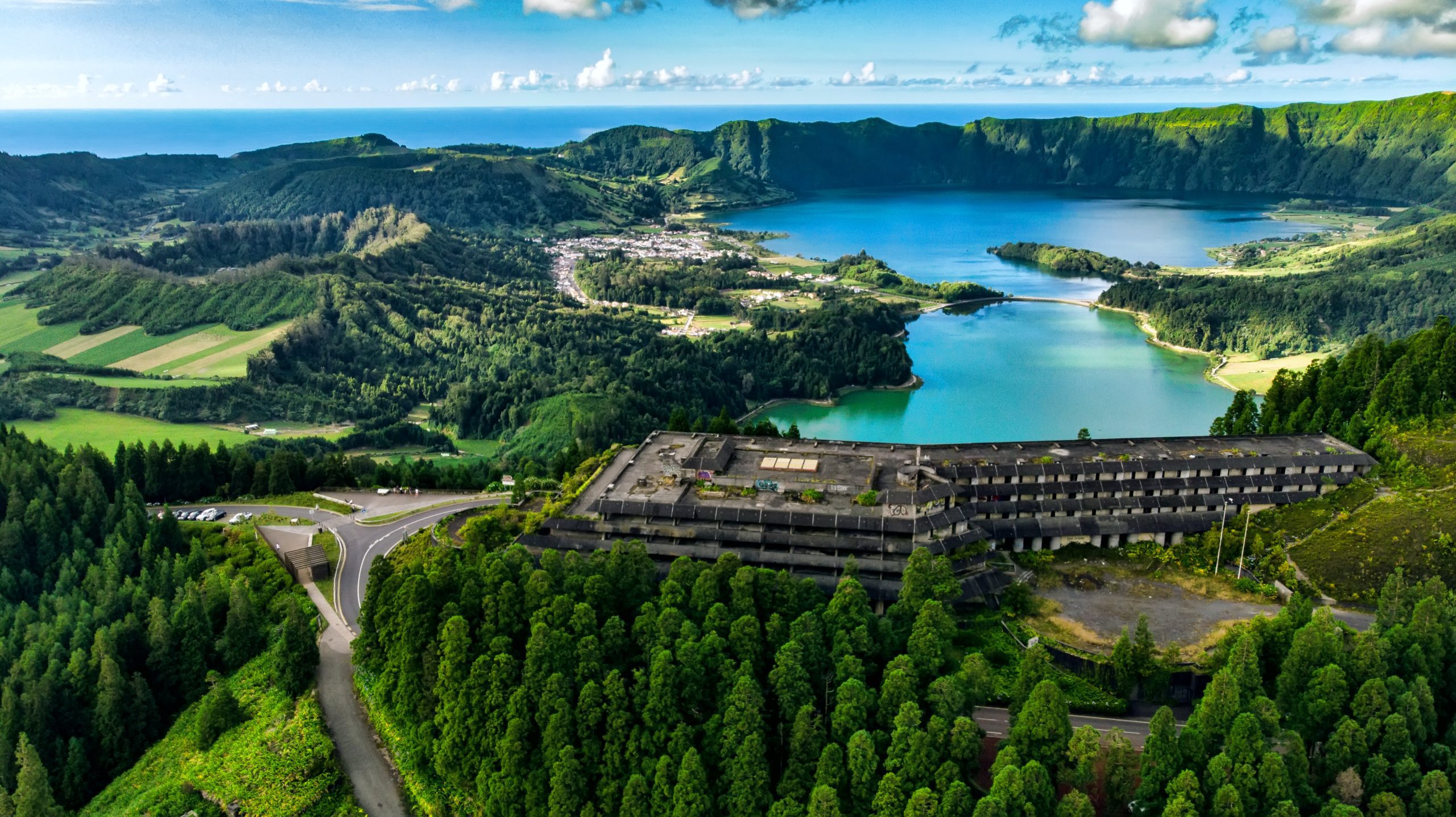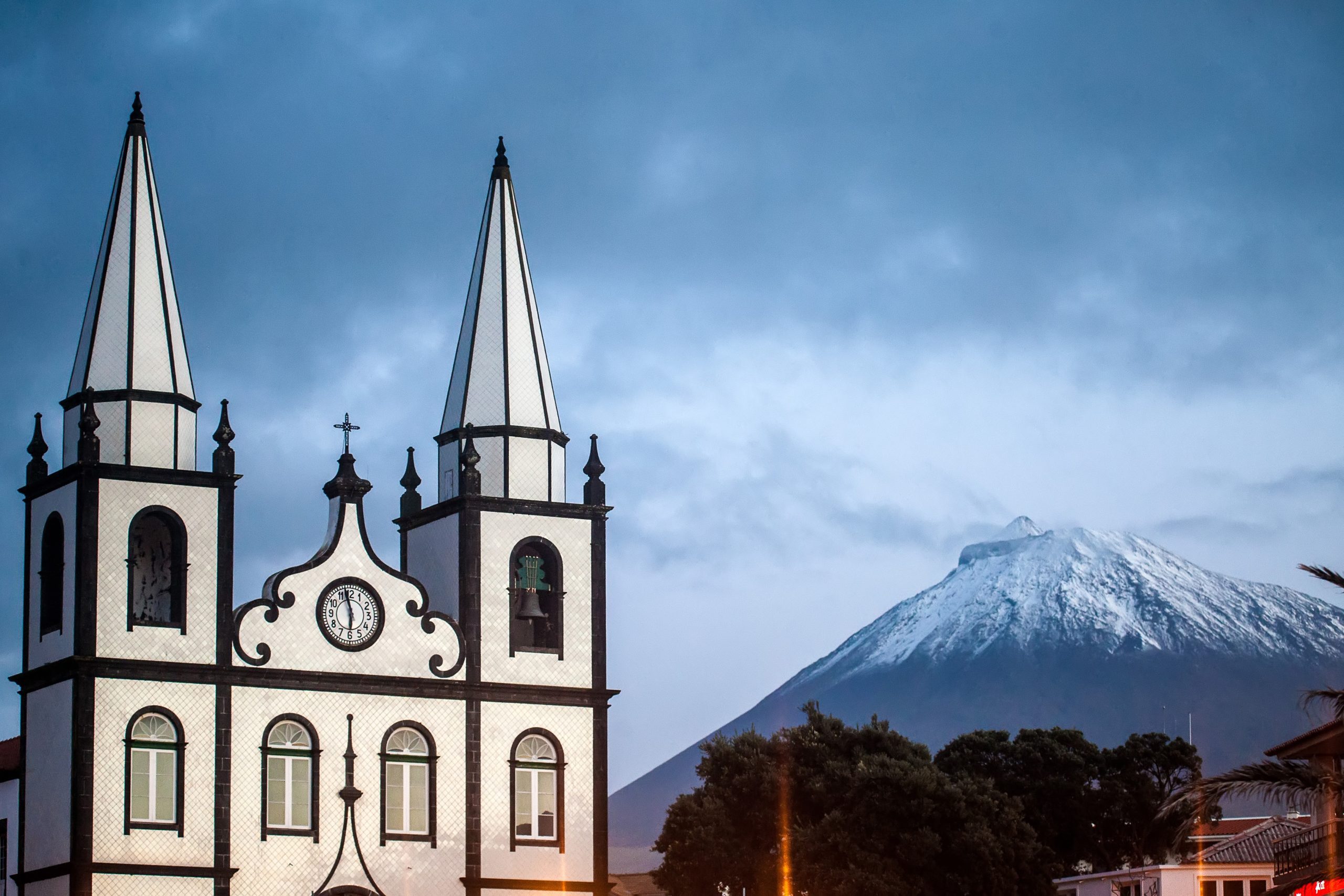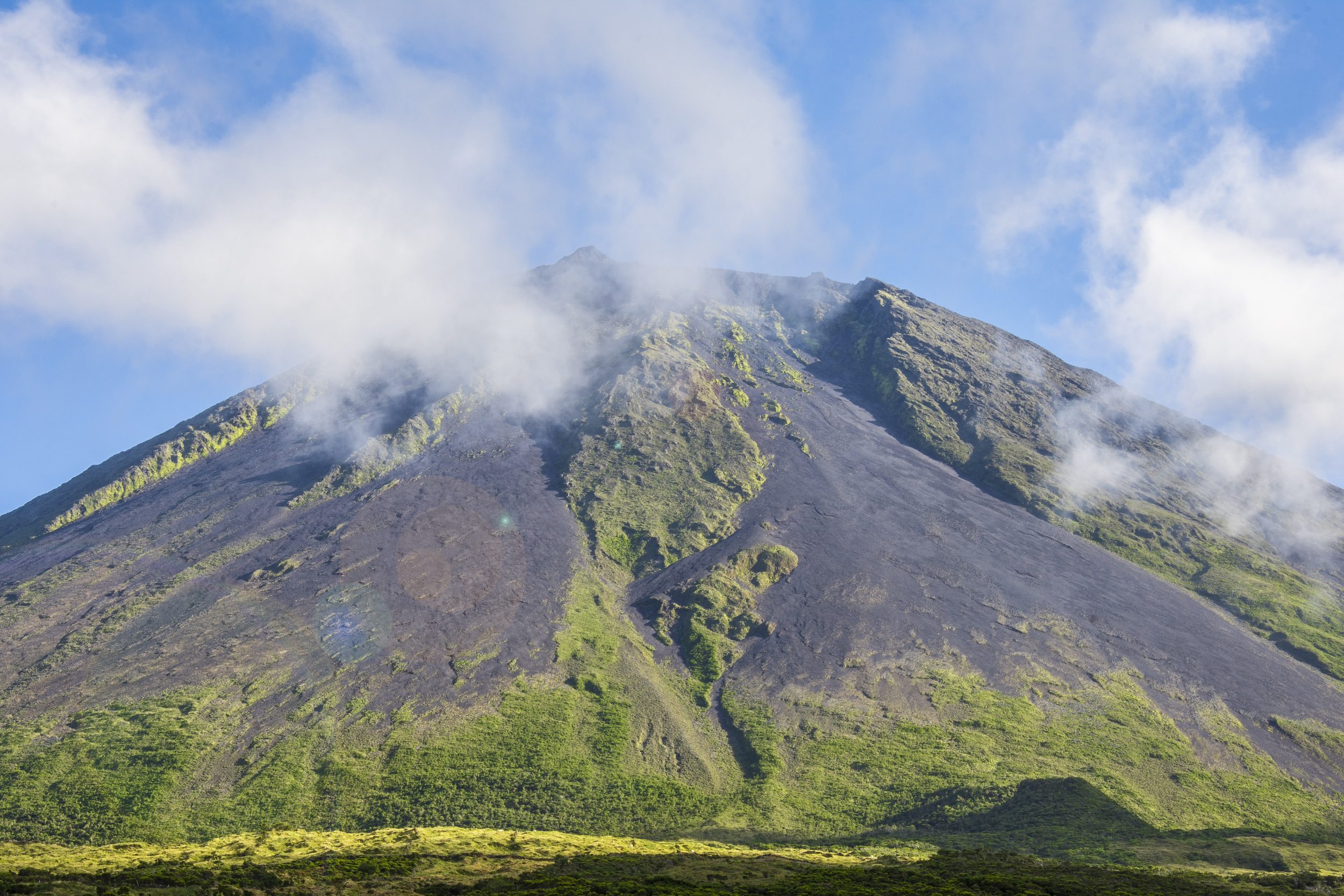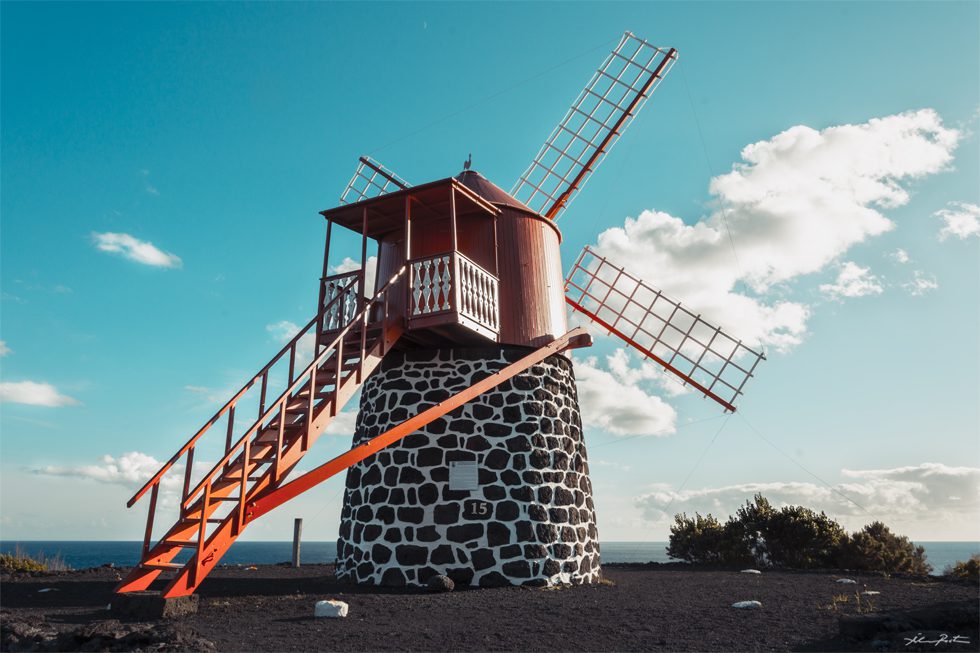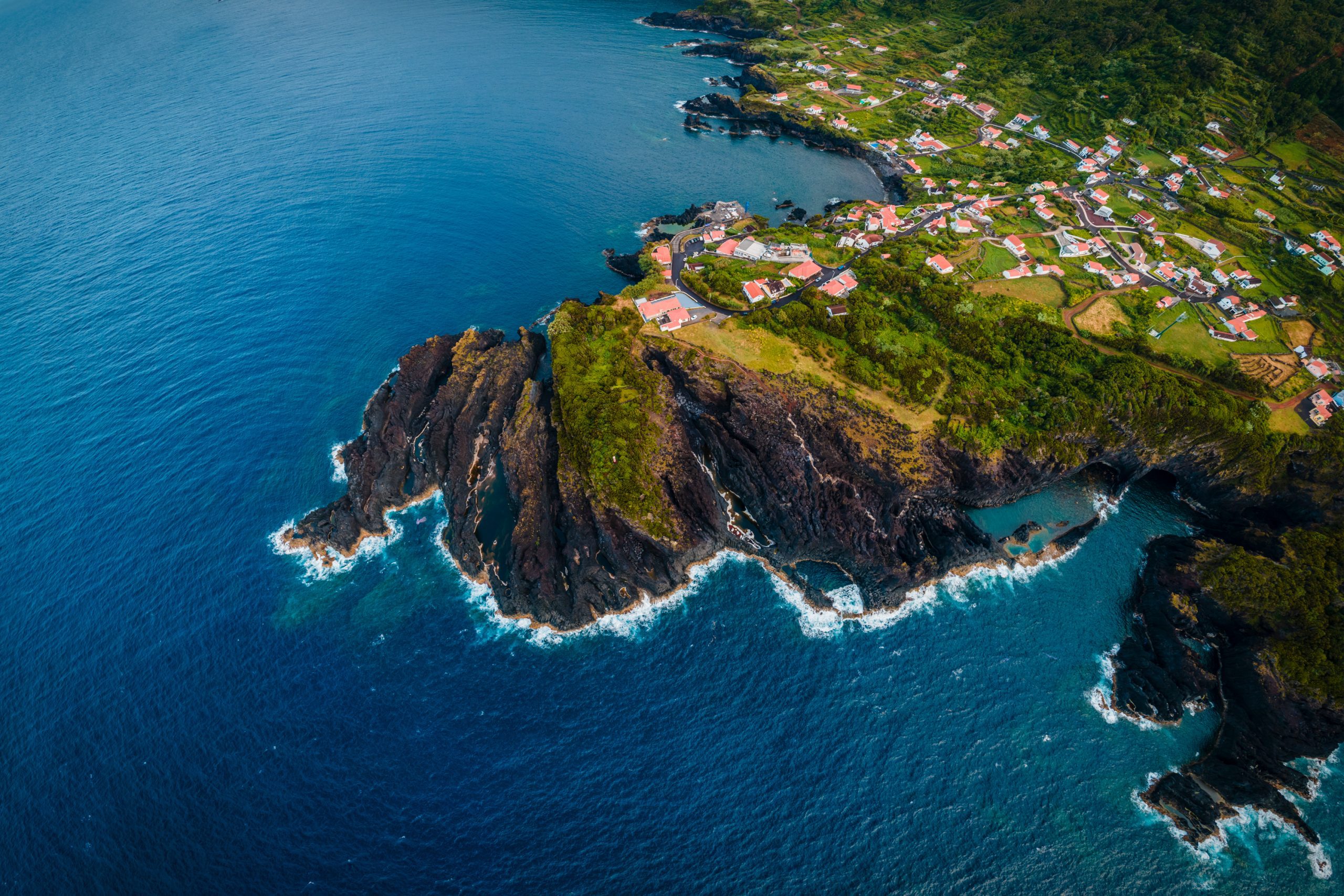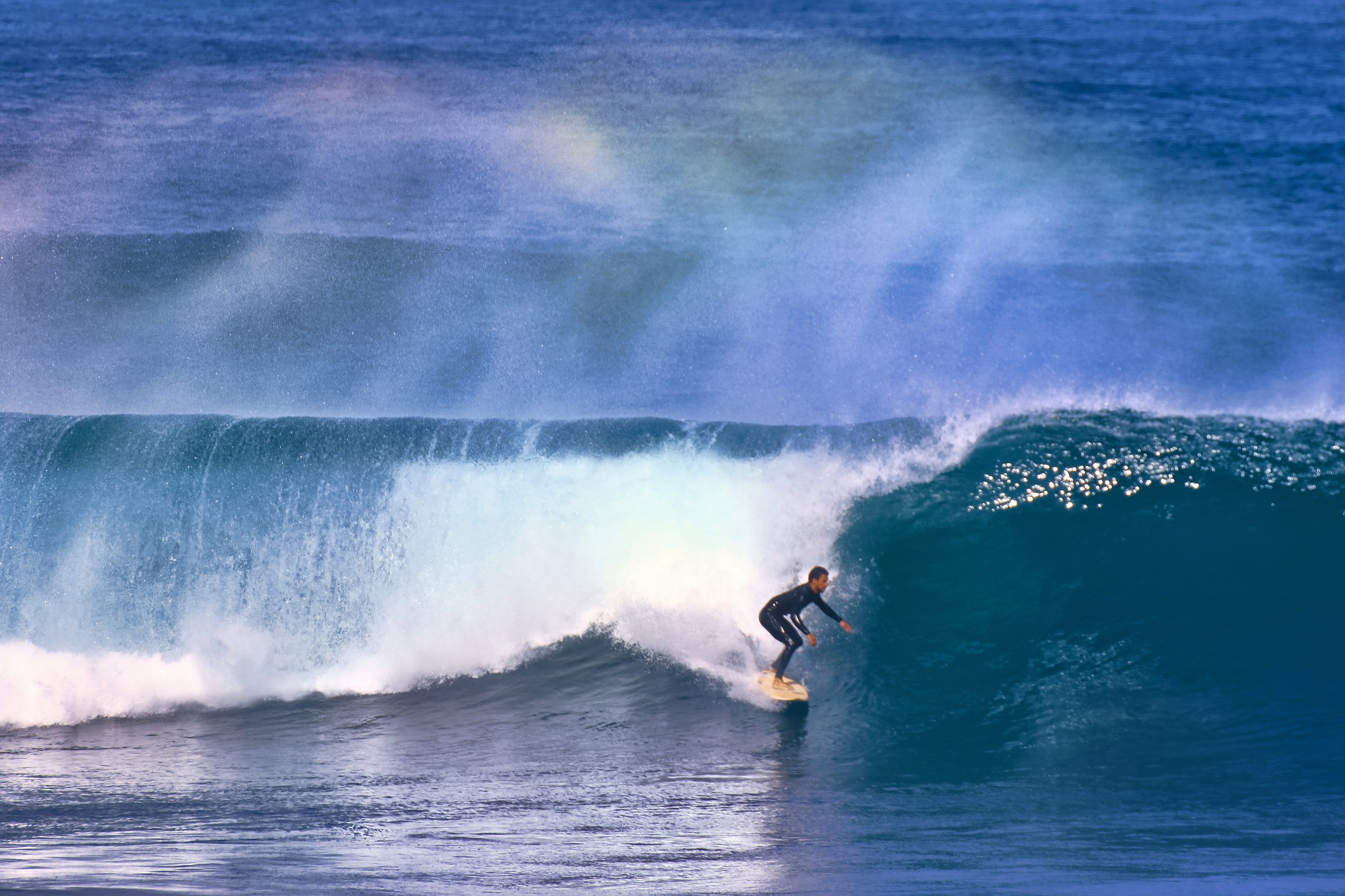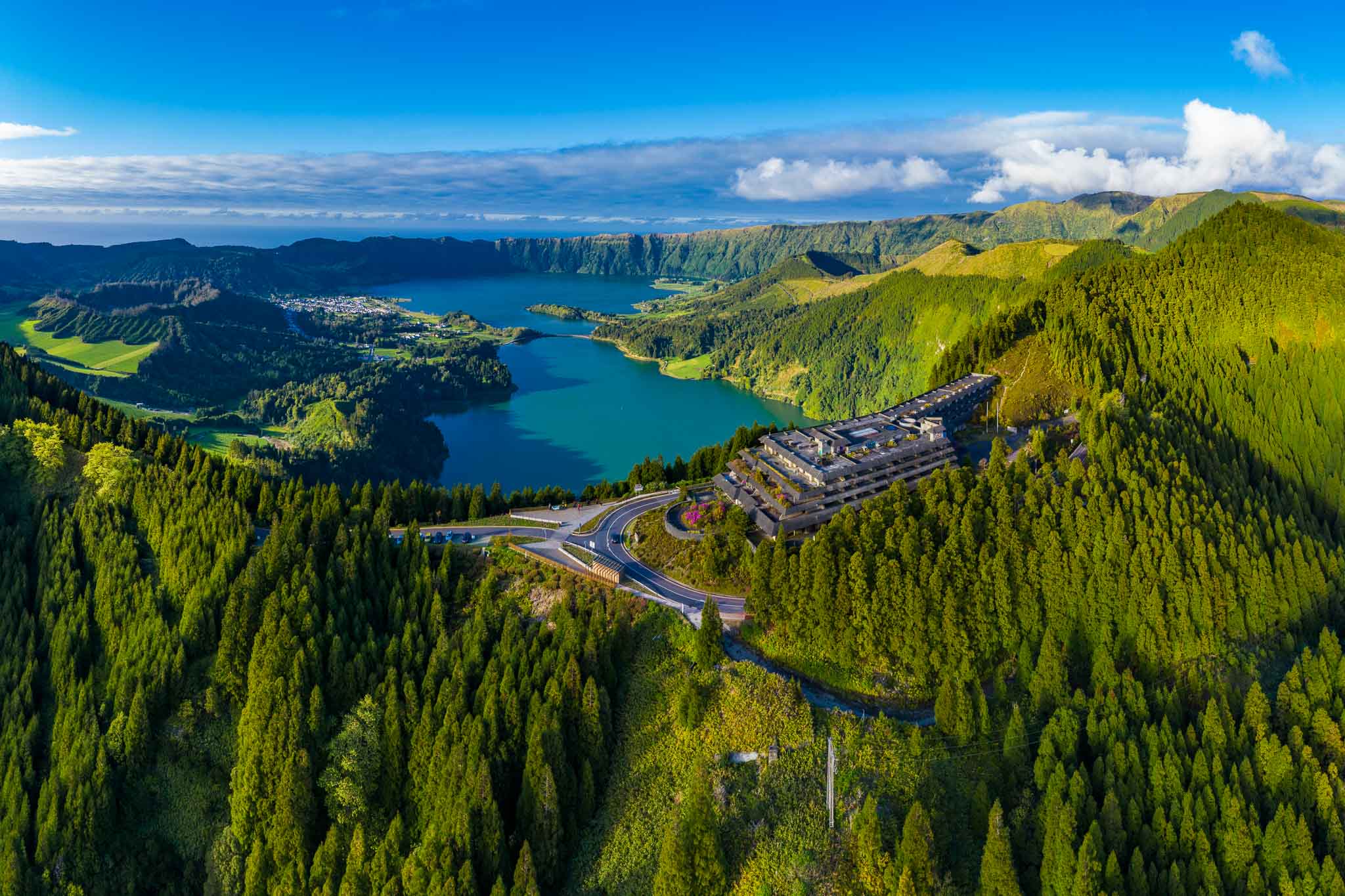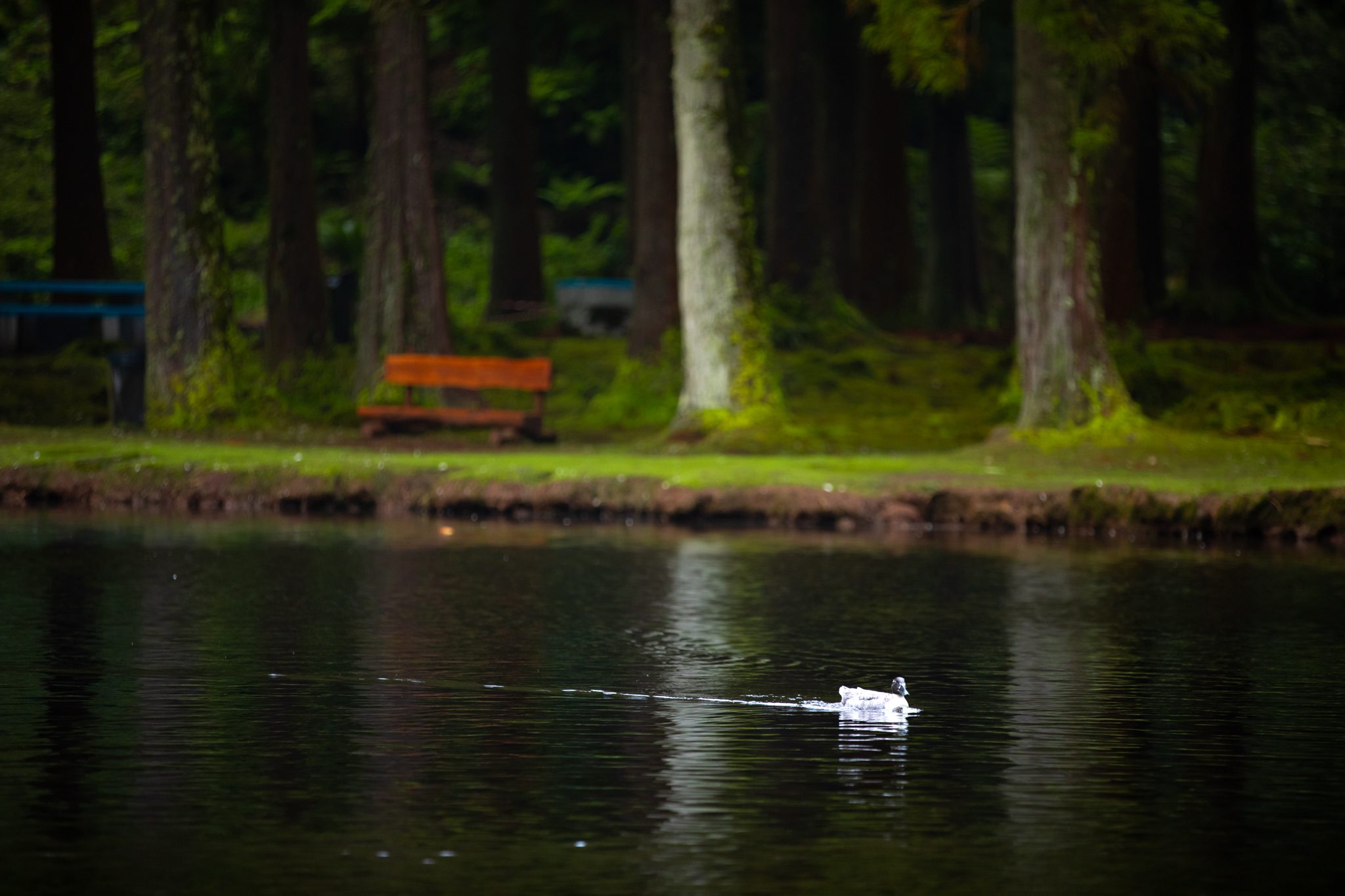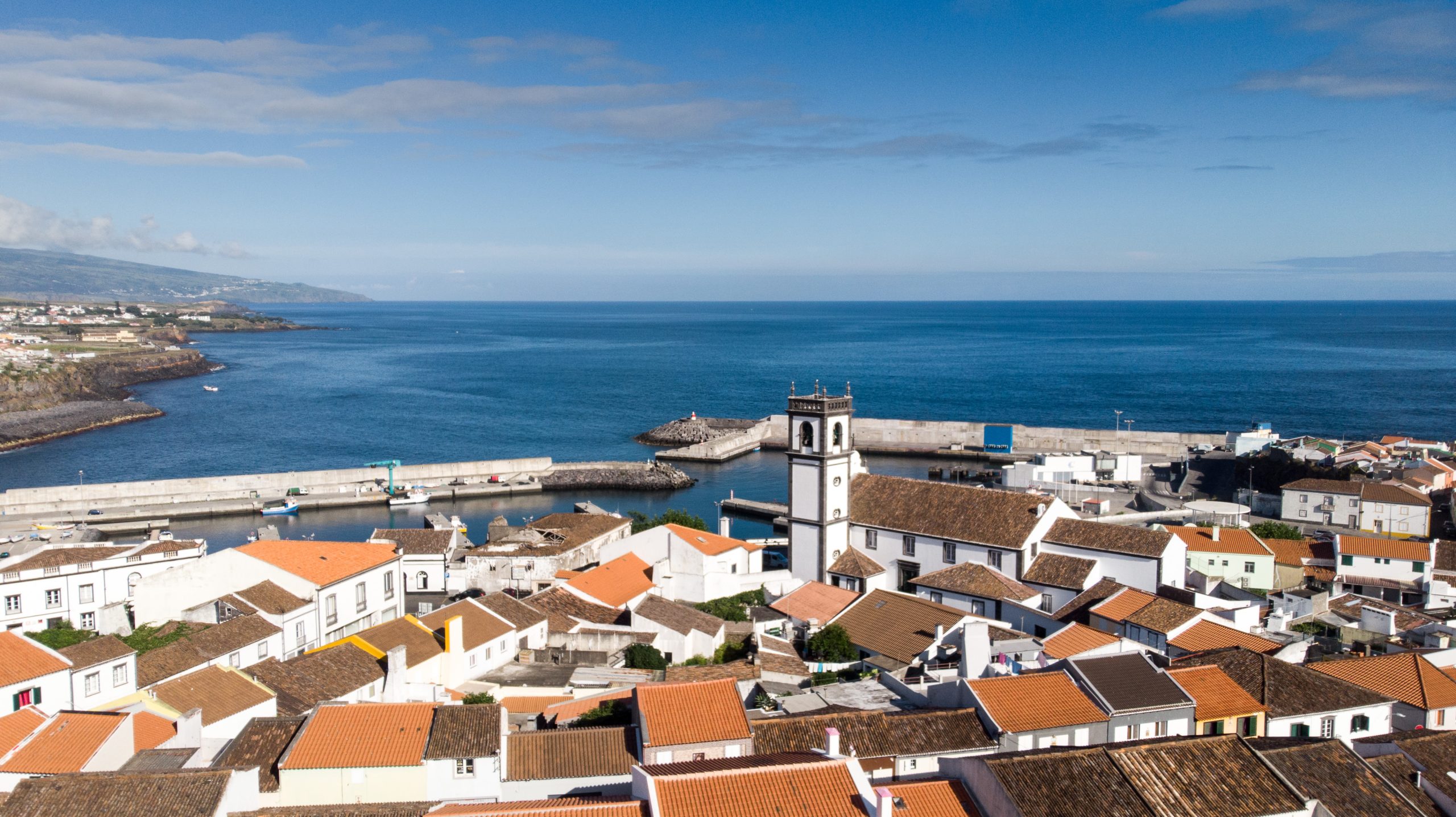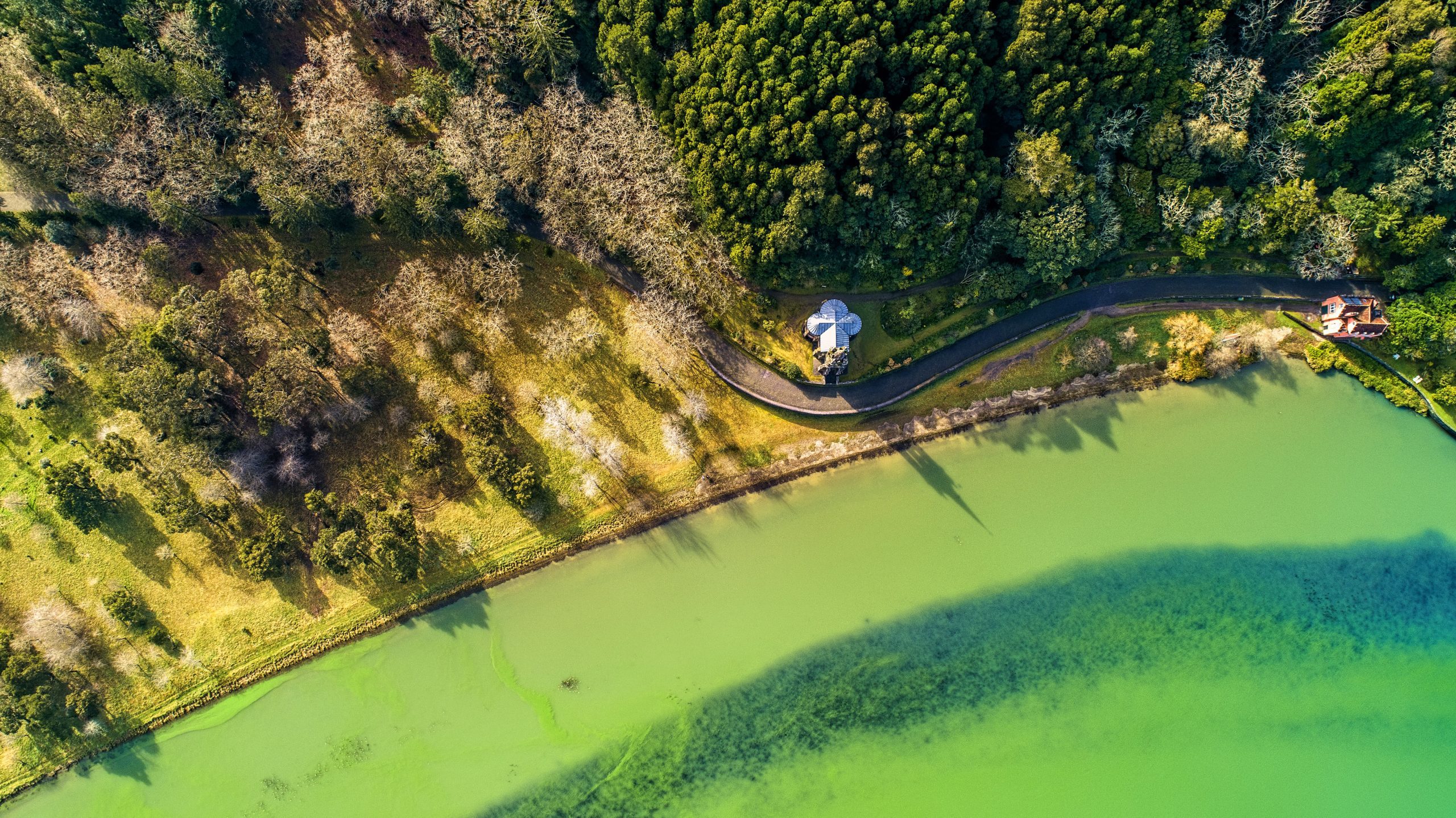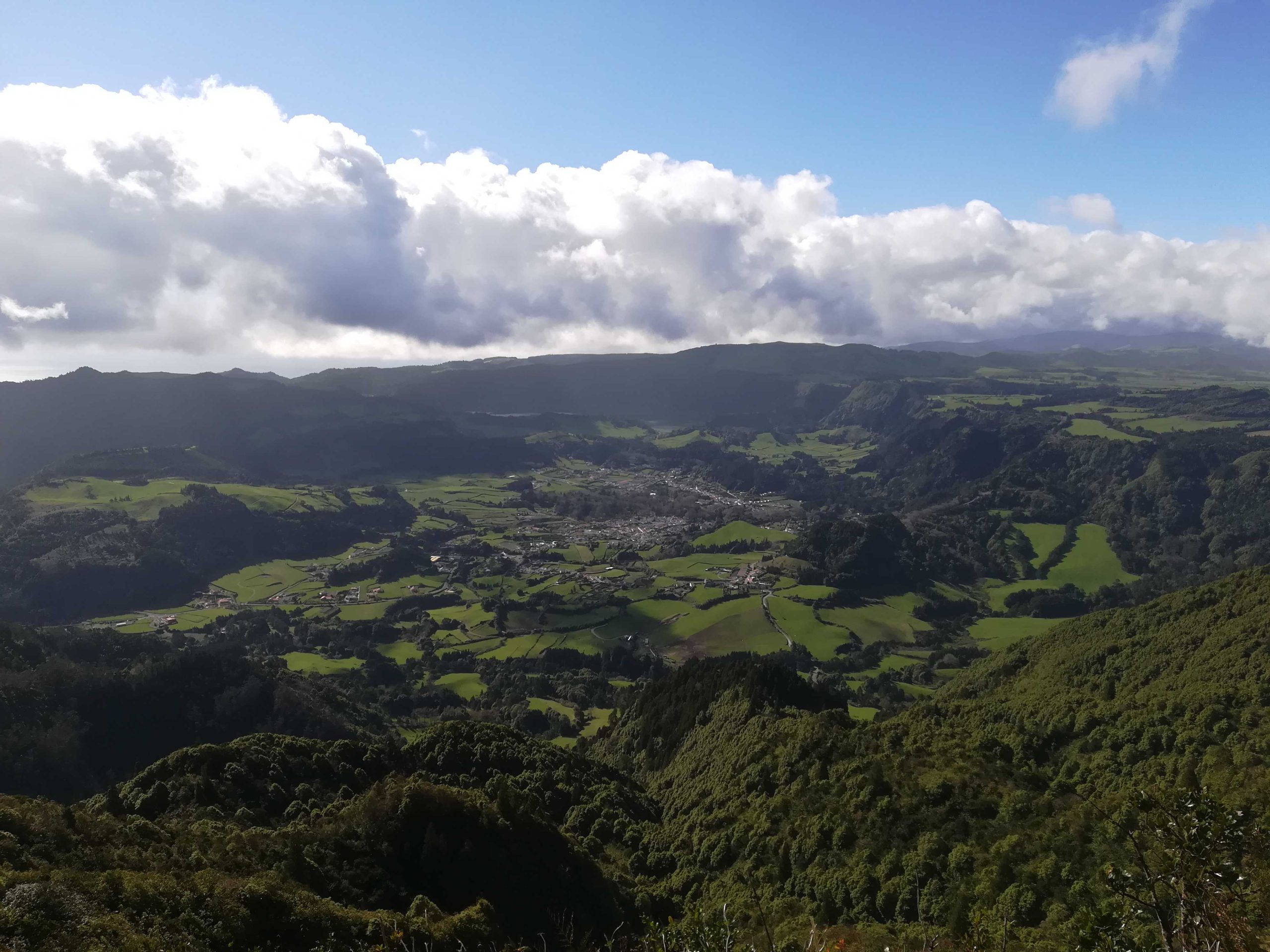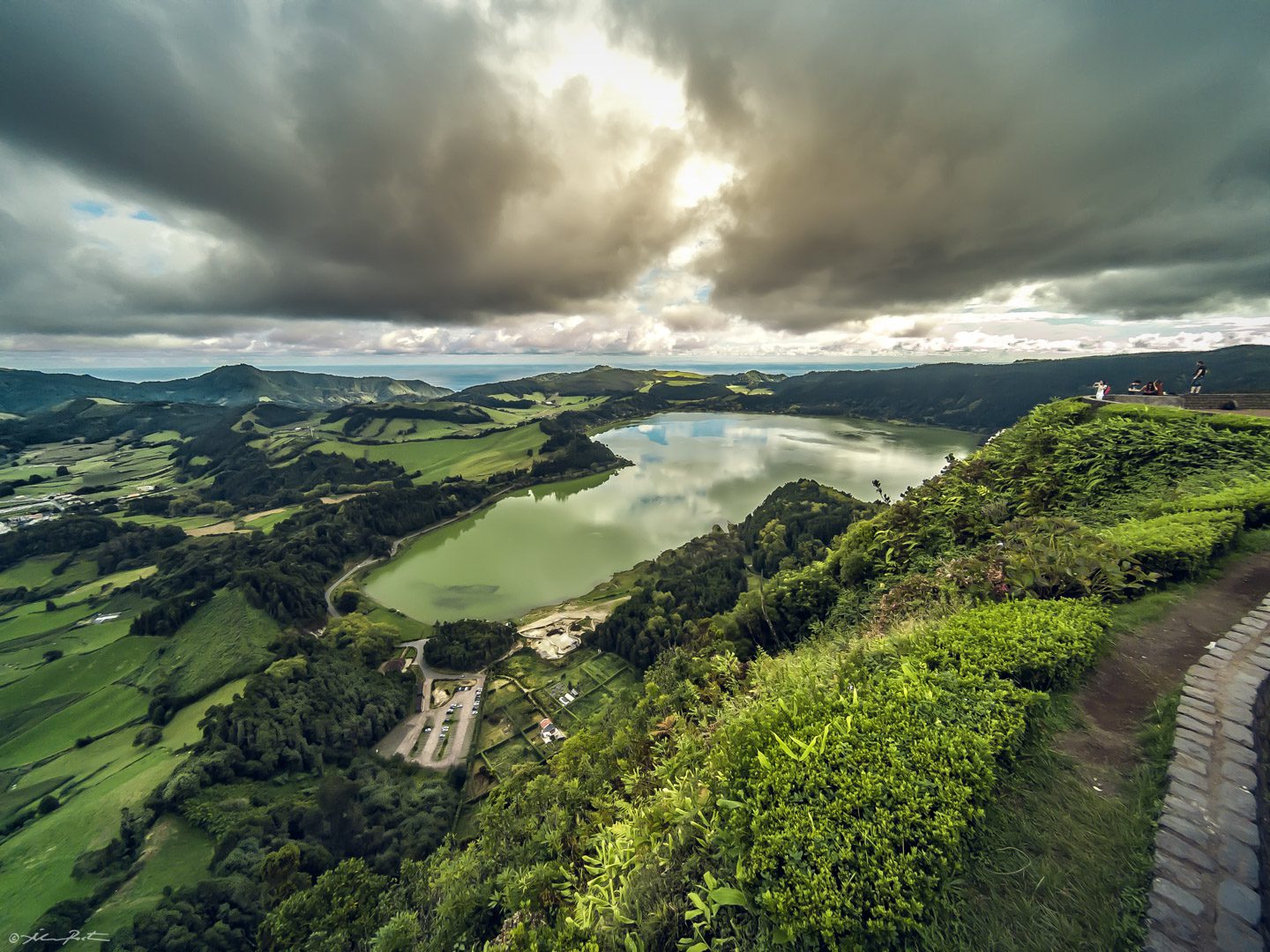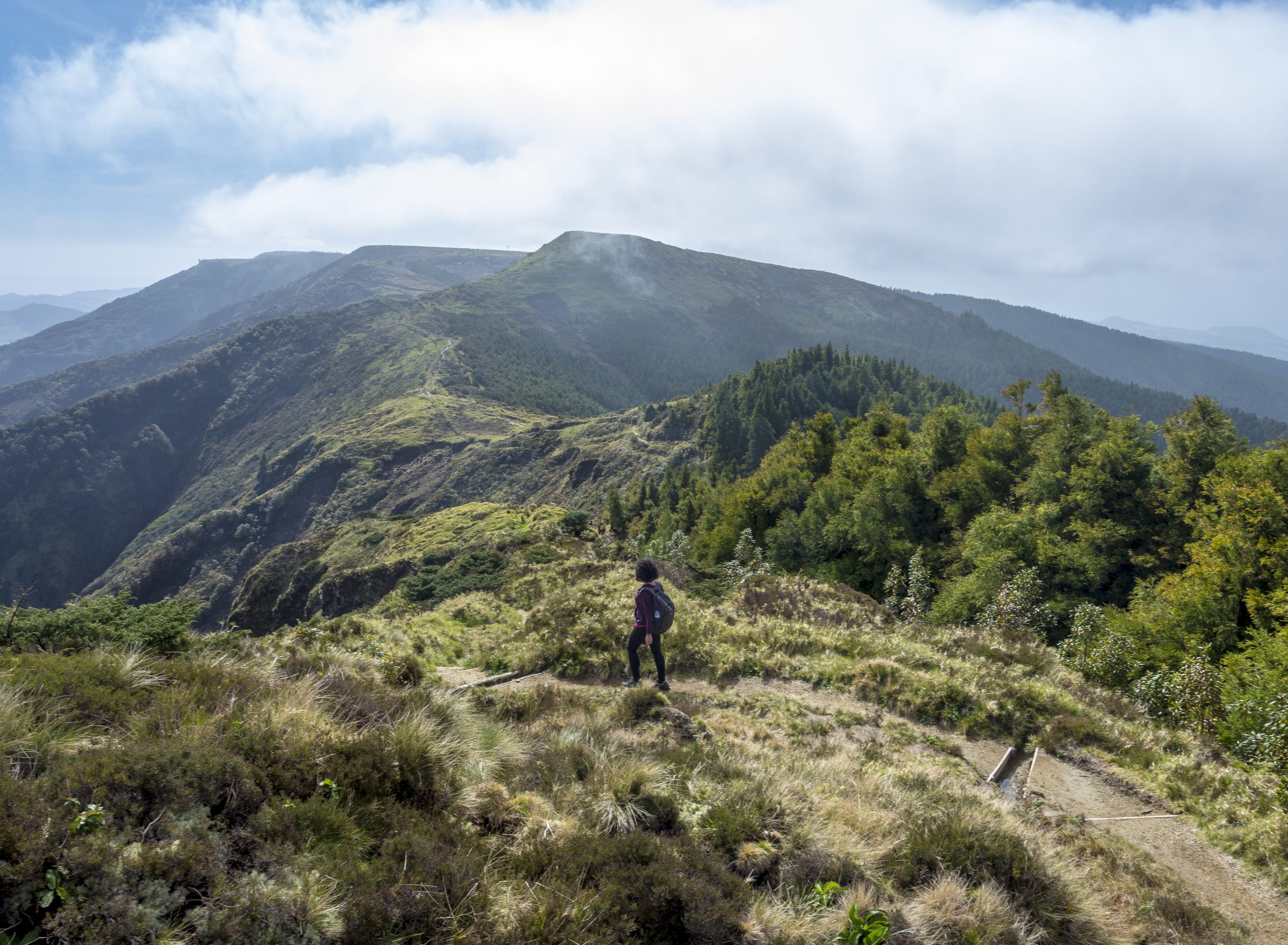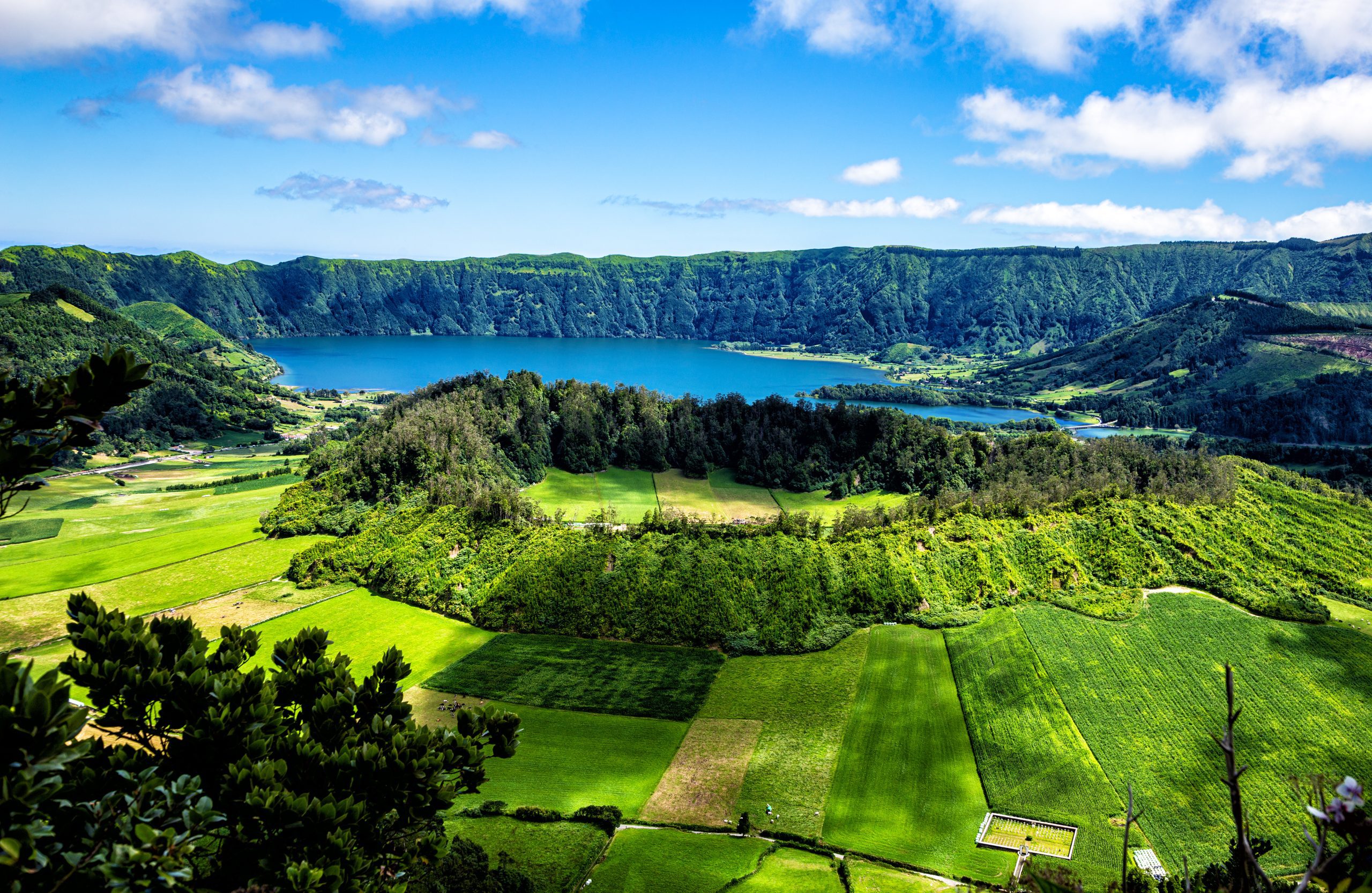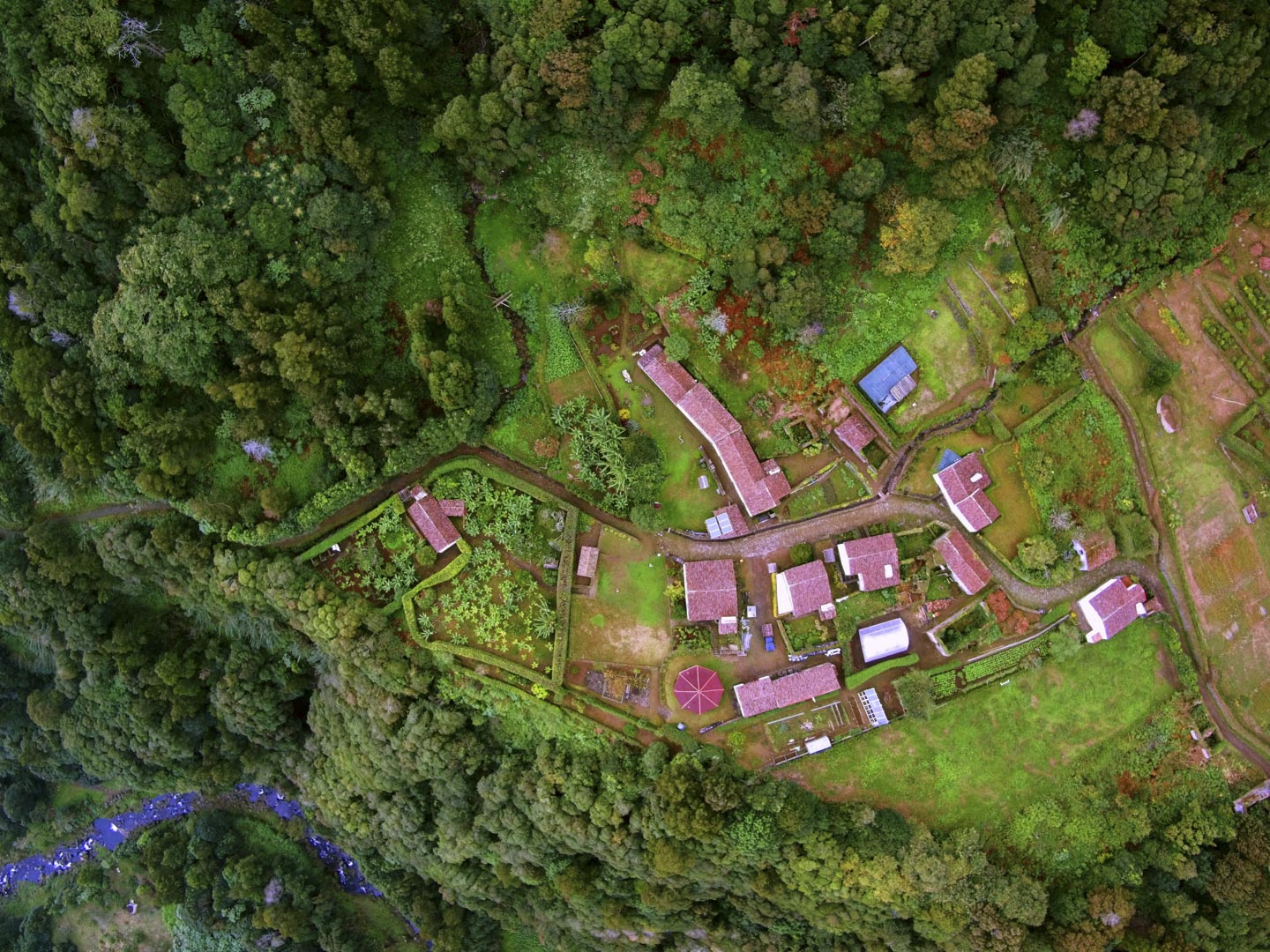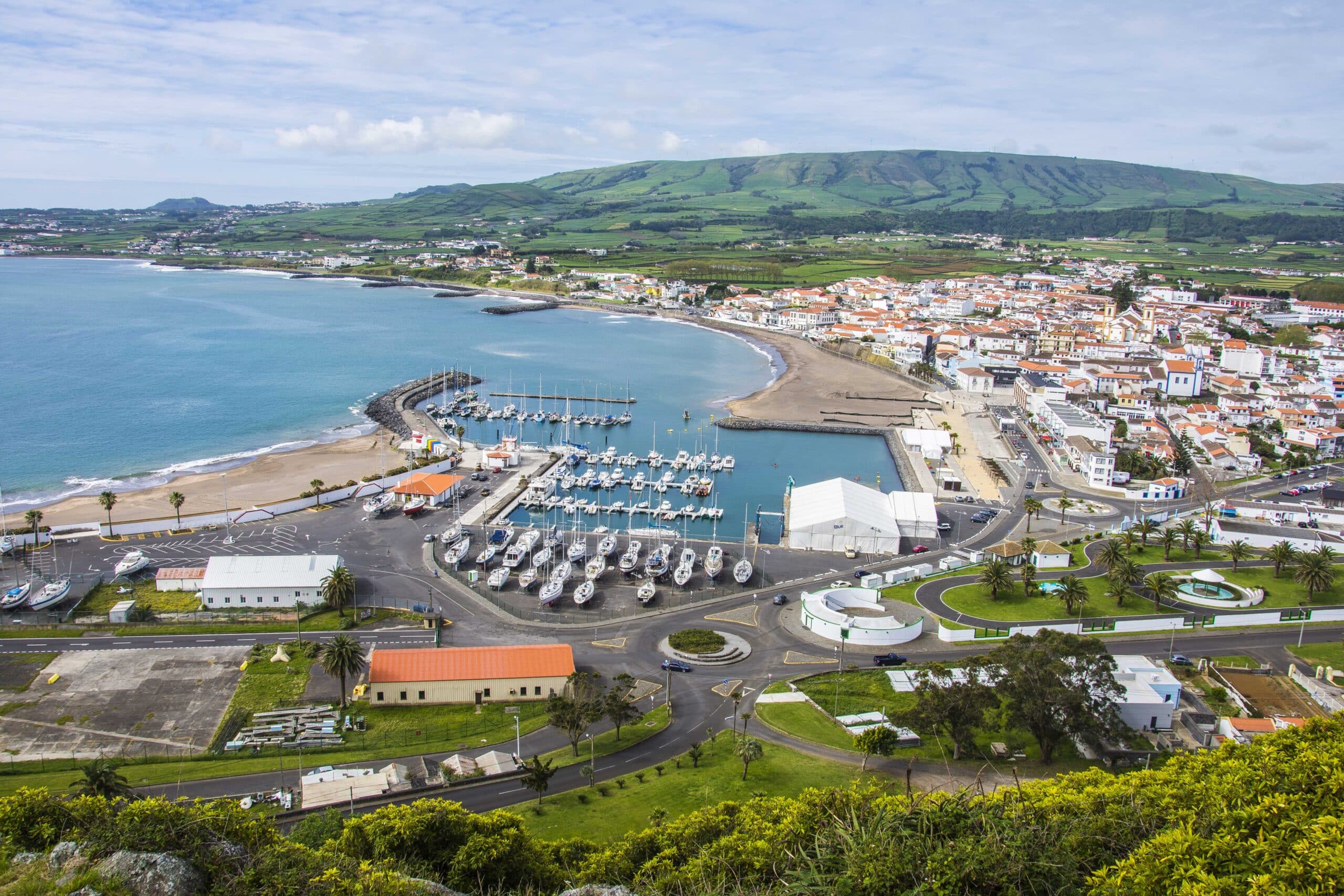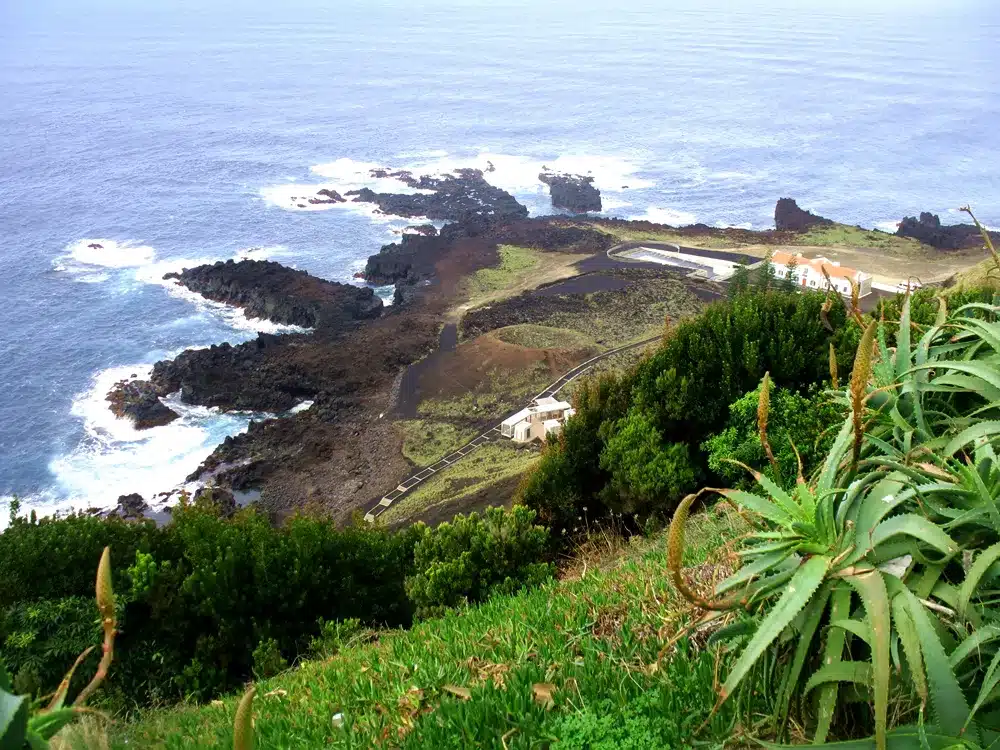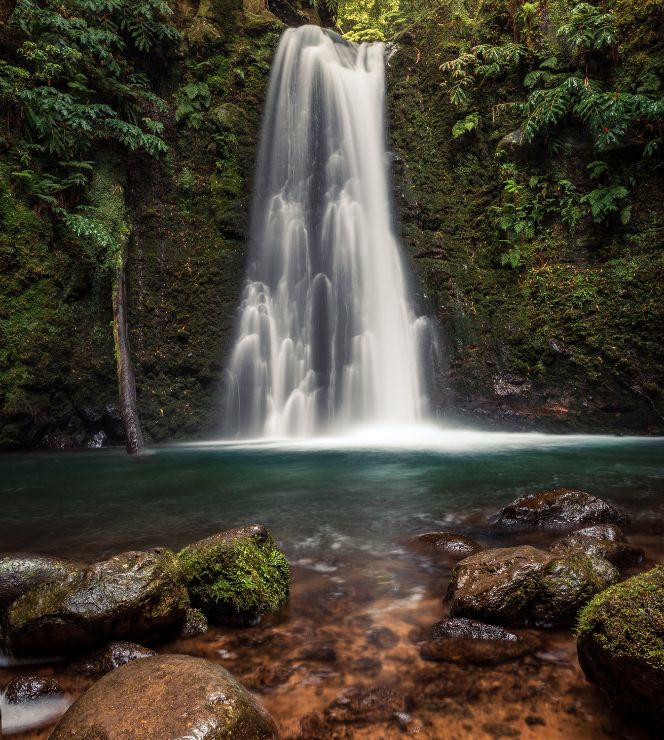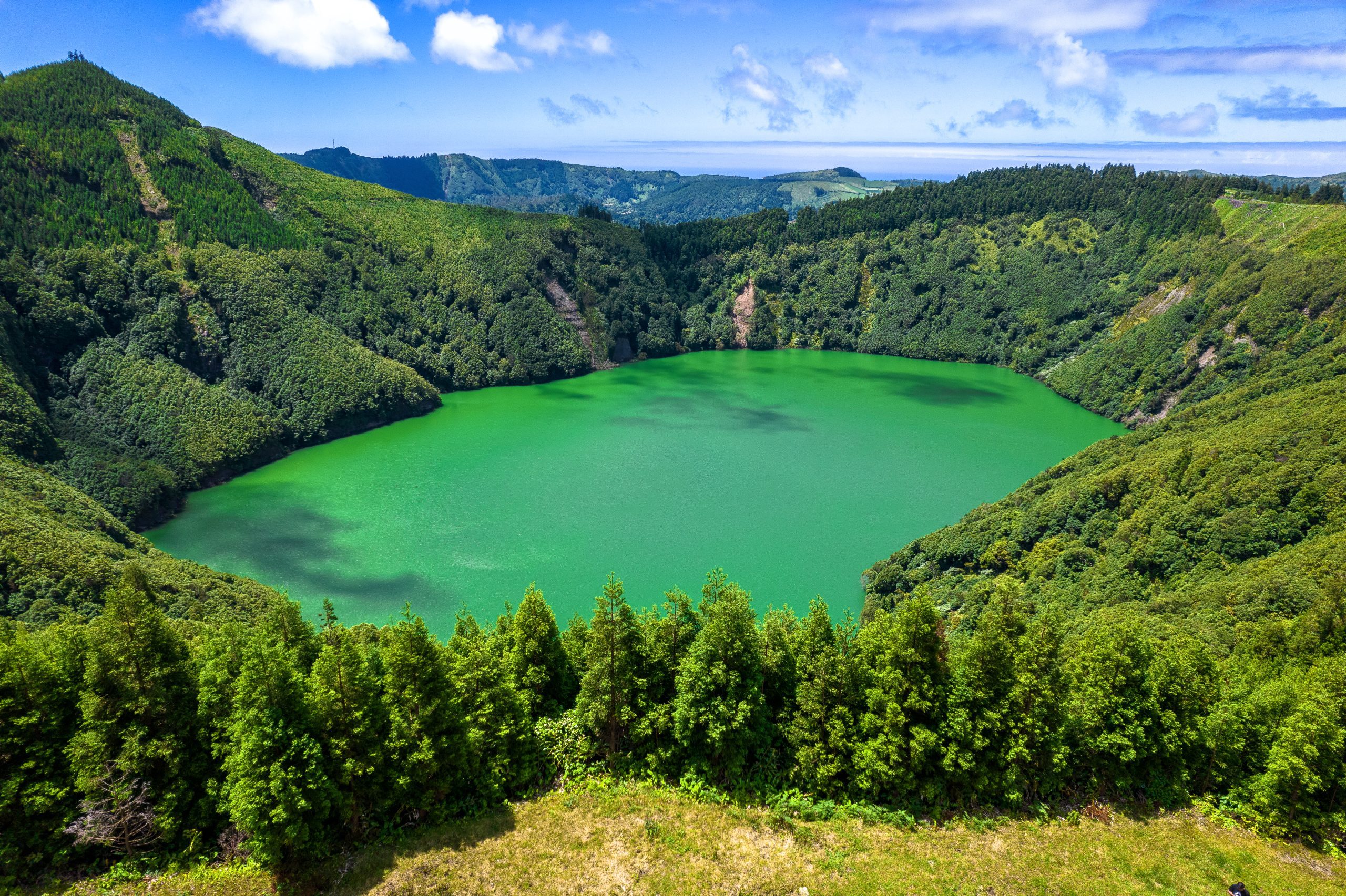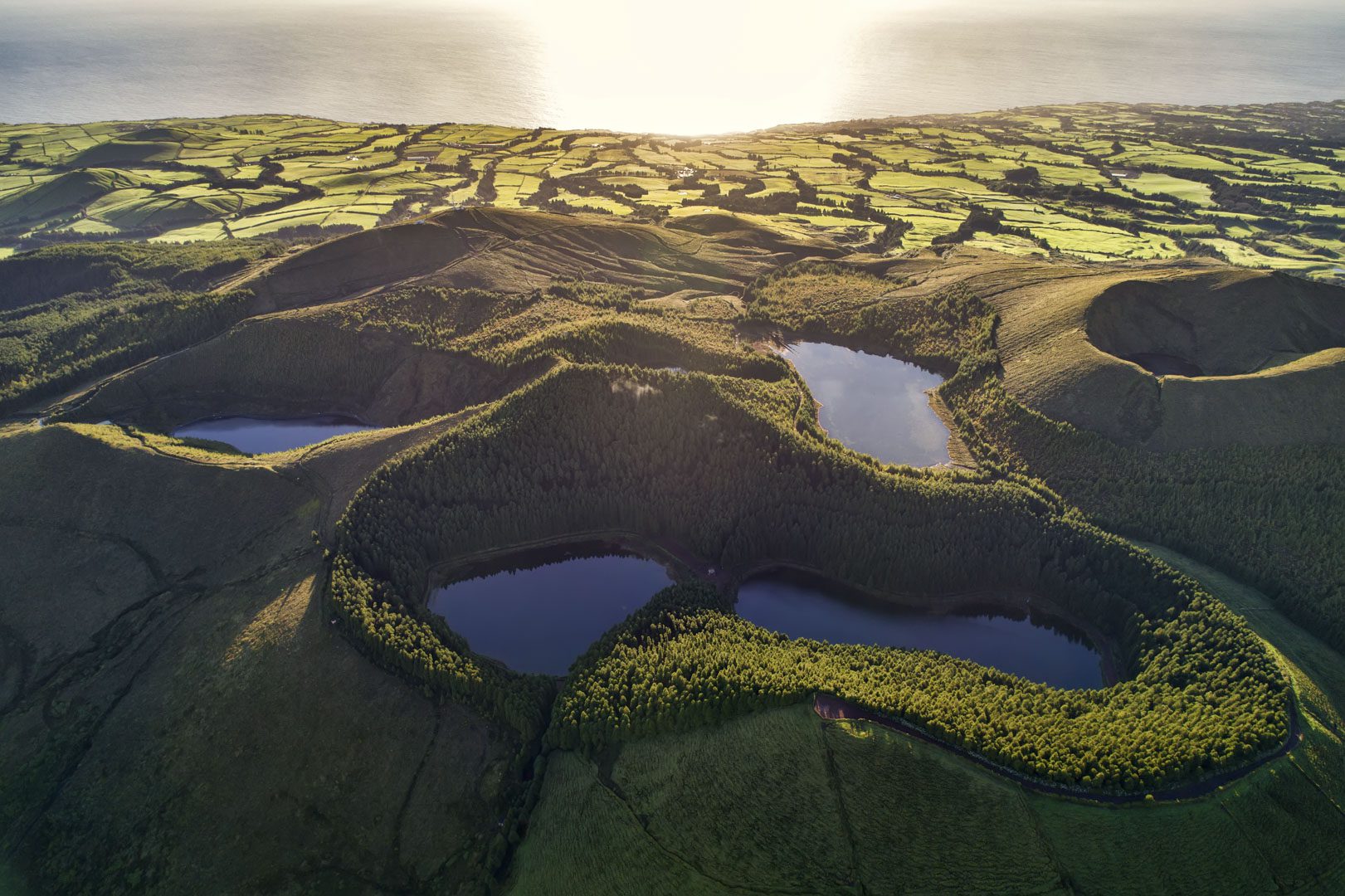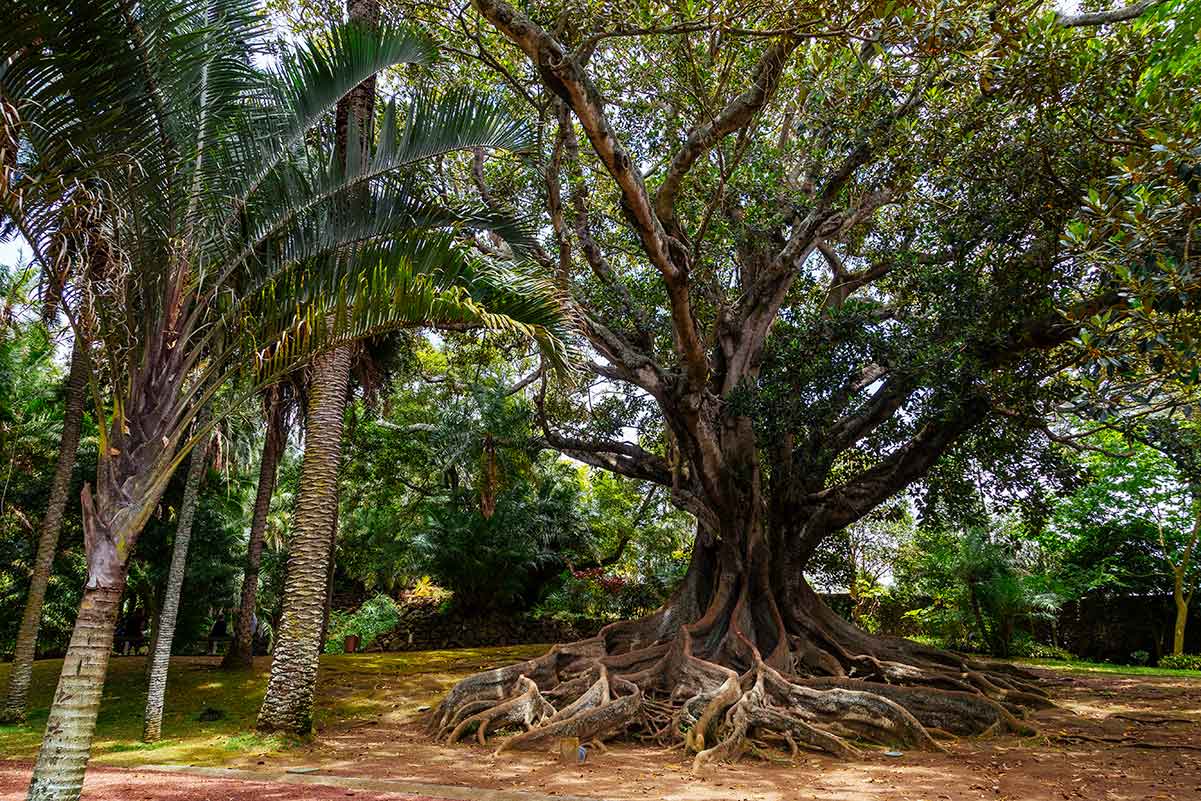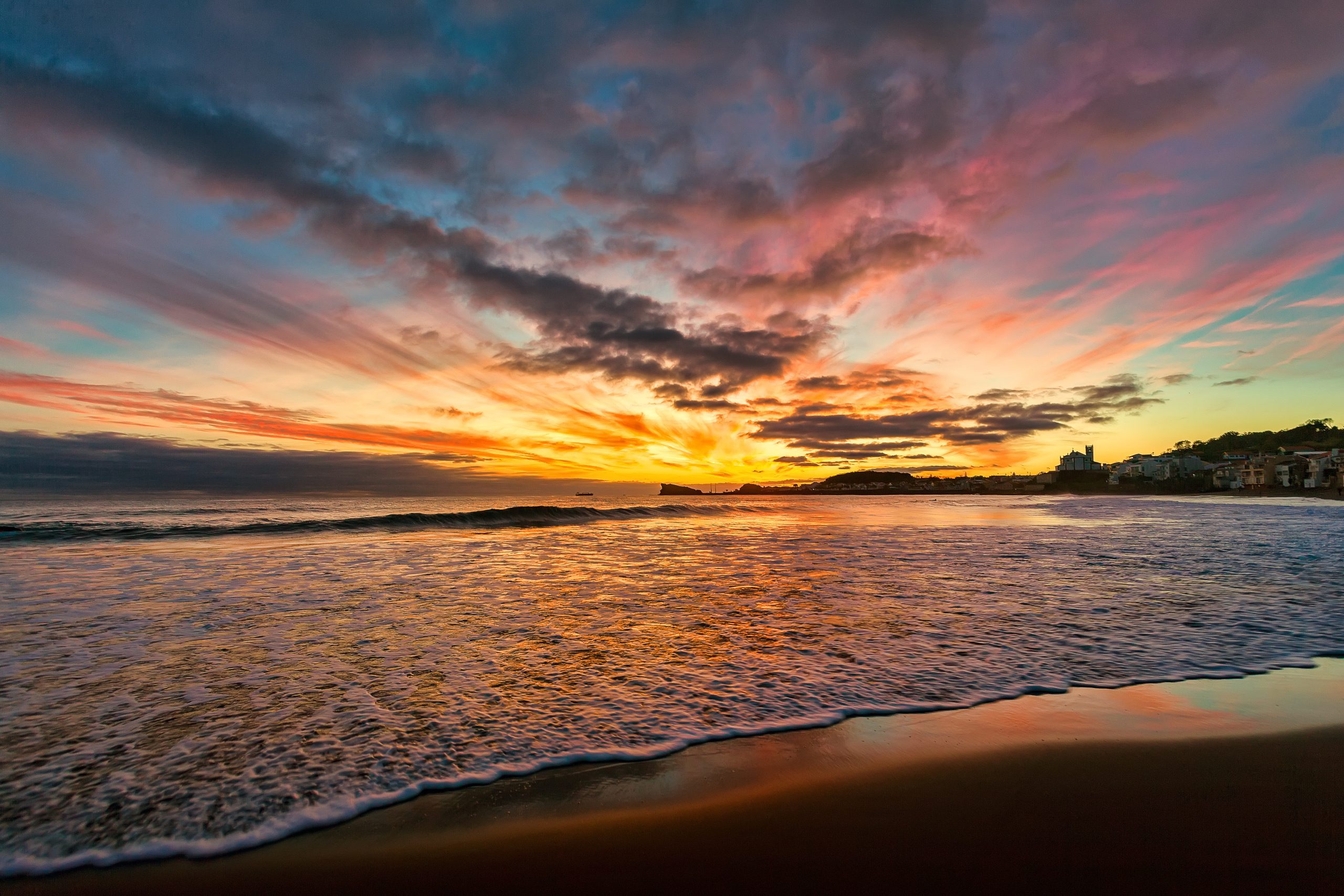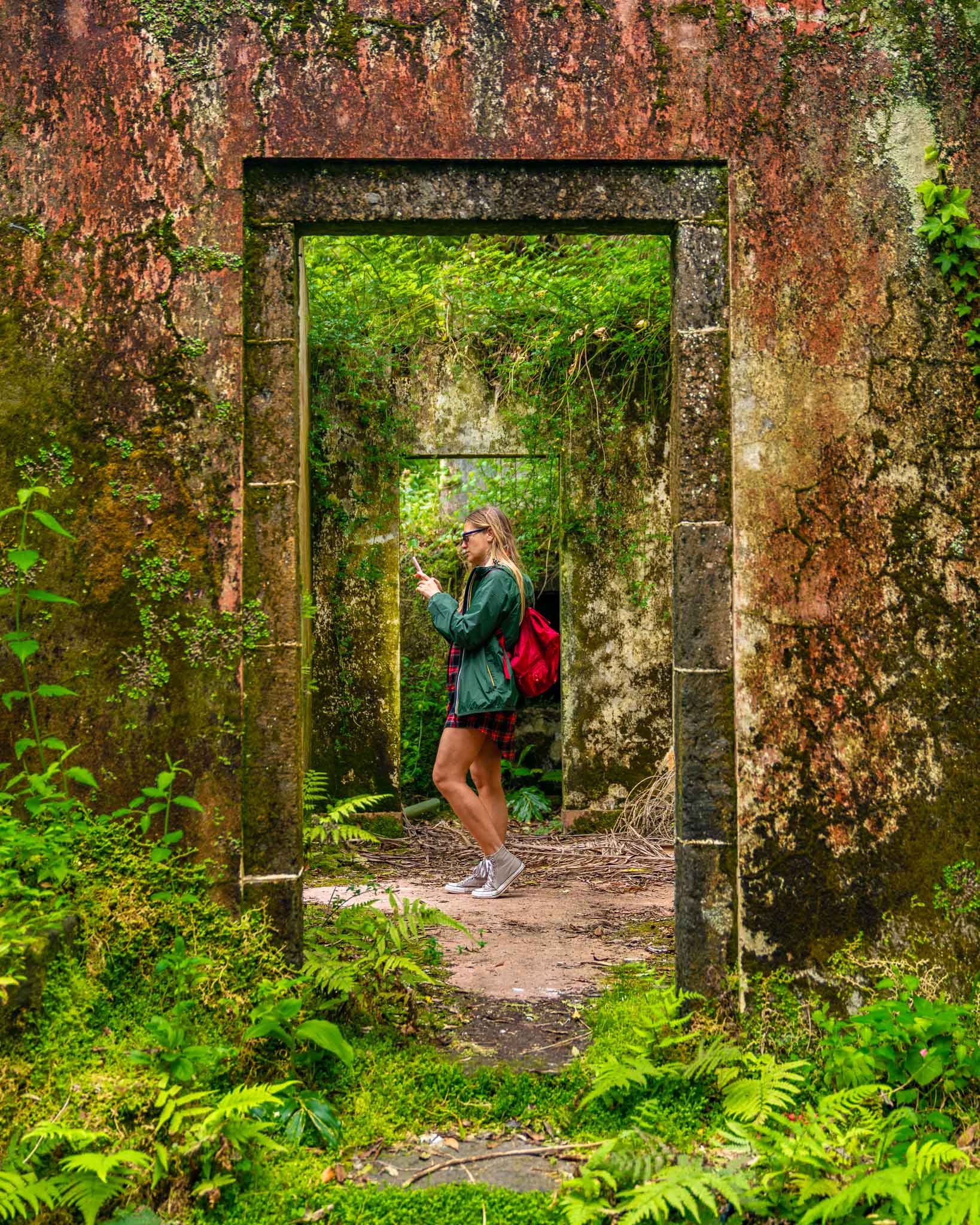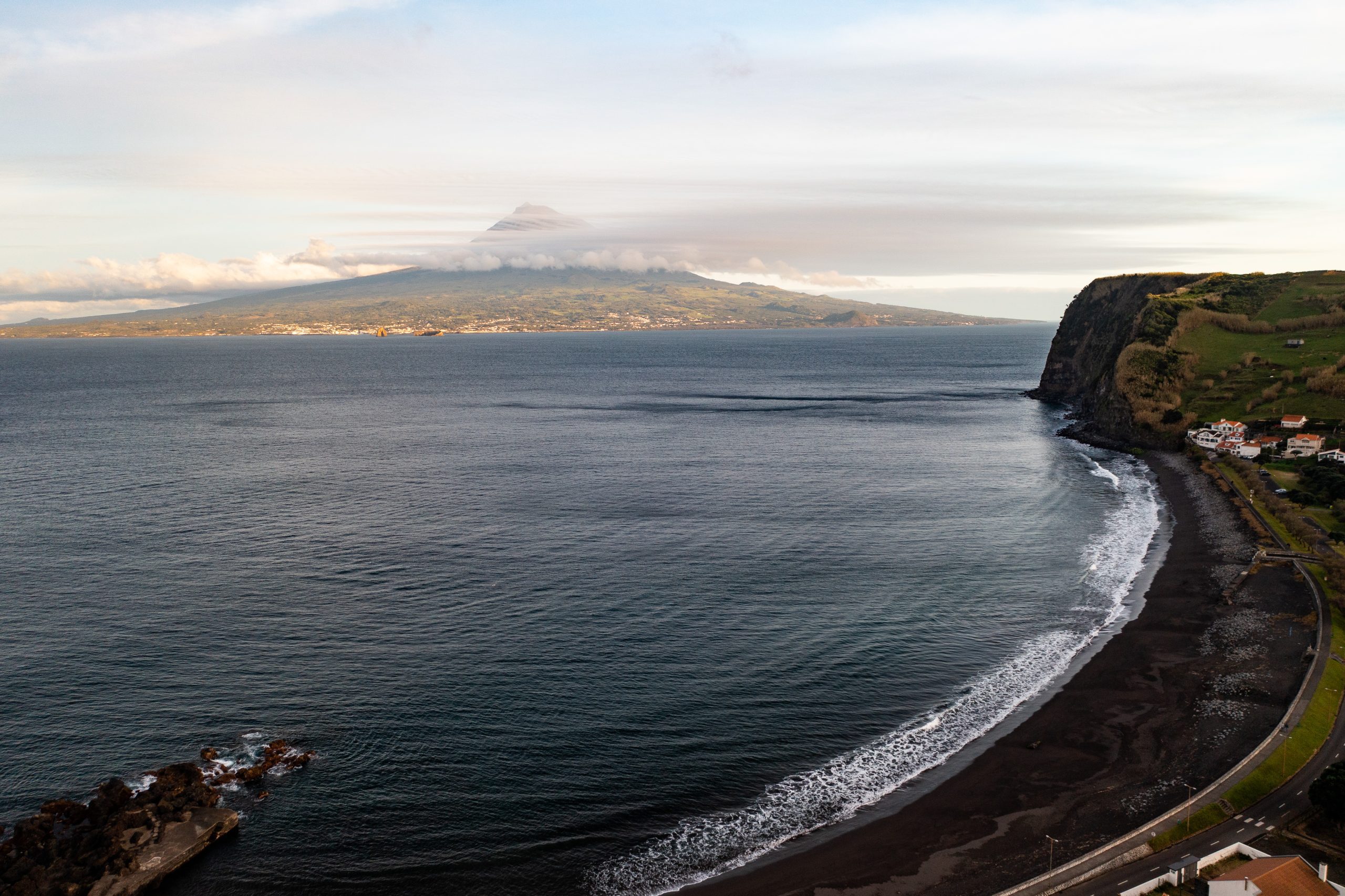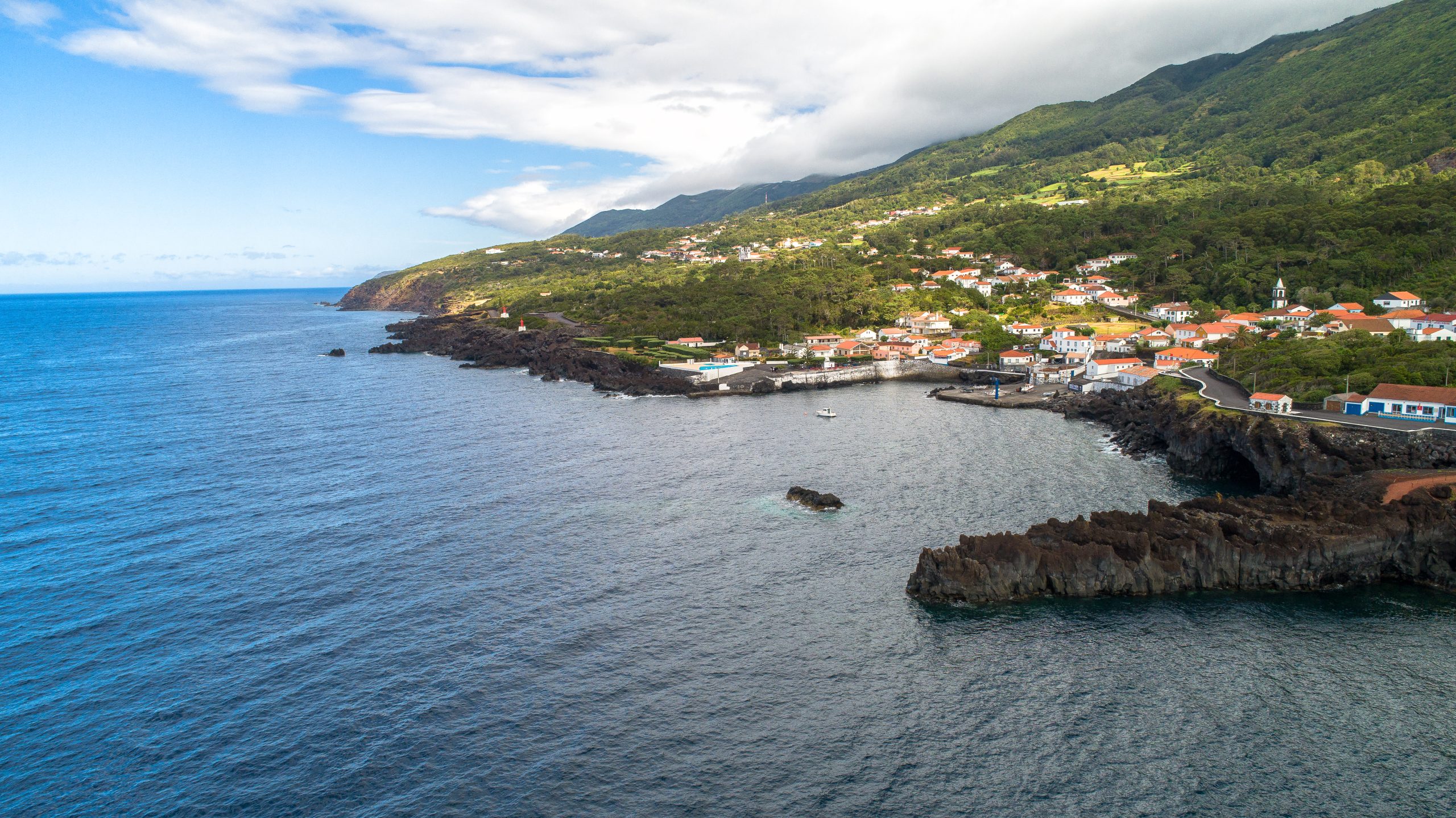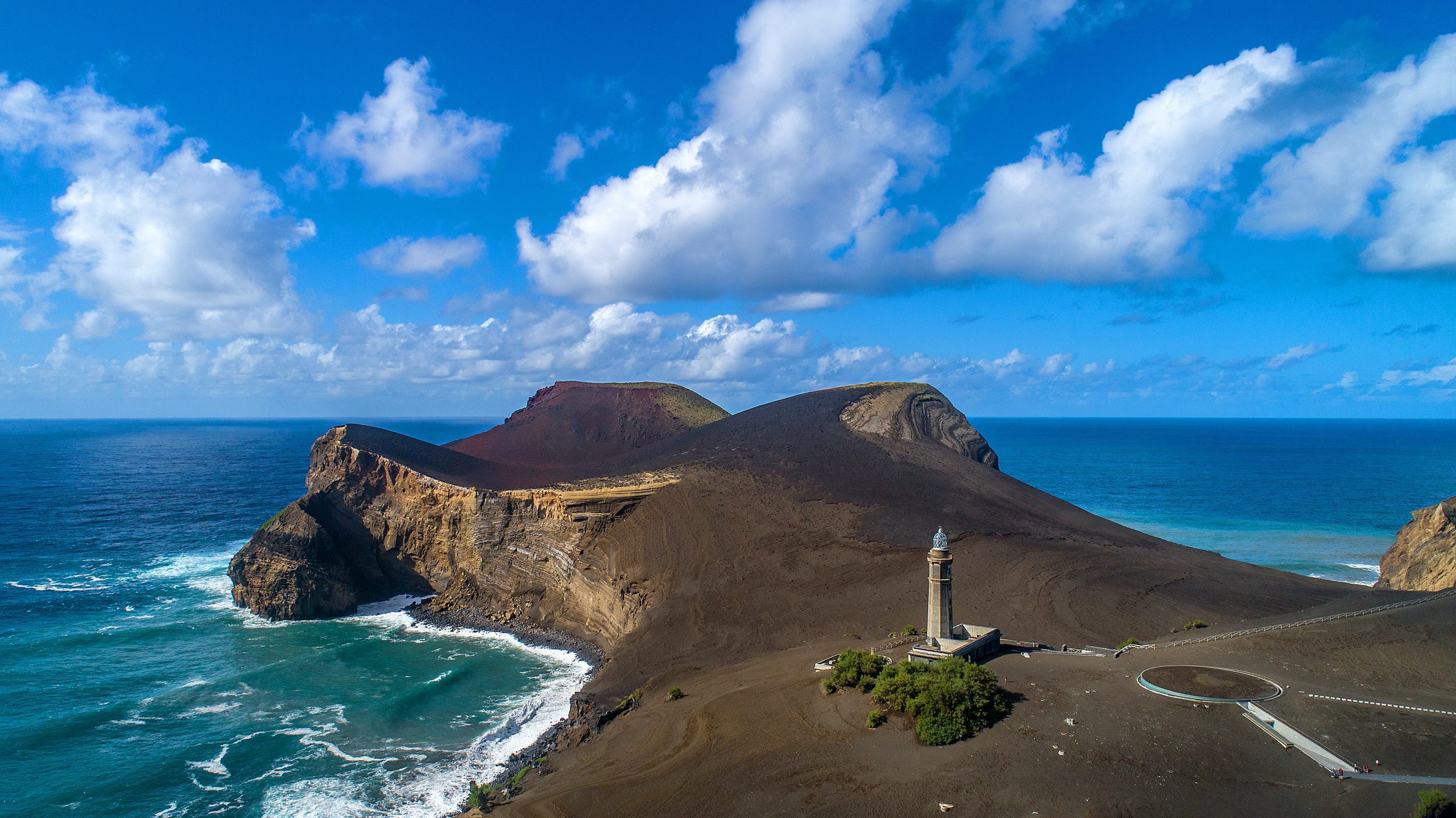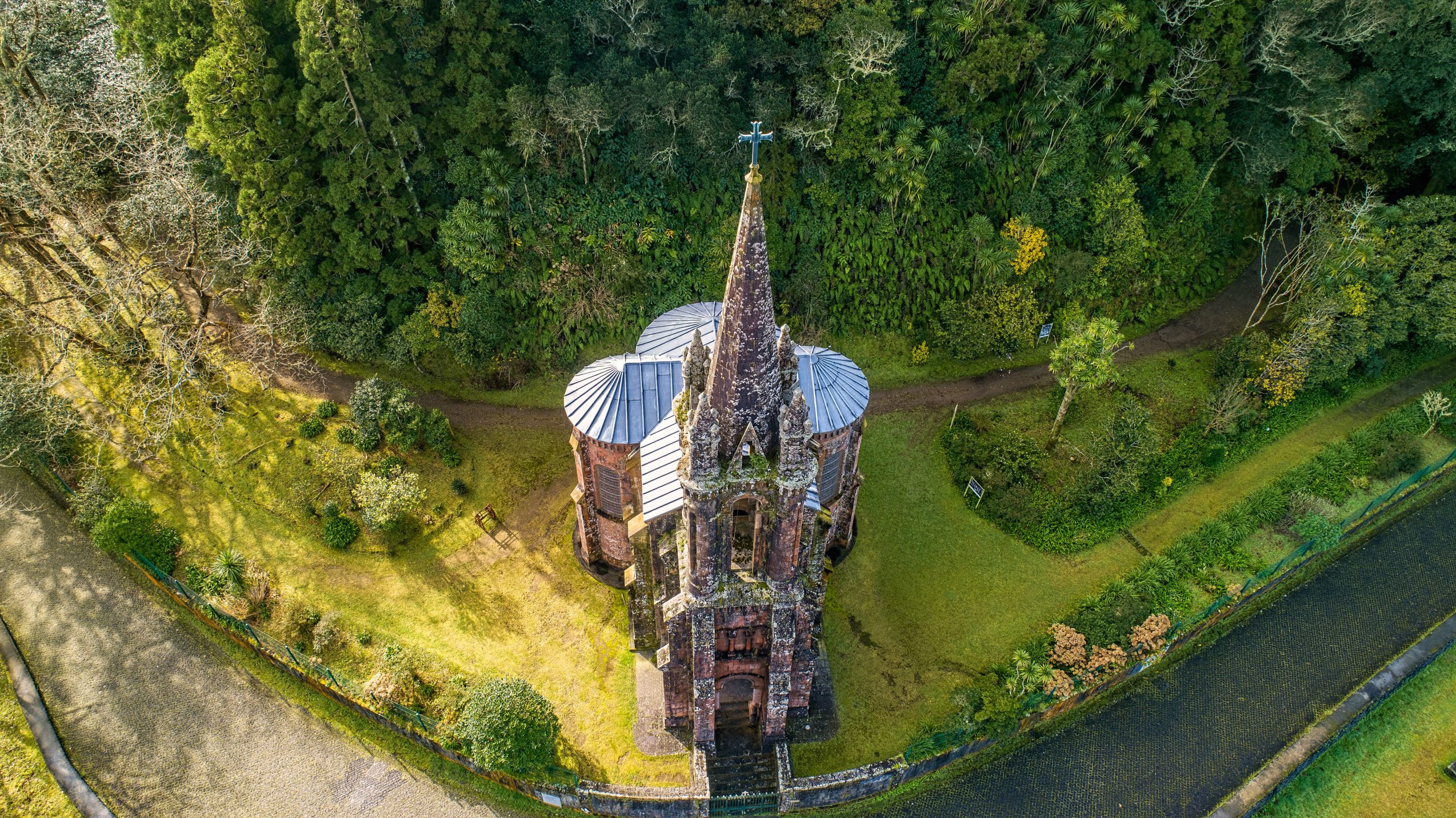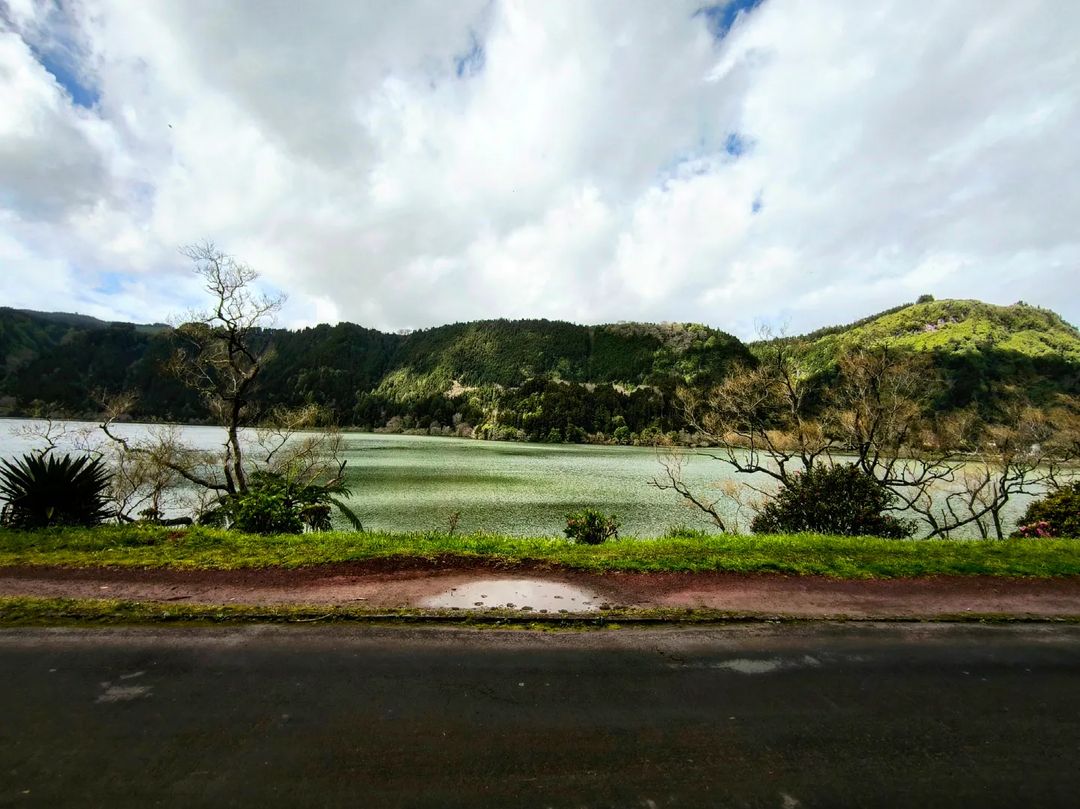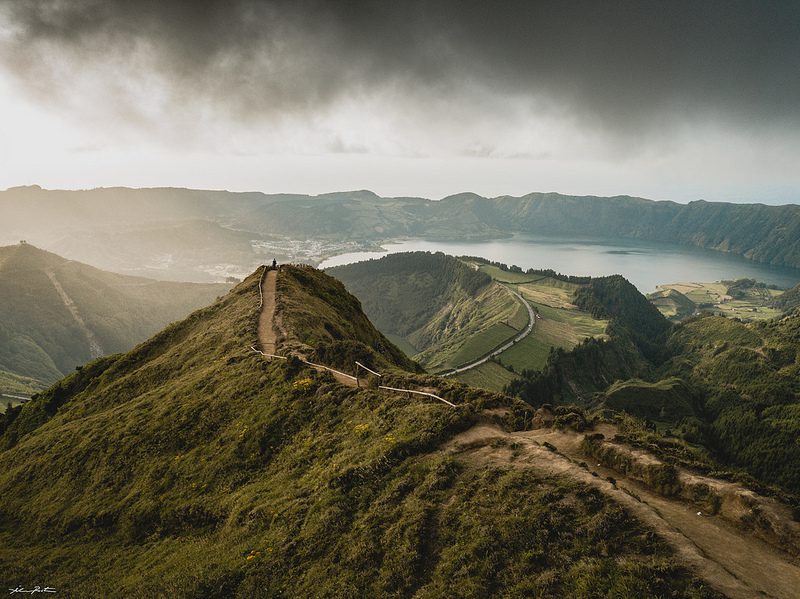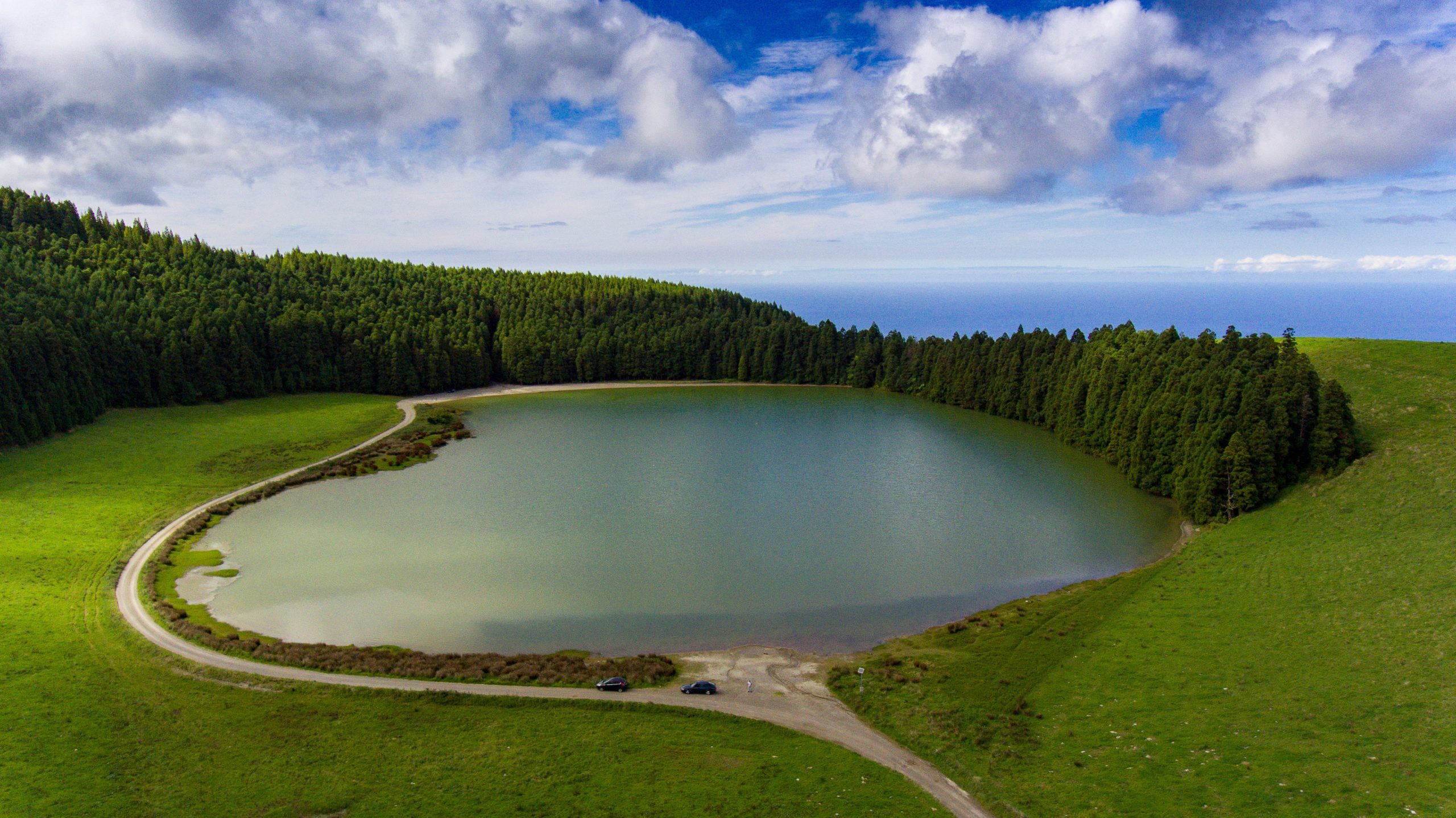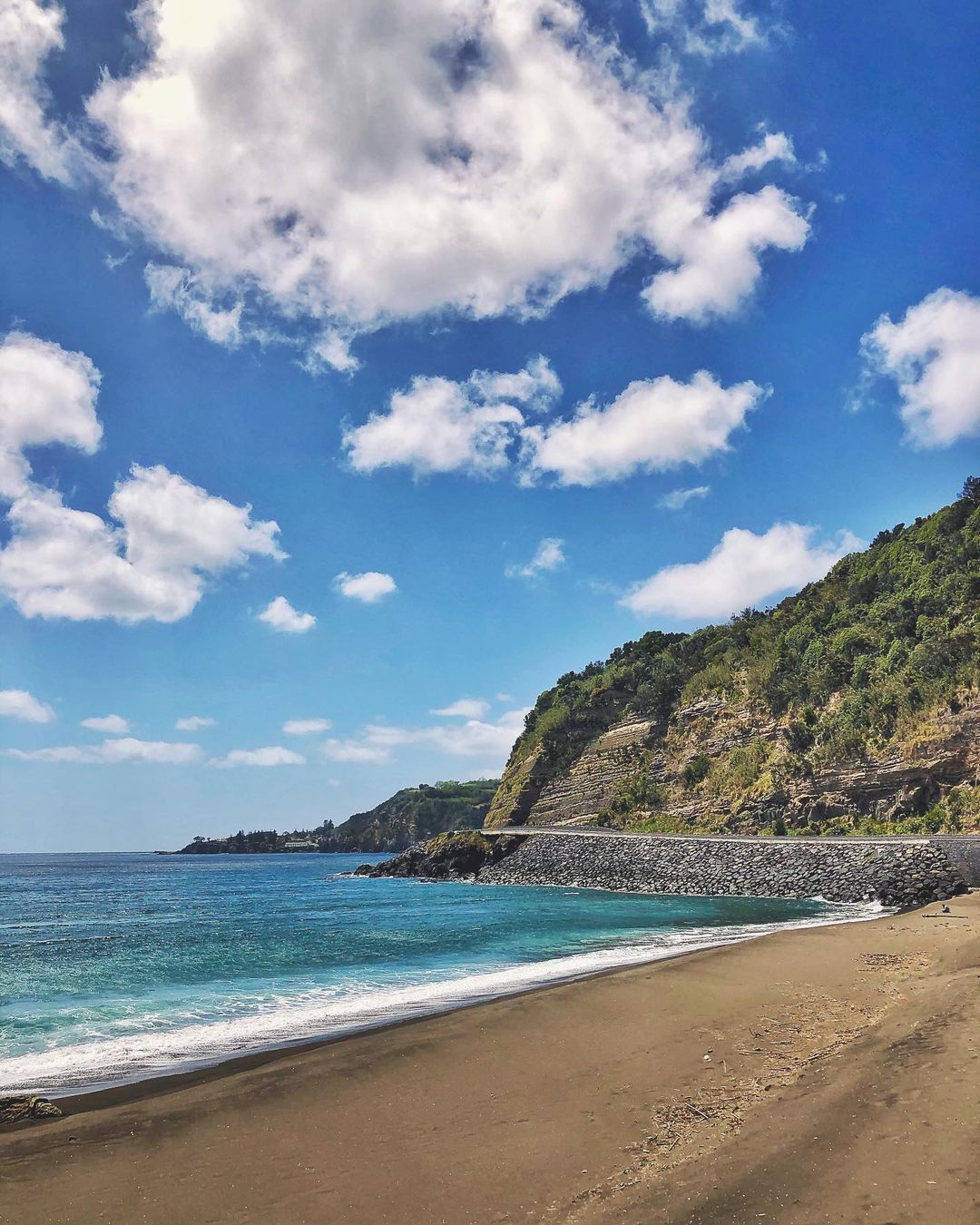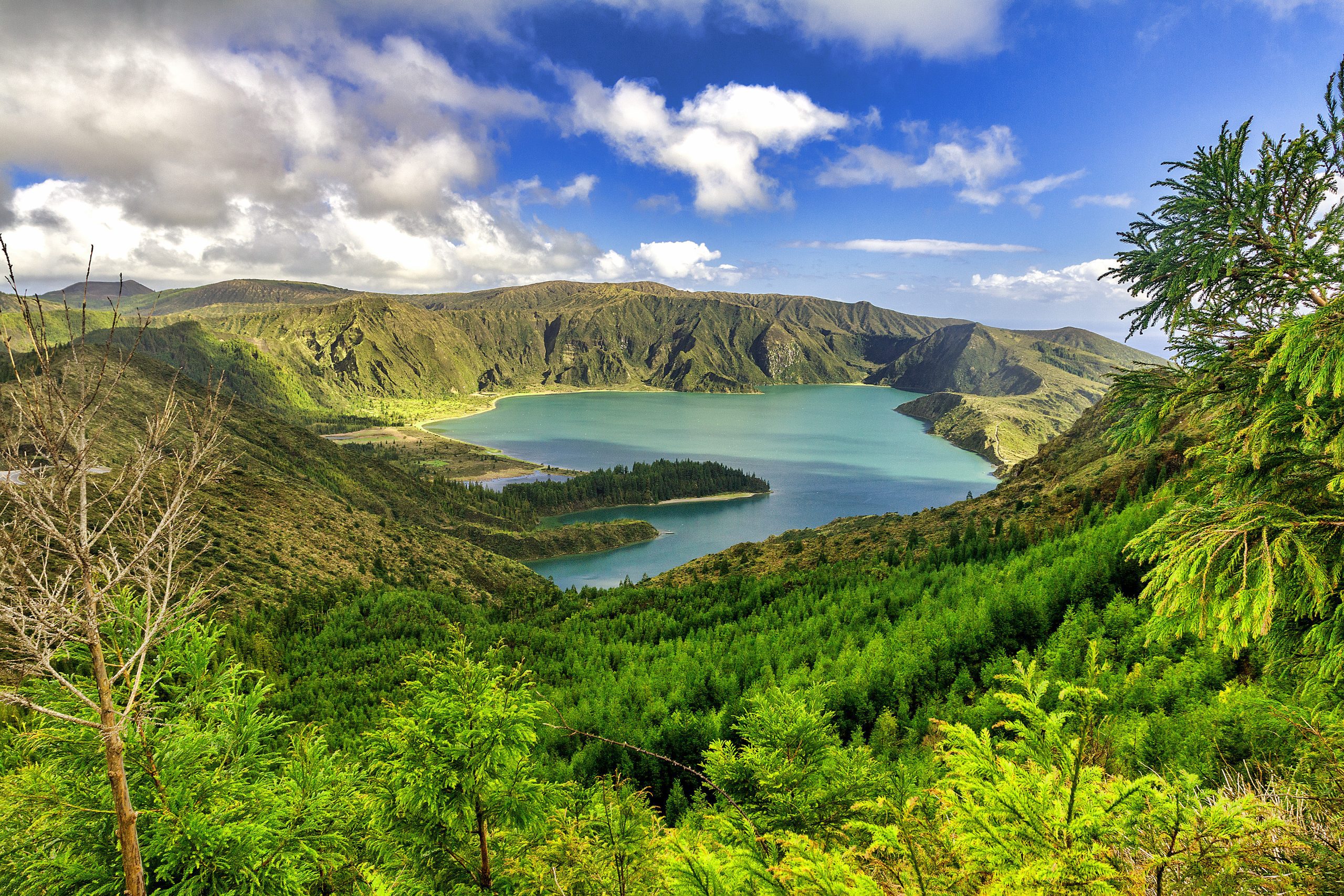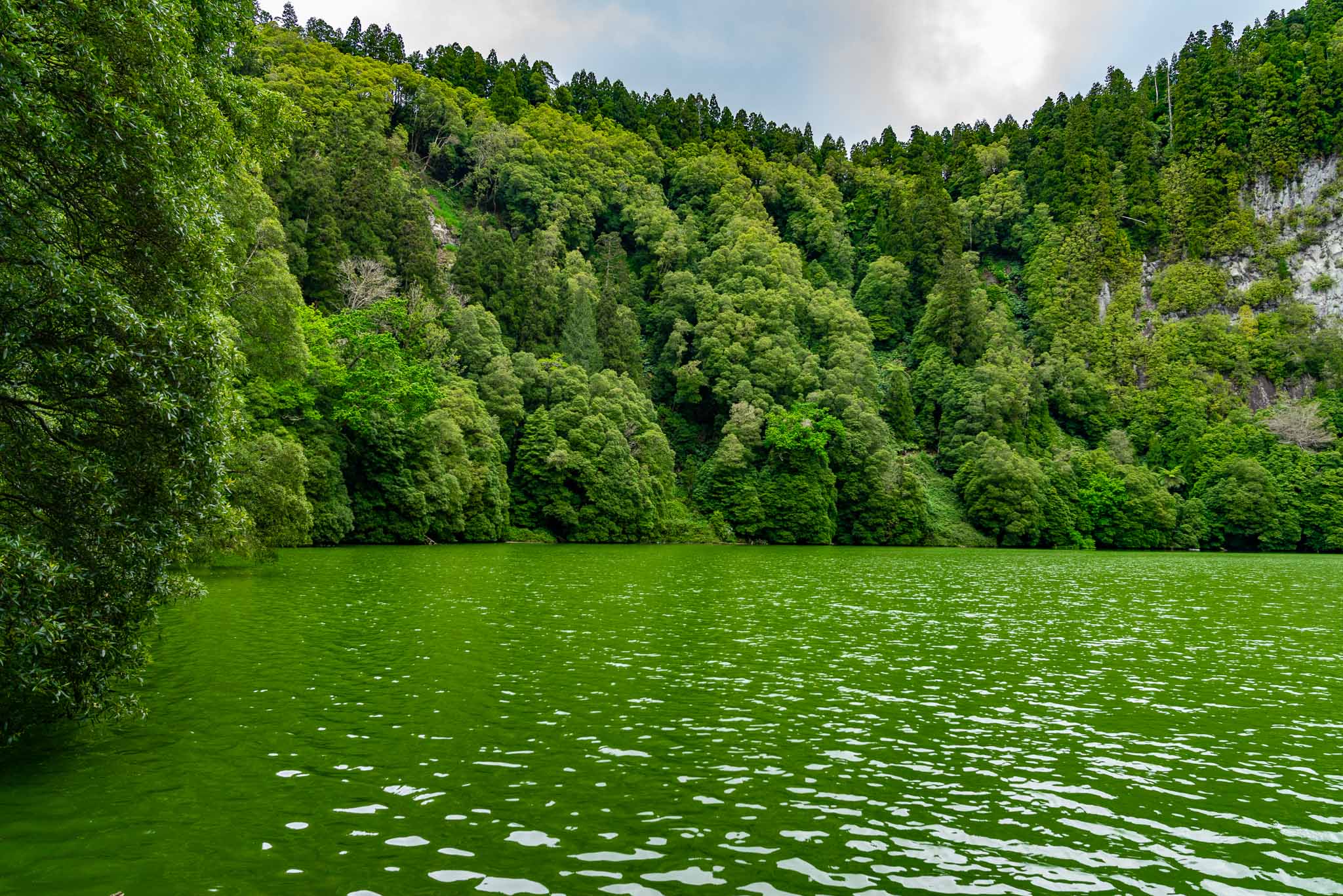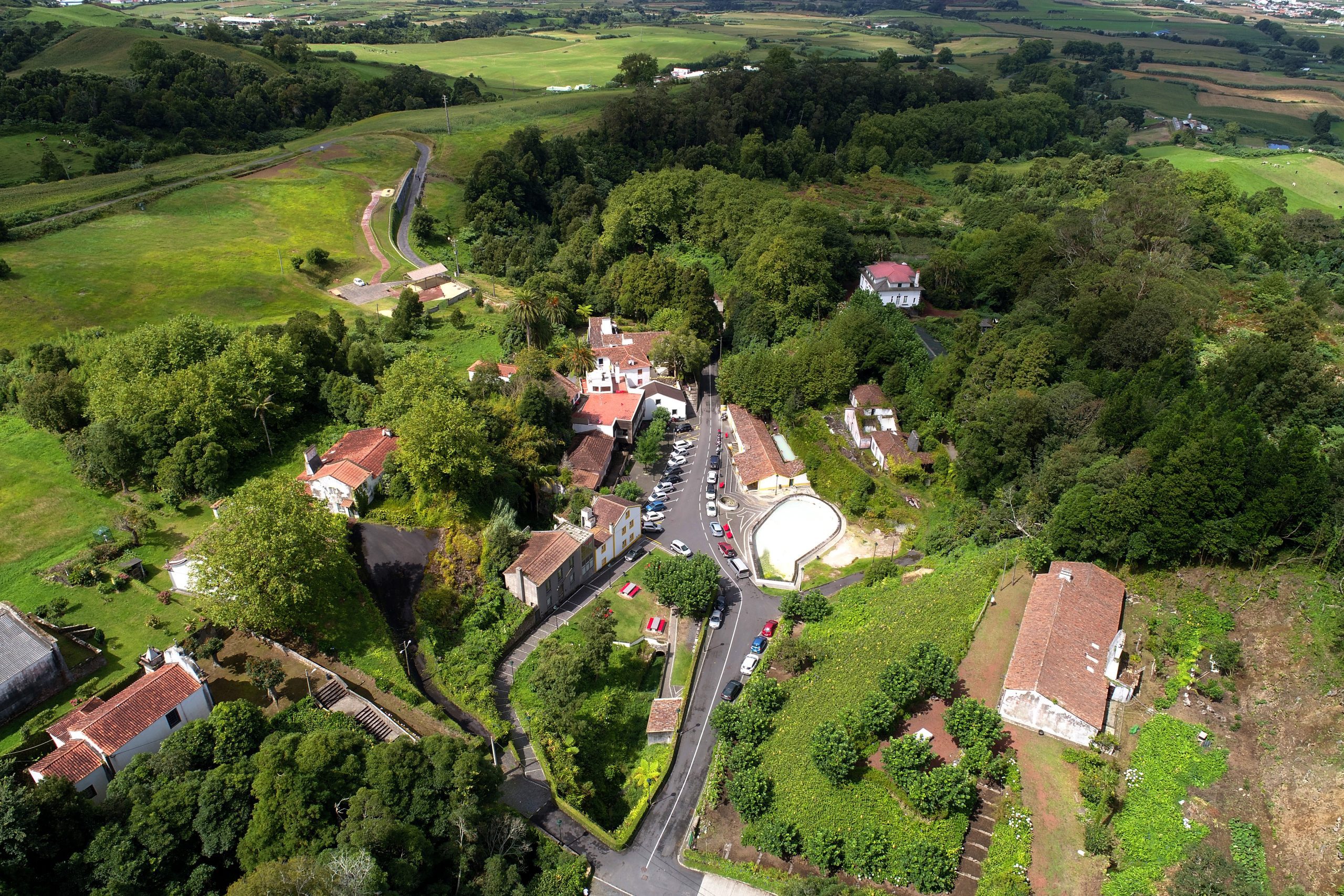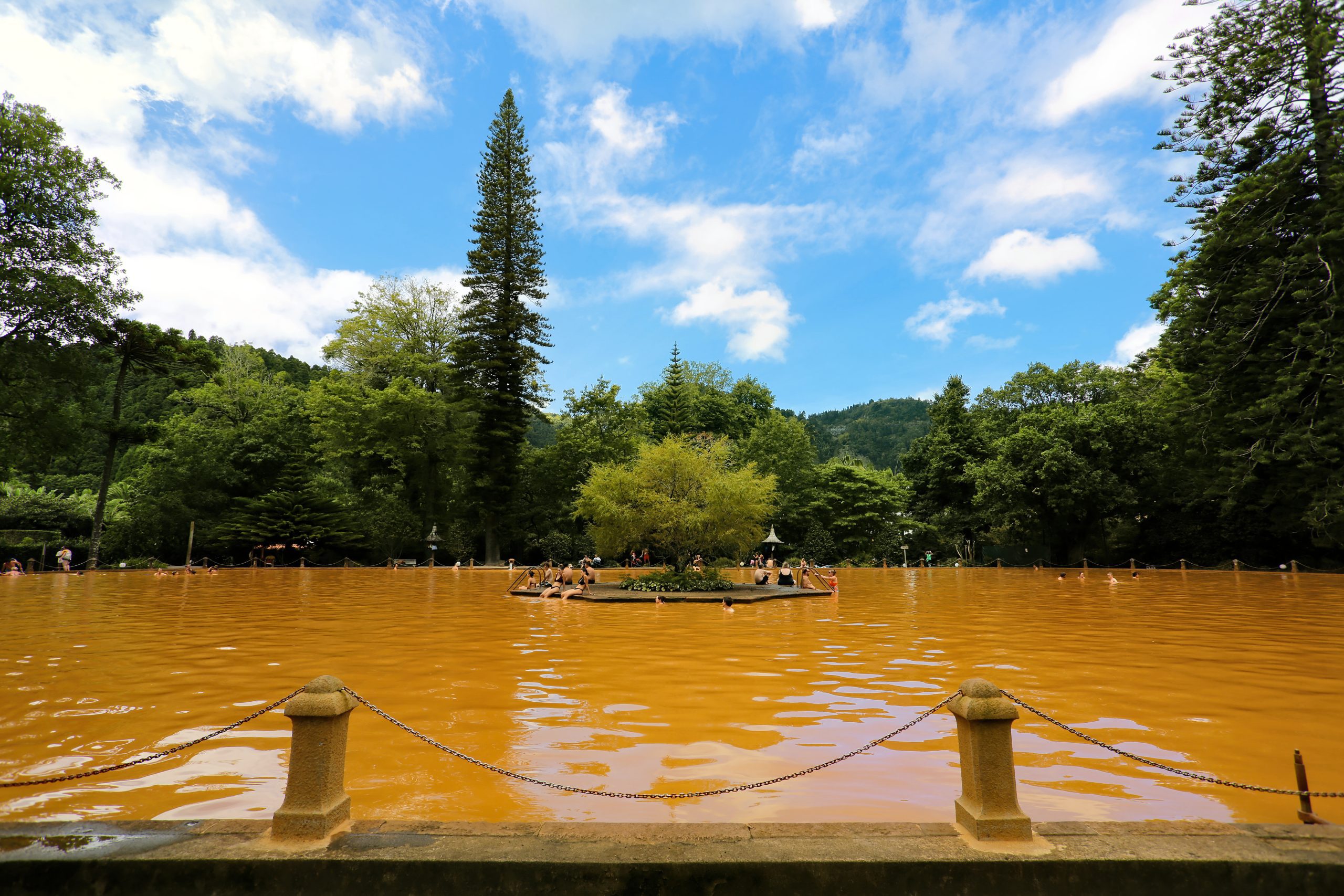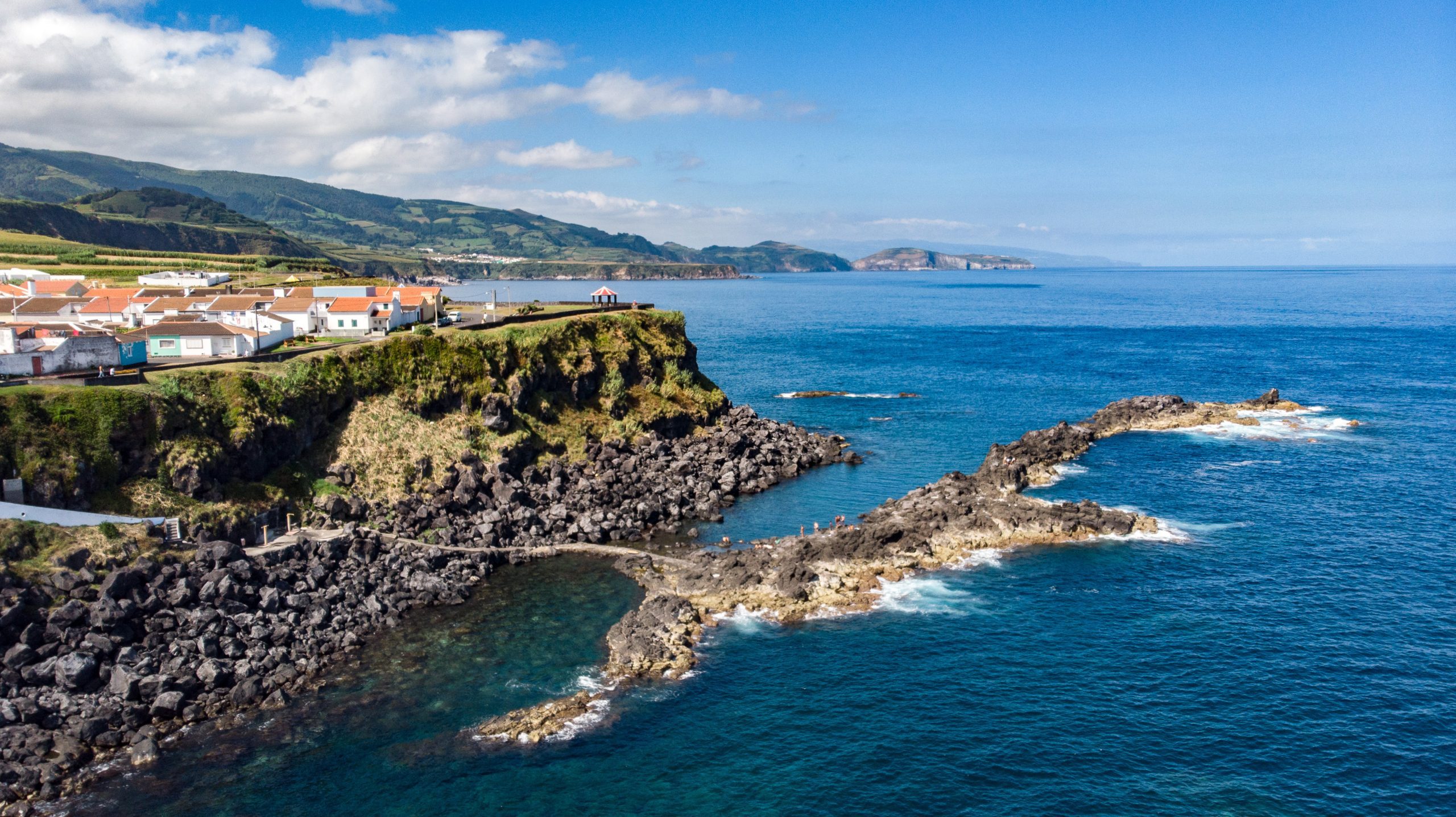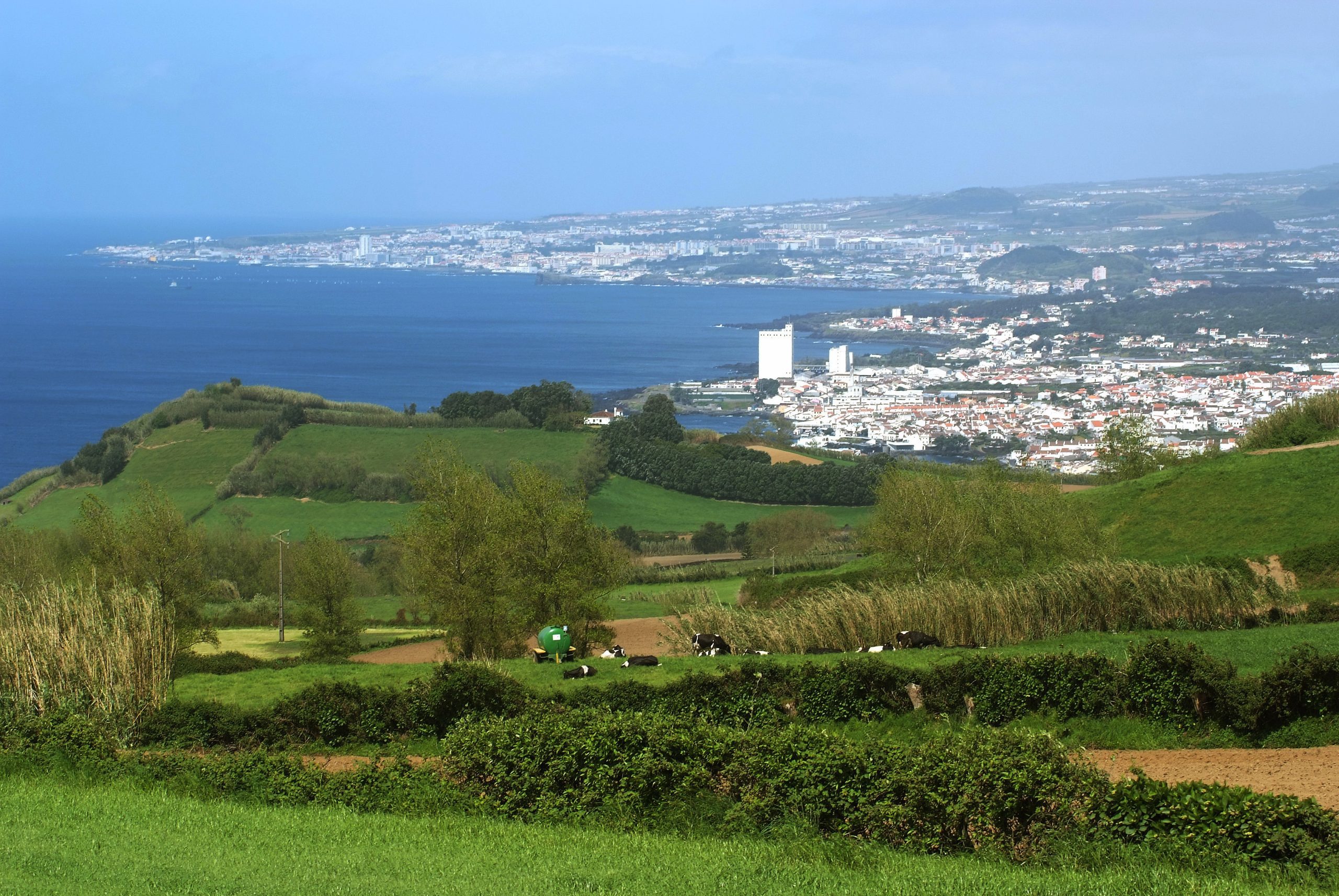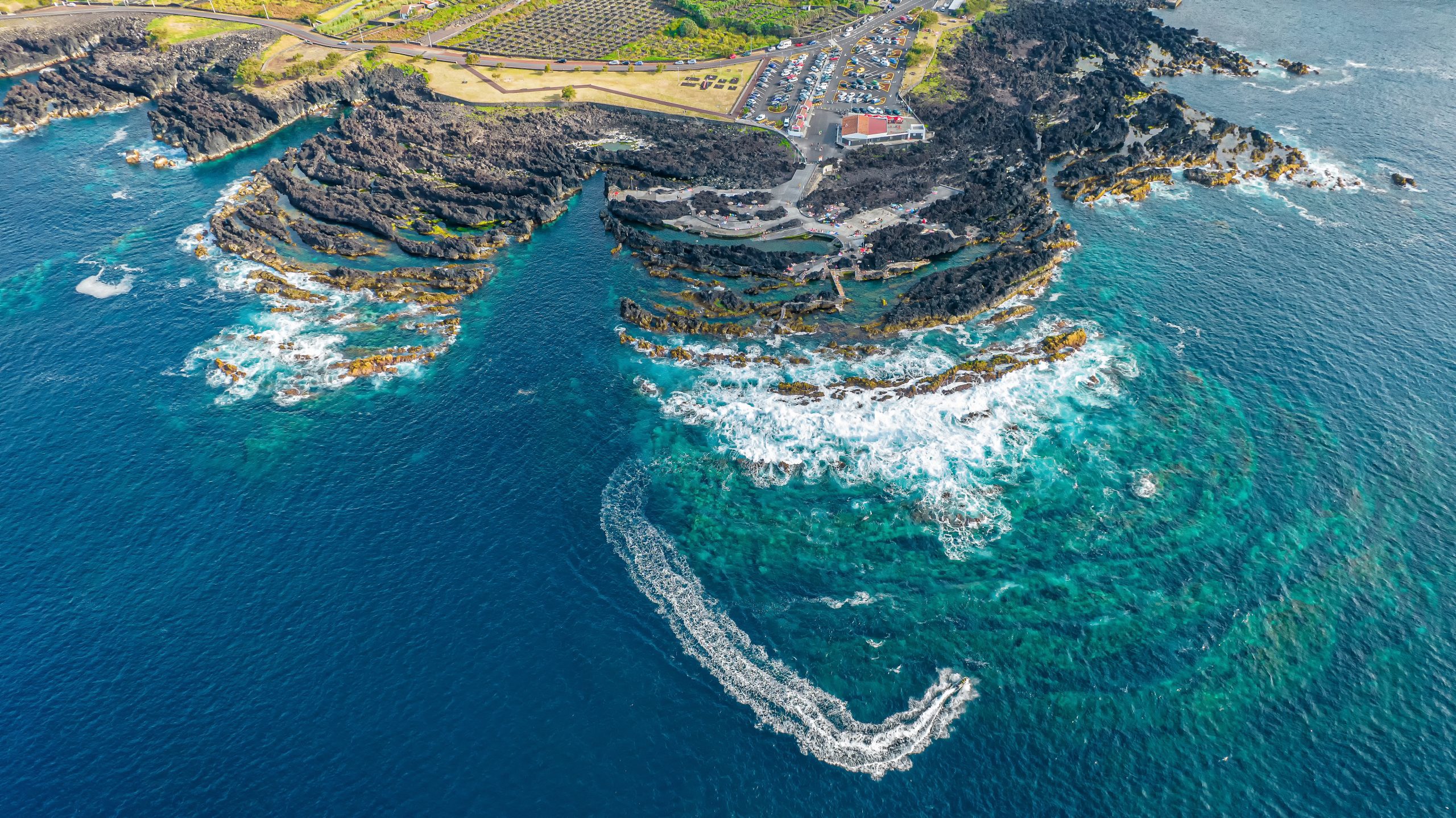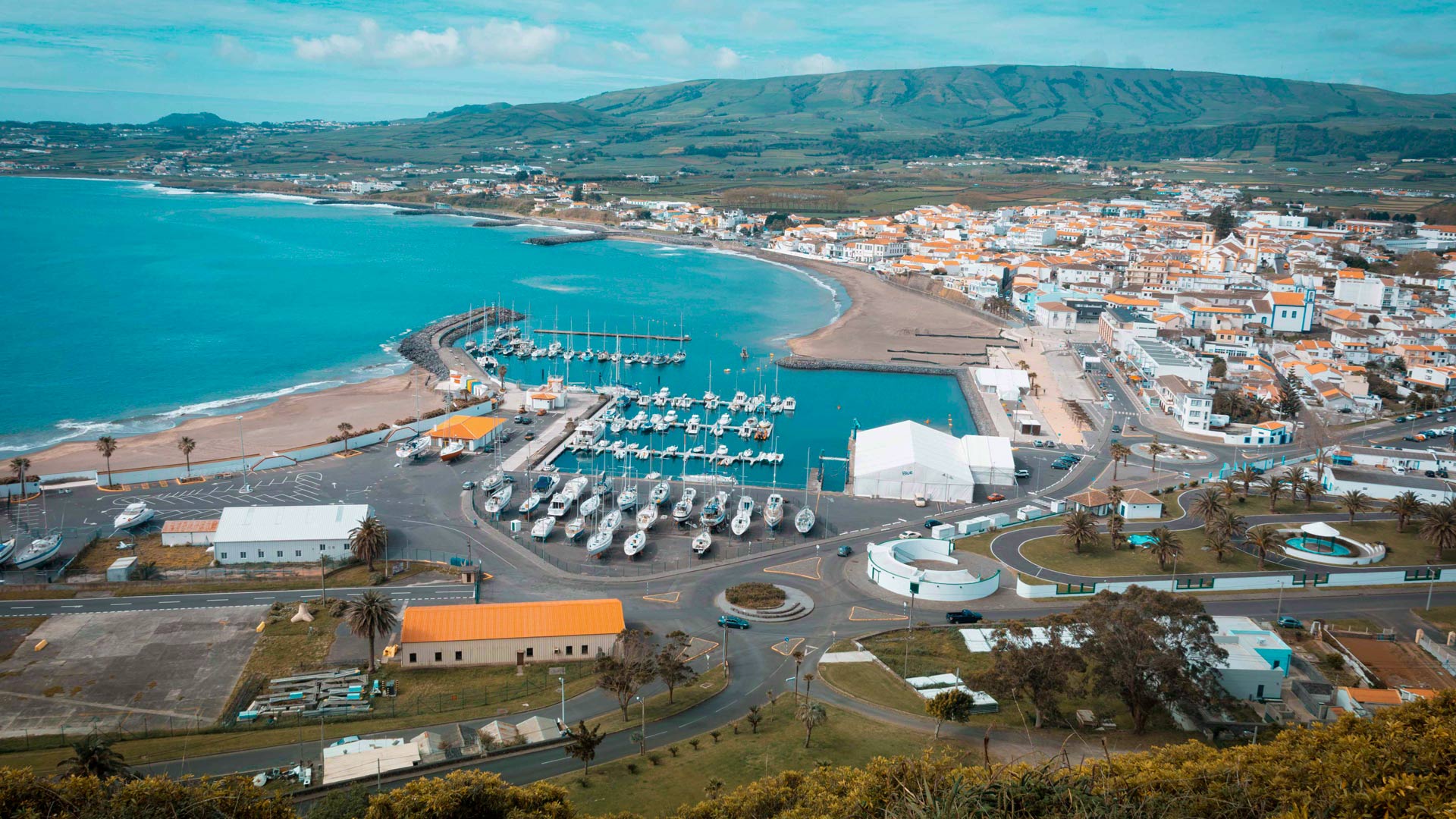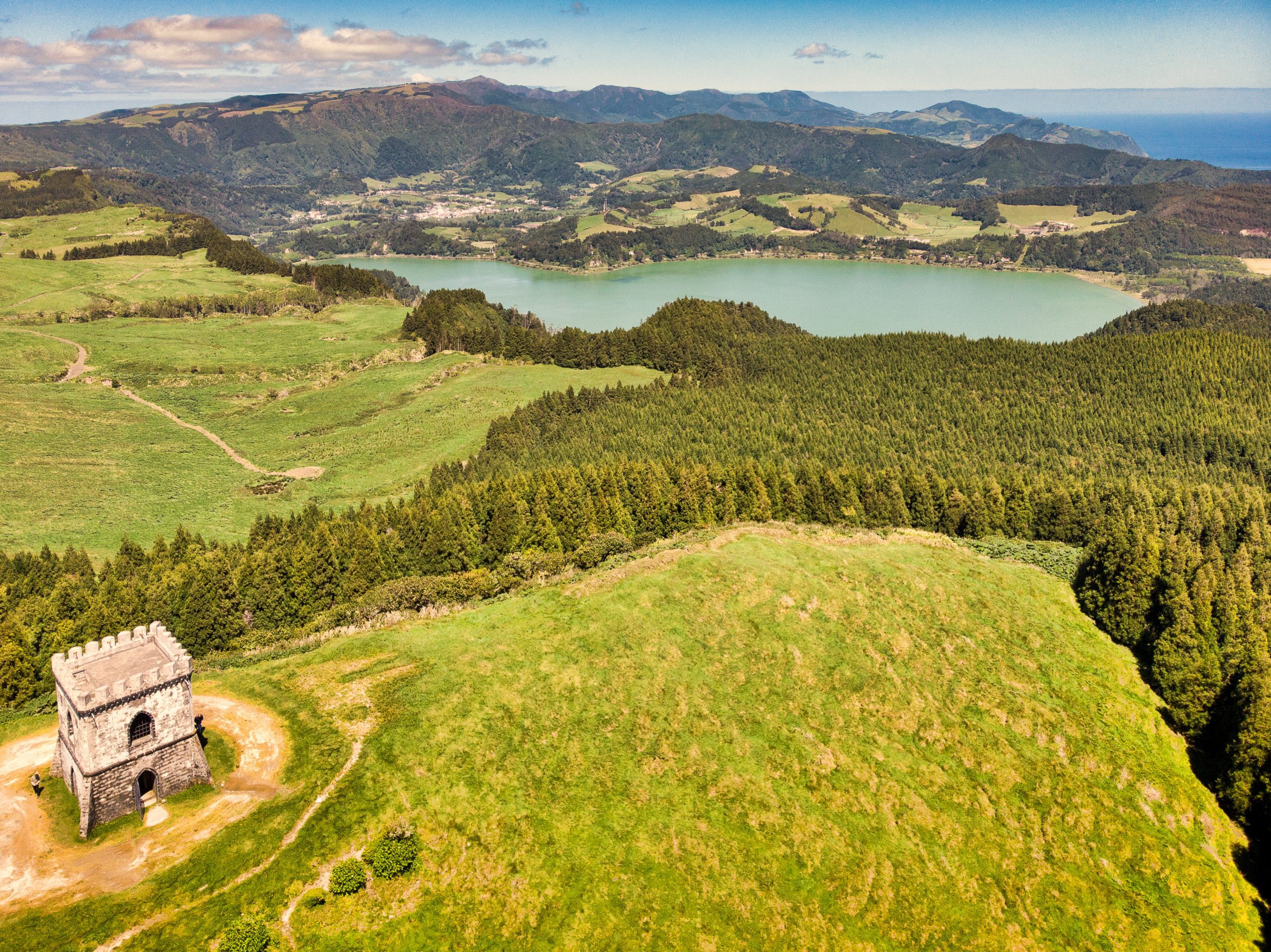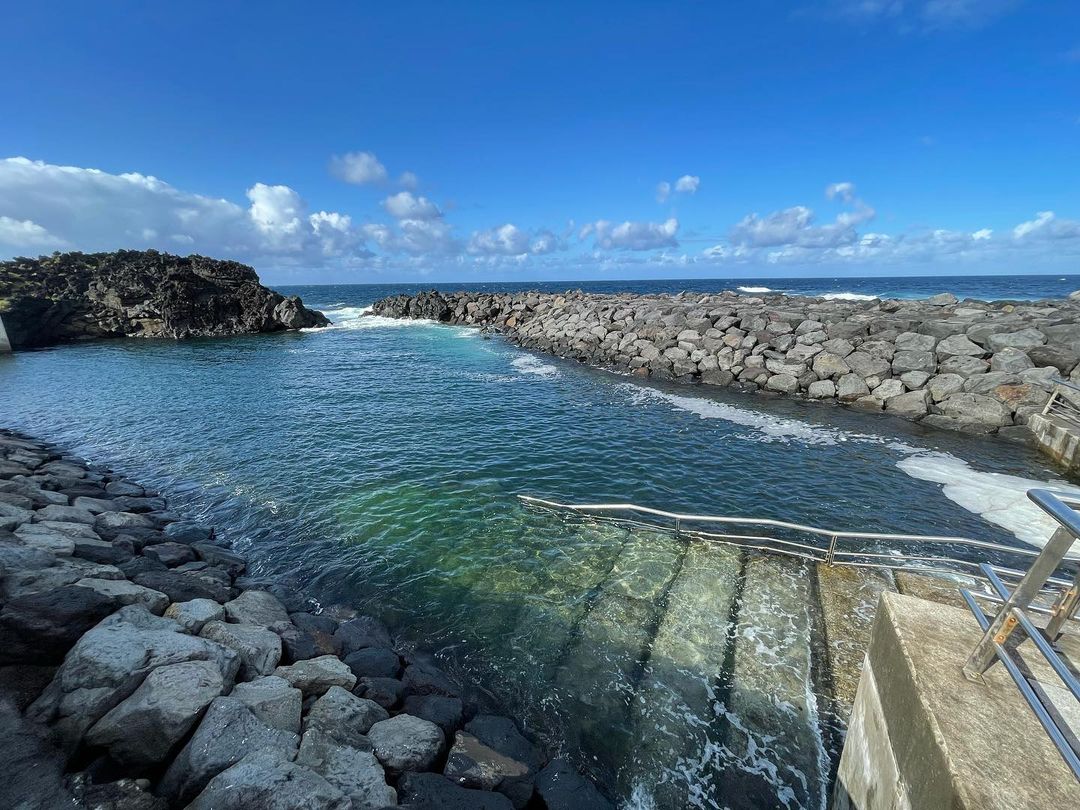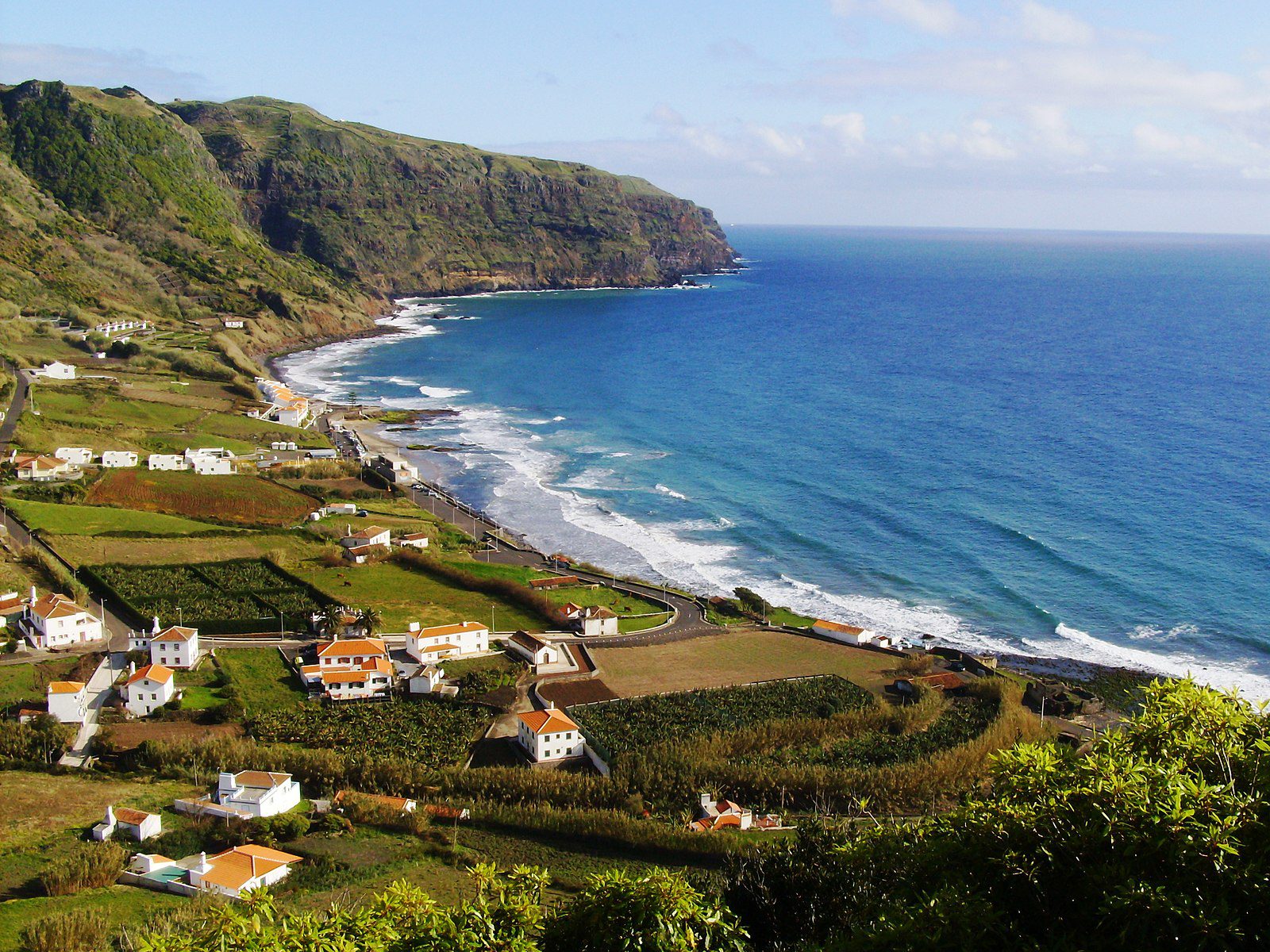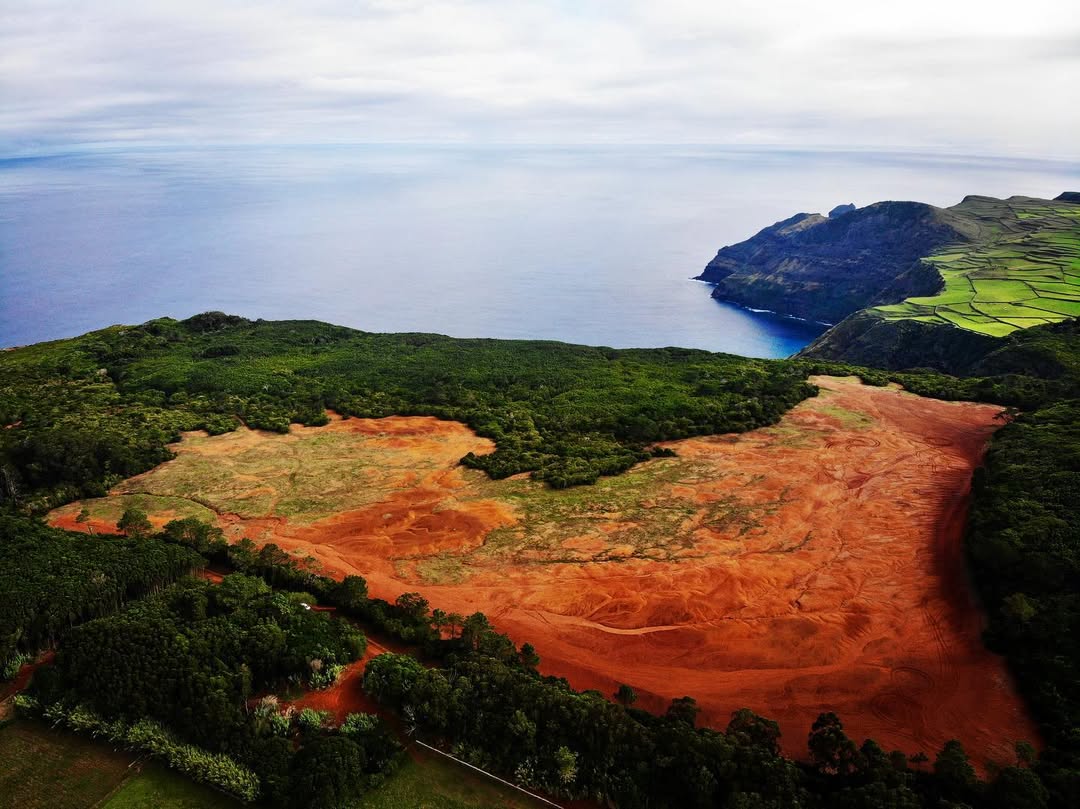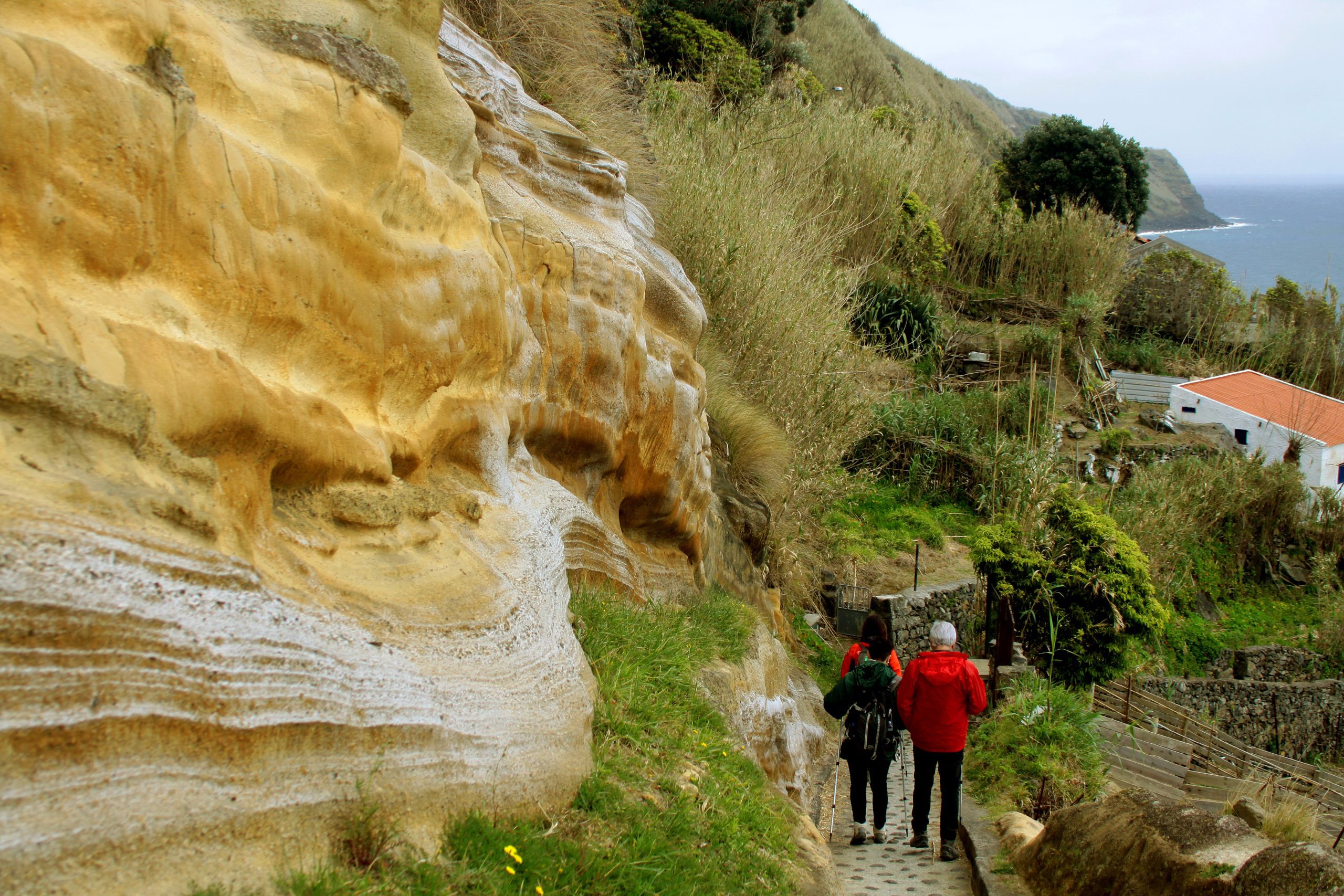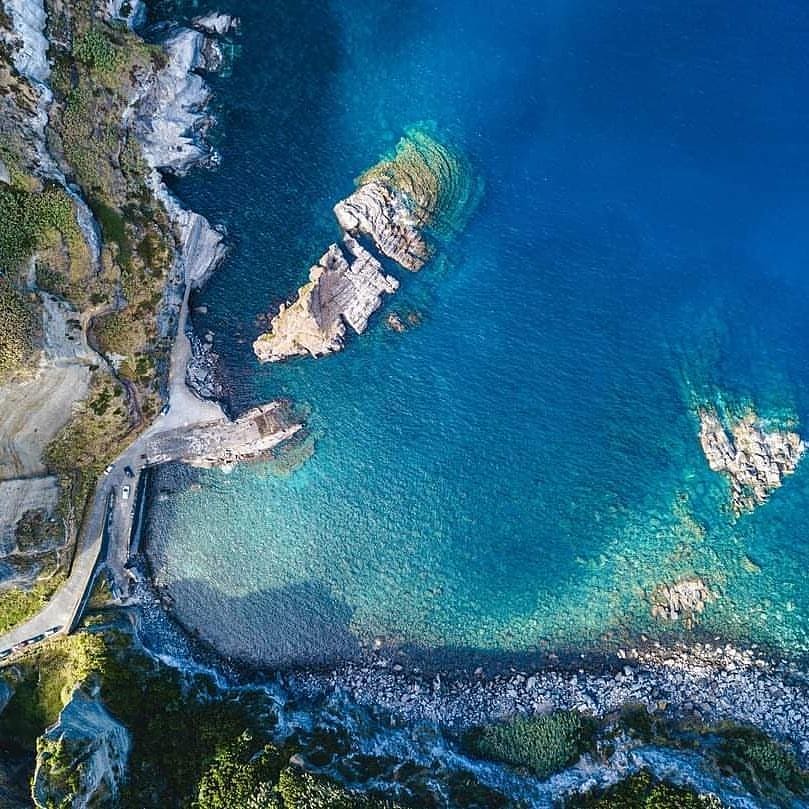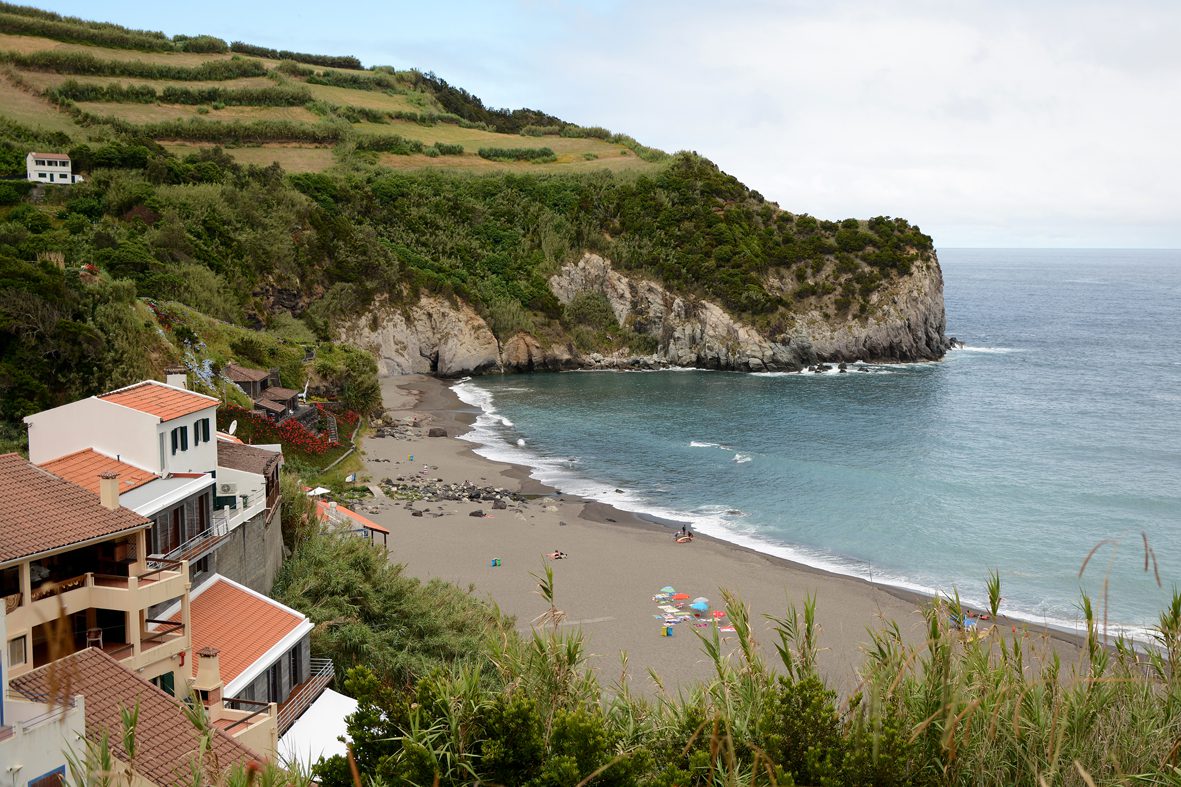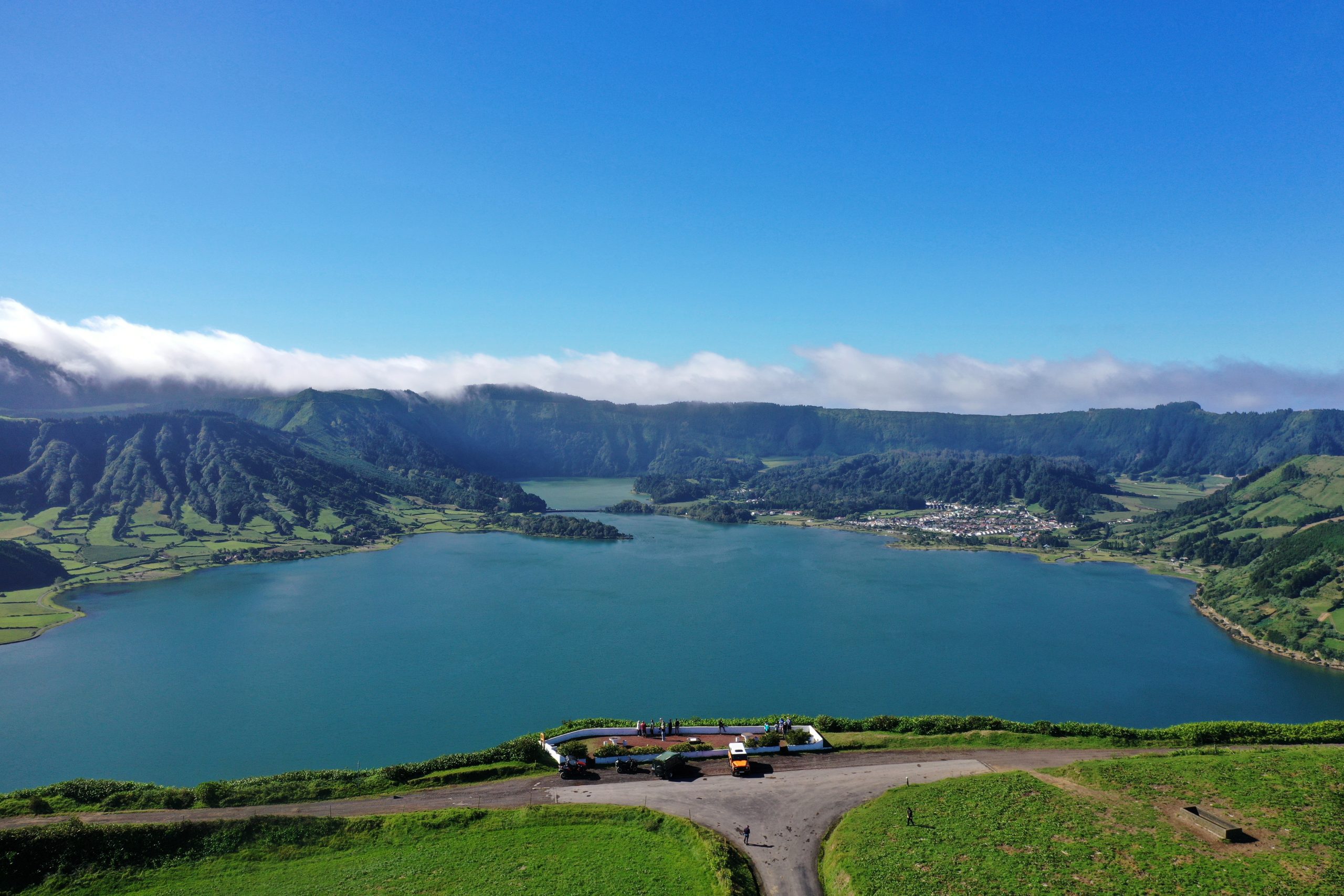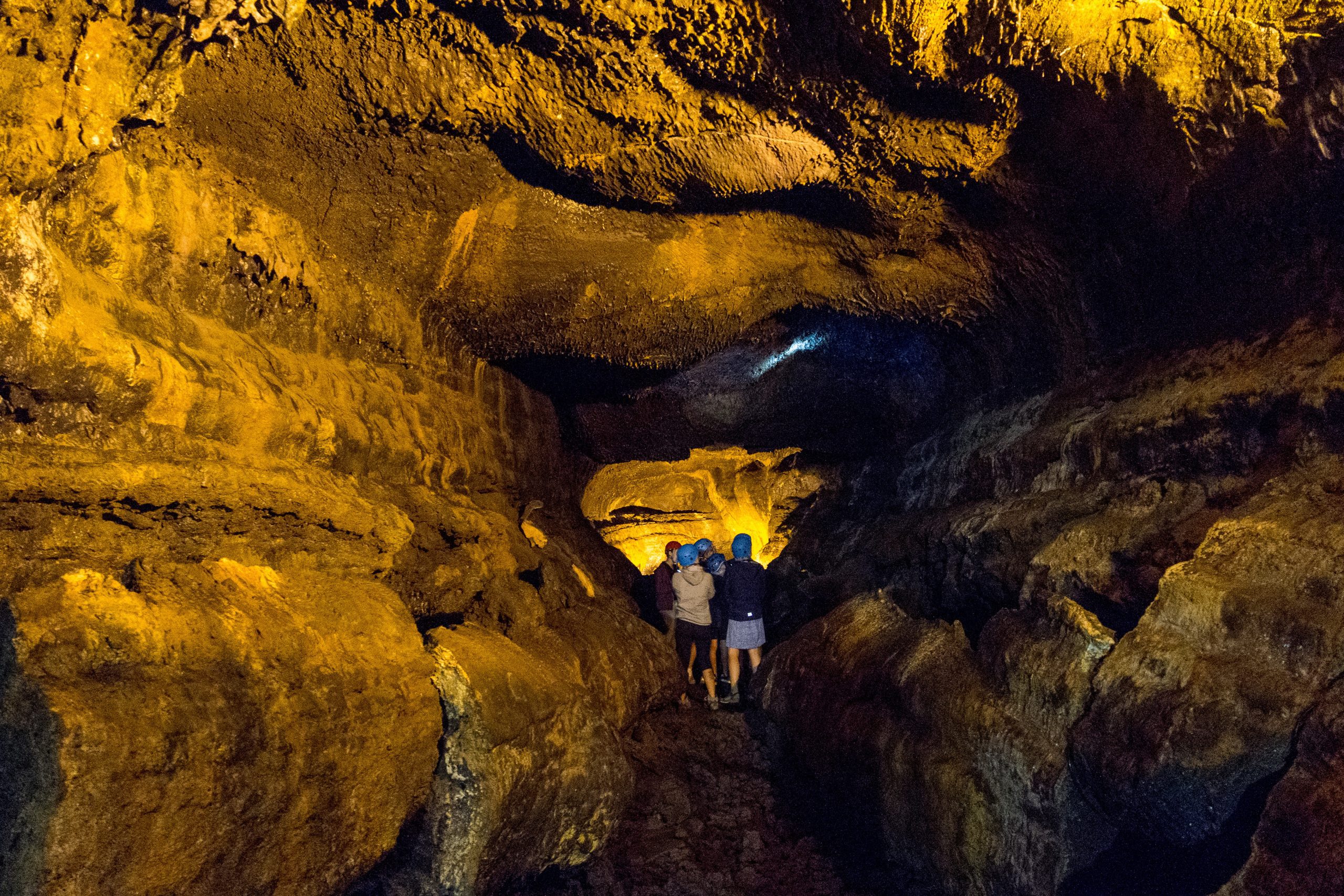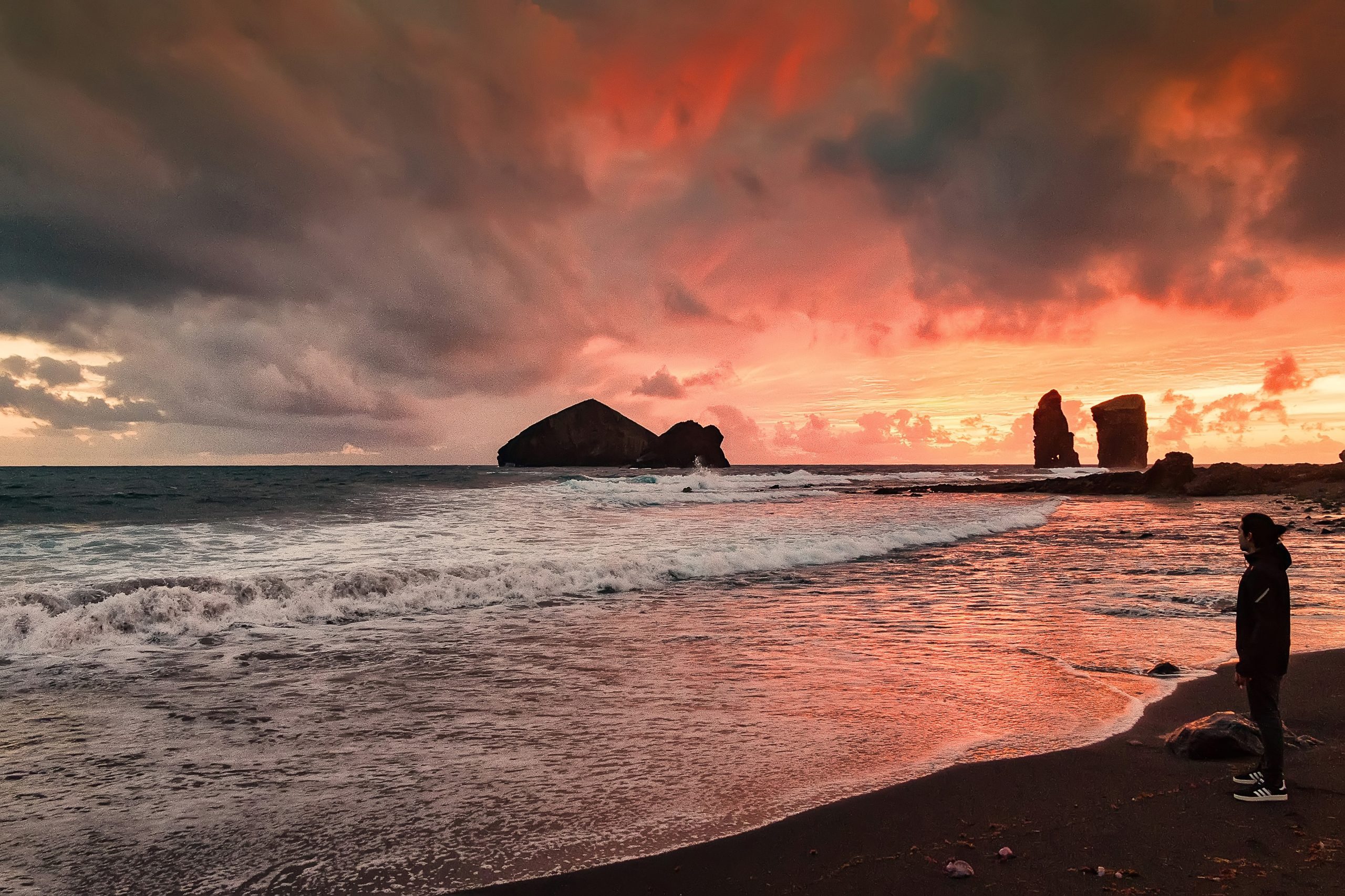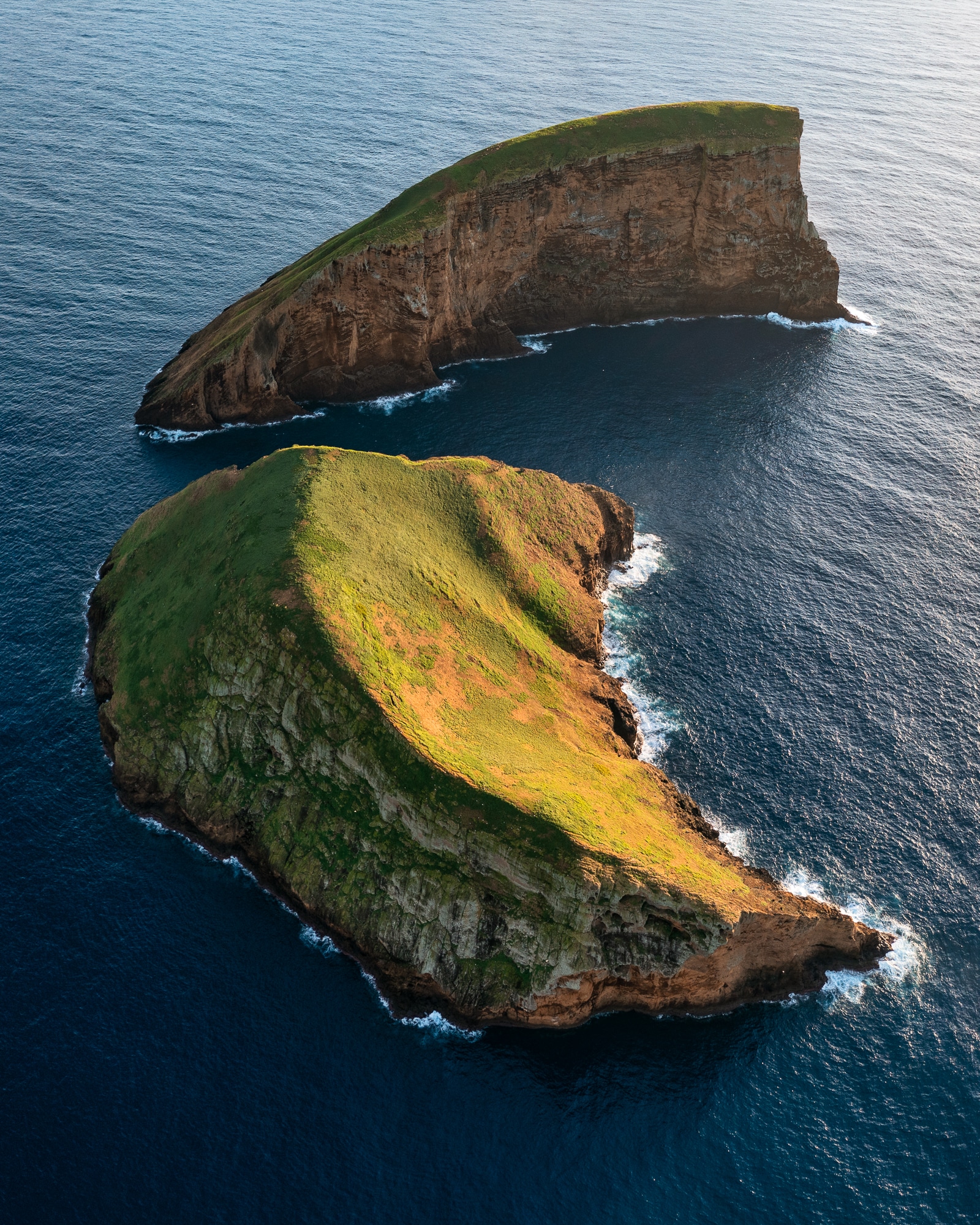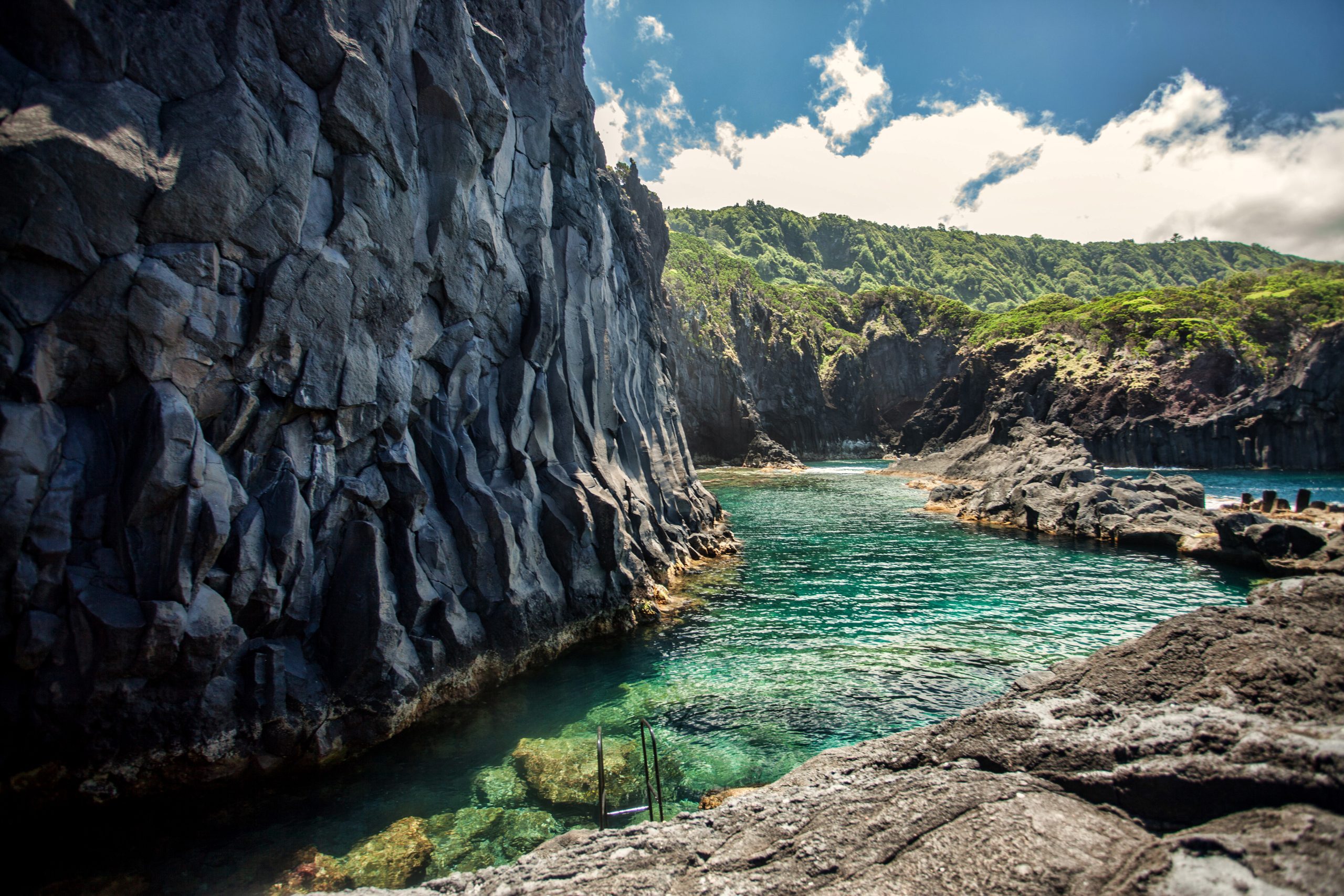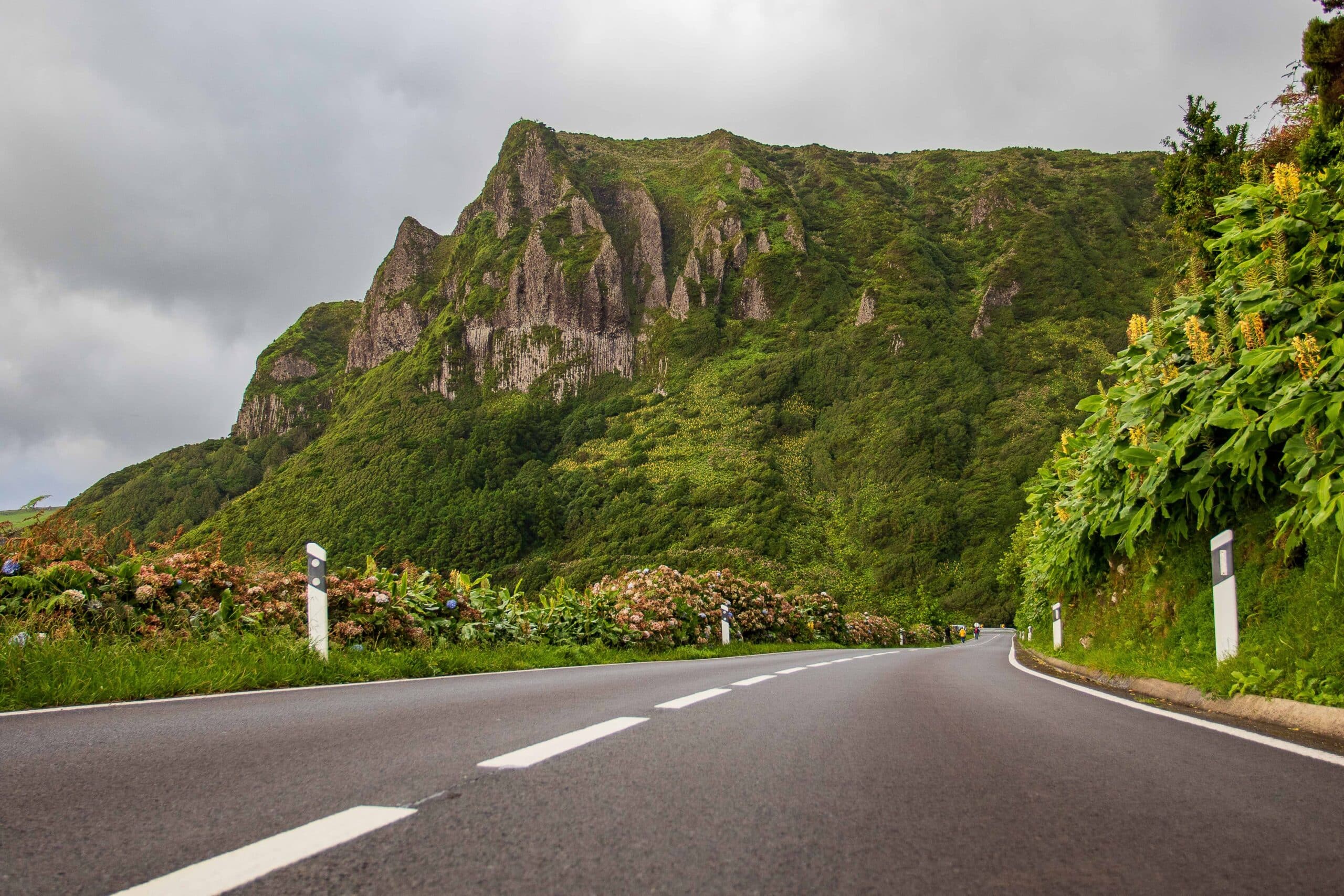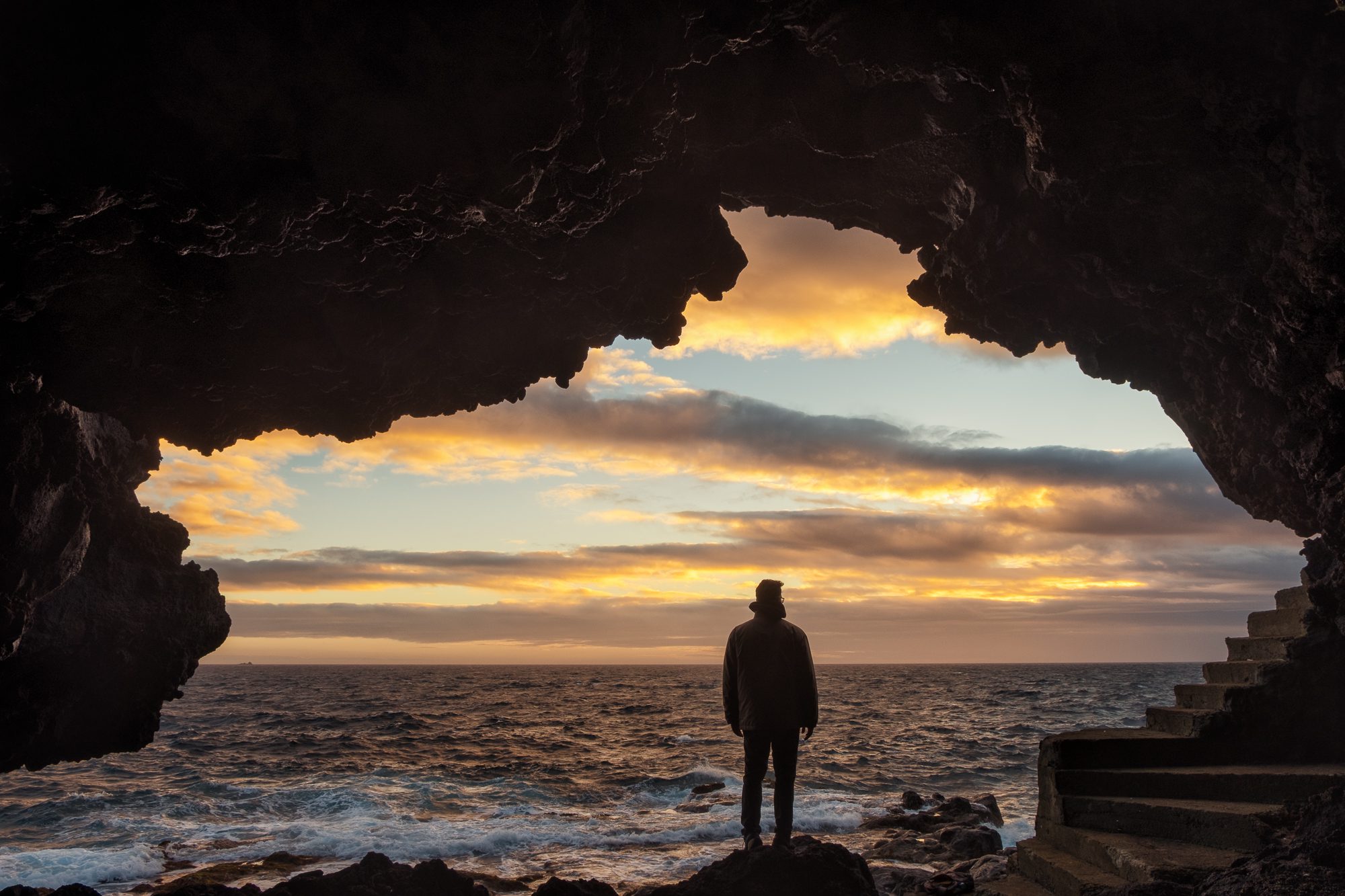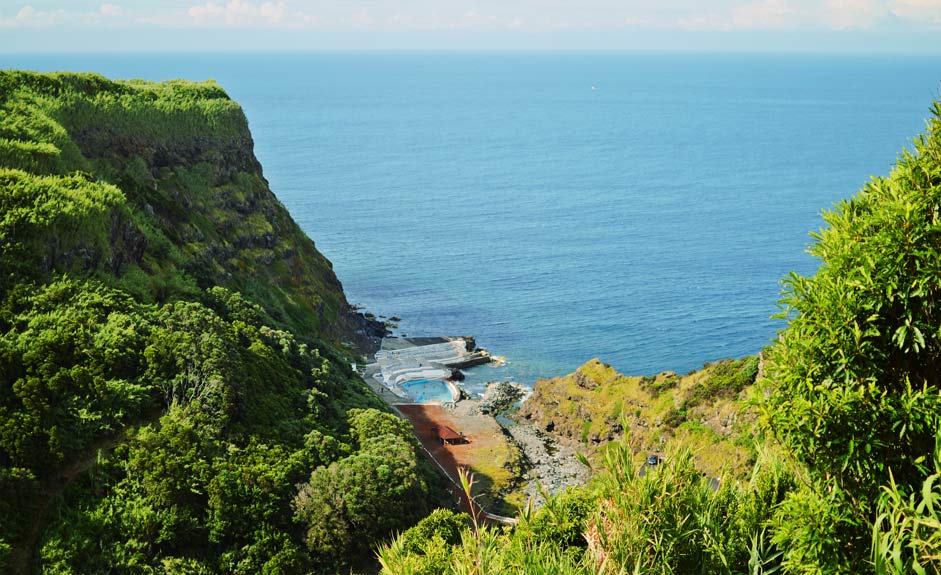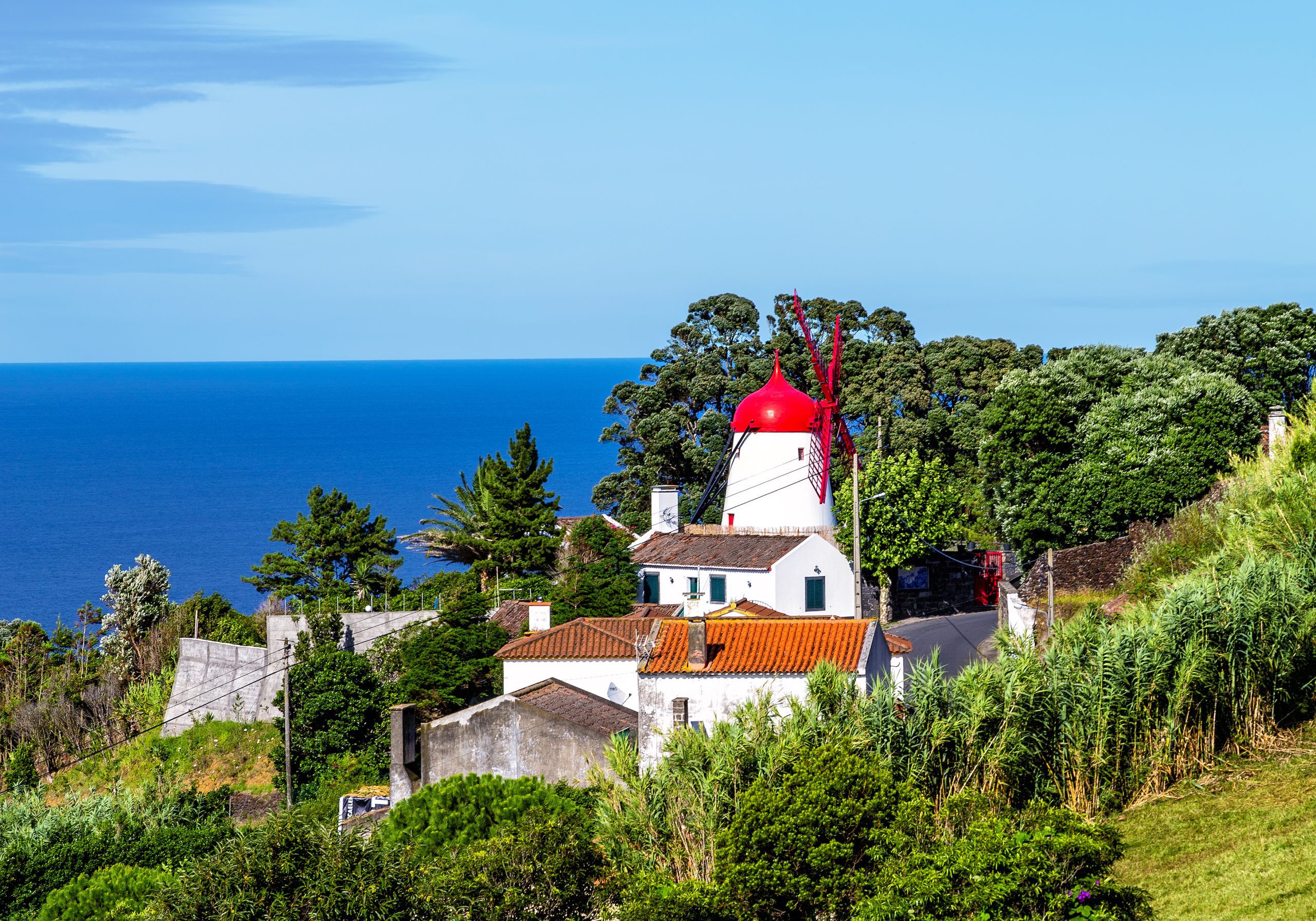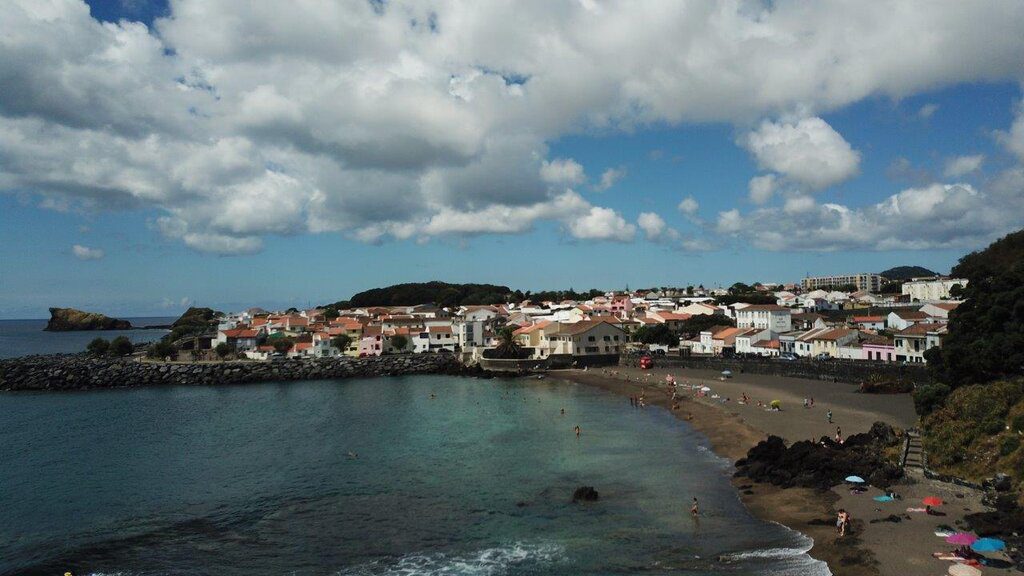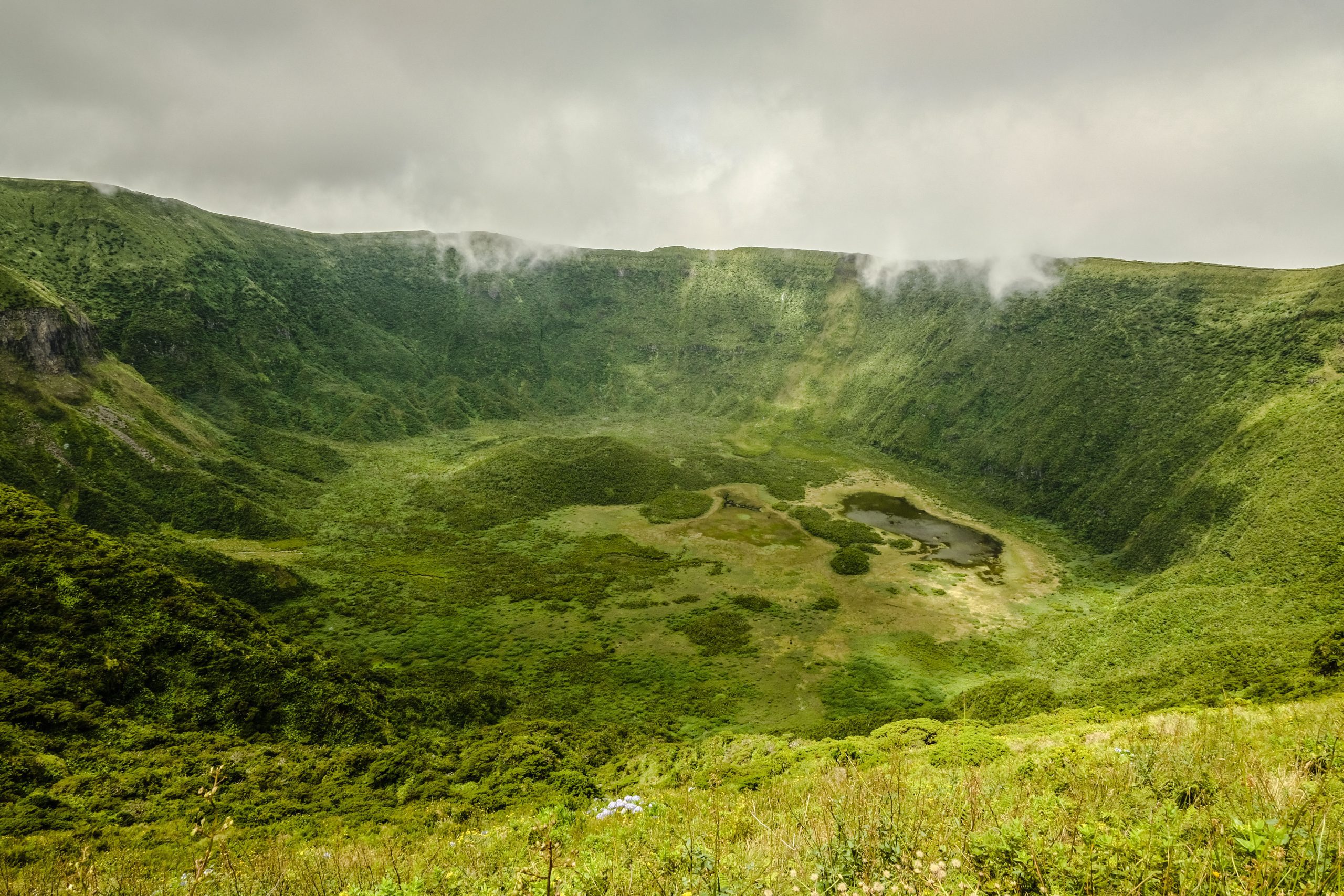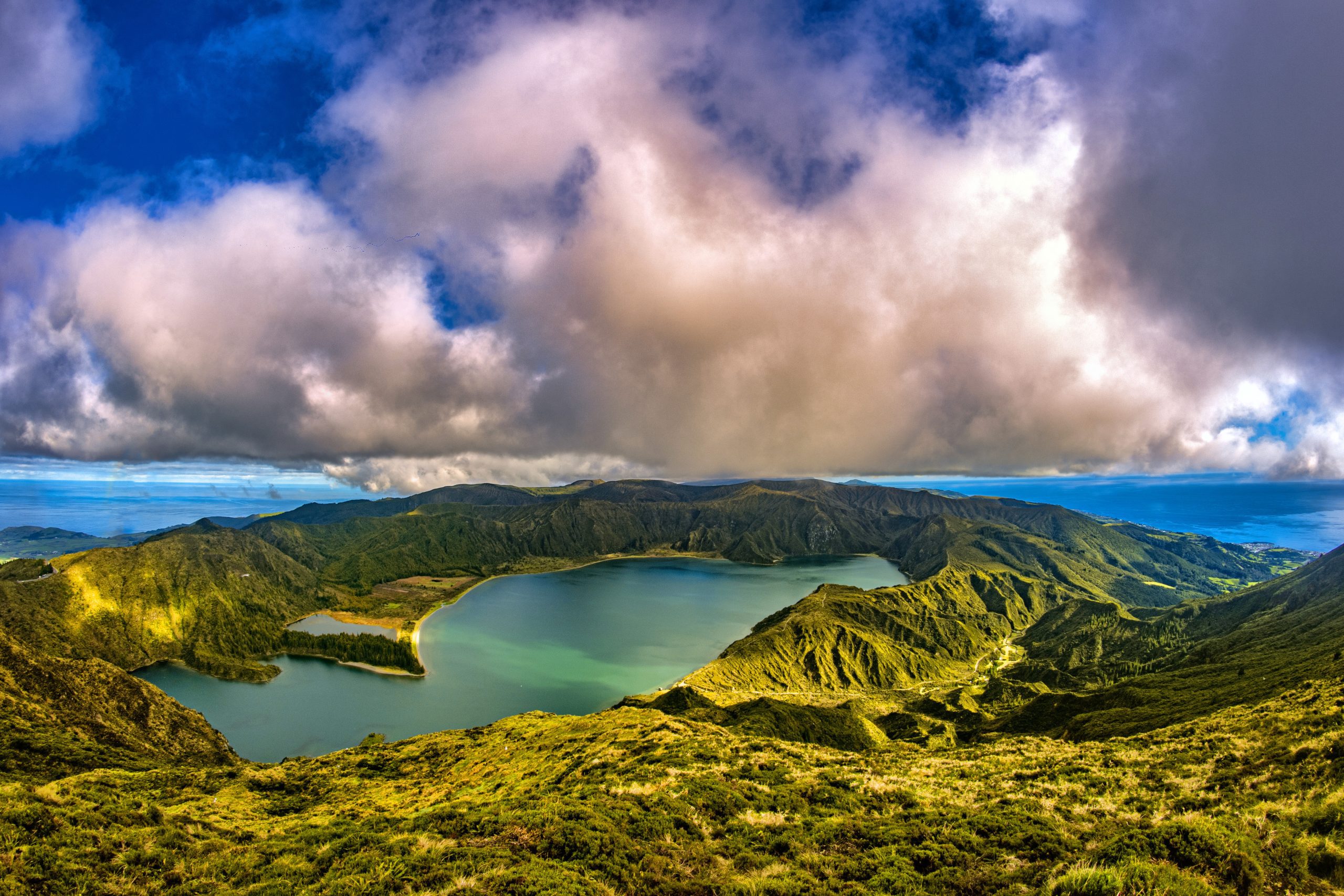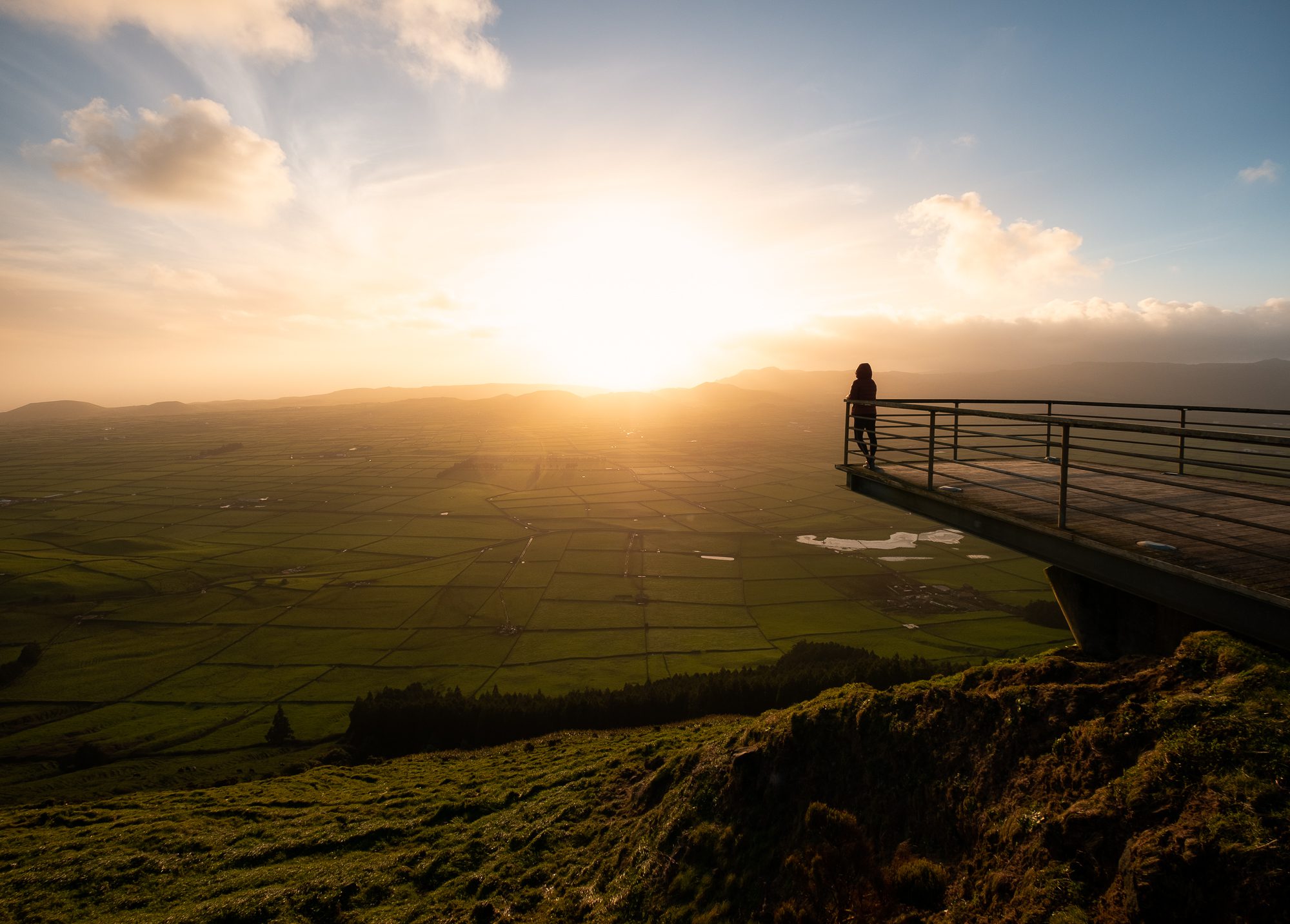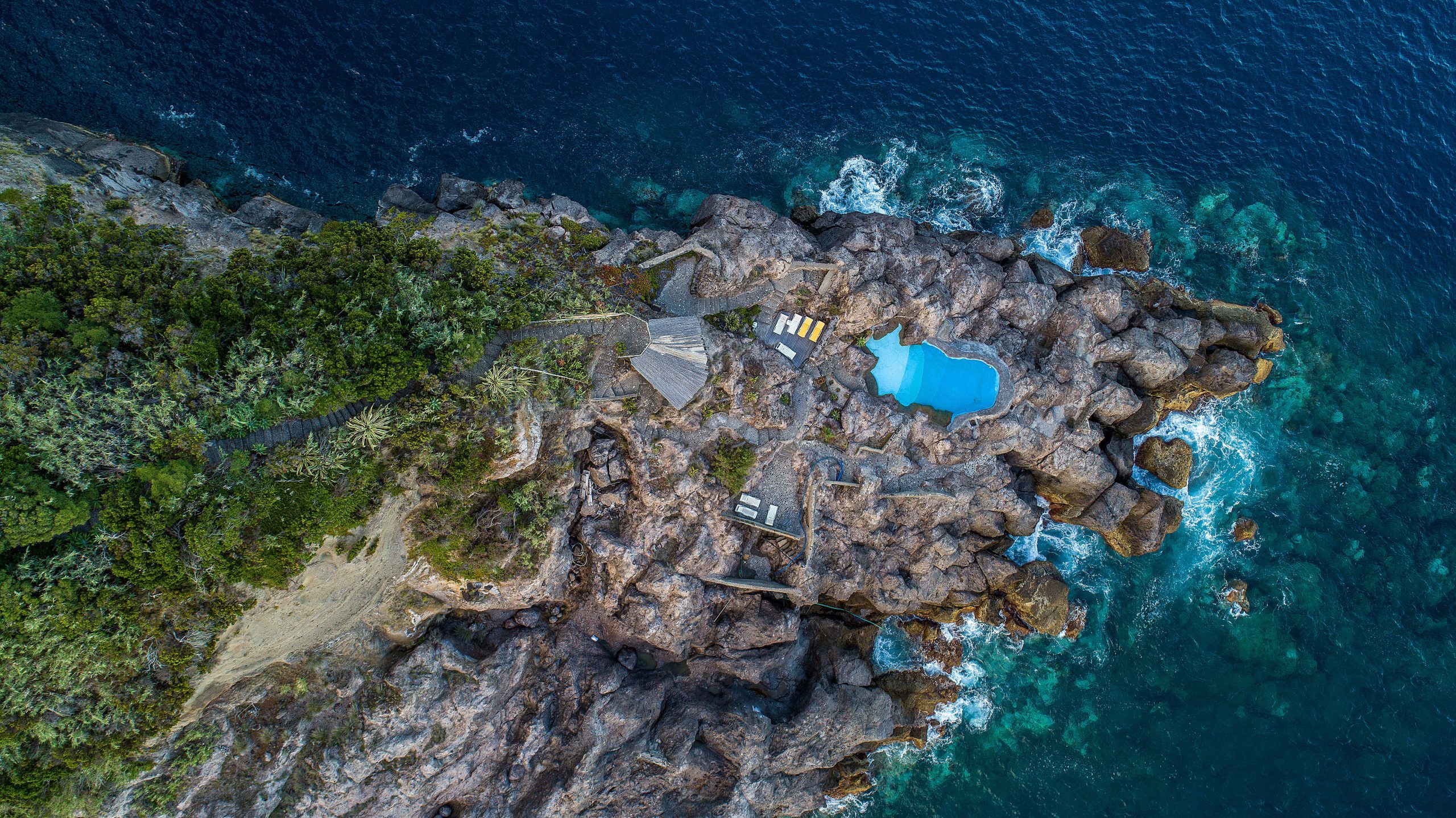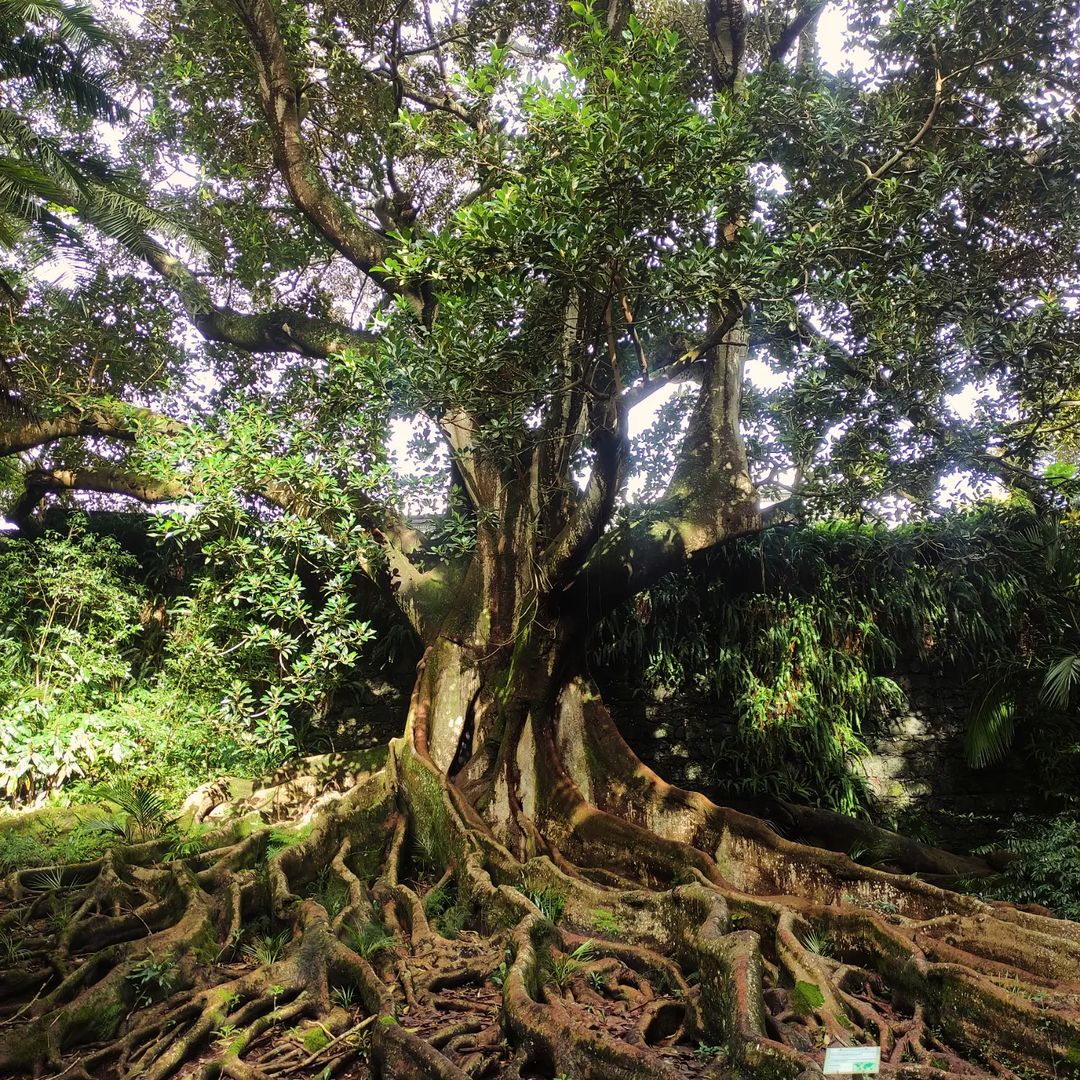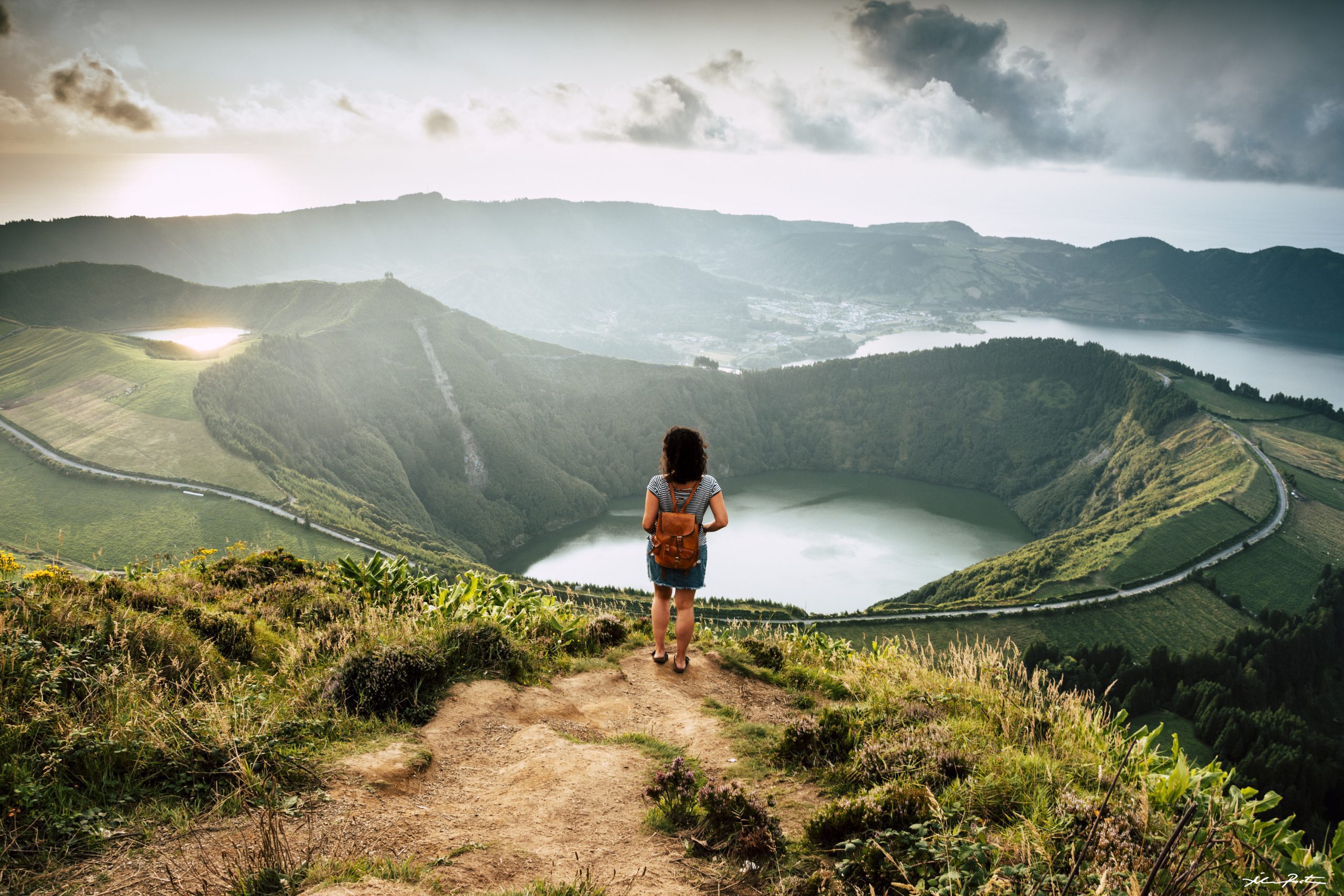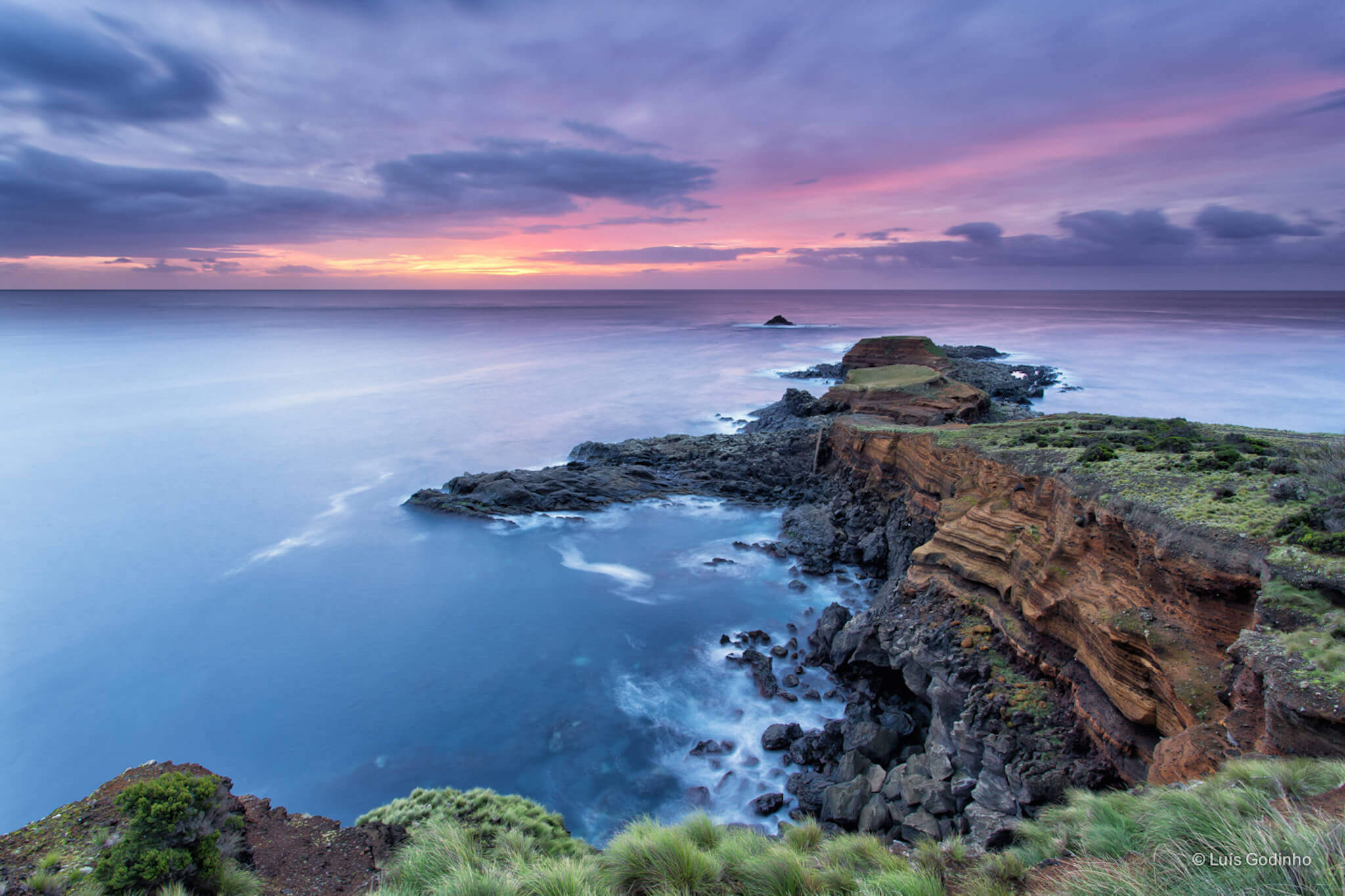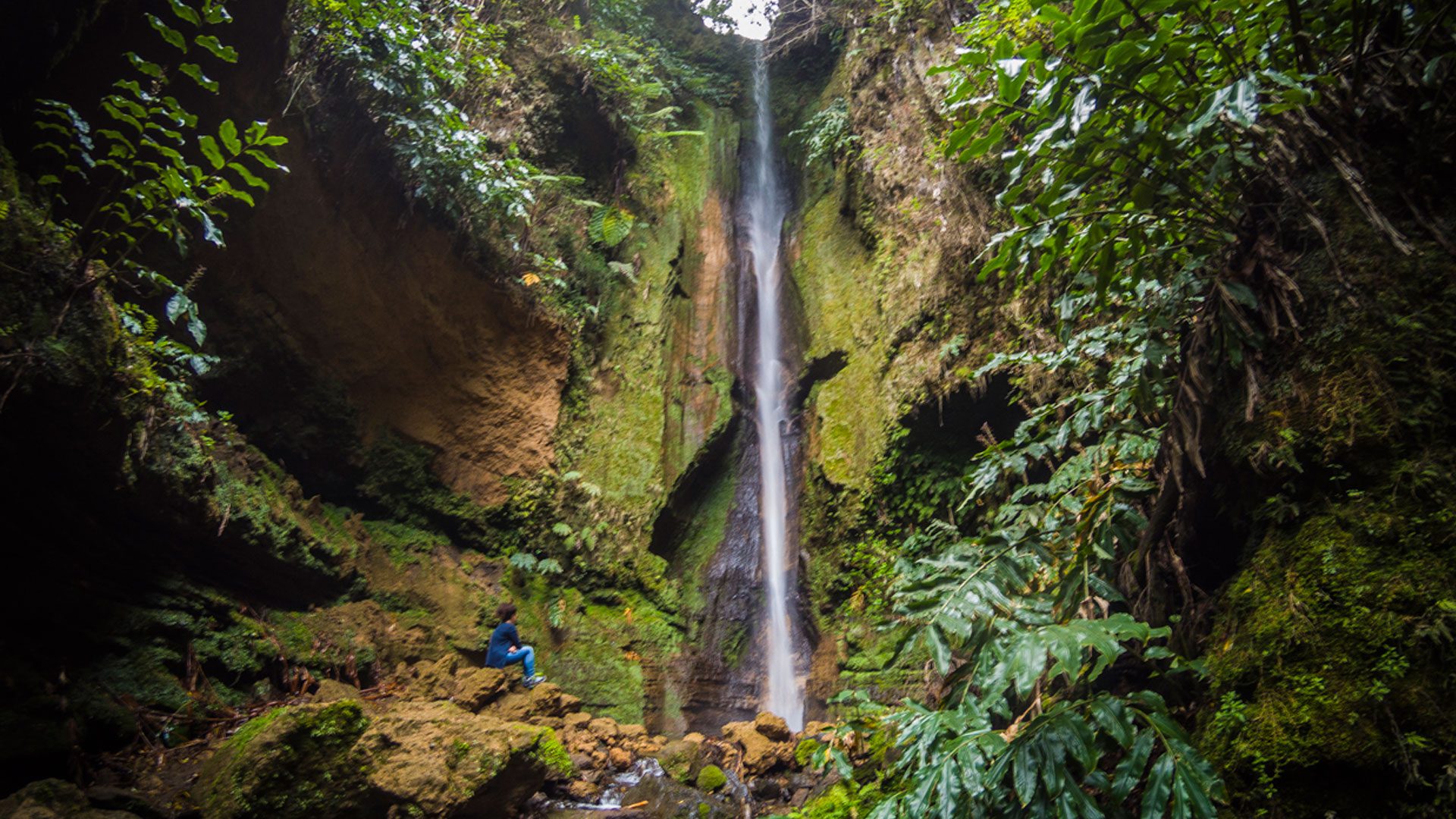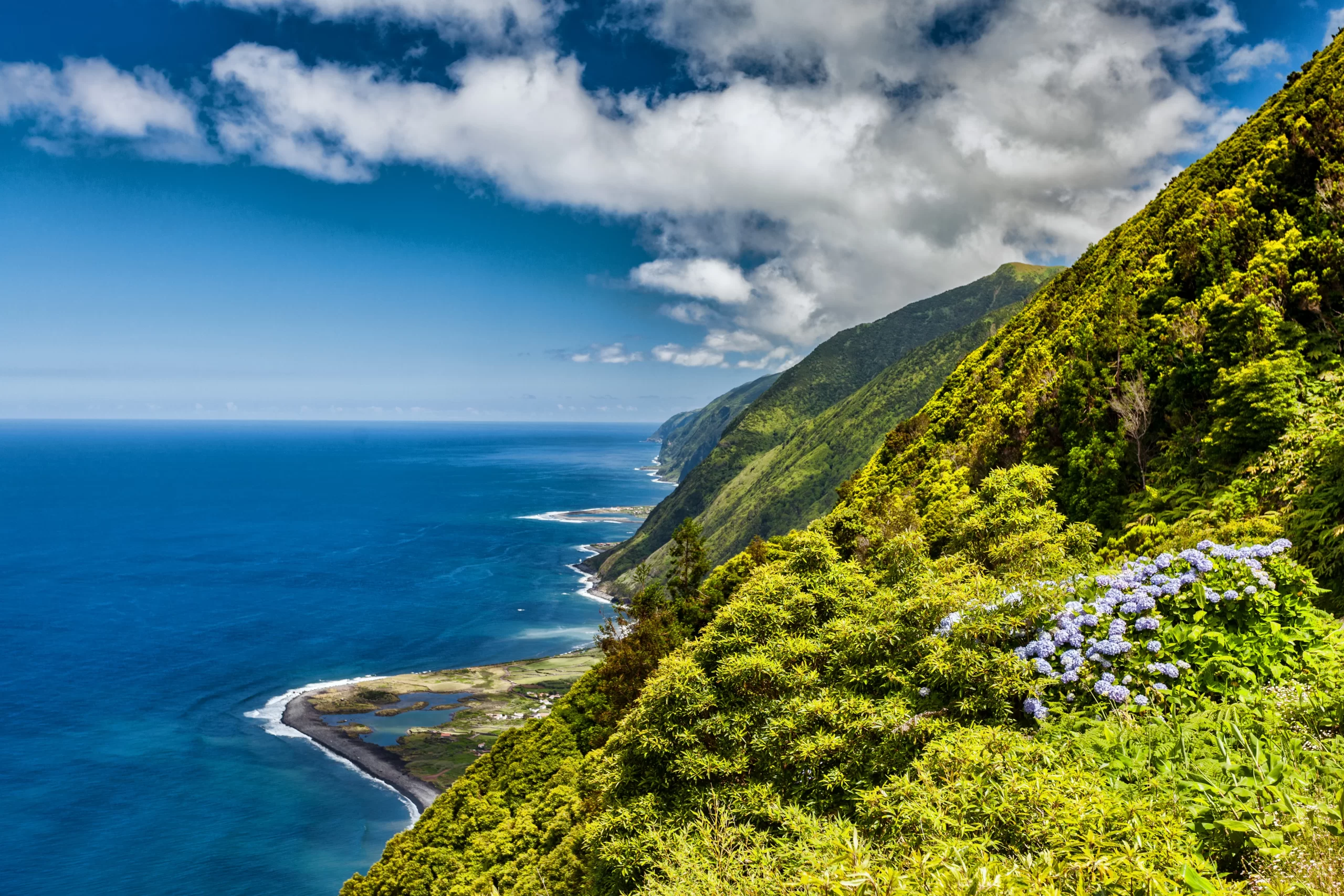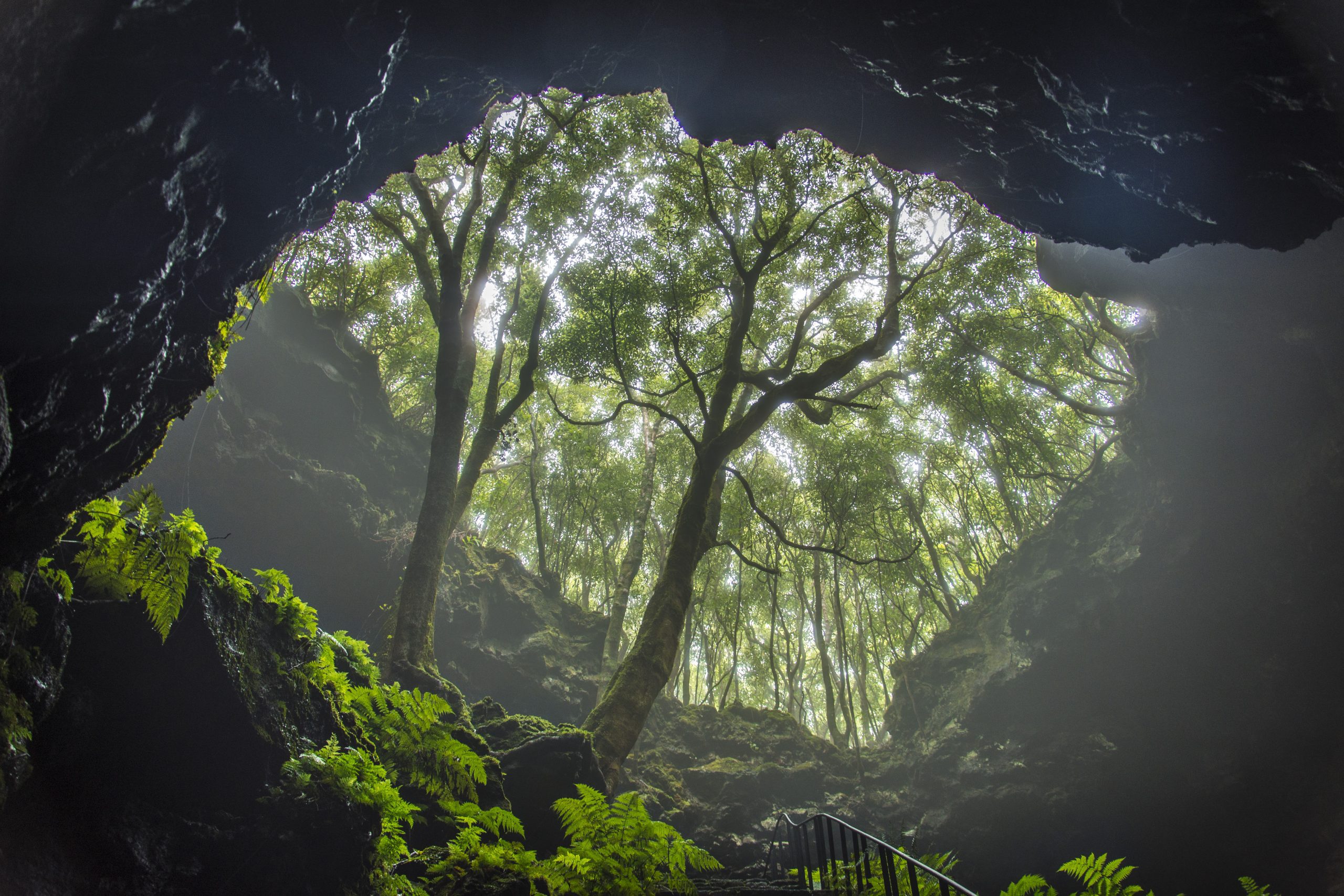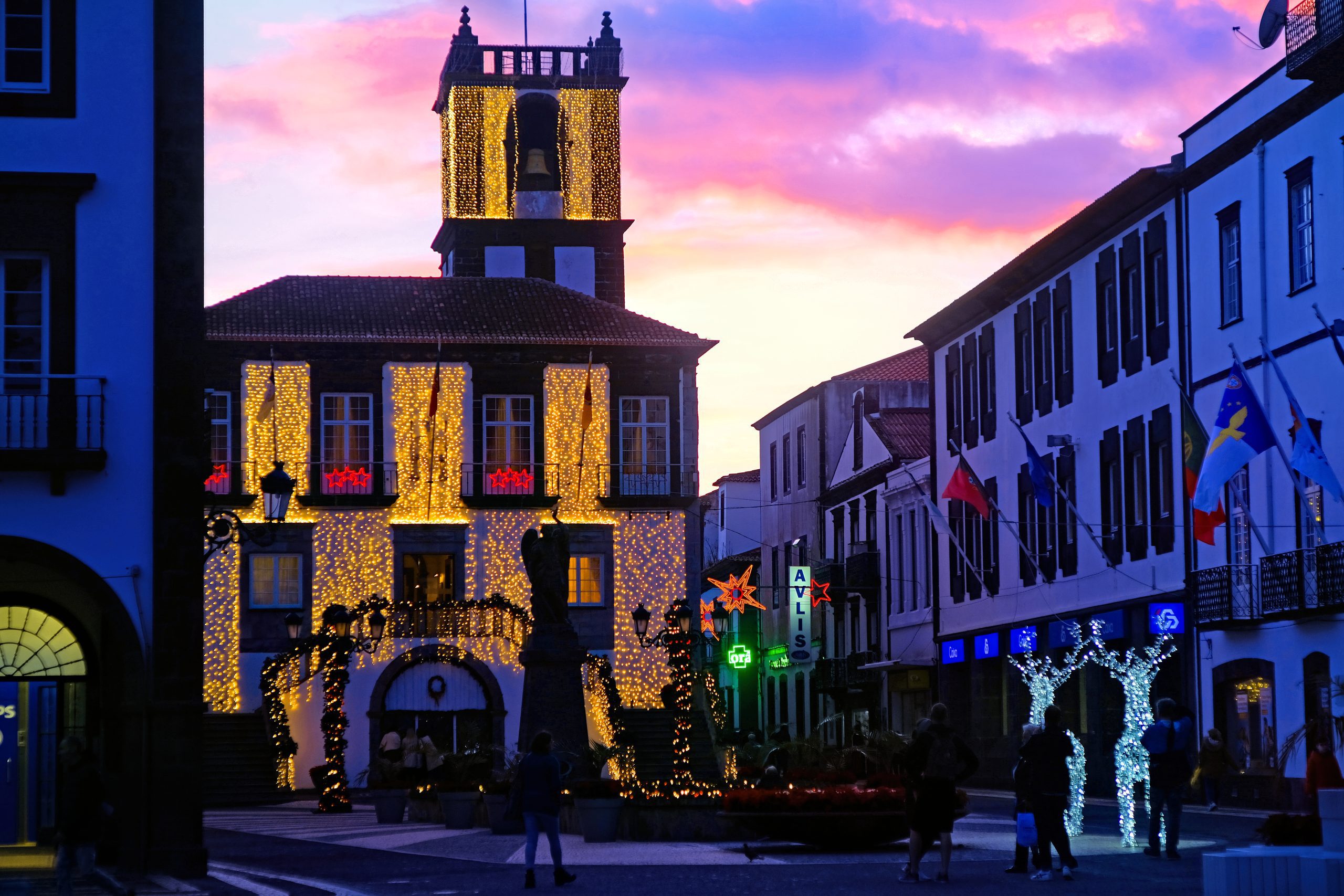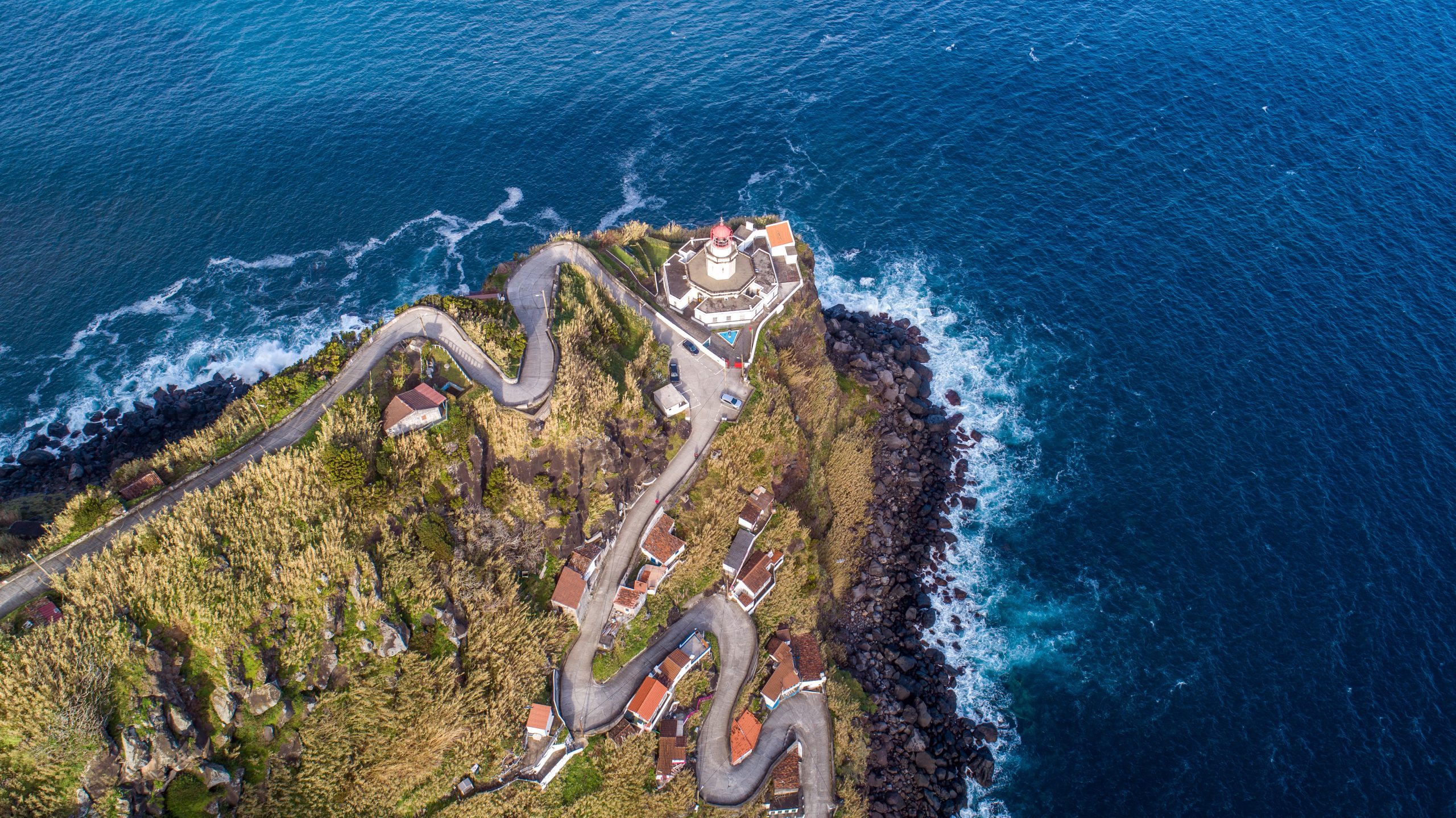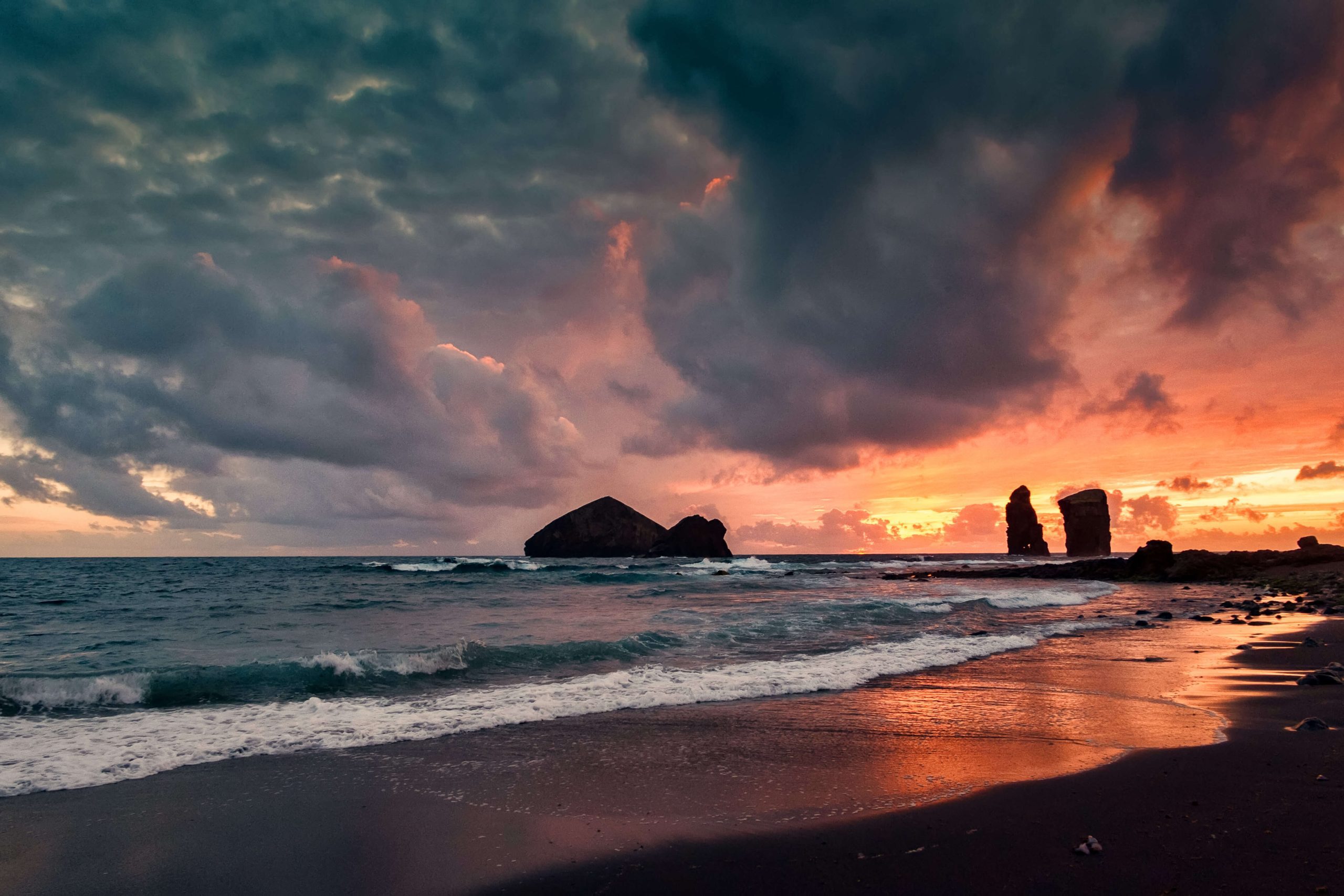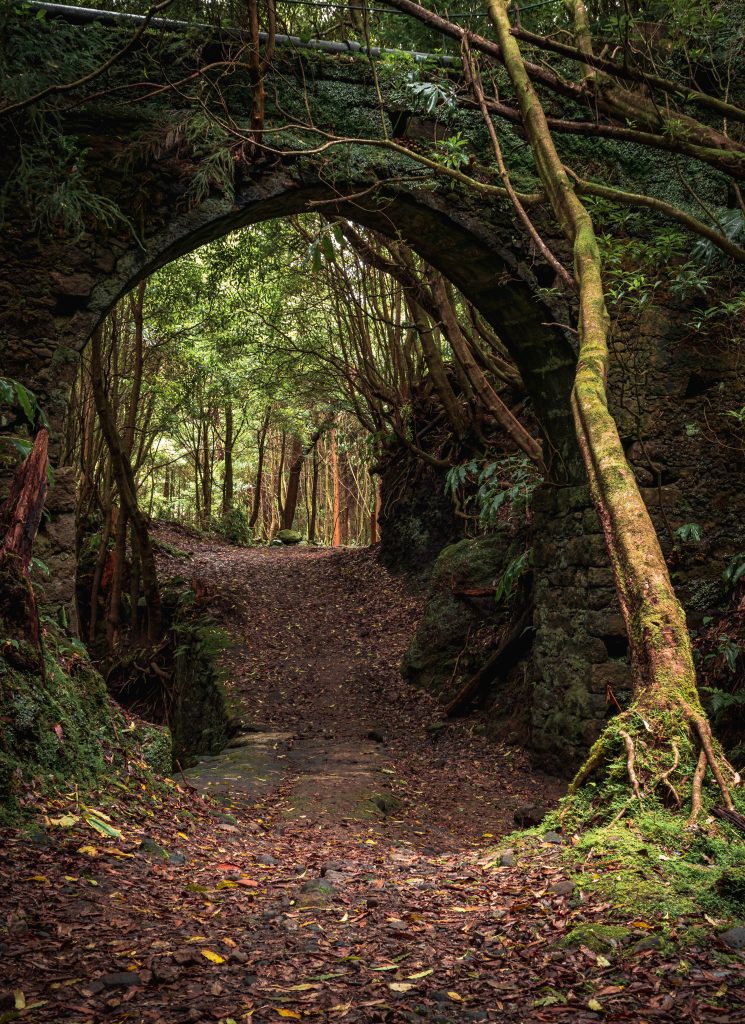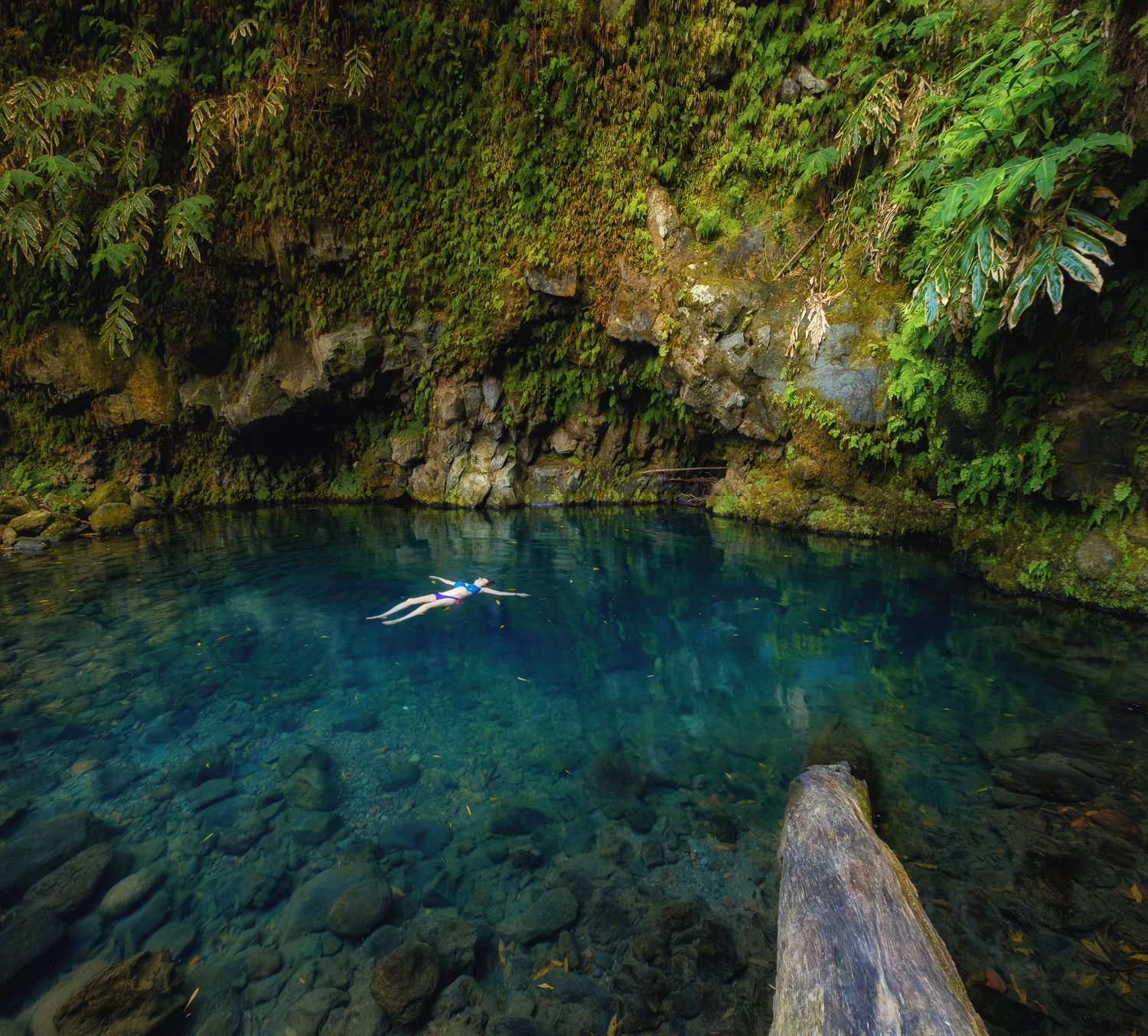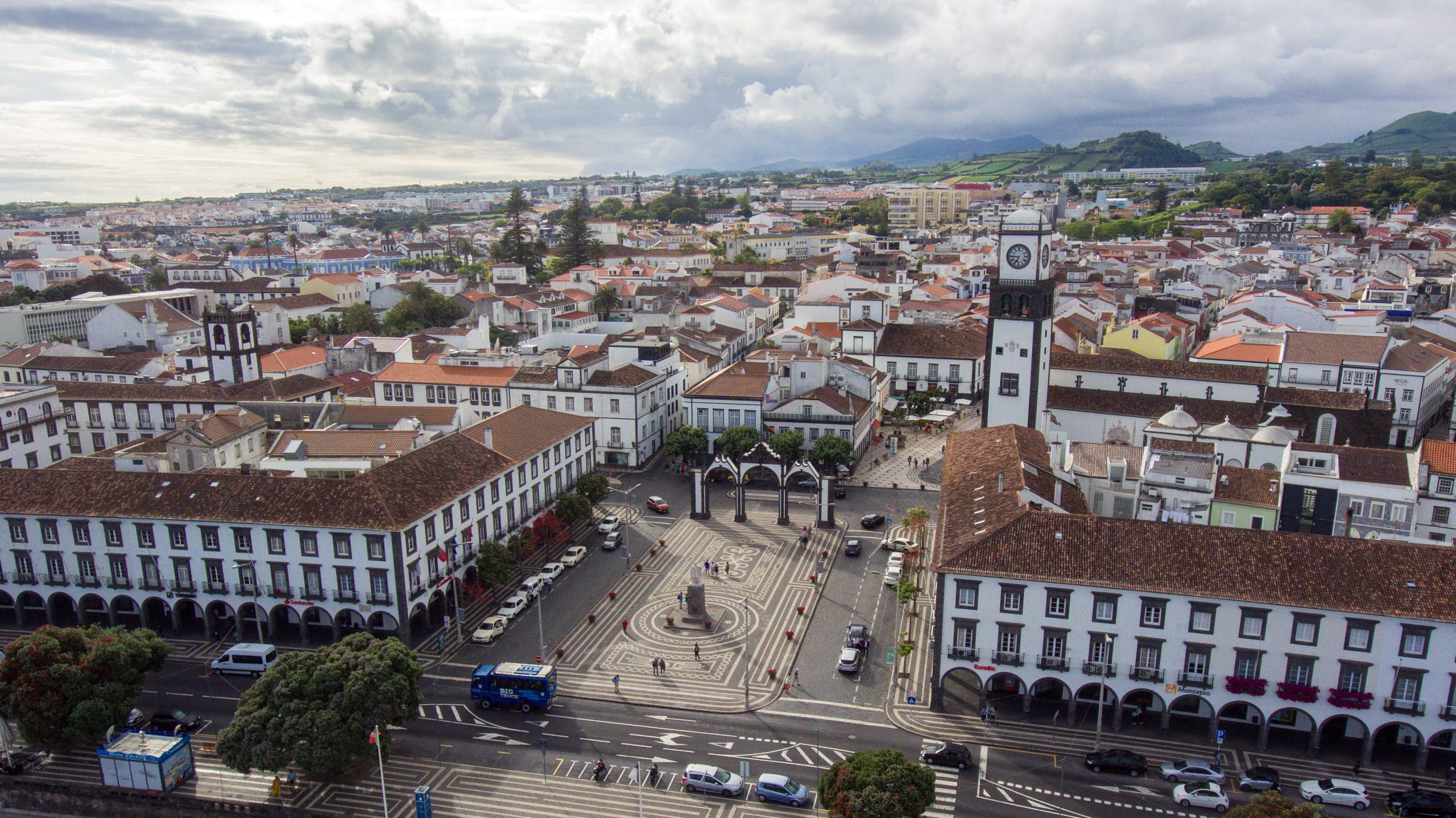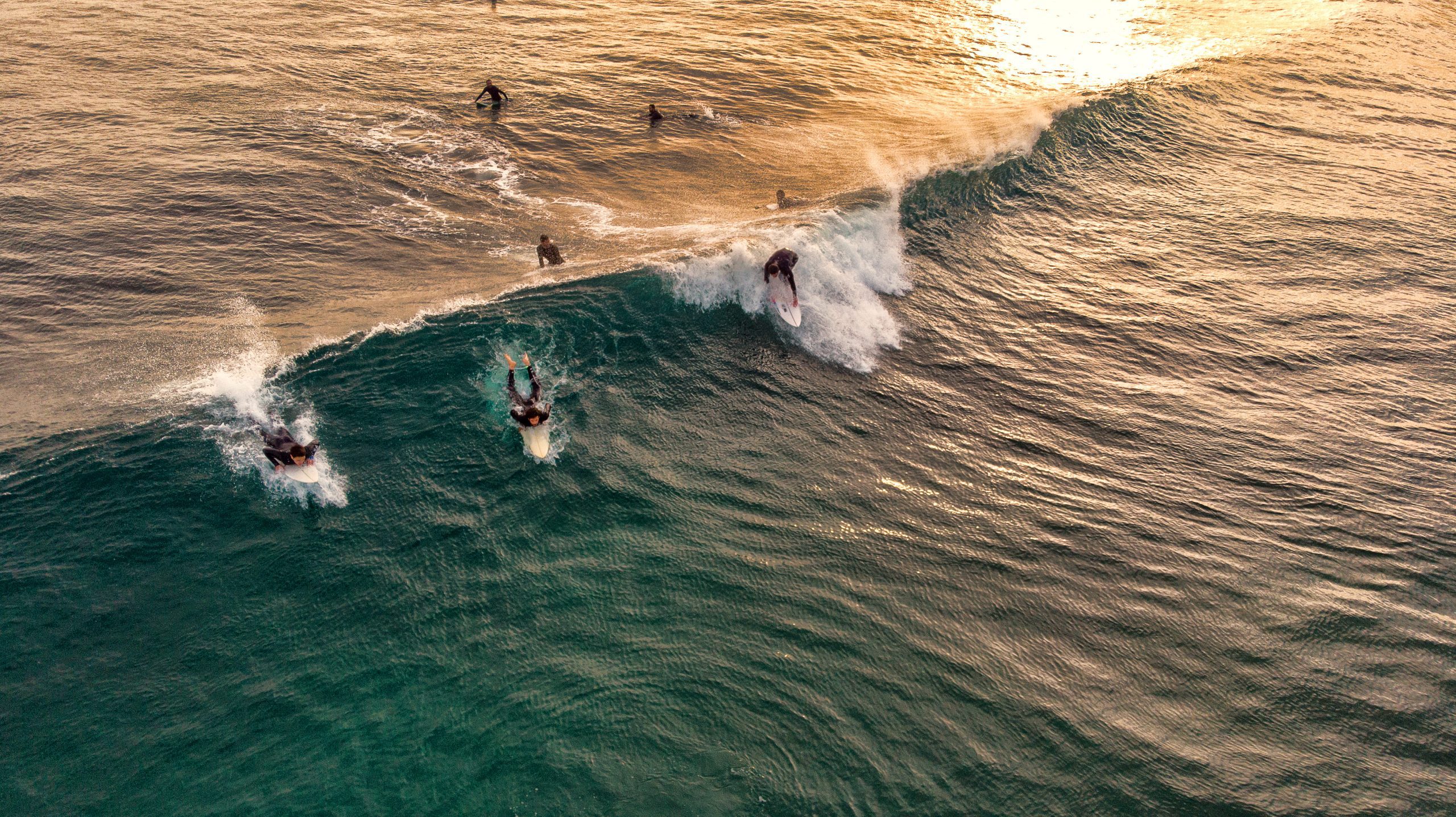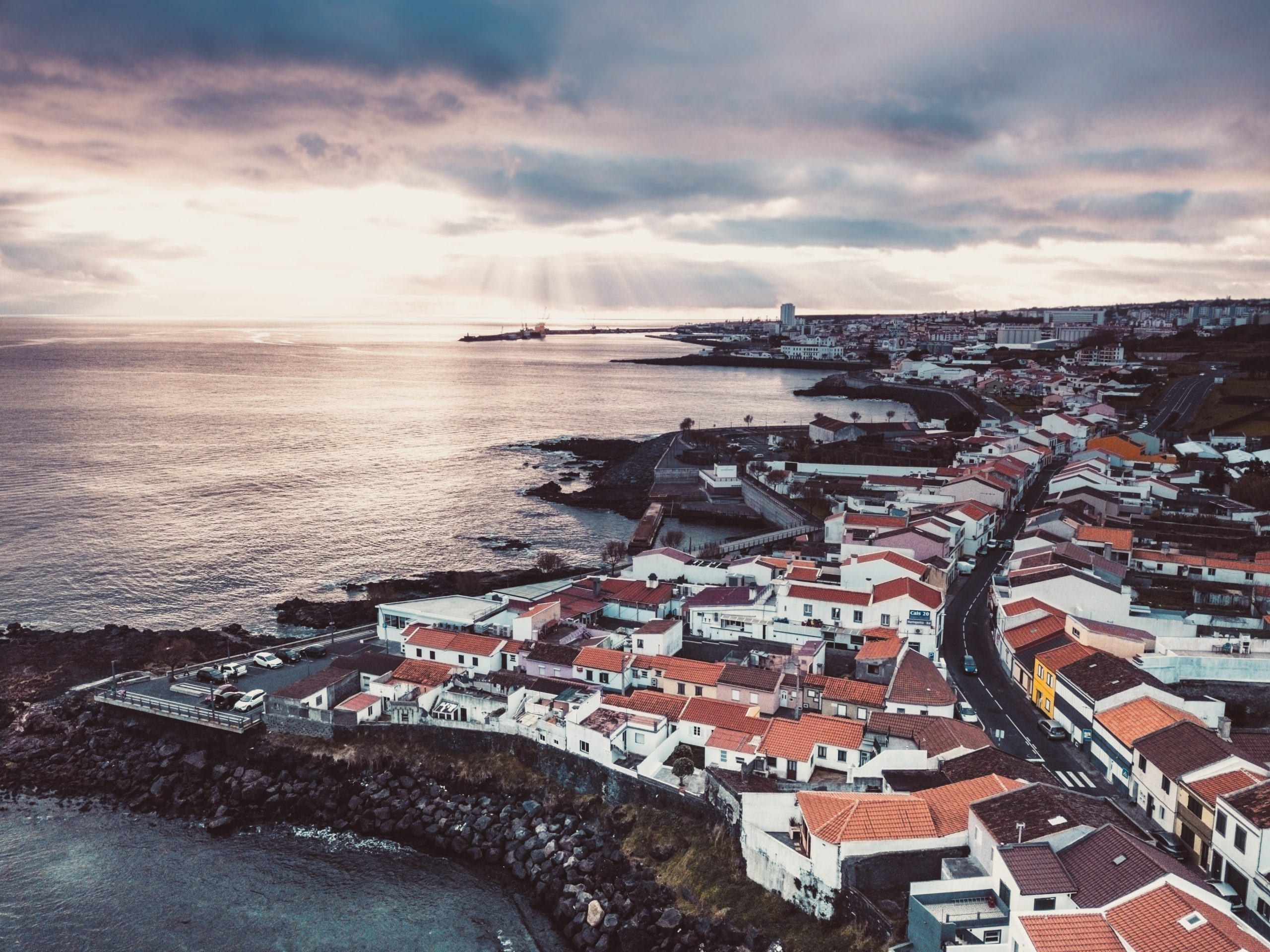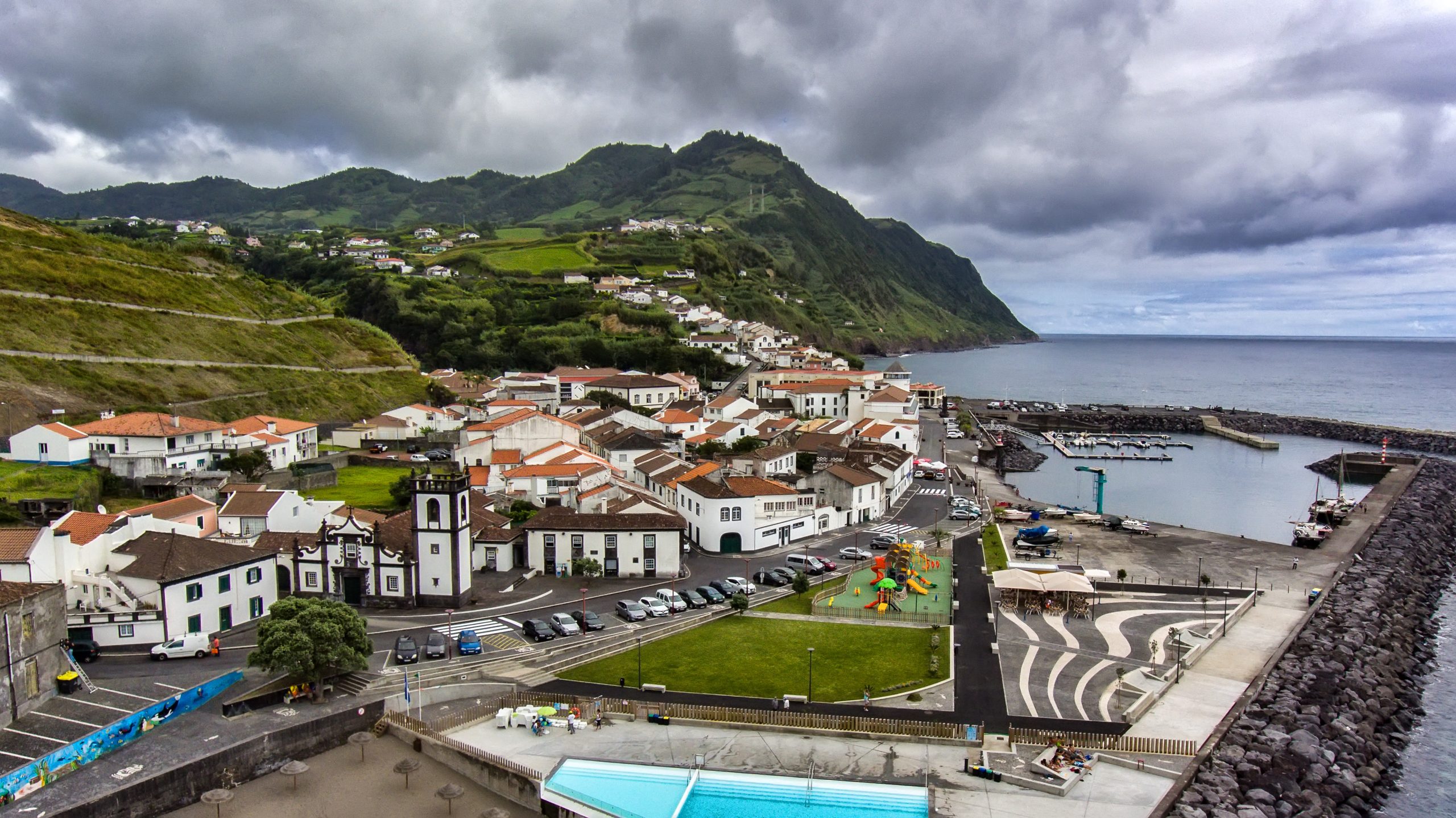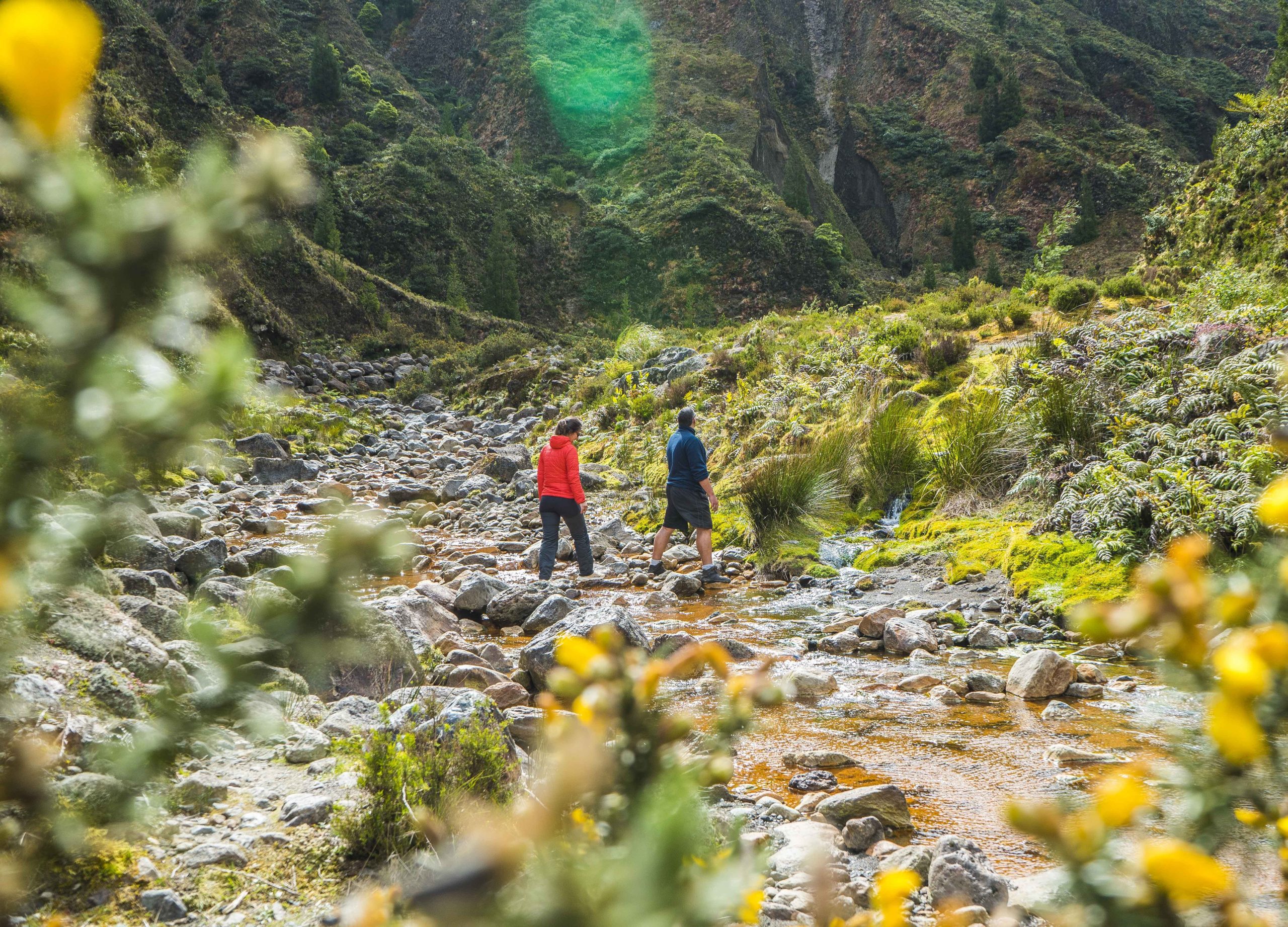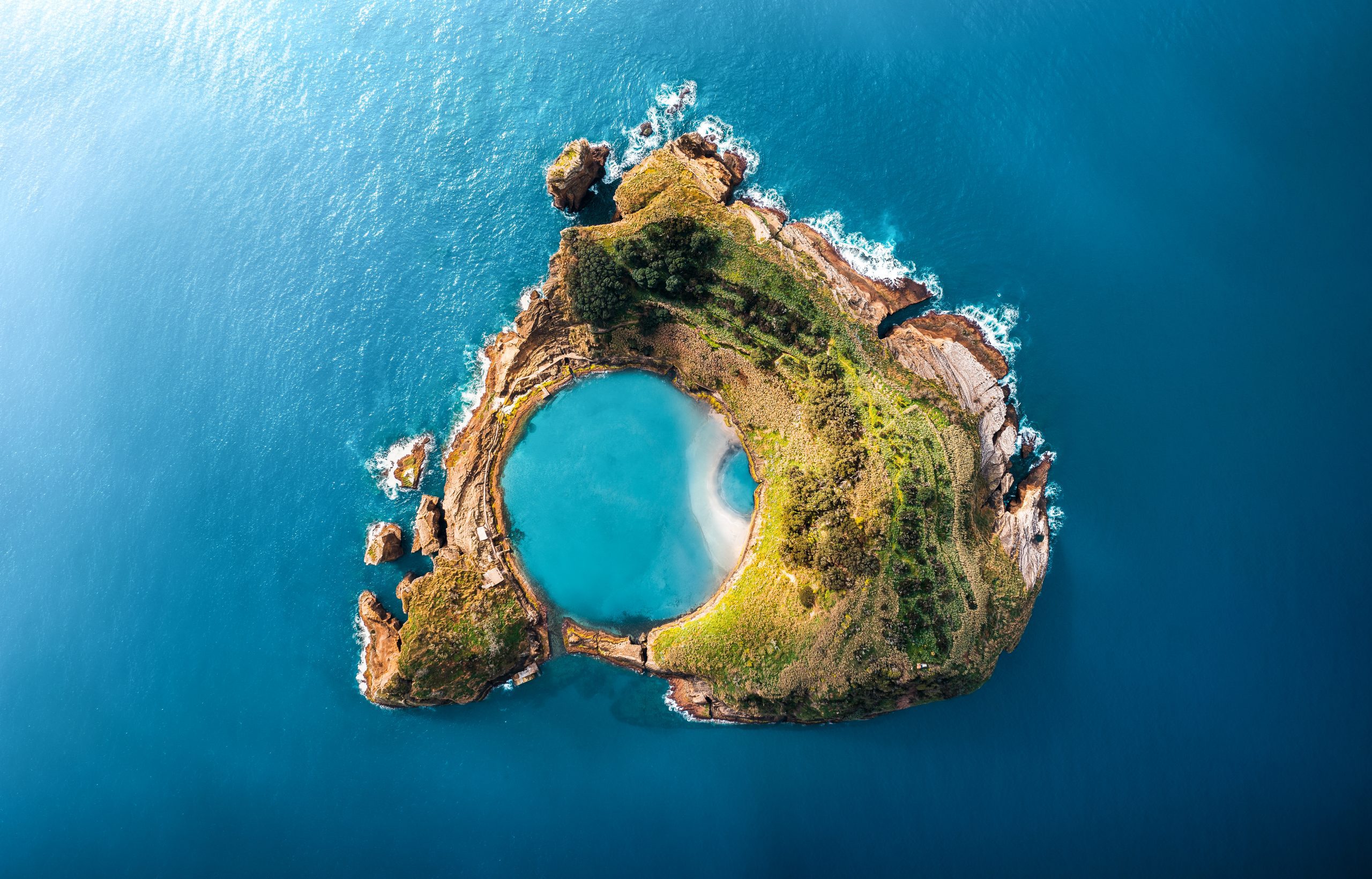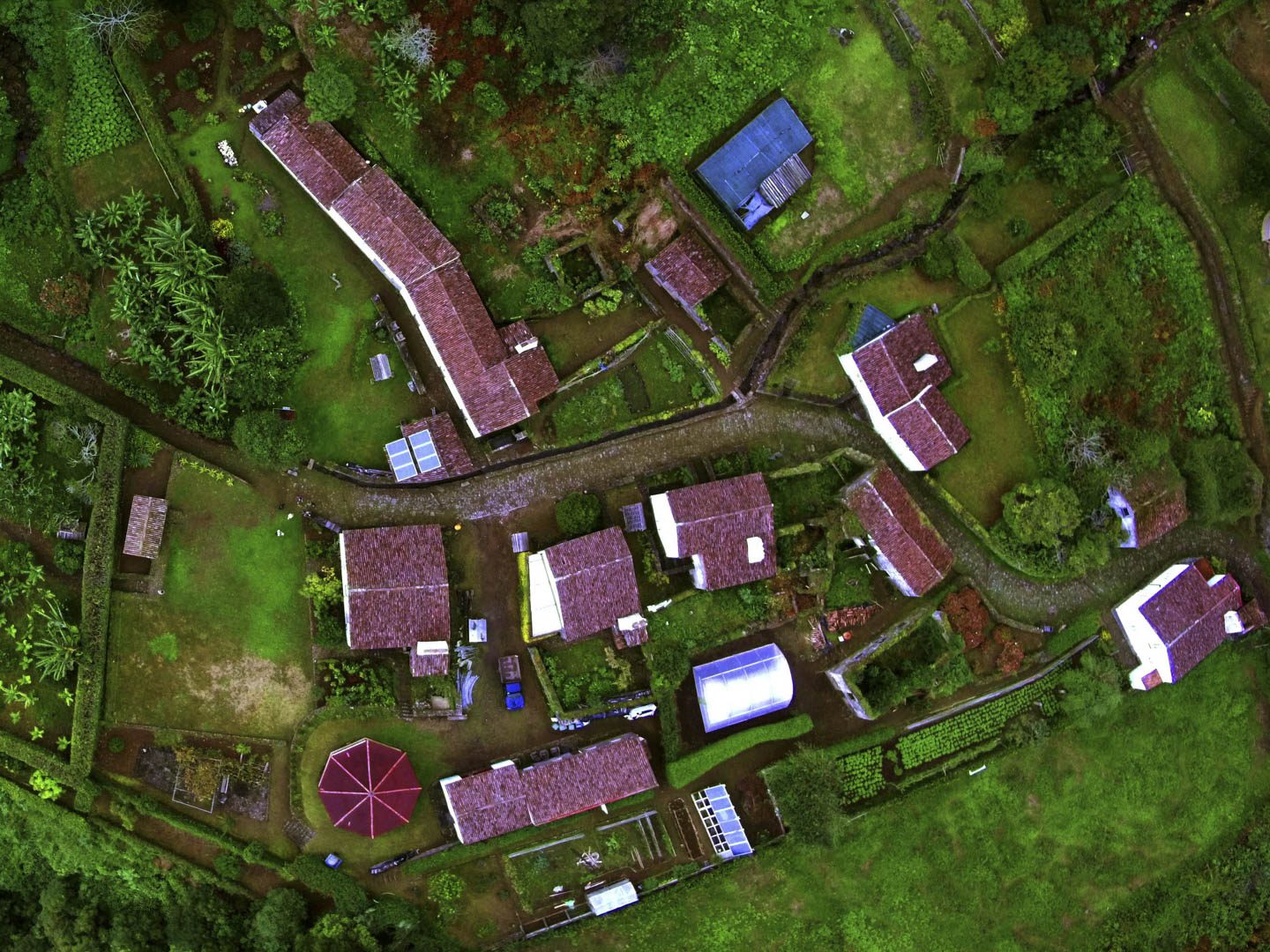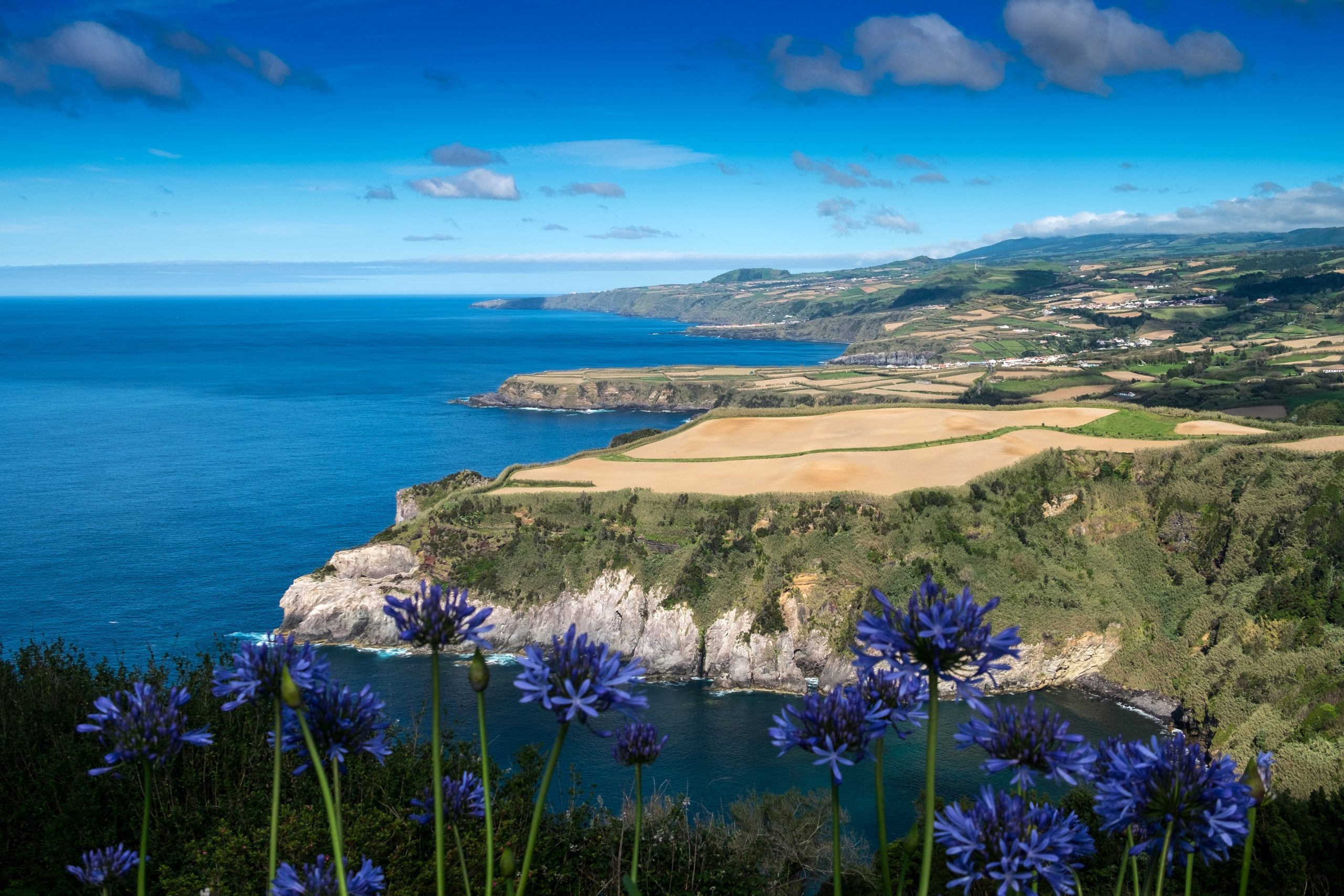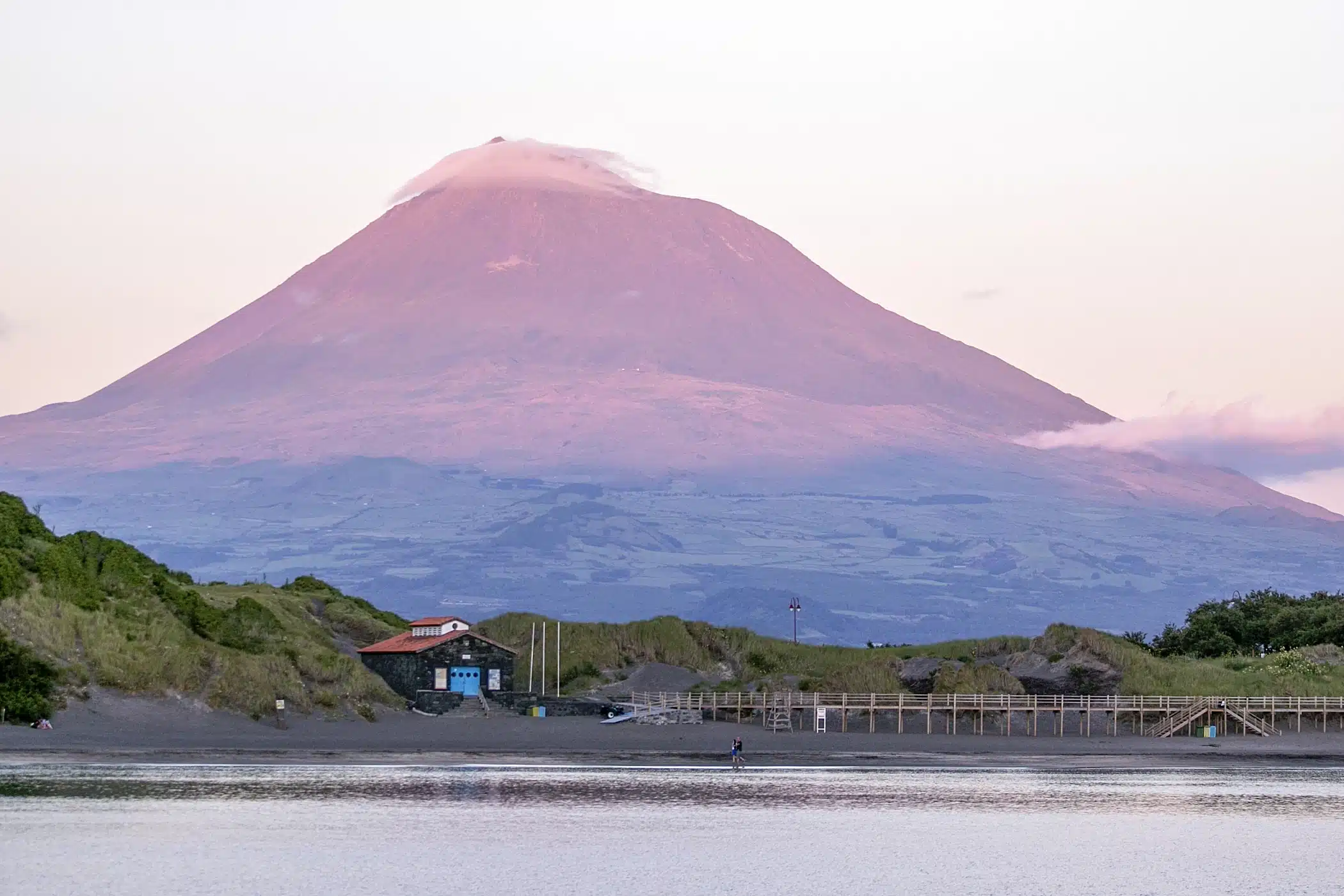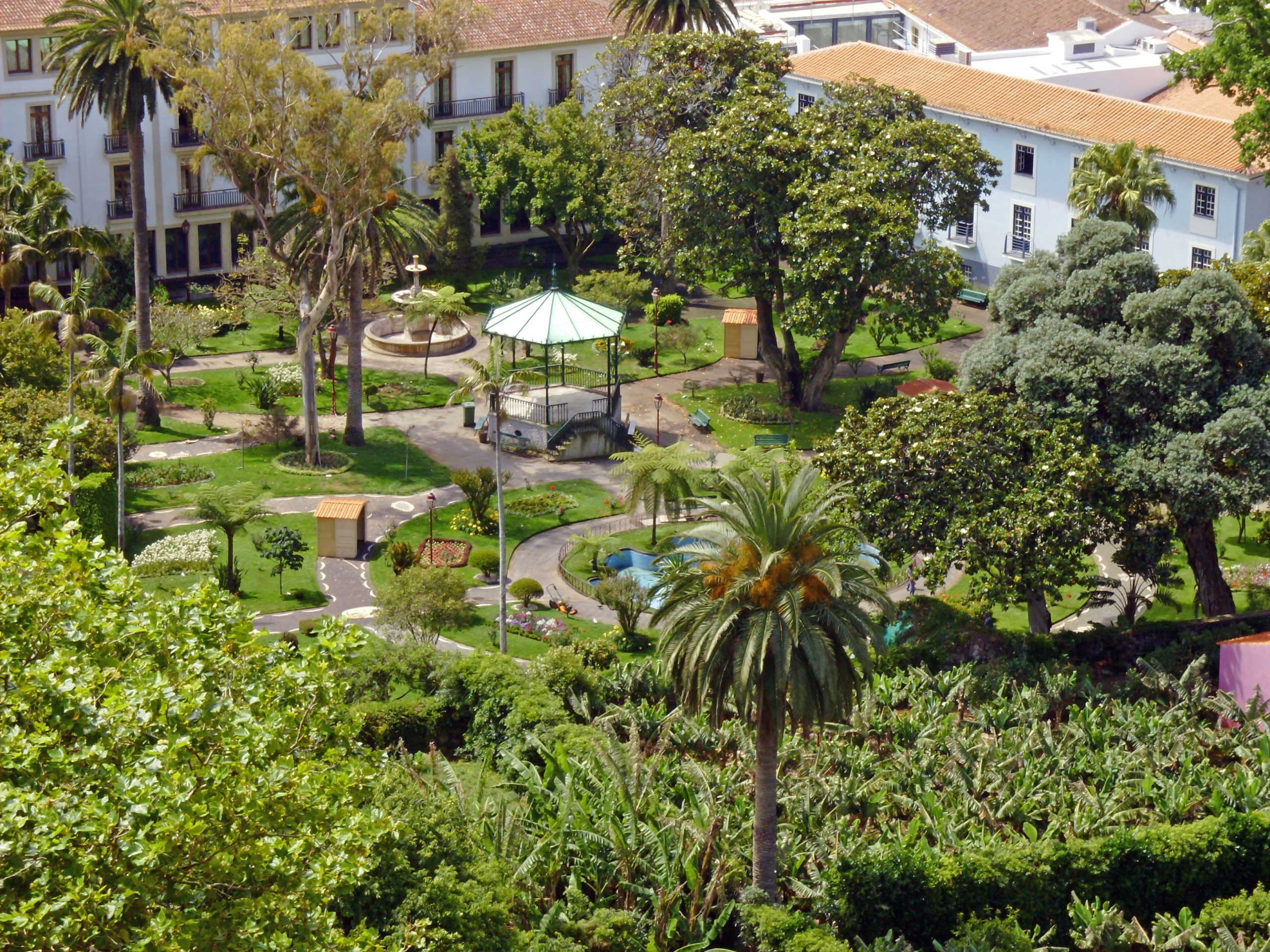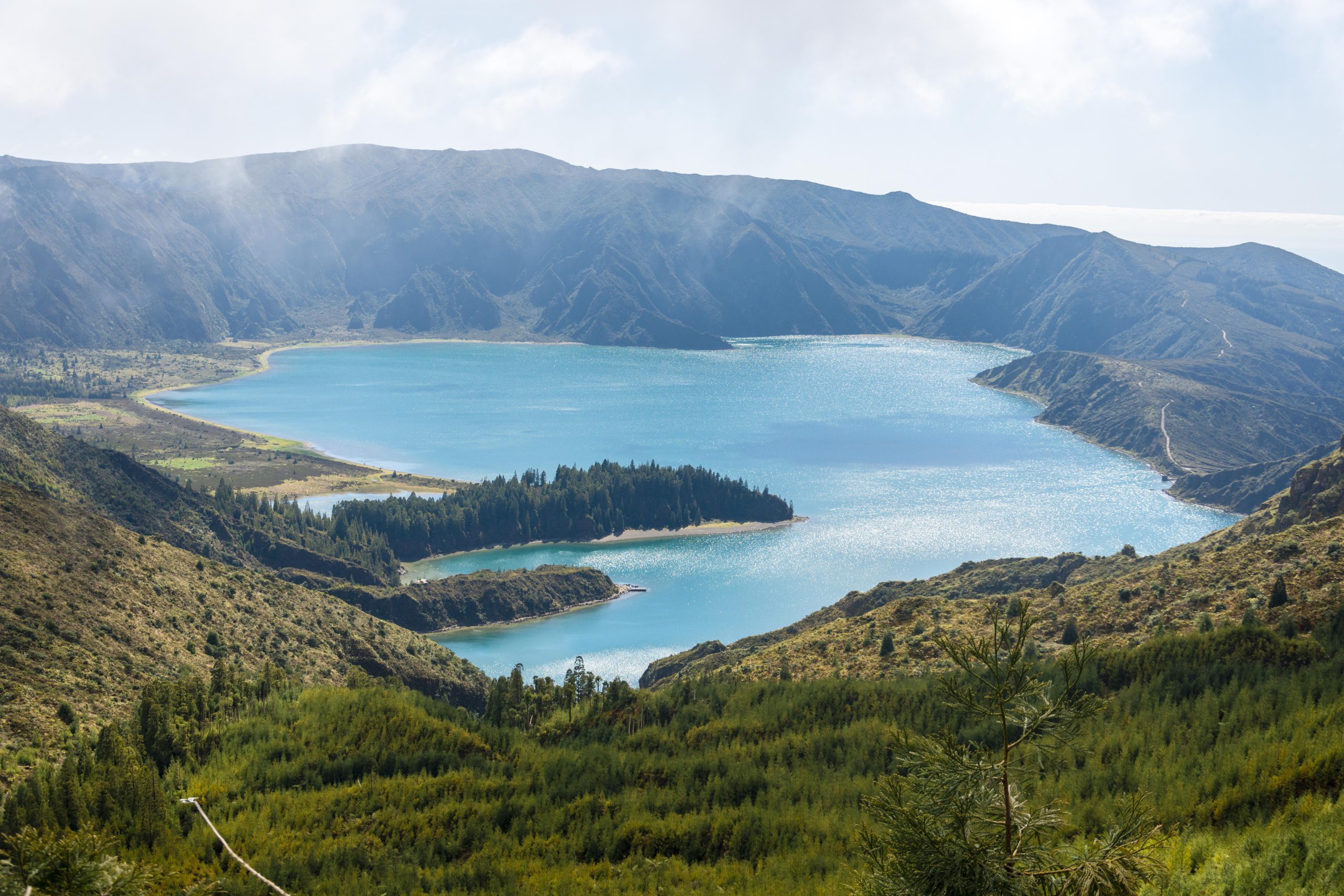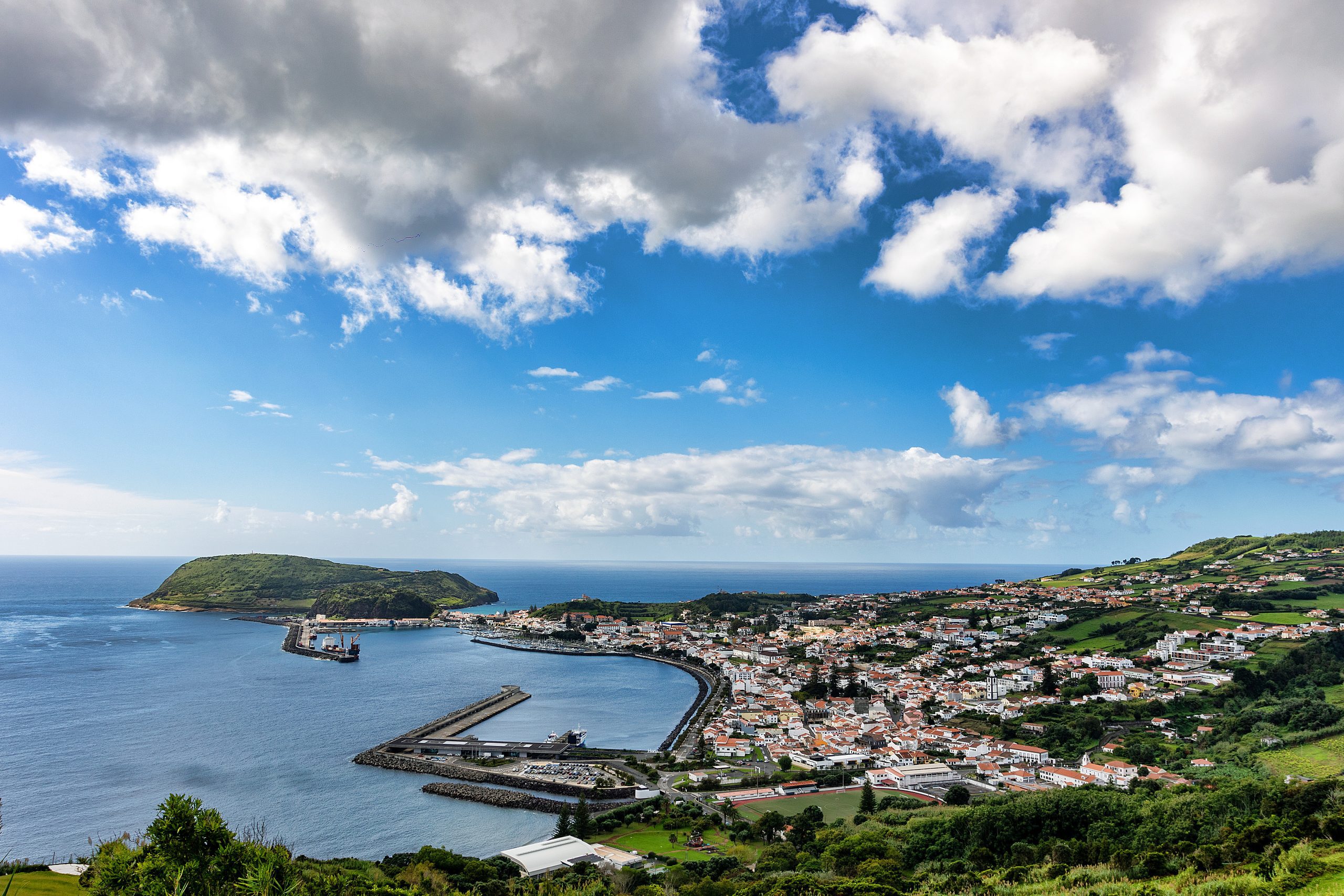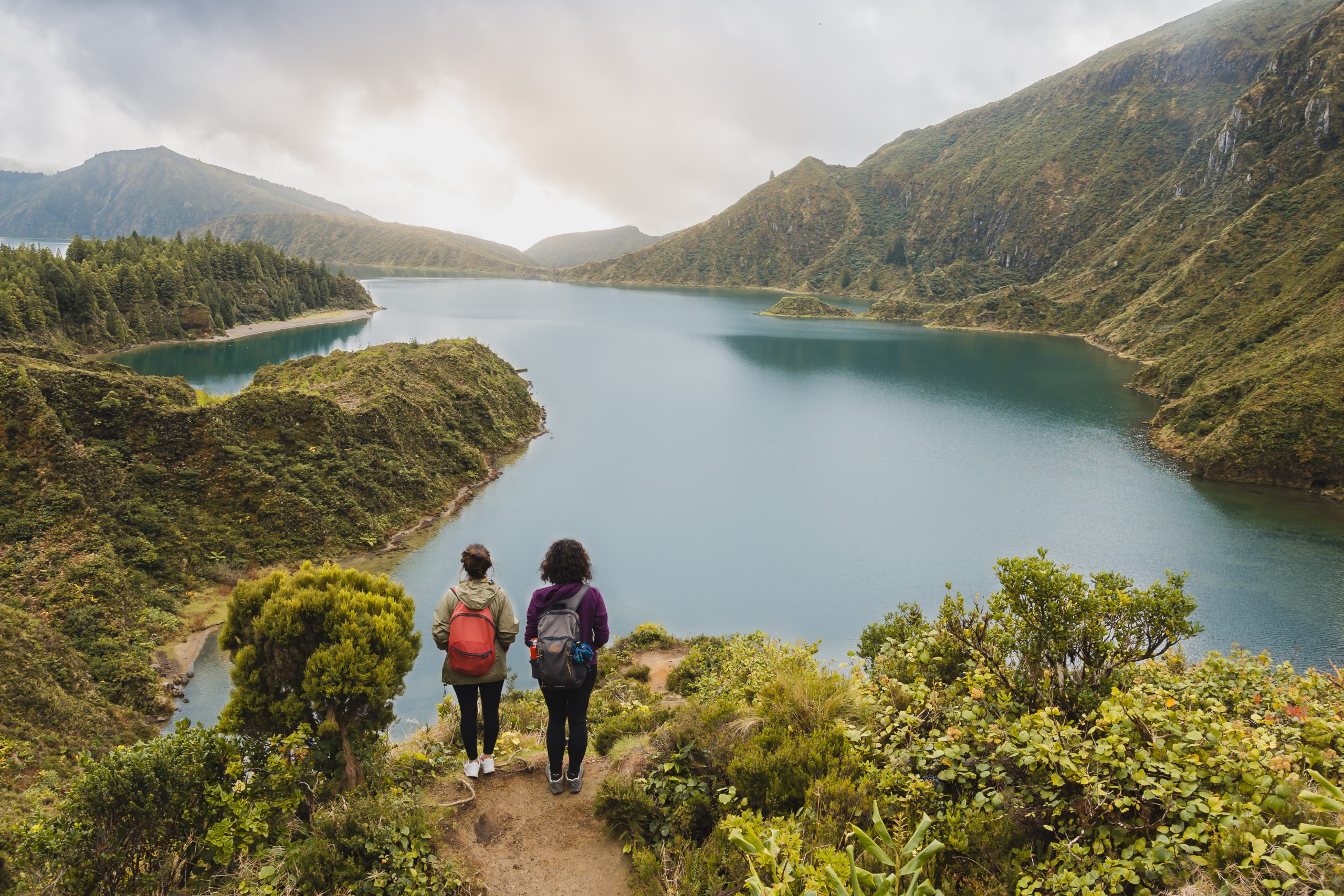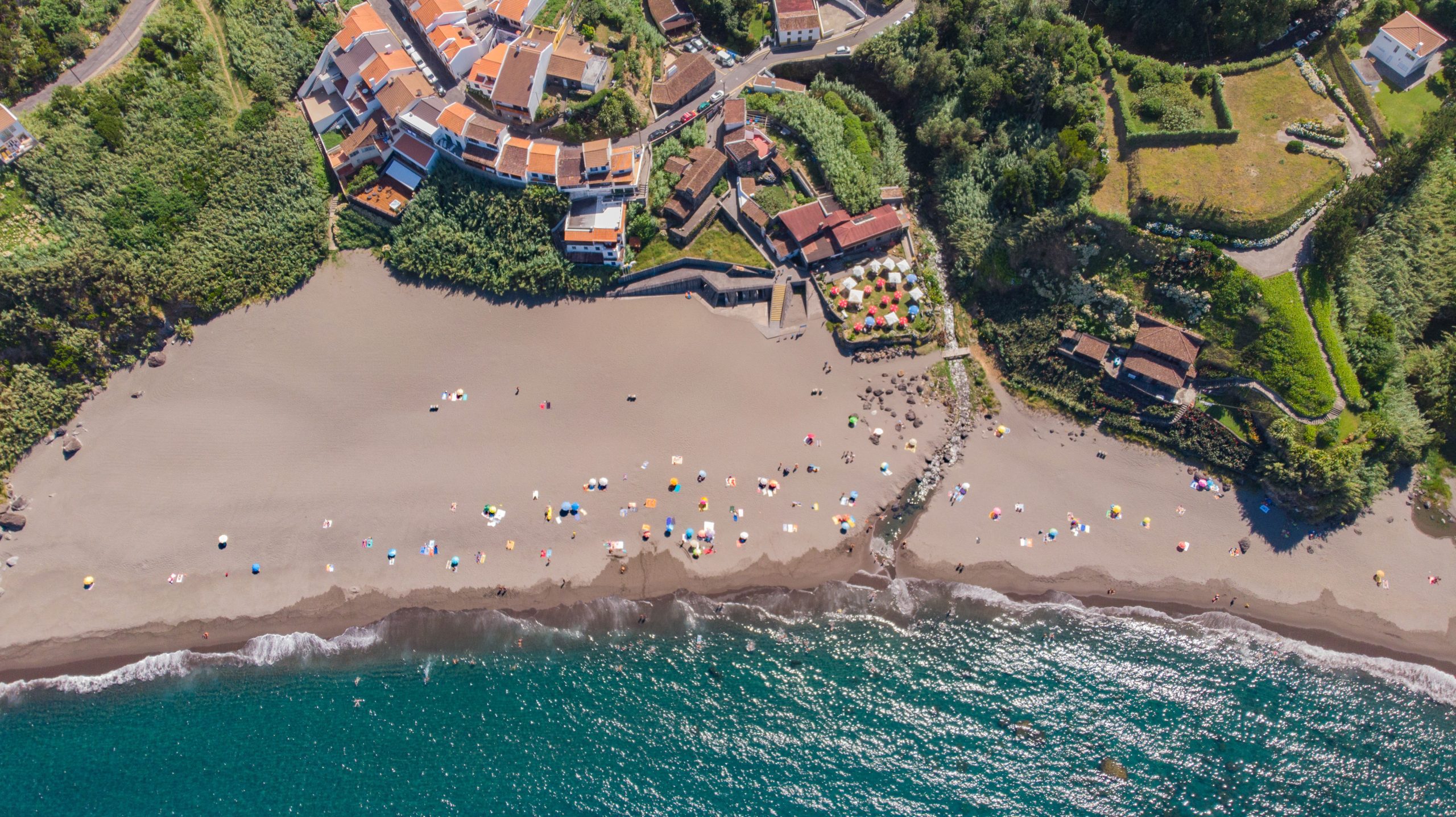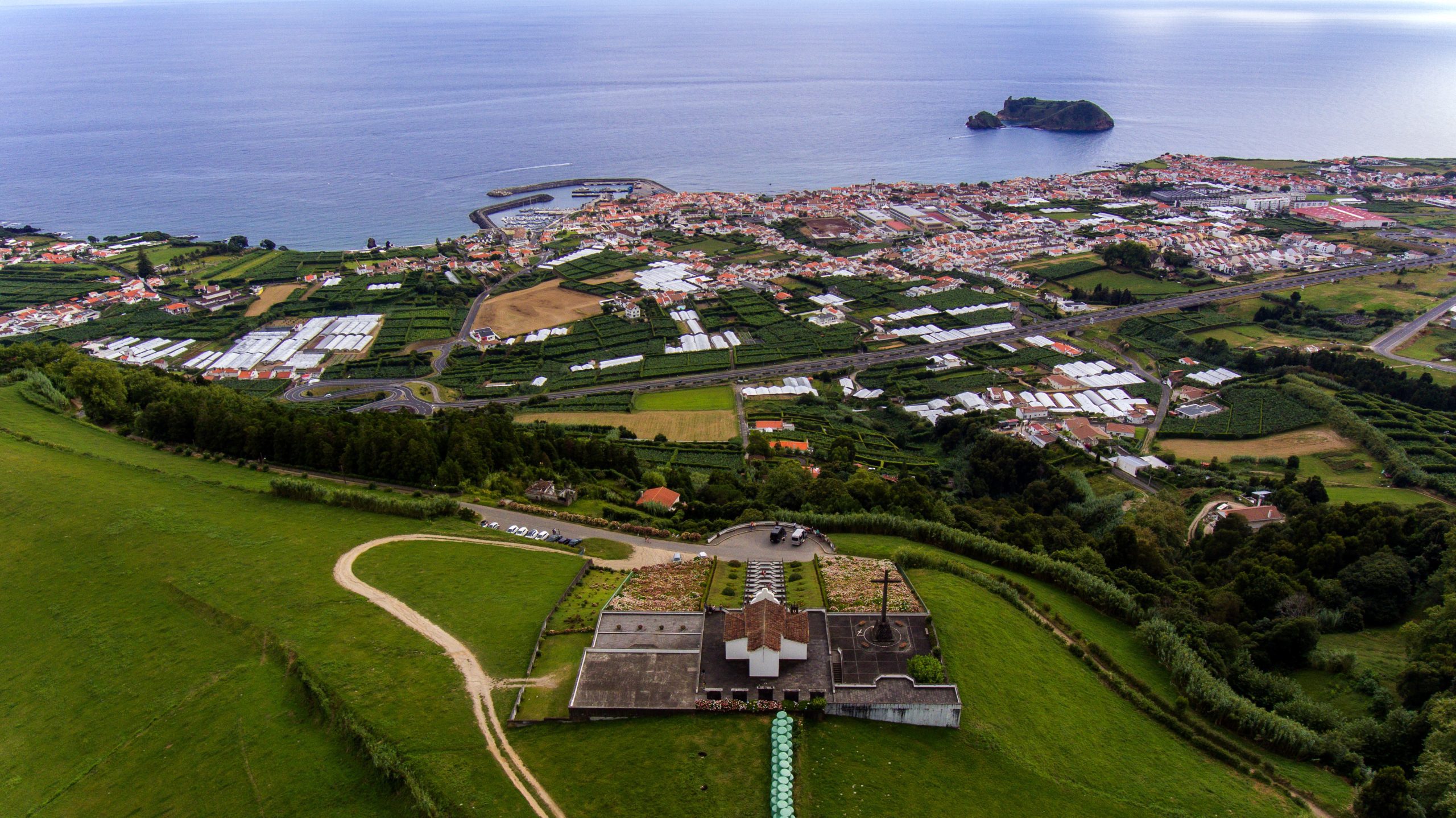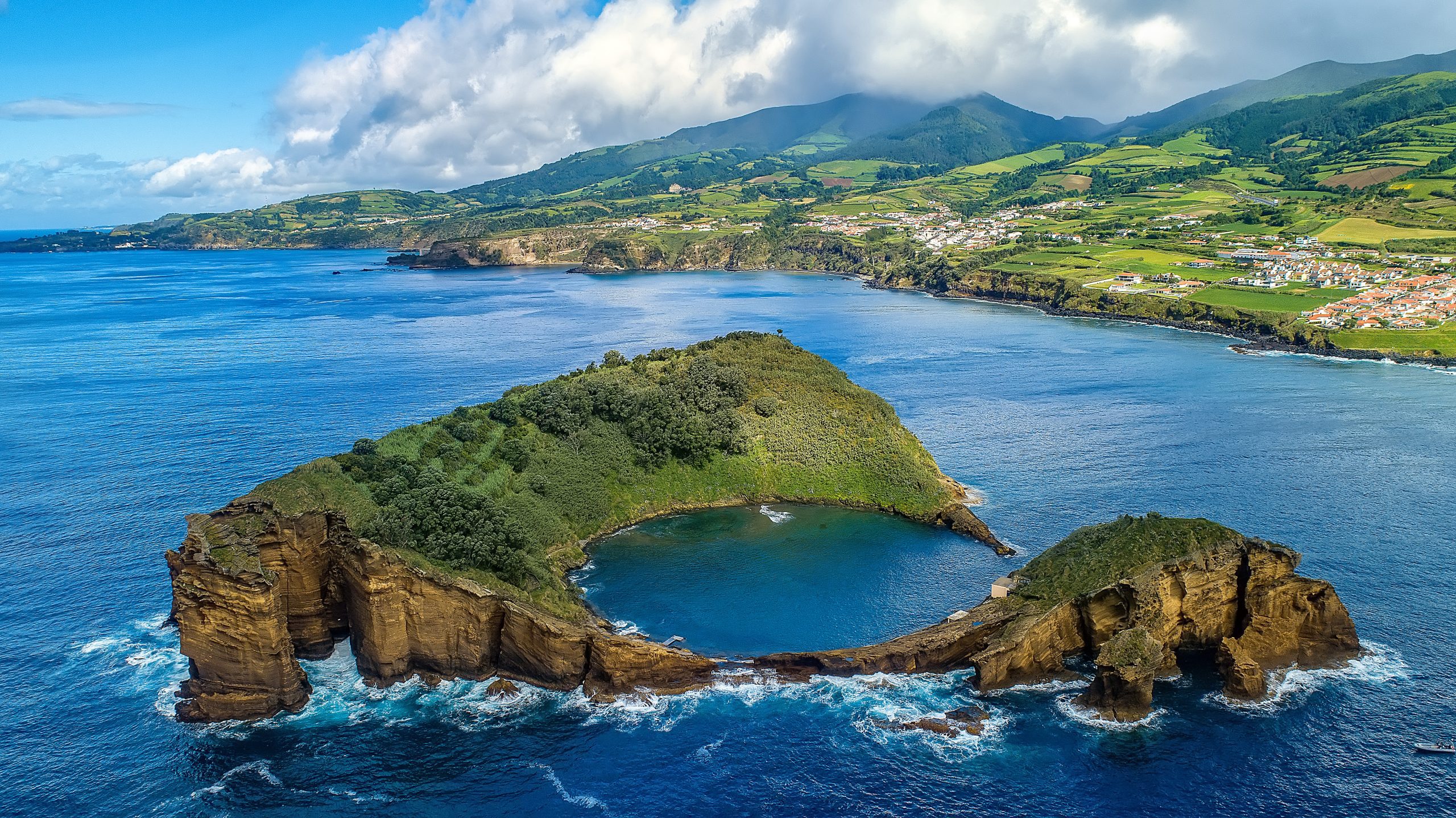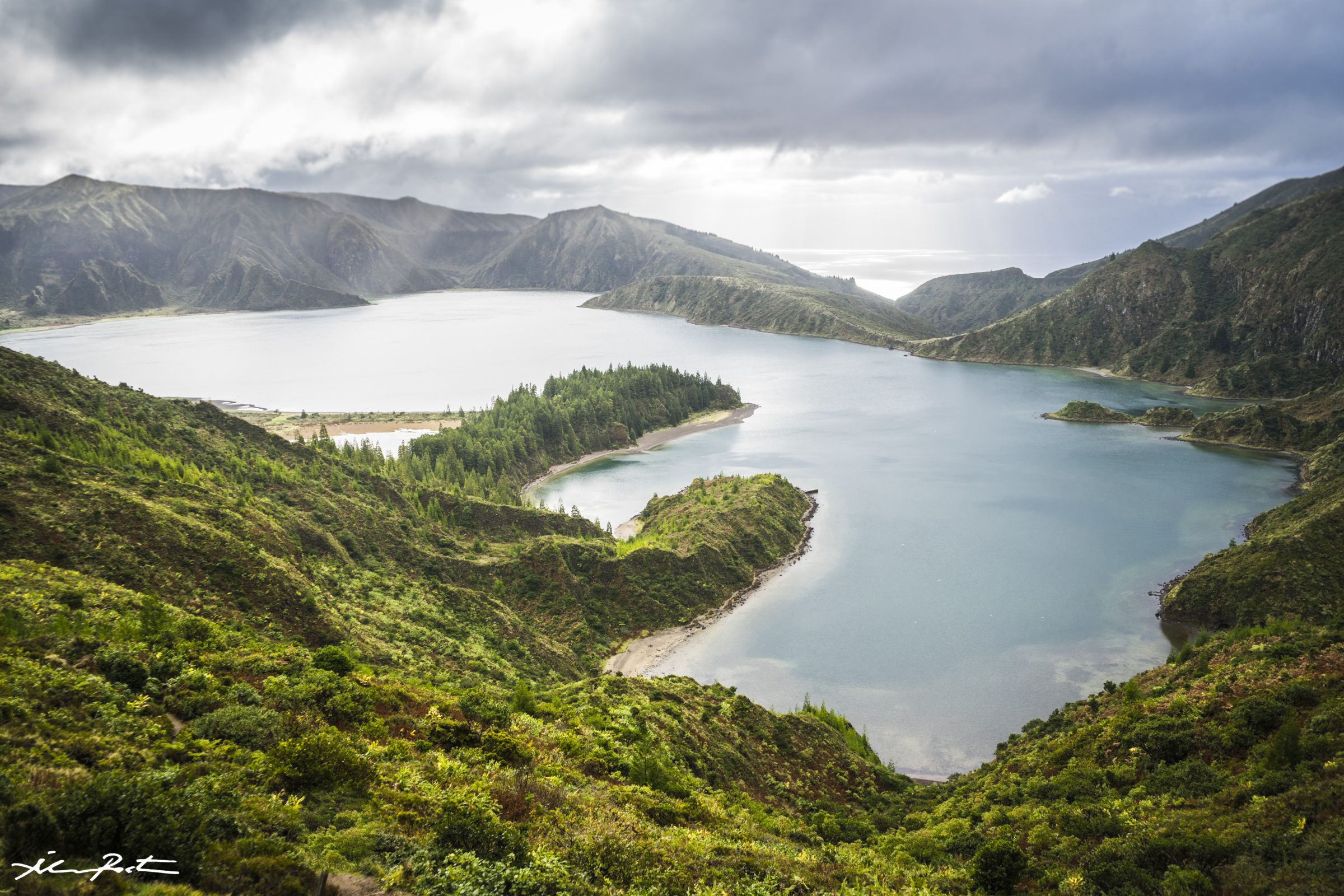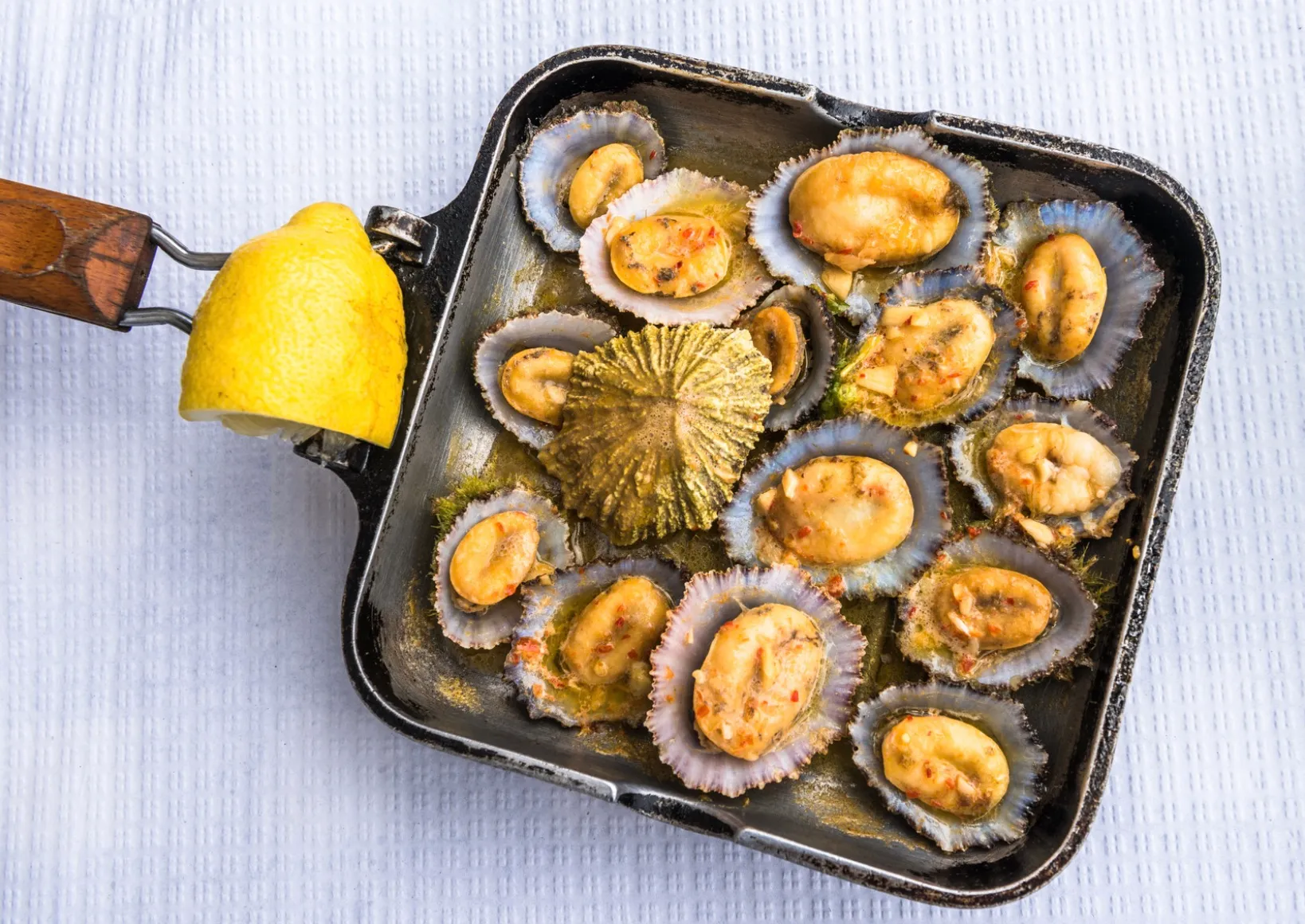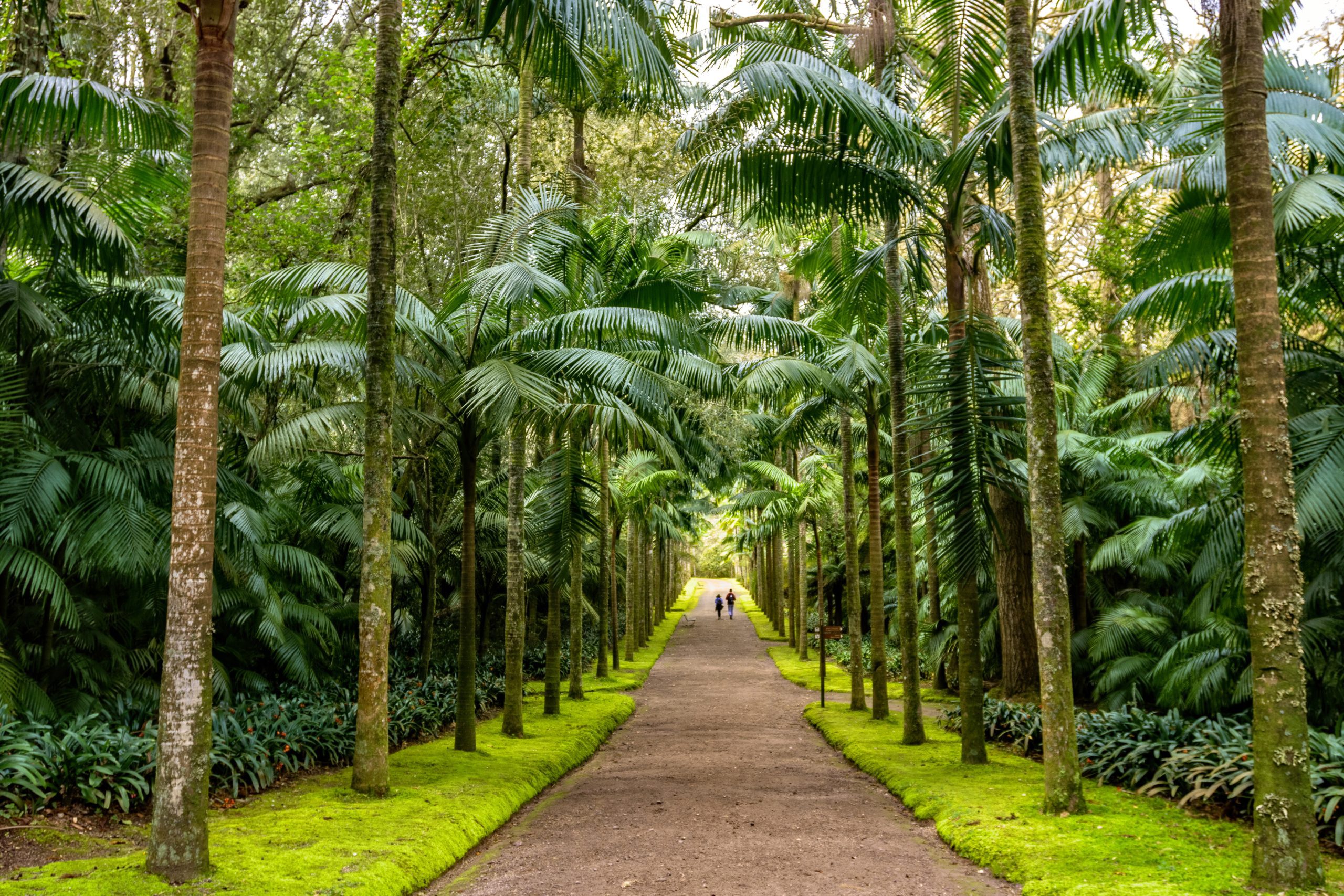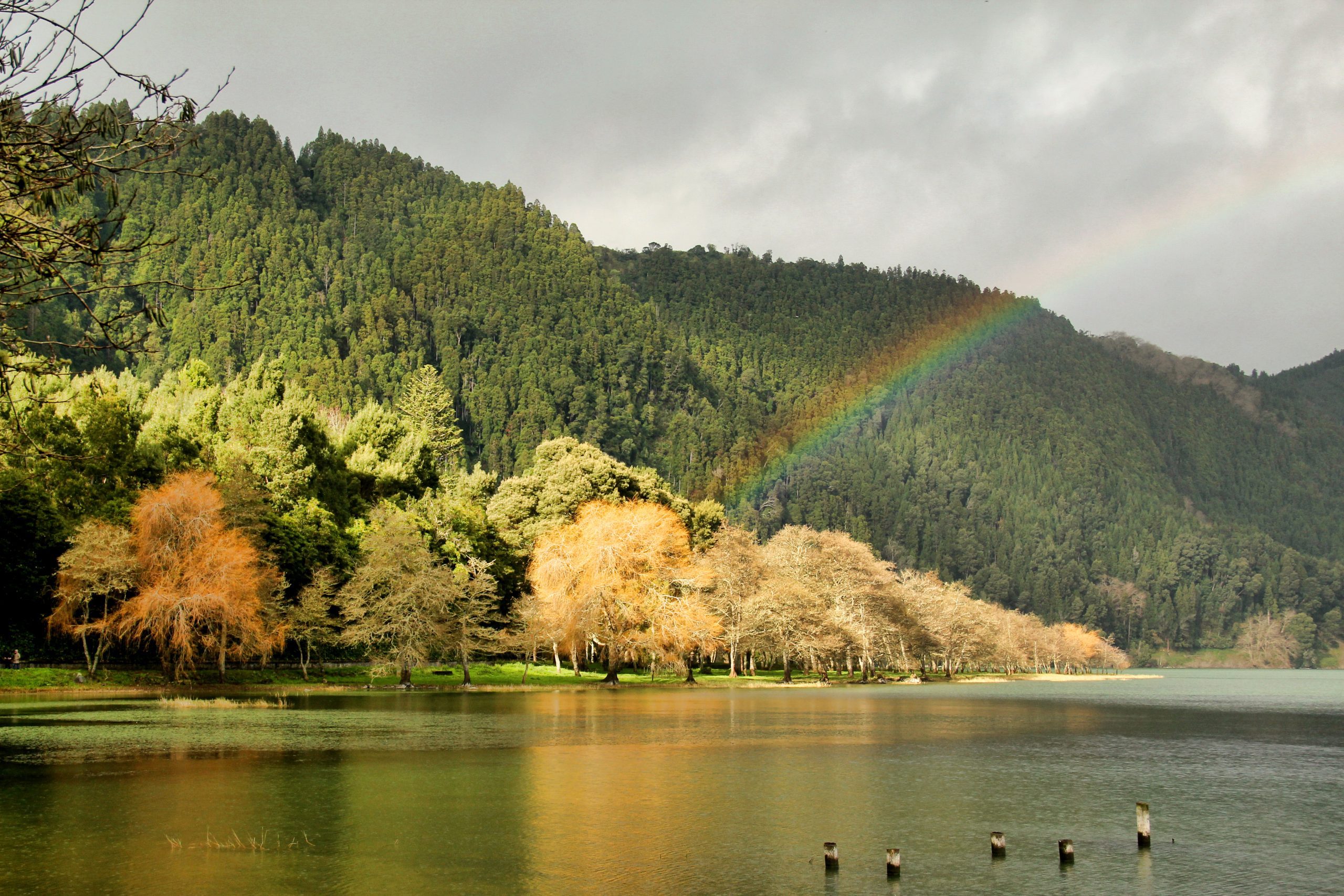Are you planning on visiting the Azores in July this year? July is one of the most popular months to visit the Azores, along with August. Many people rush to our beautiful islands for some wonderful landscapes, pure air, and a tranquil lifestyle for their holidays. But is the weather in the Azores in July good enough to explore the islands? We will answer all your questions below.
This month is actually when you can get more chances to have great weather. Which is very nice! Unlike mainland Portugal and other countries in Europe, the Azores do not get so hot that you need to wear a bikini at all times and still sweat so much. Plus, there are not as many visitors as in the big cities of Europe.
So, let’s see what you should know about the weather in the Azores in July, what to do there at that time of the year, and everything you need to know before packing.
How is the Weather in the Azores in July

July offers limited rainfalls, with only 9 expected days of possible rain and 32 mm of rain for the whole month. It generally has better weather than the other months of the year. Daily, there are 9 hours of expected sunshine, which means that you can enjoy sunny days in July in the Azores. Of course, there will still be some cloudy and rainy days, but overall, summer is nice on the 9 islands.
Air Temperatures

In July, temperatures are getting higher. It feels warm, and the high humidity levels of 85% can make it feel warmer, but it is still not chaotic hot like on the mainland. The summer temperatures of the Azores allow you to hike and not be all sweaty and stinky.
There are pleasant highs of 24 °C and an average of 20 °C. At night, it can go down to 19 °C and usually never go below 17 °C.
Water Temperatures

The water temperatures in July in the Azores are about 22 °C — only 2 degrees lower than the peak temperature yearly. It is charming to swim or experience other water activities like sea kayaking, stand-up paddling, jet skiing, snorkeling, and so much more! Don’t forget the sunscreen!
Sunrise and Sunset Times

On average, a day in July in the Azores has about 14h30 of daylight, which is a bit less than June but still one of the months with the longest time of sun. This is perfect to fully enjoy the day exploring and doing many activities. The sun will rise between 5:25 am at the beginning of the month and 05:46 am at the end. The sunrise will be on July 1st at 08:08 pm and on July 31st at 07:52 pm.
Nature in July

July is the perfect month to see the beautiful and famous blue hydrangeas of the Azores. The roads are spectacularly scenic. The weather in the Azores in July creates bushes that can go up several meters or even cover hills. Which turns the islands all blue.
In the ocean, you can still spot the resident species of cetaceans: Sperm whales, Common dolphins, Bottlenose dolphins, and Risso’s dolphins. July is right after the migration of giant whales such as Blue whales, Fin whales, and Sei whales, so maybe you can get lucky and see one still.
Would you like to know the best times for whale watching?
Take a look at our whale watching calendar and plan your next adventure! Don’t miss the chance to spot these majestic creatures in Azorean waters. 🐋 🌊
What to Do in the Azores in July

The weather in the Azores in July is perfect for experiencing any outdoor activity. Go hunting for viewpoints, as the weather will probably allow you to have the most spectacular panoramas. Swim in refreshing waterfalls after a hike, or take pictures of incredible sunsets while barbecuing at the picnic areas with extraordinary views. In July, the summer festivals are already beginning, and there are many animations in the city centers. Anyway, life can get busy in July in the Azores.
Swimming at the Natural Pools and Beaches in July

July is the official bathing season, which means that the most popular beaches and natural pools have lifeguards. This is helpful if you are not aware of the local sea conditions, such as currents.
On the 9 islands, you can enjoy beautiful black sand beaches like Mosteiros in São Miguel island. The only white sand beaches are on Santa Maria island. On Graciosa island, you can swim on a red sand beach. The natural pools are surrounded by rough volcanic rock, which is wonderful scenery for a swim.
But one of the most epic beaches, maybe around the entire world, is undoubtedly Vila Franca Islet. This is an old submarine volcano that emerged, and you can swim in the perfectly round crater and shallow clear waters enclosed in it, which is great for snorkeling!
Climb Pico Mountain in July

The summer is the perfect season to climb Pico Mountain. The weather in the Azores in July offers good temperatures in which to spend the night up in the crater and stable weather conditions in which to climb safely. Moreover, you will have more daytime to climb in your rhythm.
From up there in July, you will have more chances of having the most incredible view over Pico and its surrounding islands. It is the ultimate Azorean experience.
If you wish to hike Pico in July, you will need to book in advance as there is a quota for people climbing at the same time and sleeping inside the volcano the same night. We always recommend taking a guide with you, and you will need to book this early as well.
Local Events in the Azores in July

Every 2 years, there is the art festival Walk and Talk by a cultural association with representations all around the island of São Miguel. It allows people to discover the island through artistic and cultural events. The next one will be in 2025. Moreover, in July, you can enjoy many music festivals. Almost all weekends, there is something to do outdoors.
What to Wear in the Azores in July

Never forget that even though you are visiting the Azores in July, in the summer, with more chances of incredible weather, here we still have the four seasons in one day. So come prepared!
The best advice is to dress in layers. A T-shirt is a good base, then a light jacket for the night, and a rain jacket is absolutely a must-have! The trails can still be muddy depending on the rain, so if you want to hike, it is better to bring good hiking shoes. Finally, a swimsuit is mandatory in July, with the weather in the Azores!
Complementary Information

How to Get to the Azores
São Miguel Island is easily accessible with numerous flight routes. Lisbon and Porto are the main entry points to the continent, with direct flights to São Miguel (PDL), Terceira (TER), Faial (HOR), Pico (PIX), and Santa Maria (SMA) available. To find the best flight, use search engines like eDreams or Skyscanner. These platforms allow you to compare prices and schedules from different airlines in one place.
For more details on how to get to the Azores, take a look at our complete guide. But what if you want to explore beyond your arrival island? We’ve got you covered!
- Azores Airports 🛬
- Flights between islands ✈️
- Ferries between islands ⛴️
- Which island to choose? 🏝️
- What airlines fly to the Azores 🛩️
→ Once you’ve found the perfect route, book your tickets and get ready to experience one of the world’s most stunning island groups!
Useful Tools & Apps
The weather in the Azores can be variable, so it’s helpful to use some apps before visiting the islands. Spotazores offers live camera feeds from the main tourist attractions, letting you check the weather and plan your visit. For accurate weather predictions, use Windy or Windguru — they provide the most reliable predictions.
Check all our articles about the weather in the Azores throughout the year 🌤️ ☔️: January | February | March | April | May | June | July | August | September | October | November | December
Video
Conclusion
The Azores are a blast to visit at any time of the year. In July, you are sure to have a great time if you are more on the social side, as there will be other visitors. This is great if you are a solo traveler and want to meet people. It is also great to enjoy social events like festivals.
Regarding the weather, it is undoubtedly one of the best months to explore the islands. You will have plenty of daylight time to go on many adventures, and the weather should be on your side to experience the outdoors.
Are you coming to the Azores this summer?





